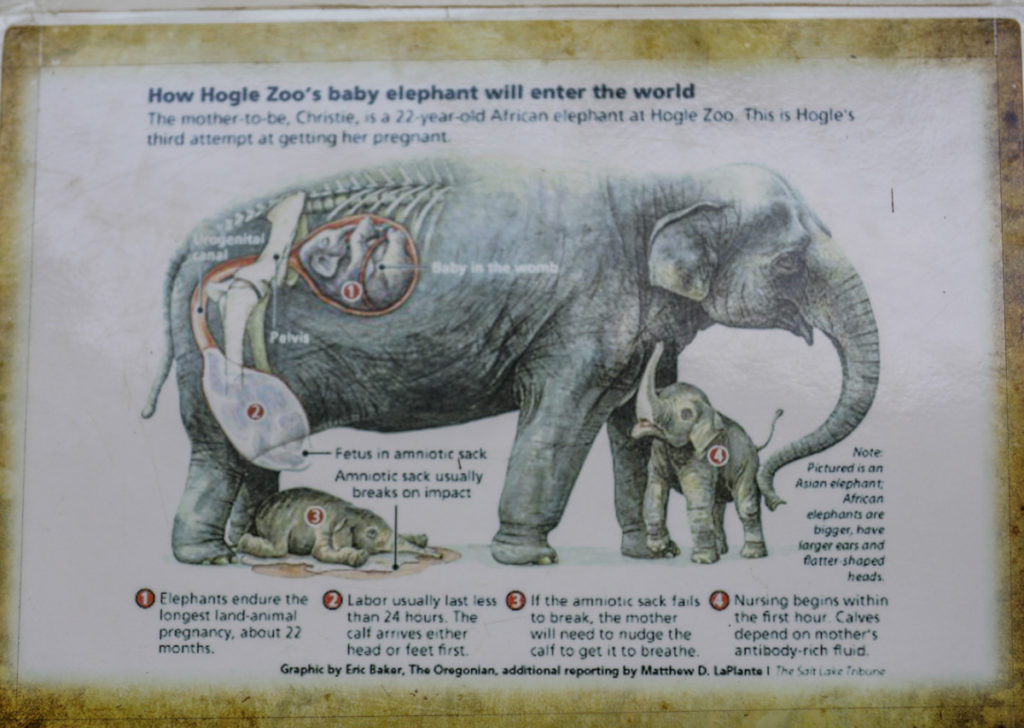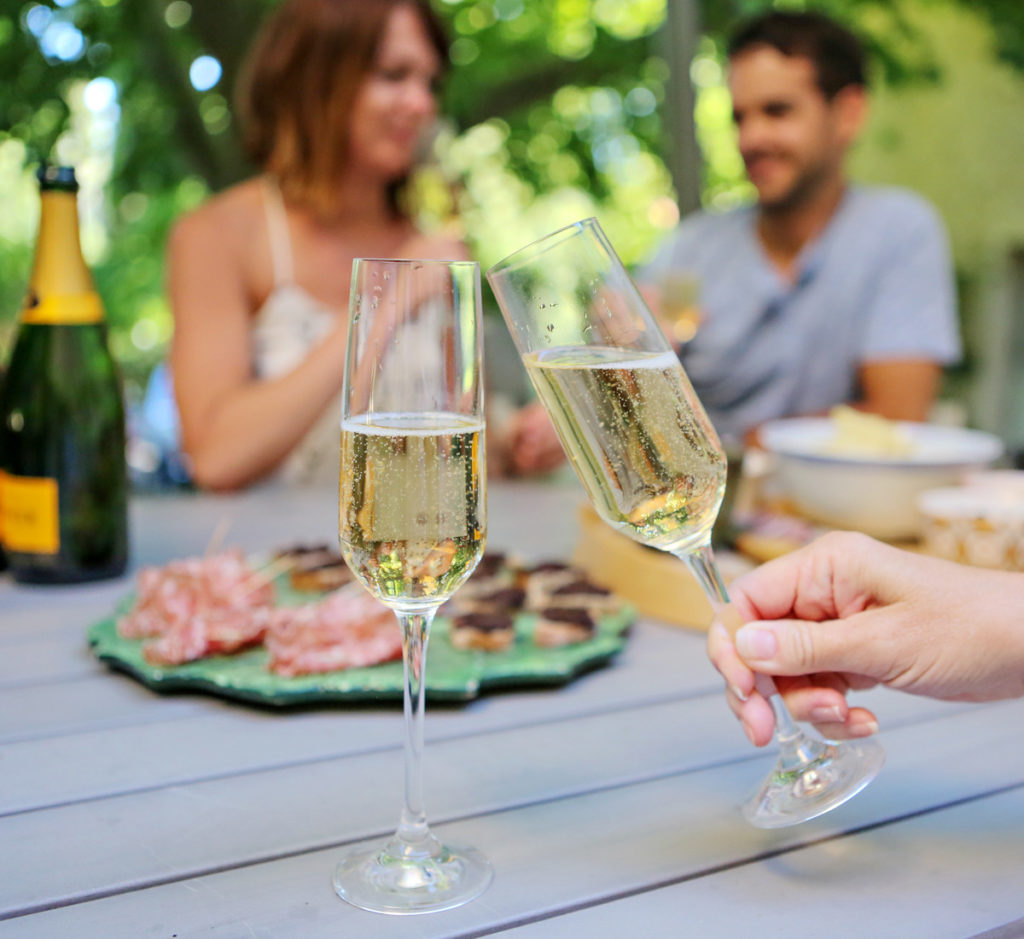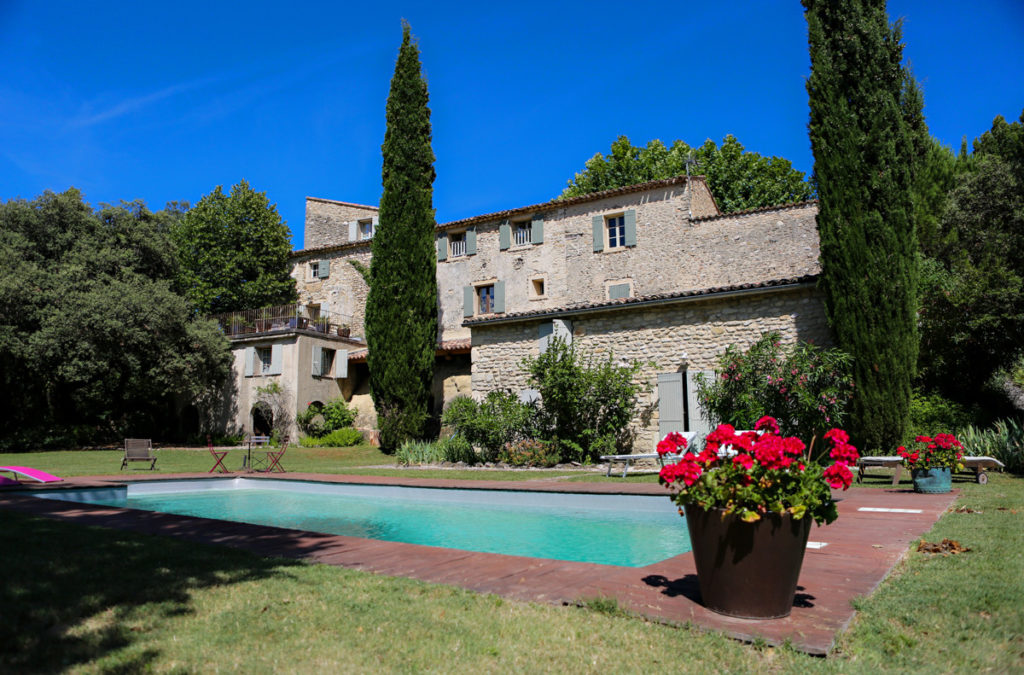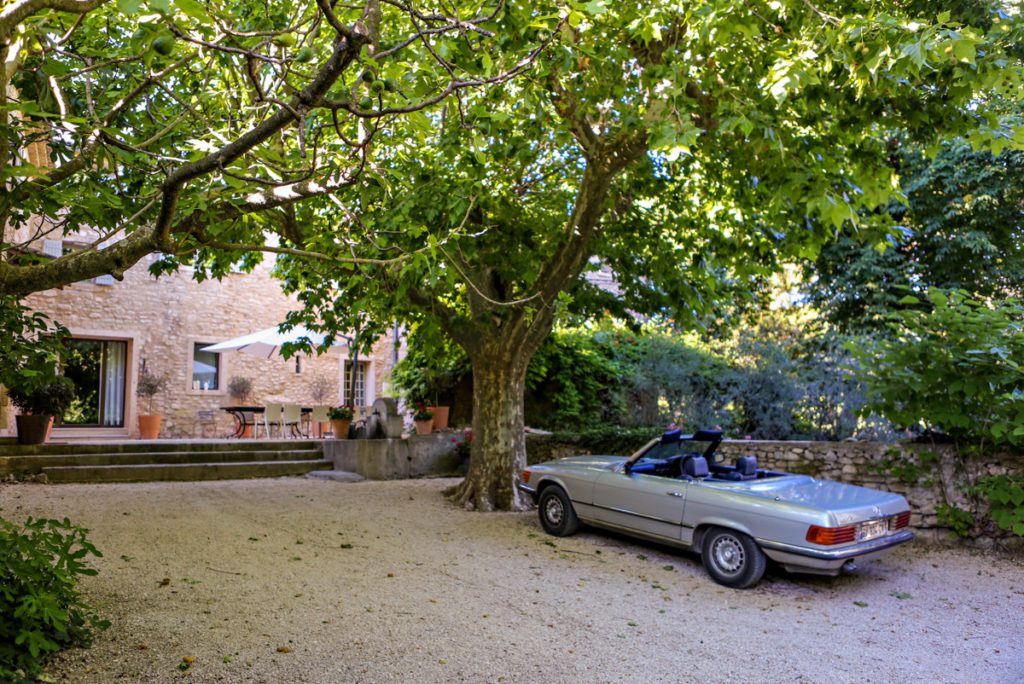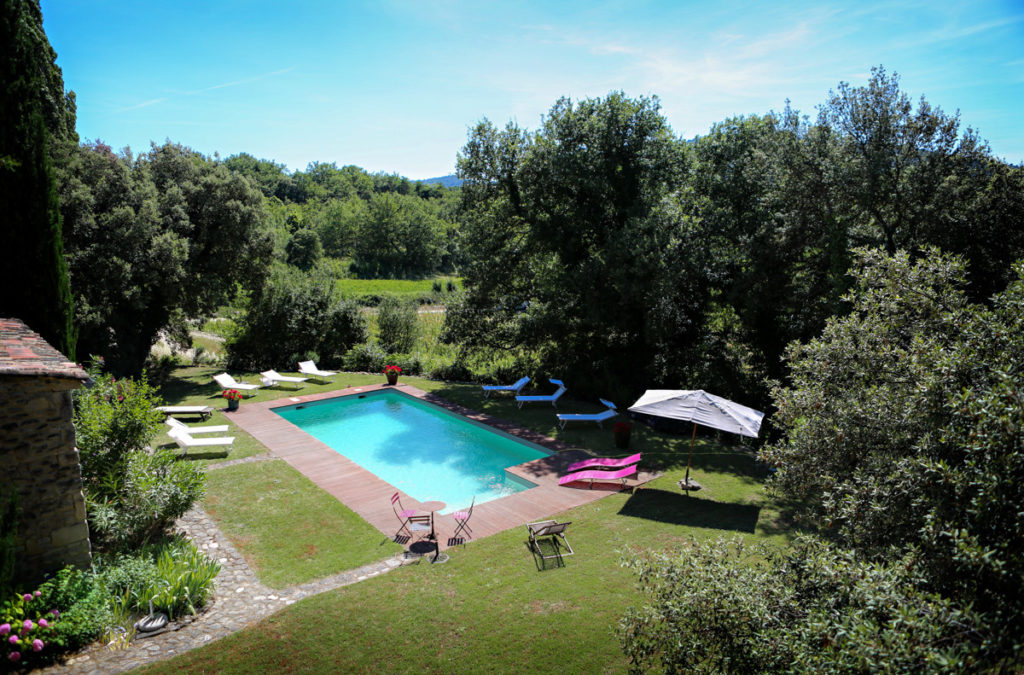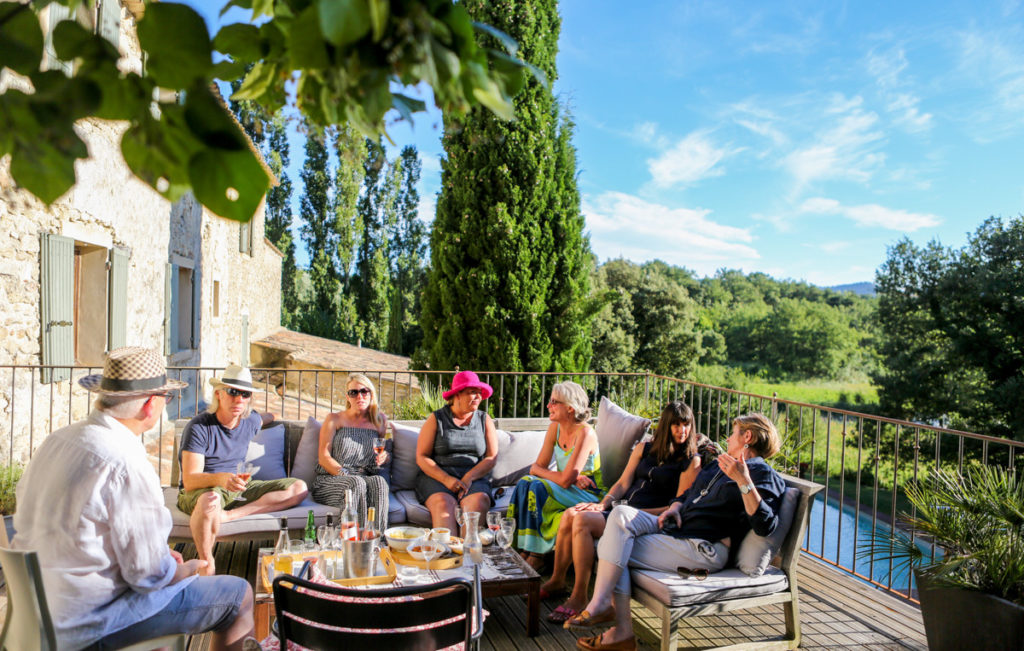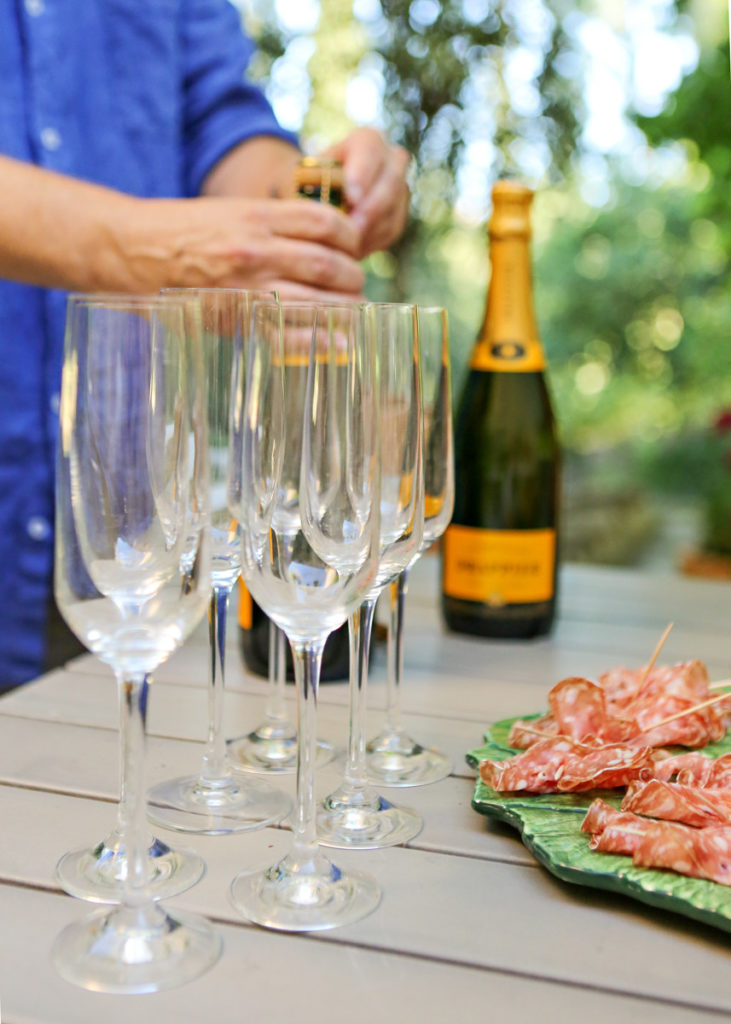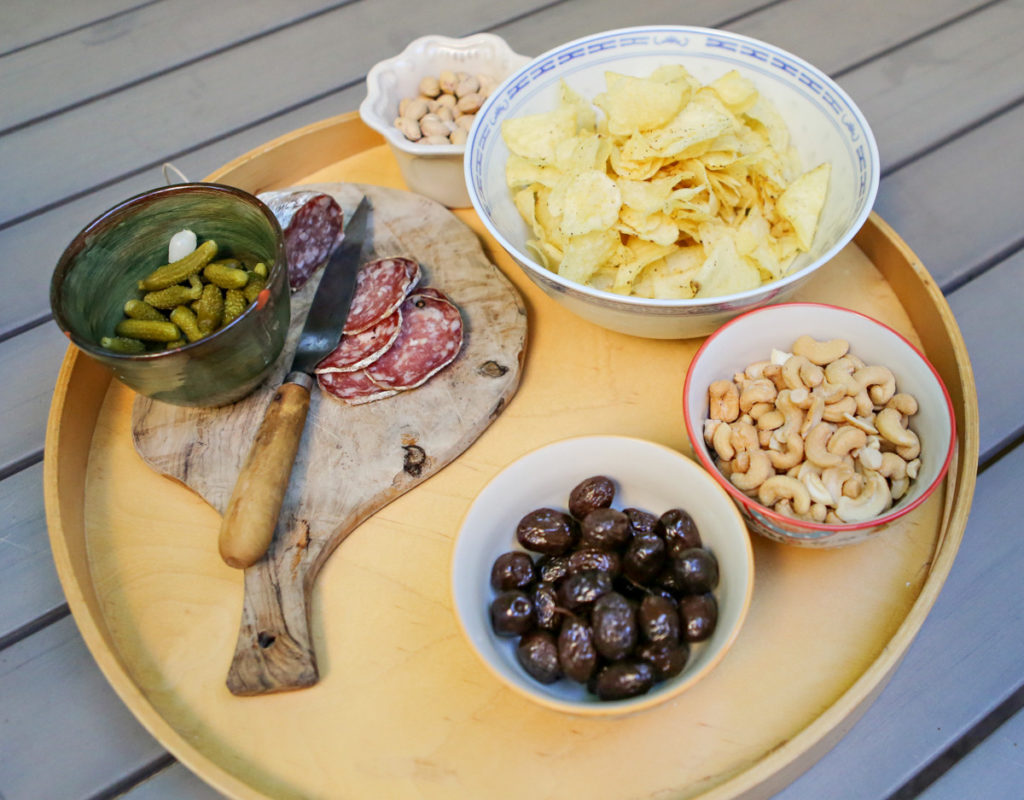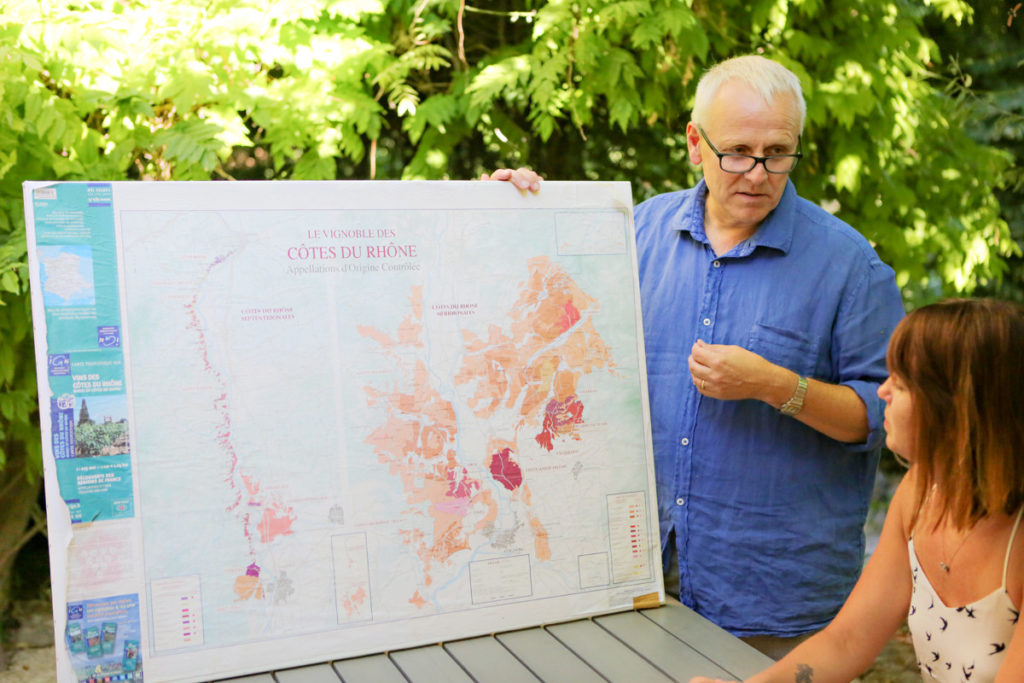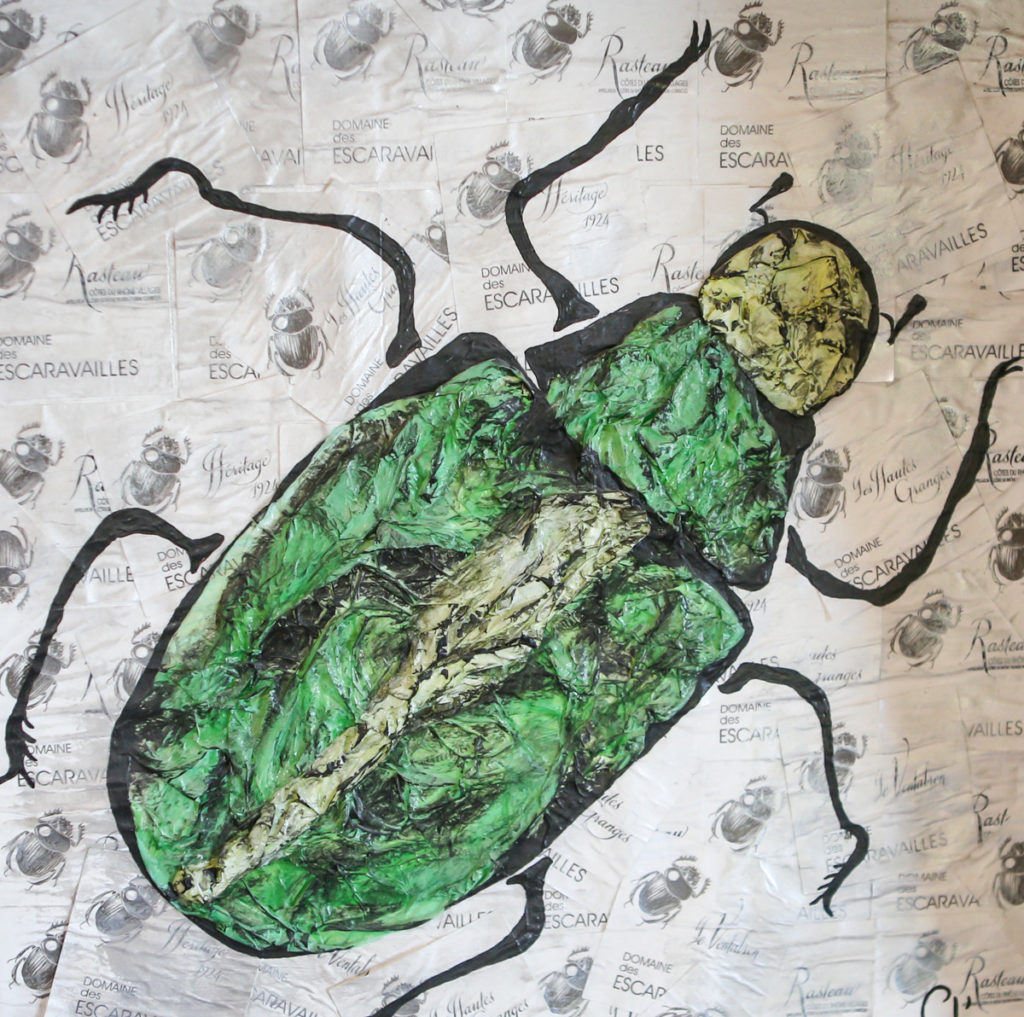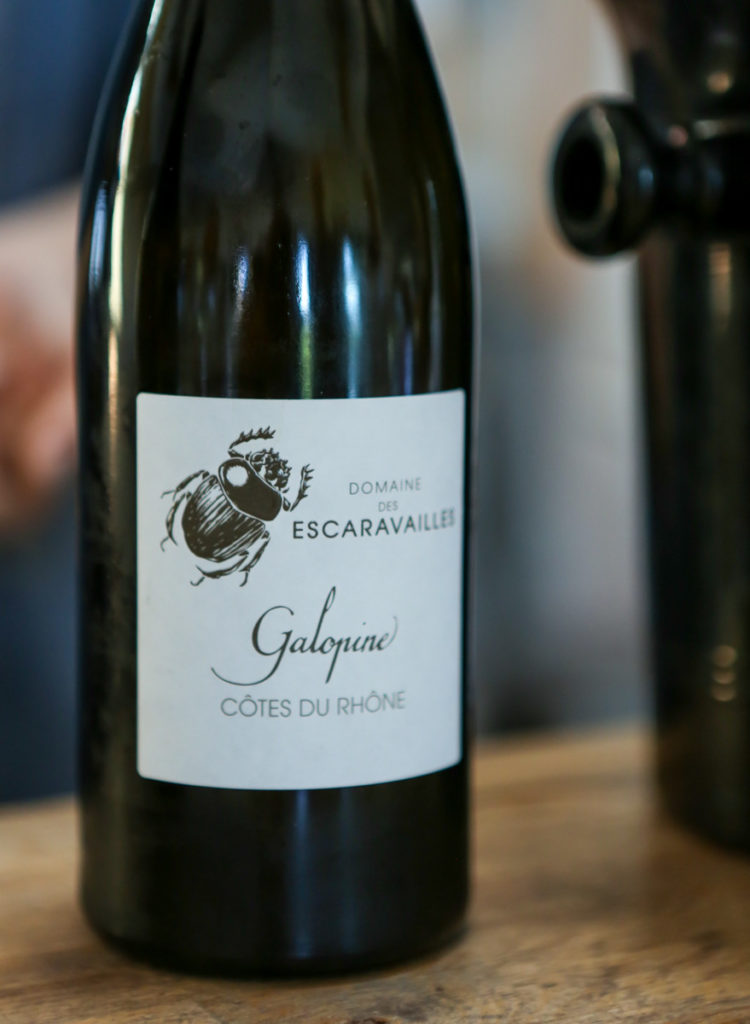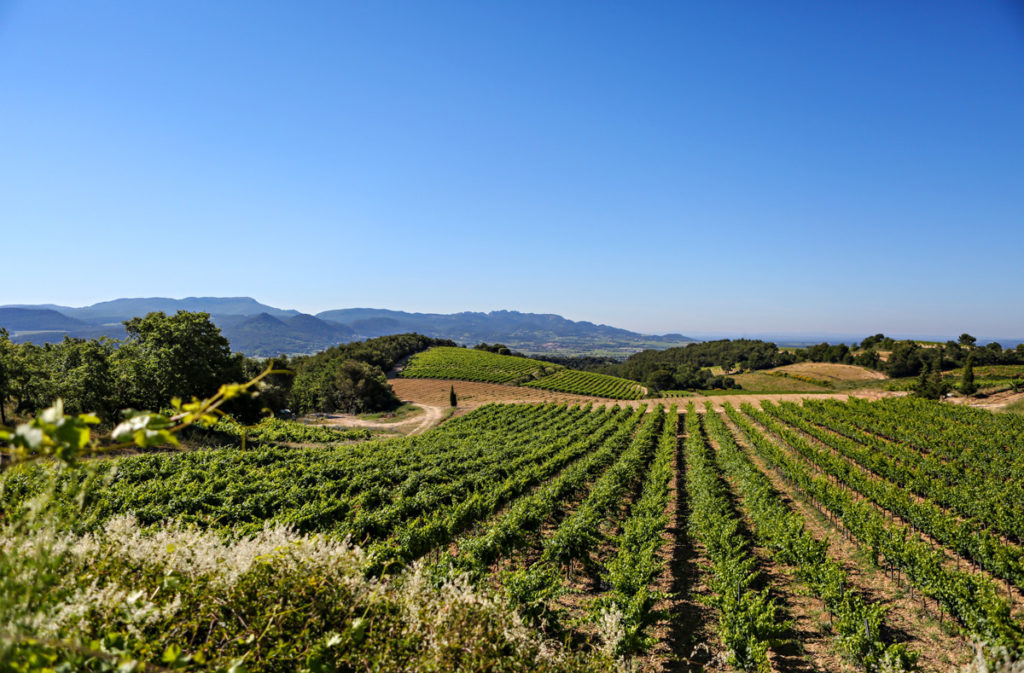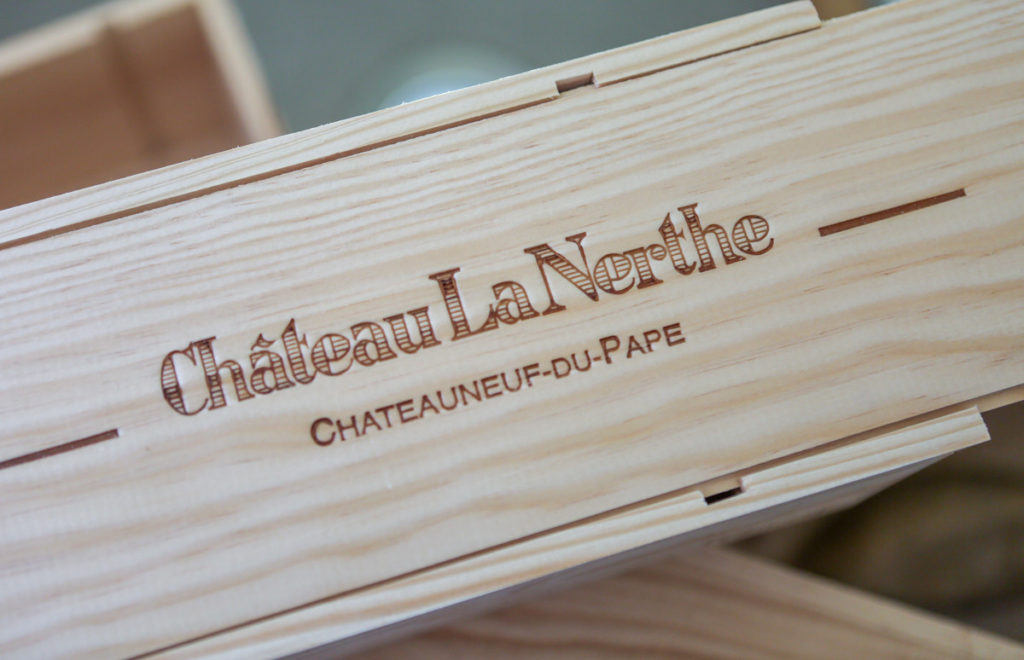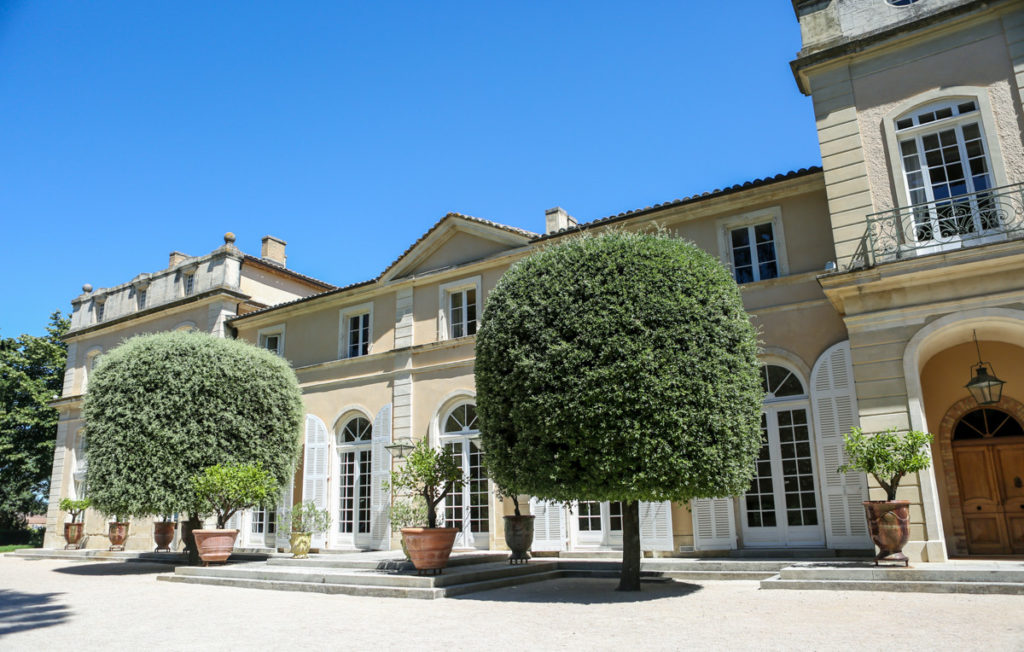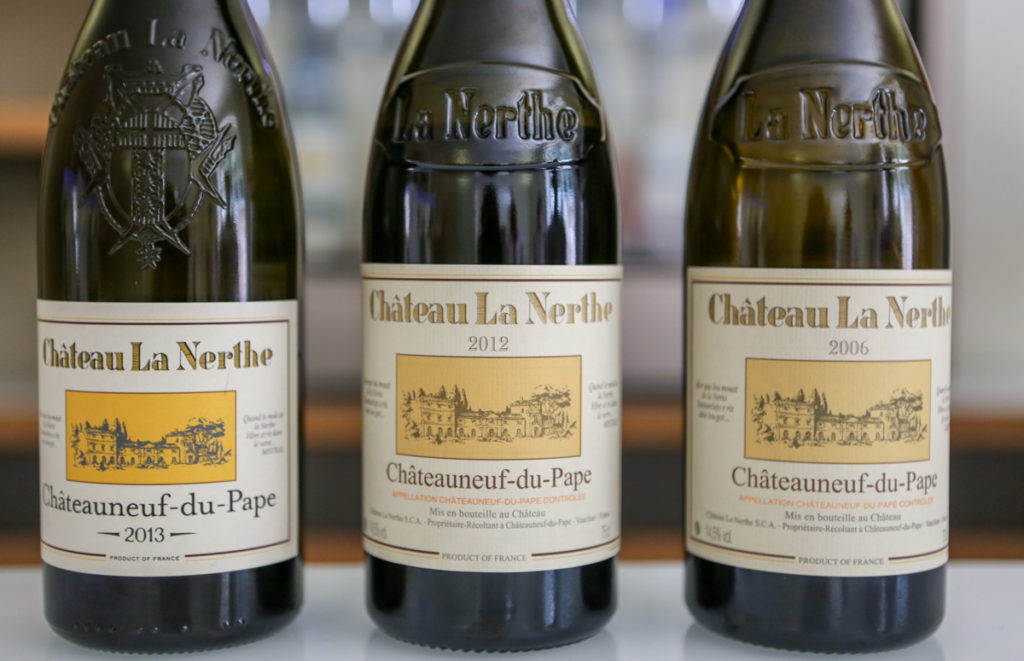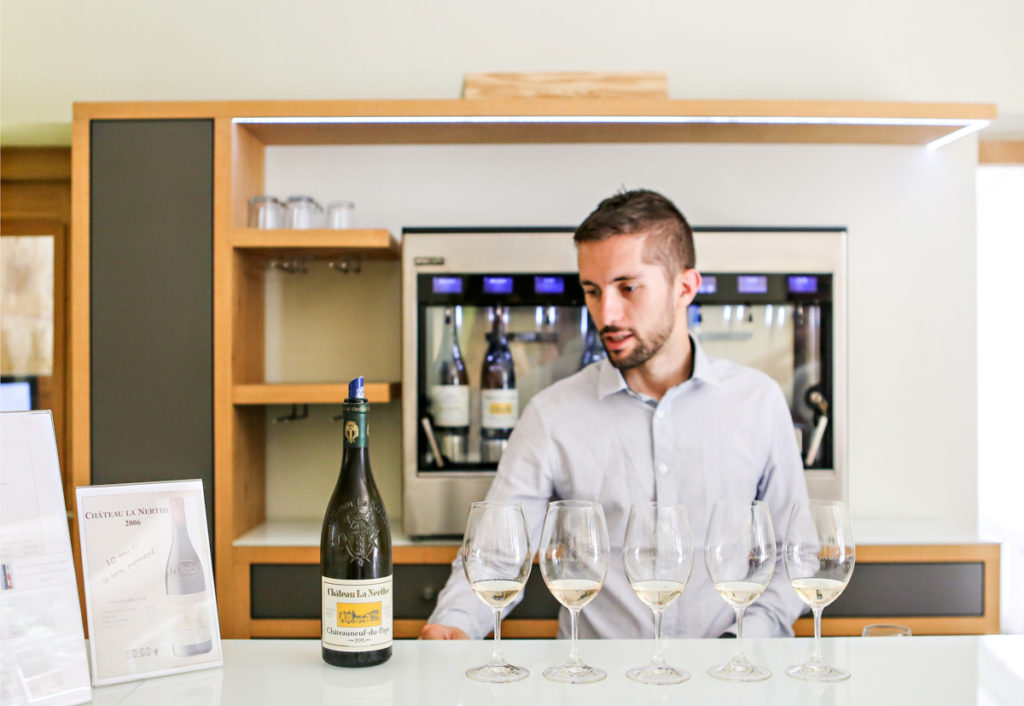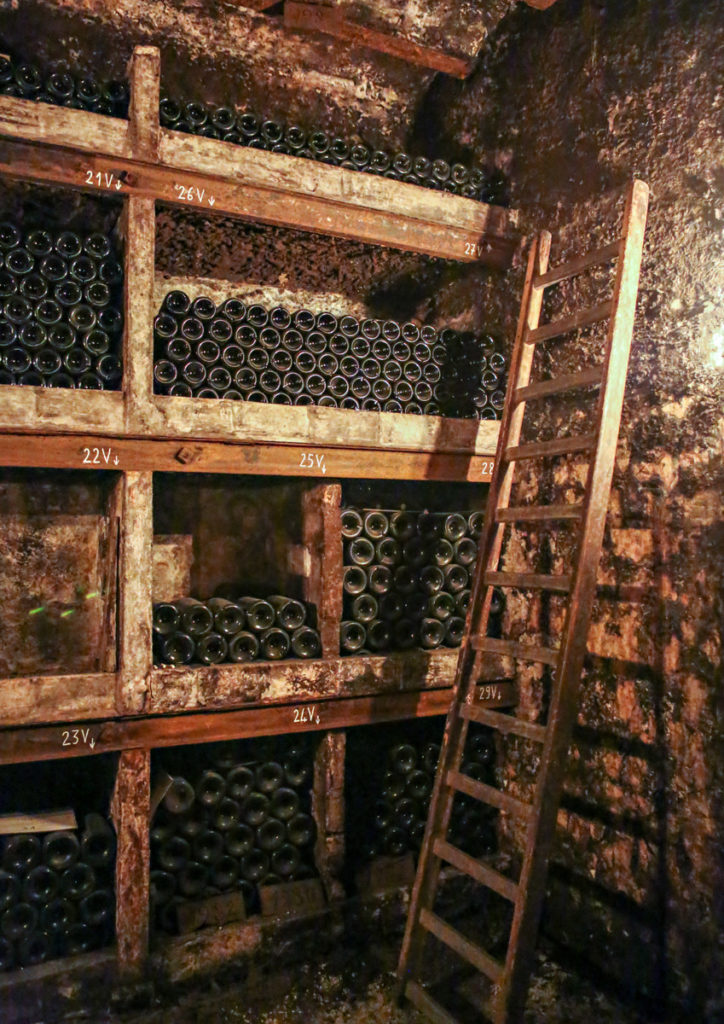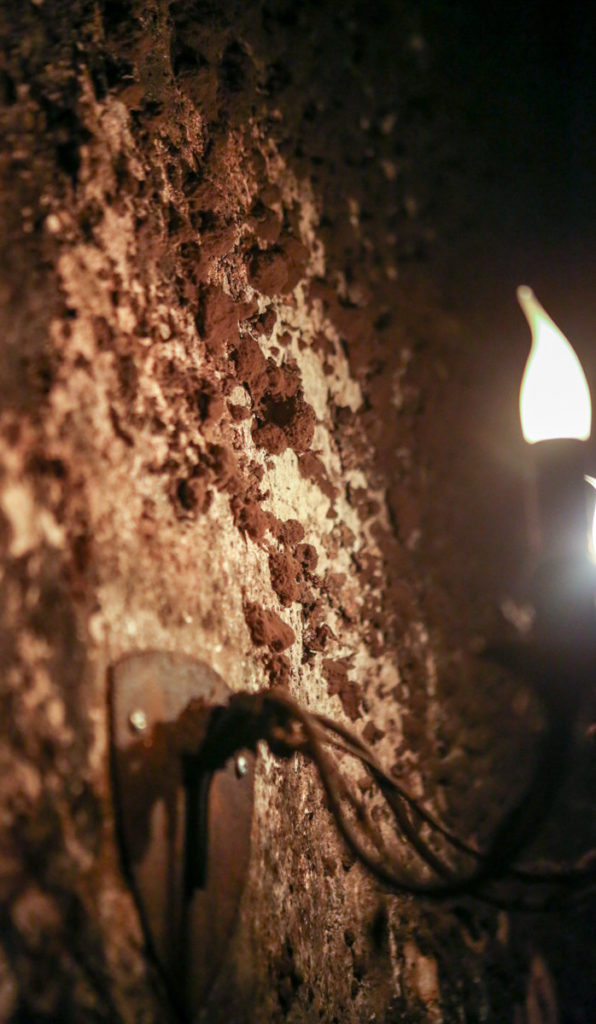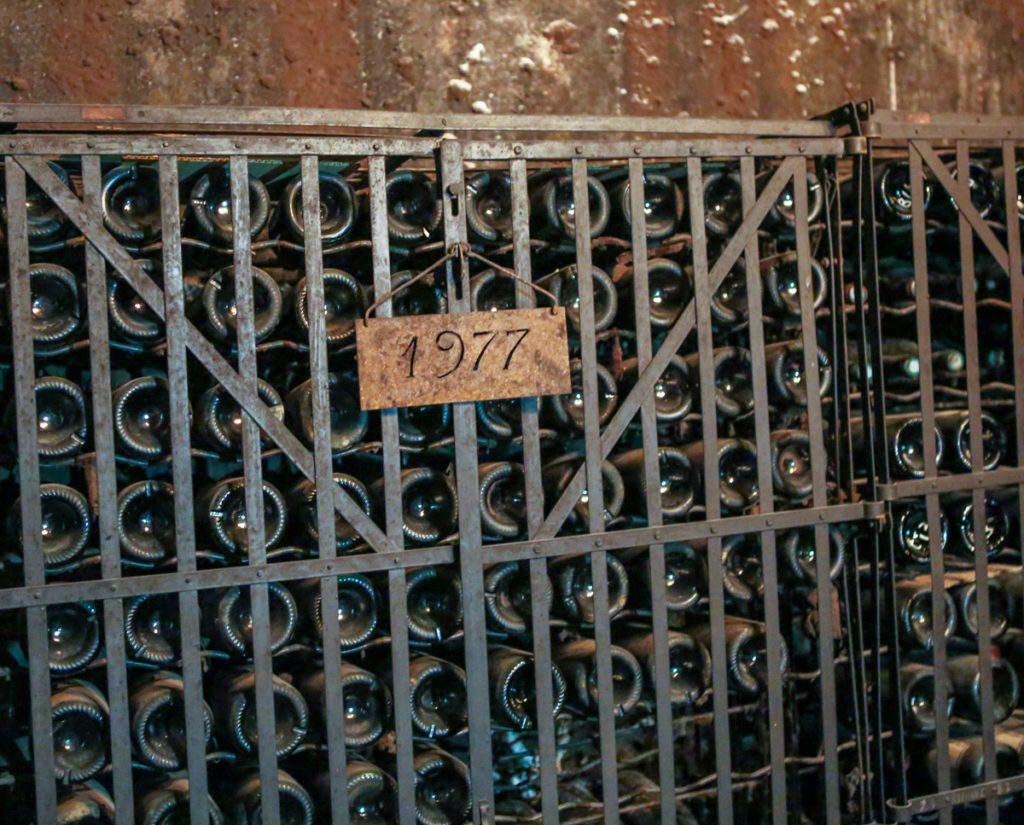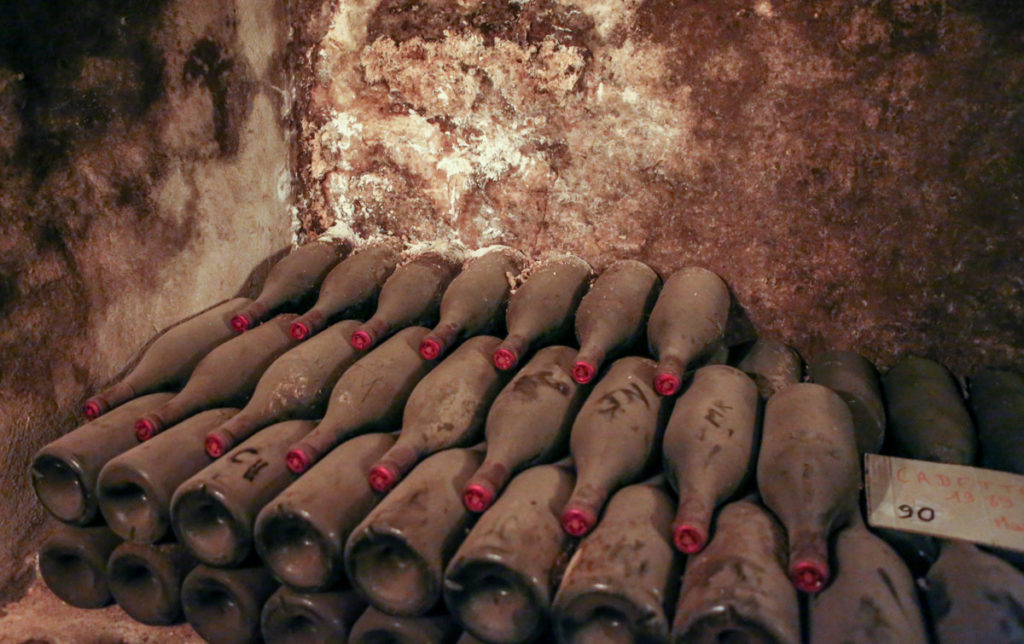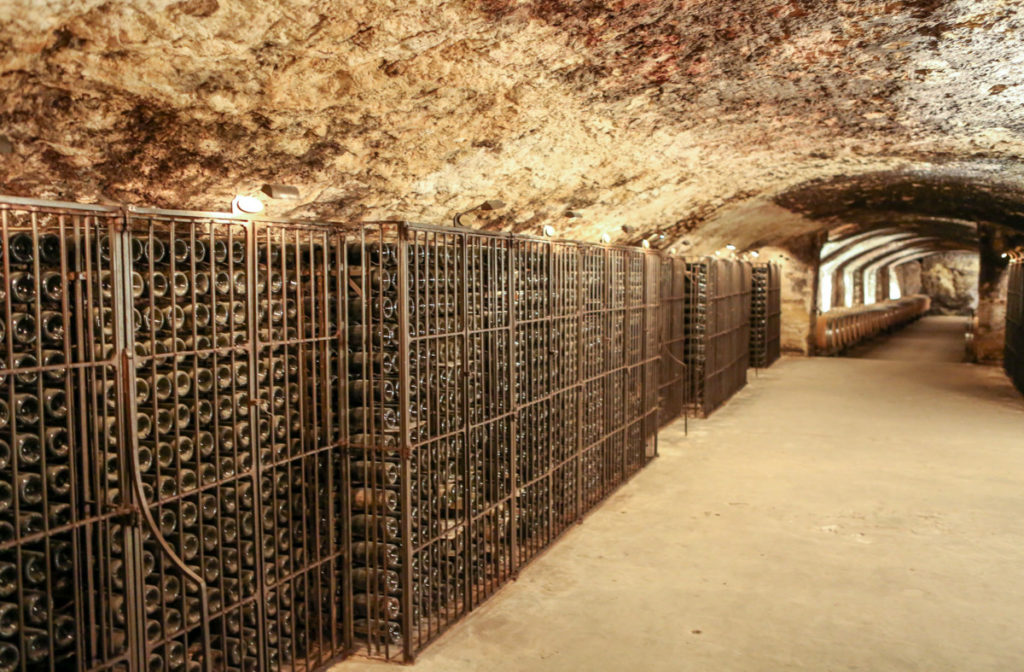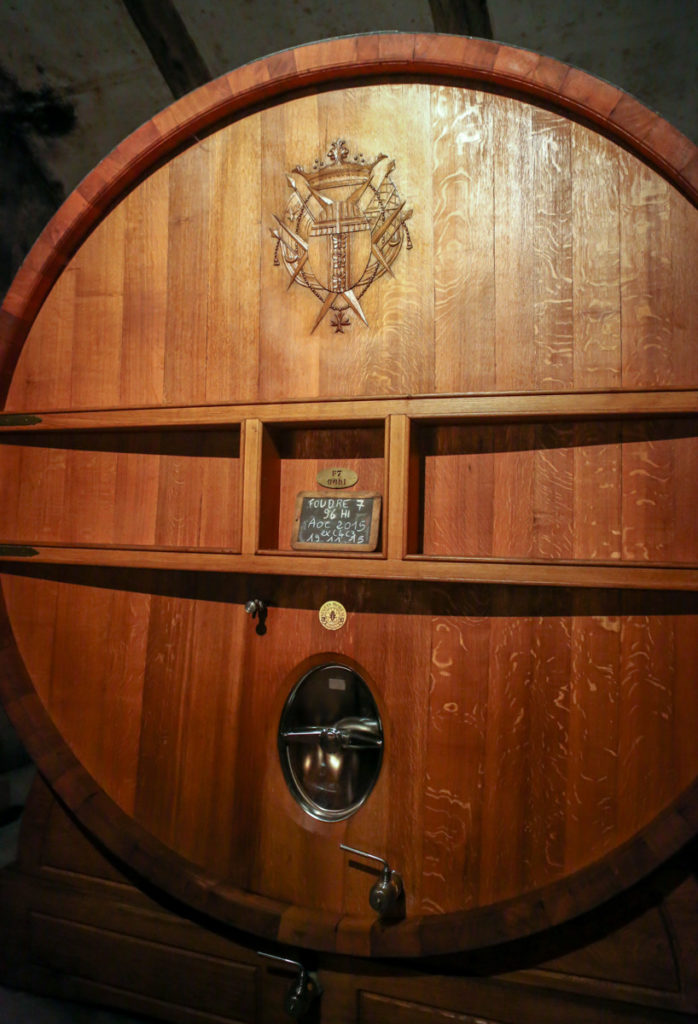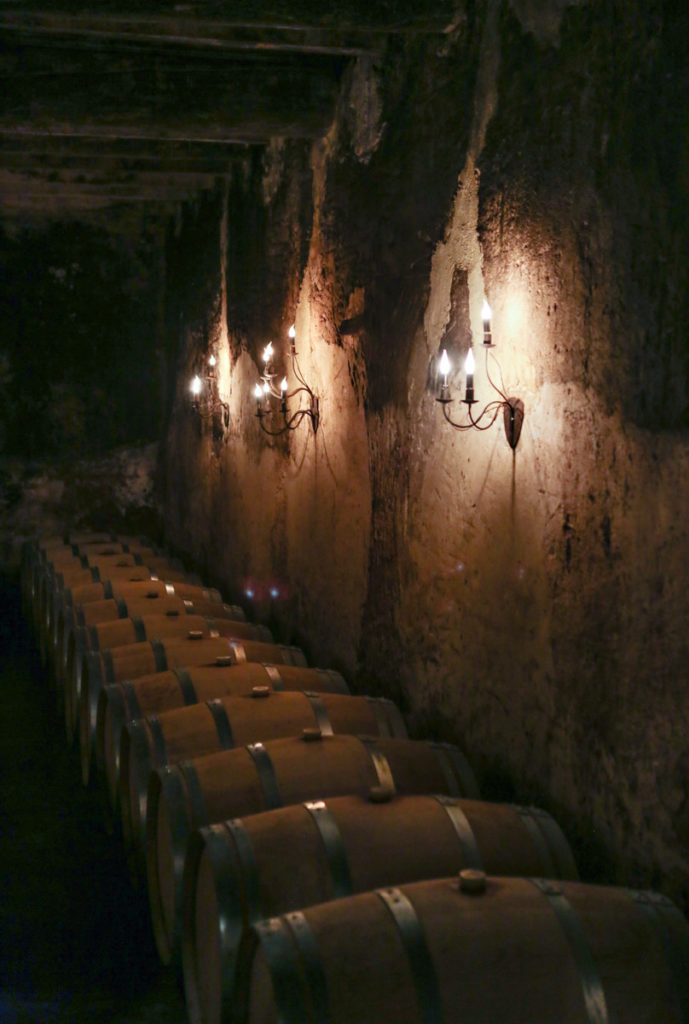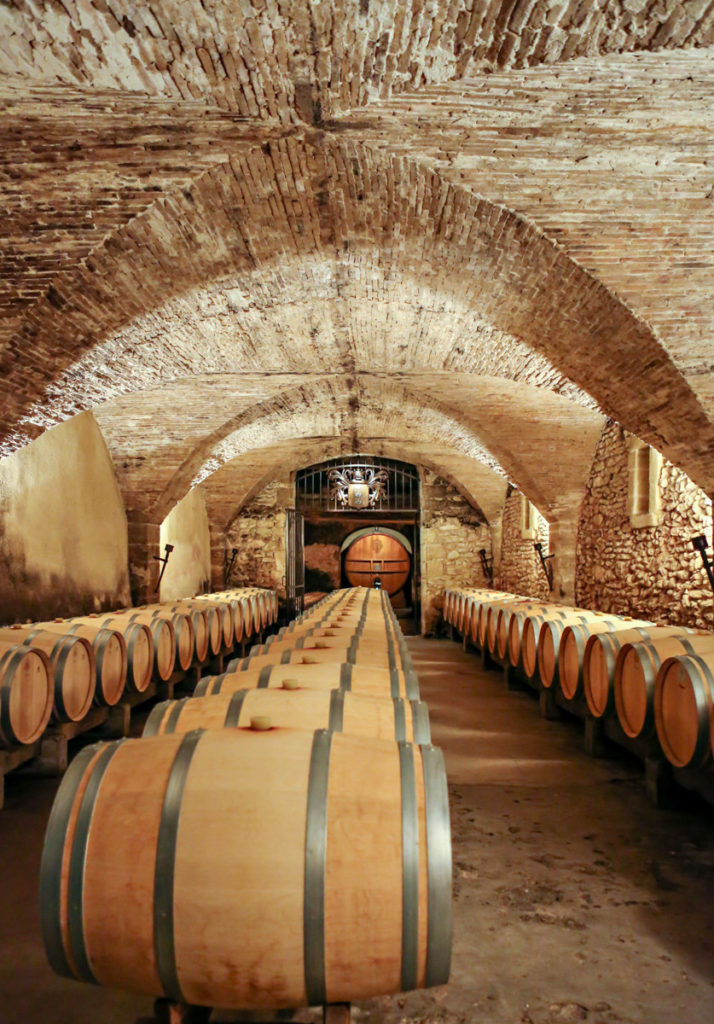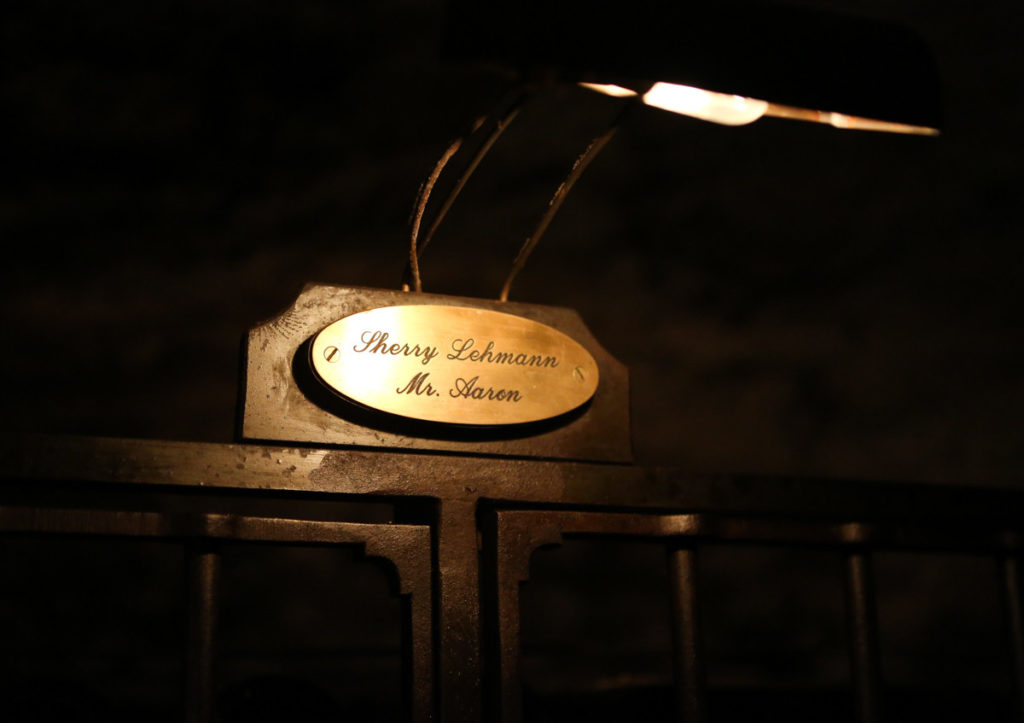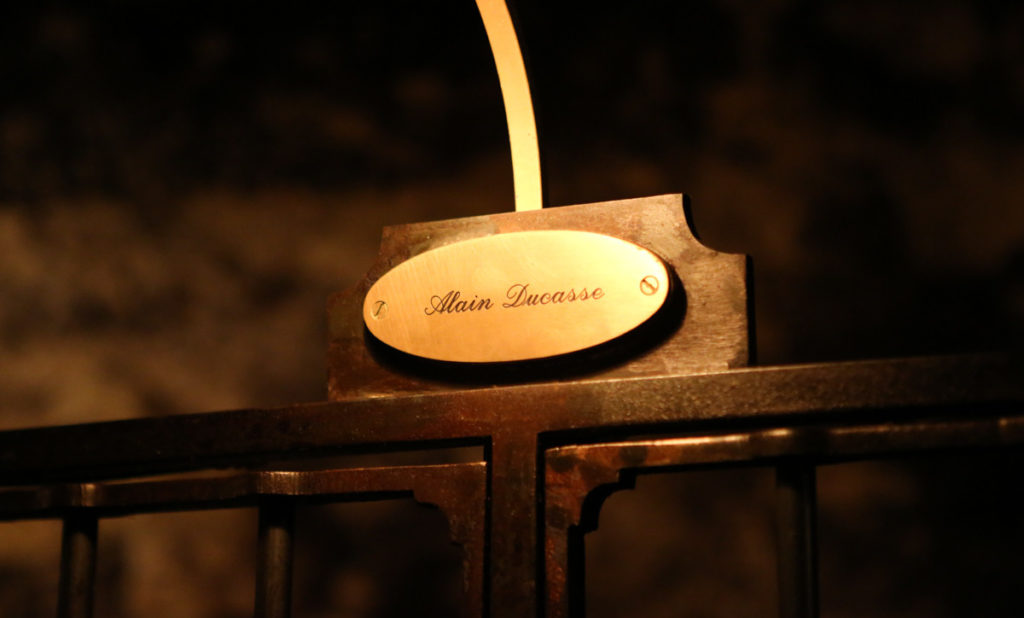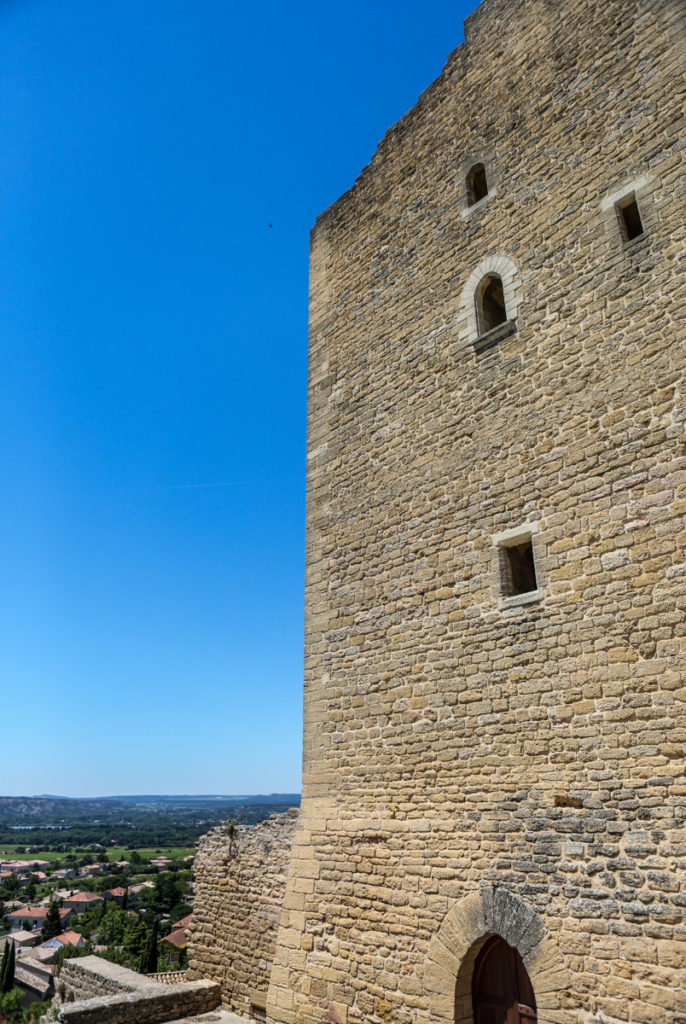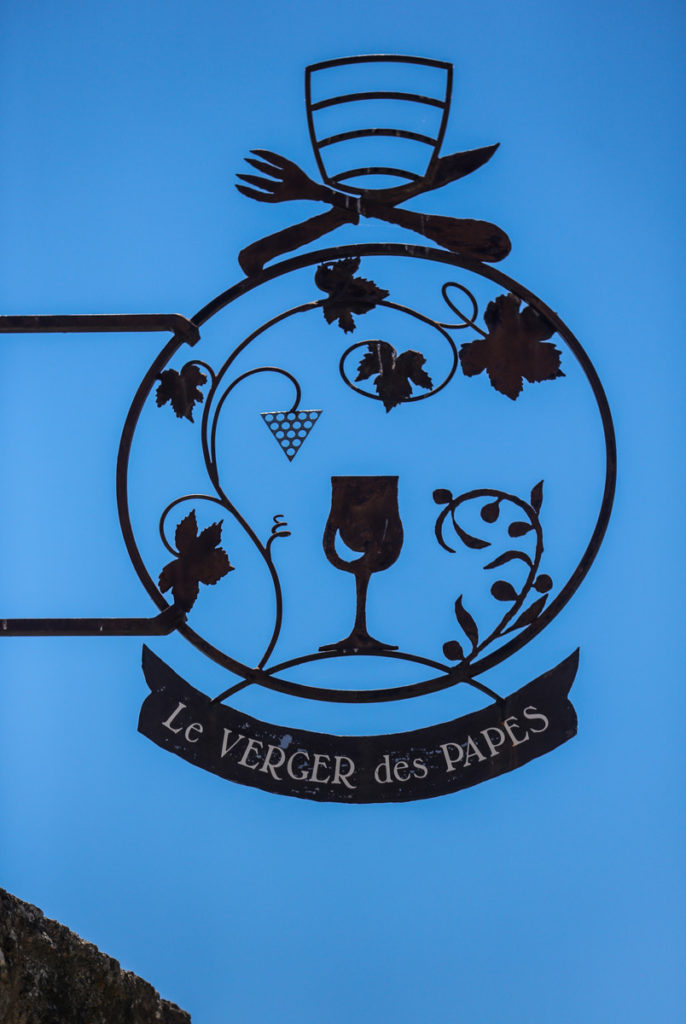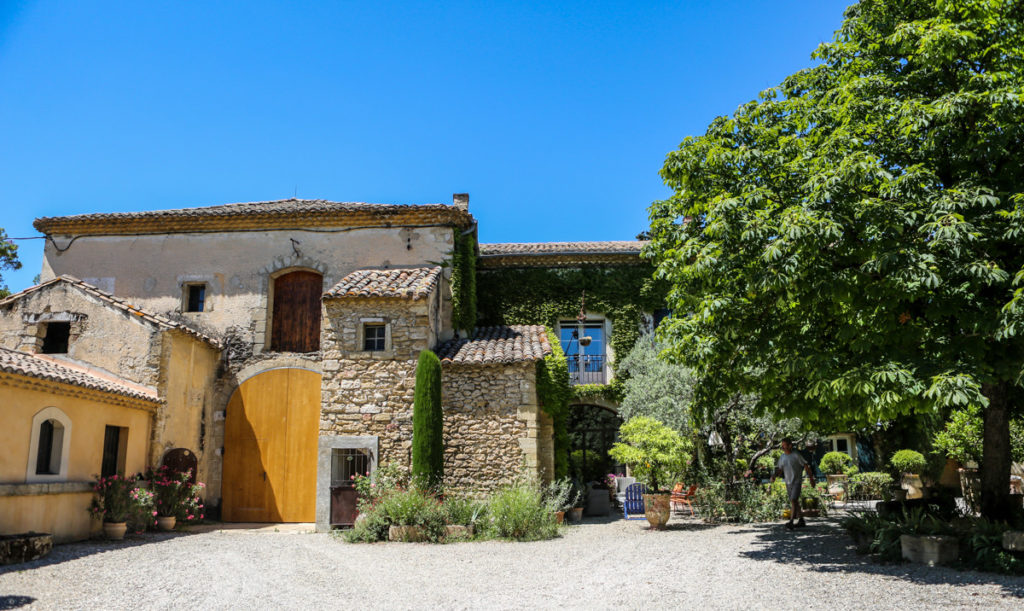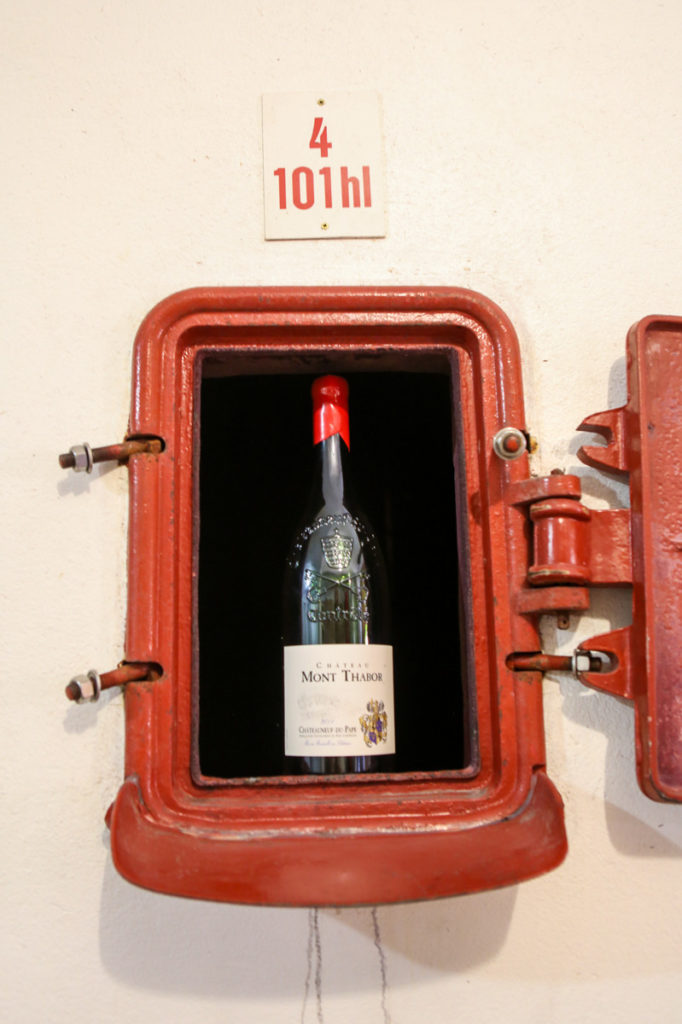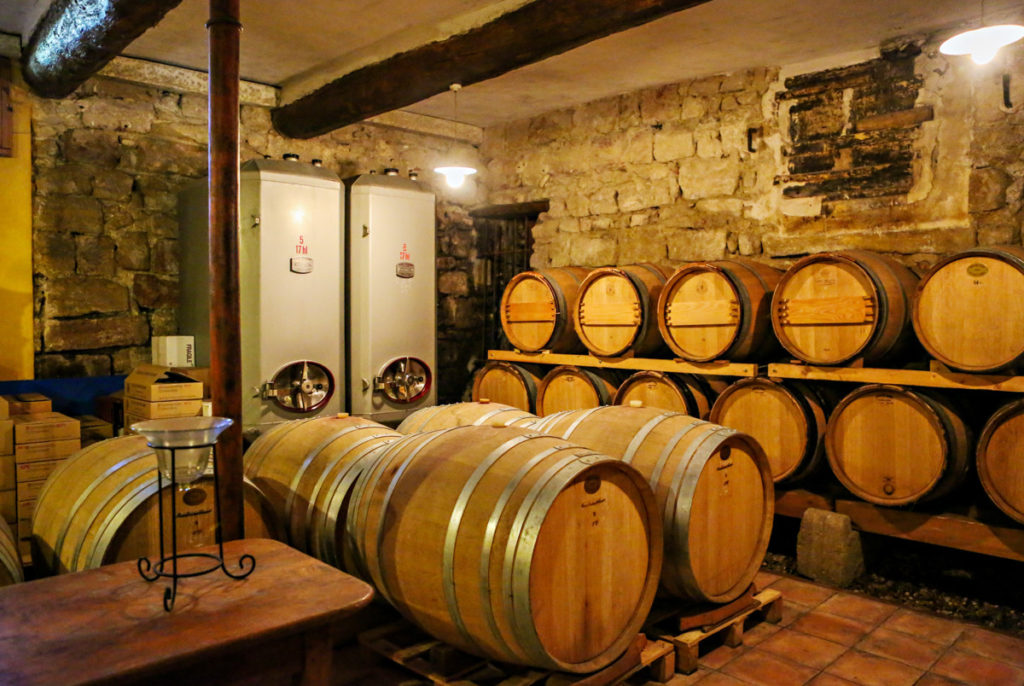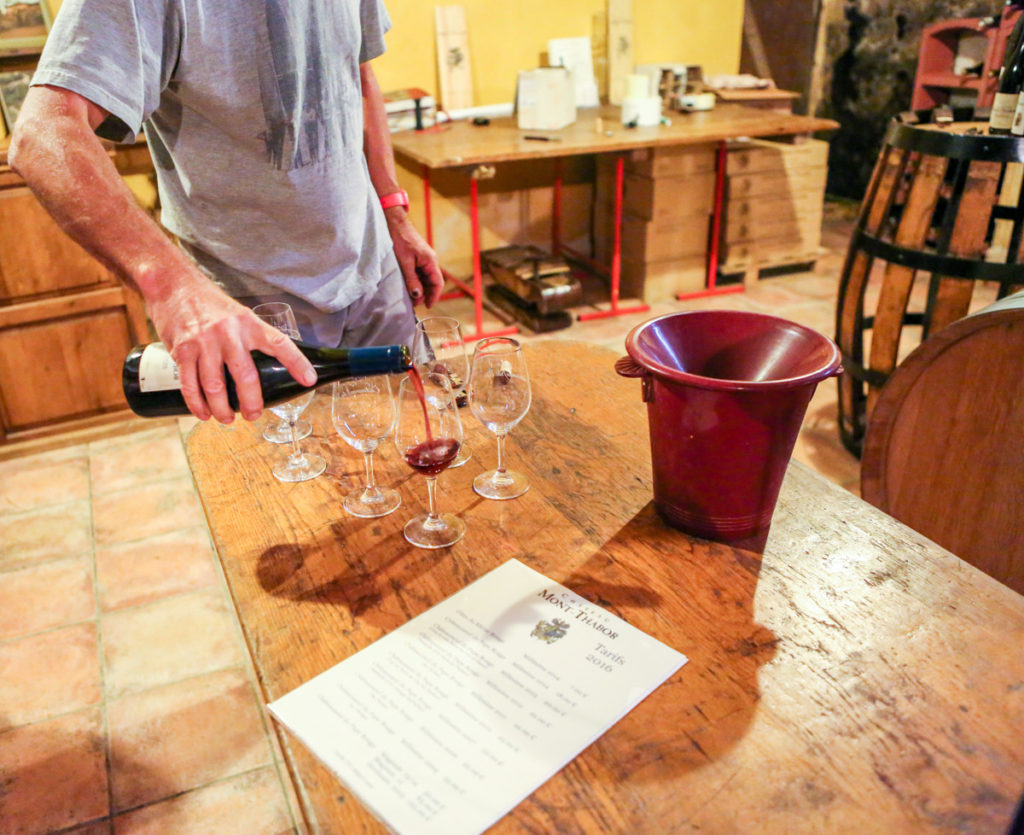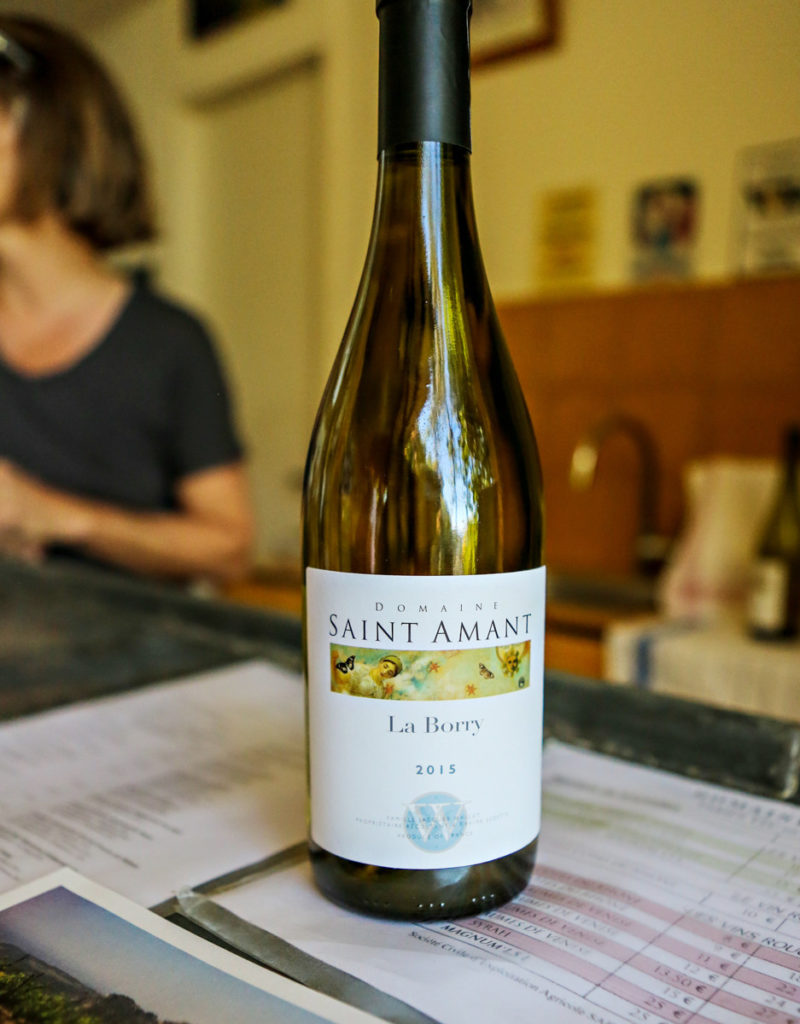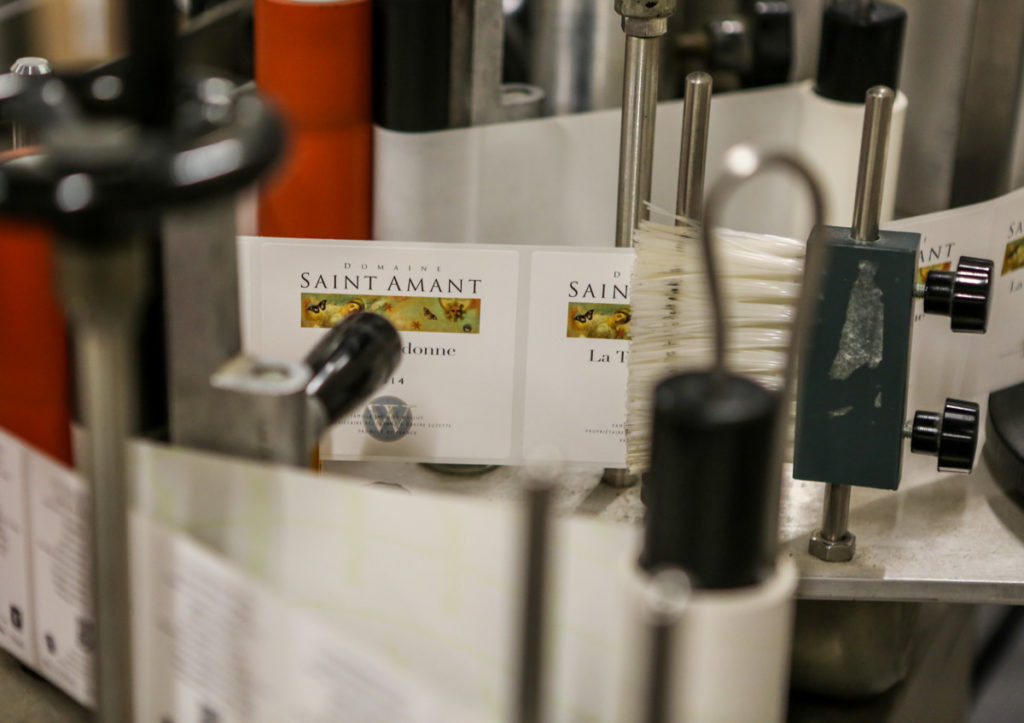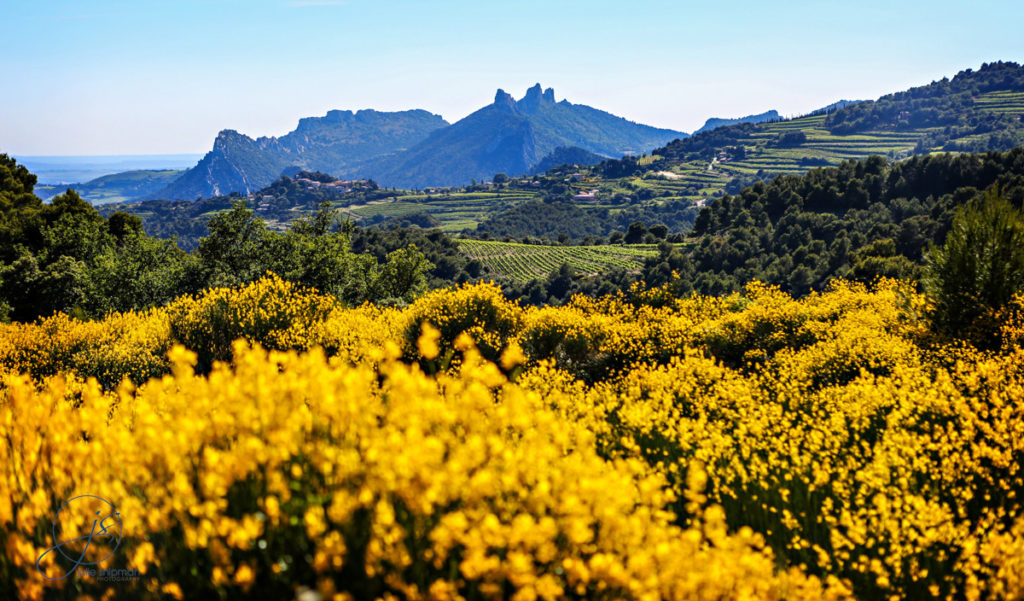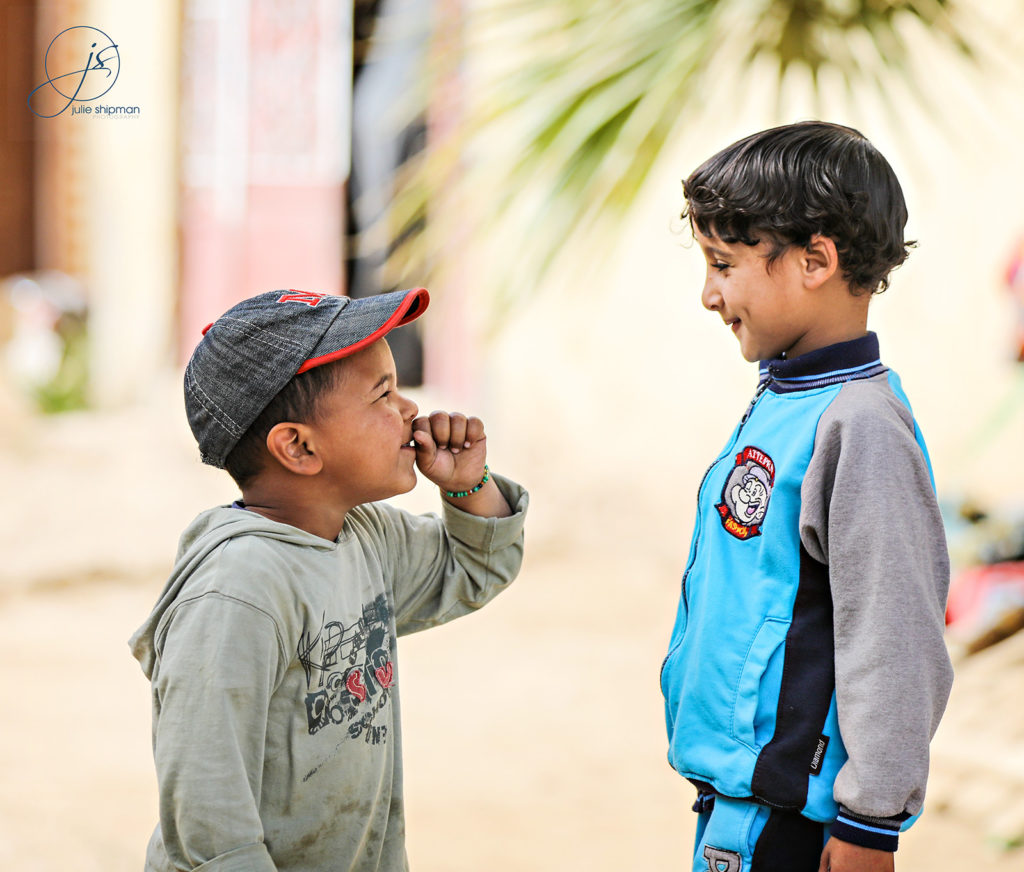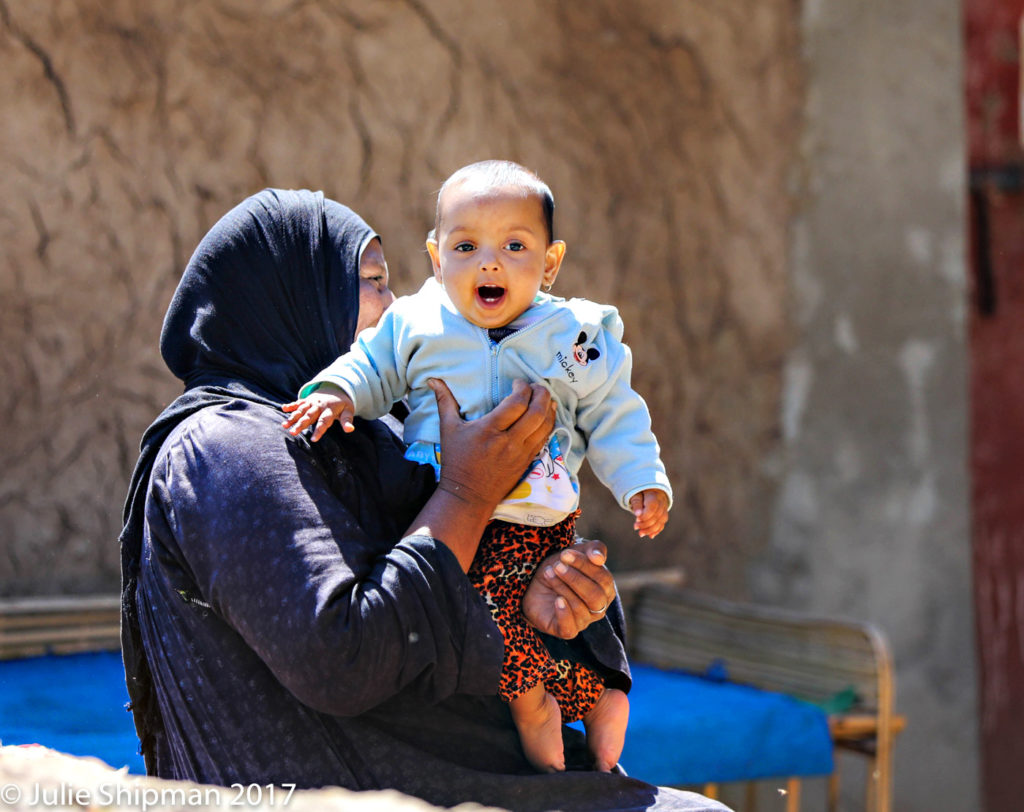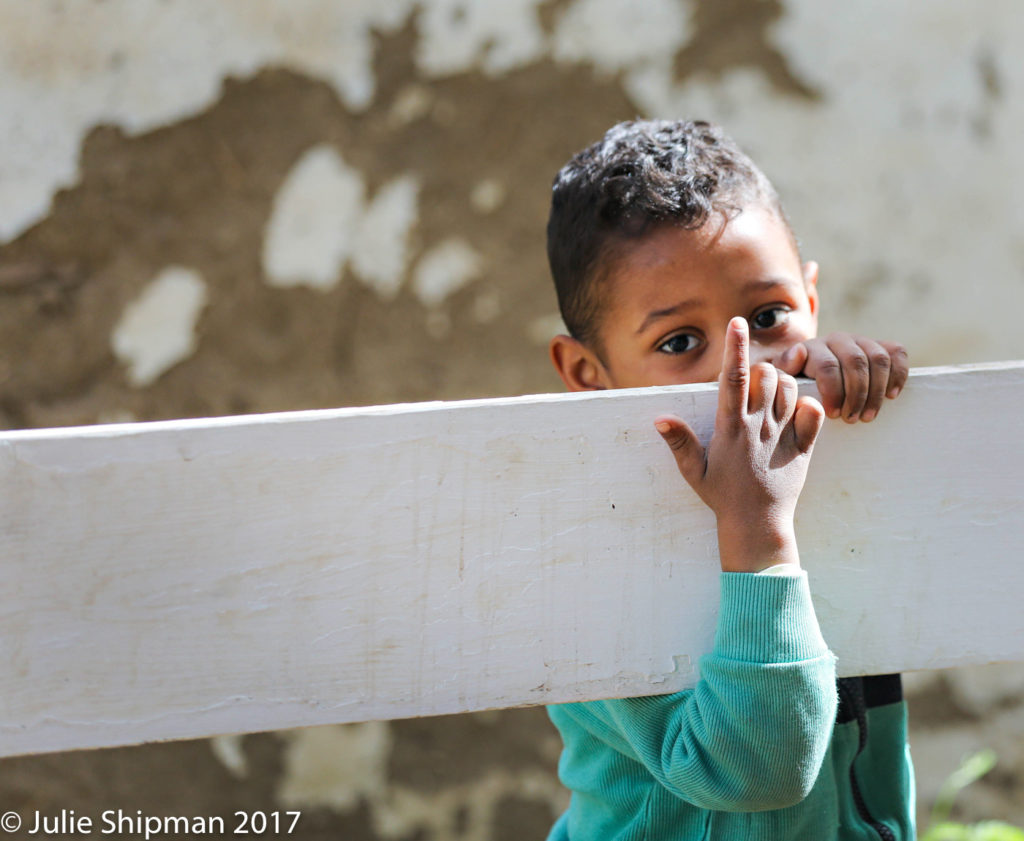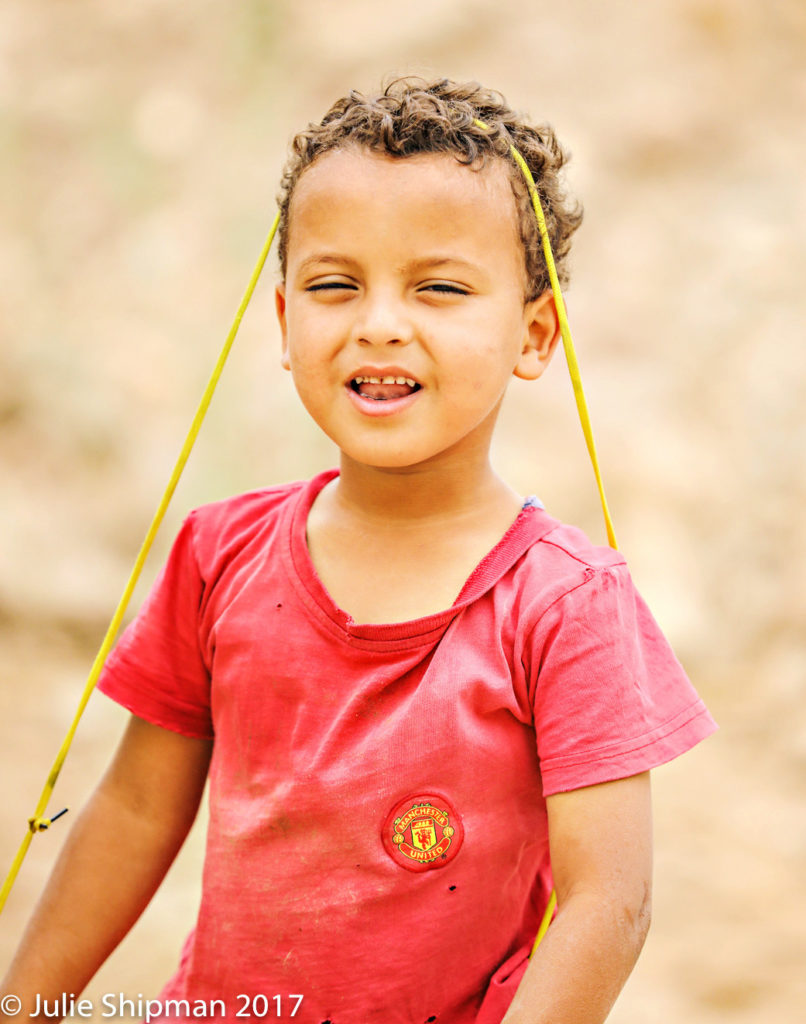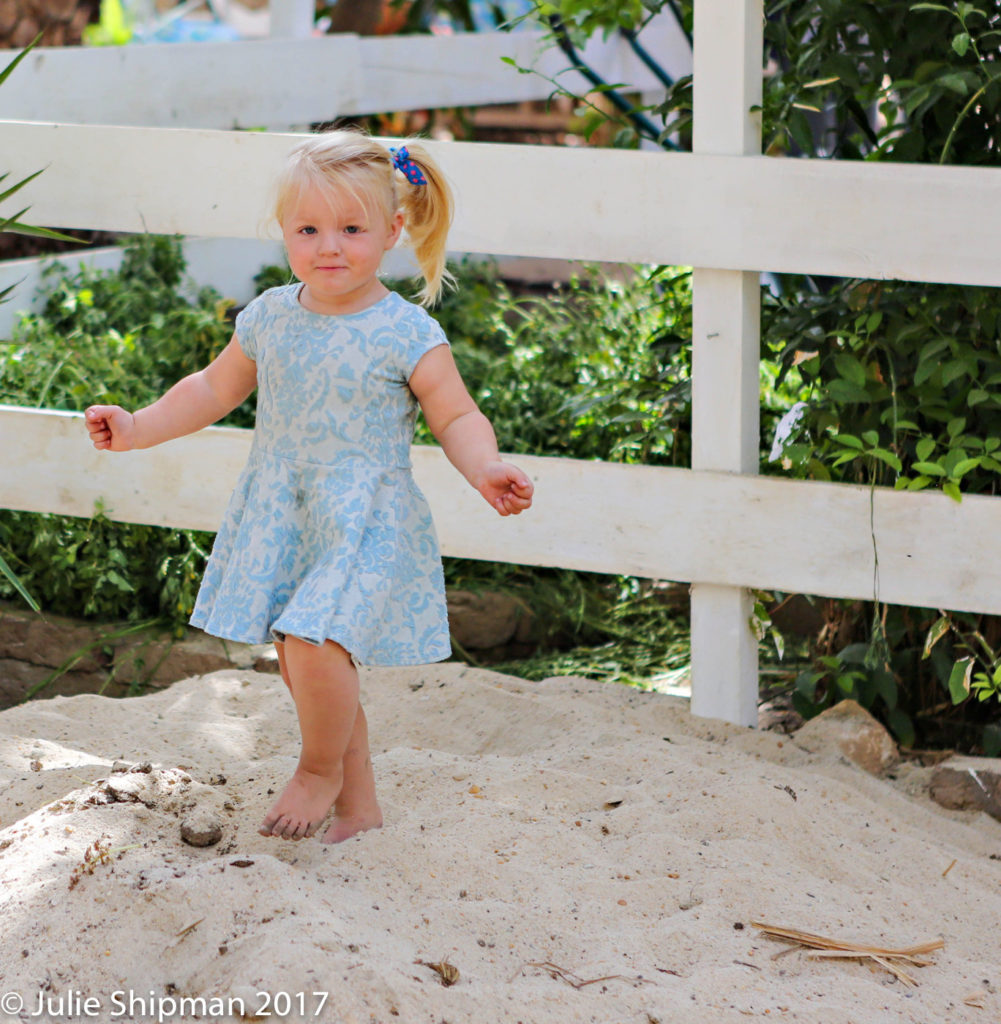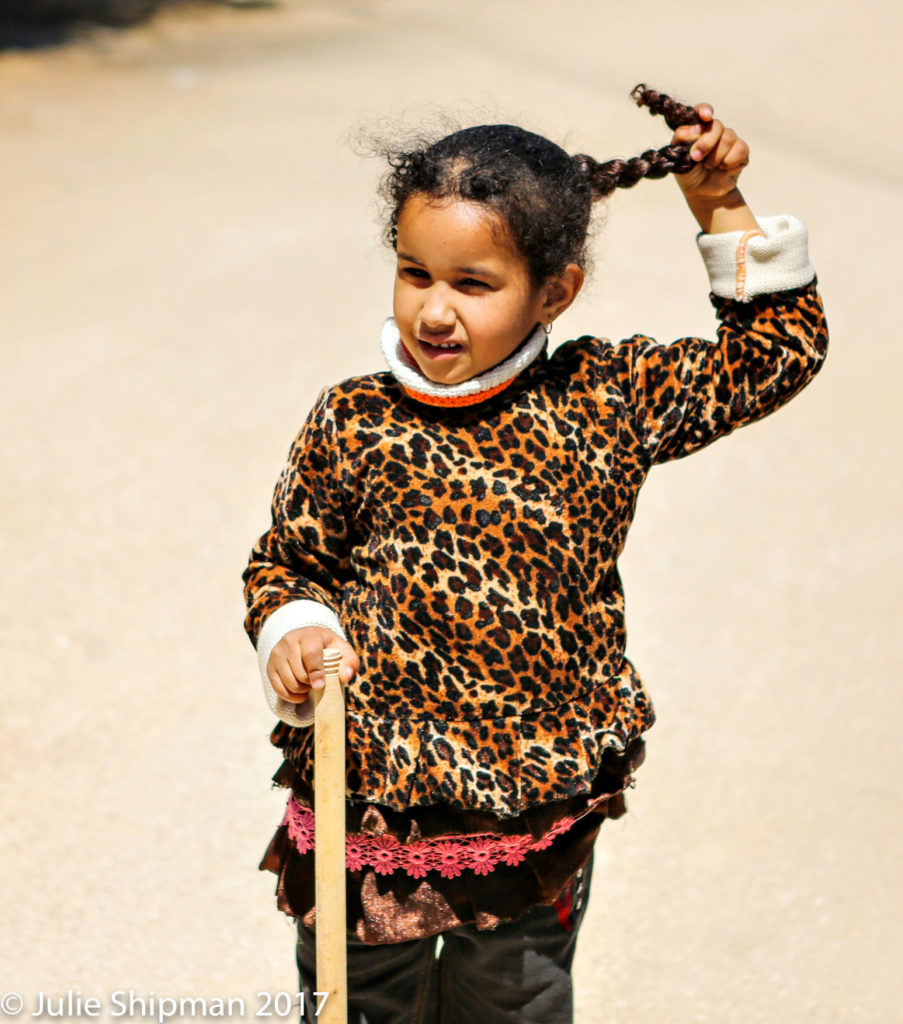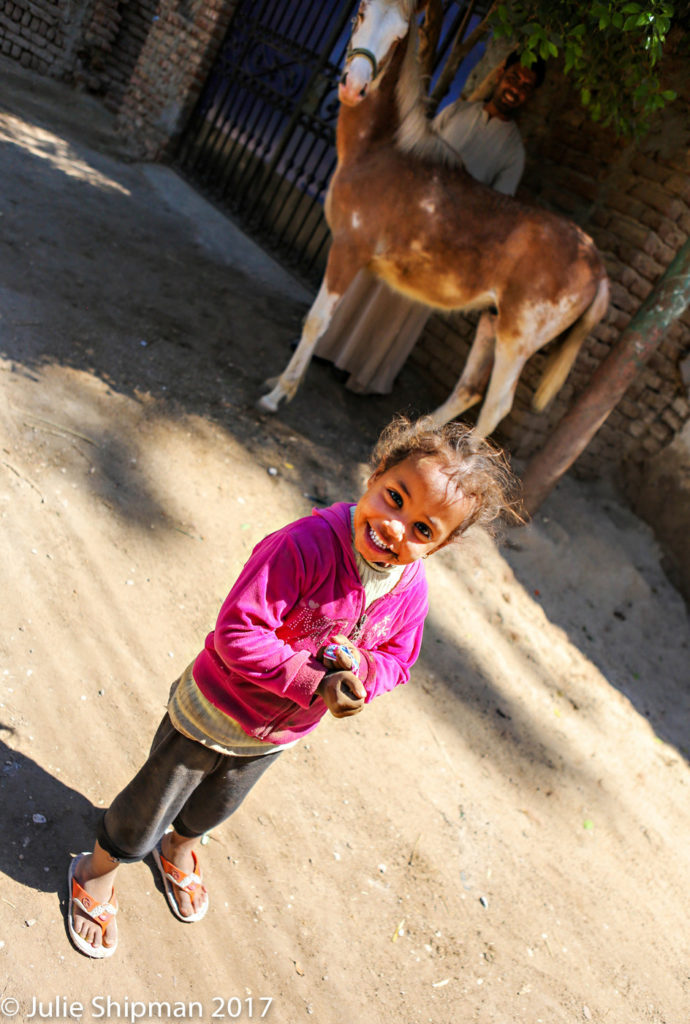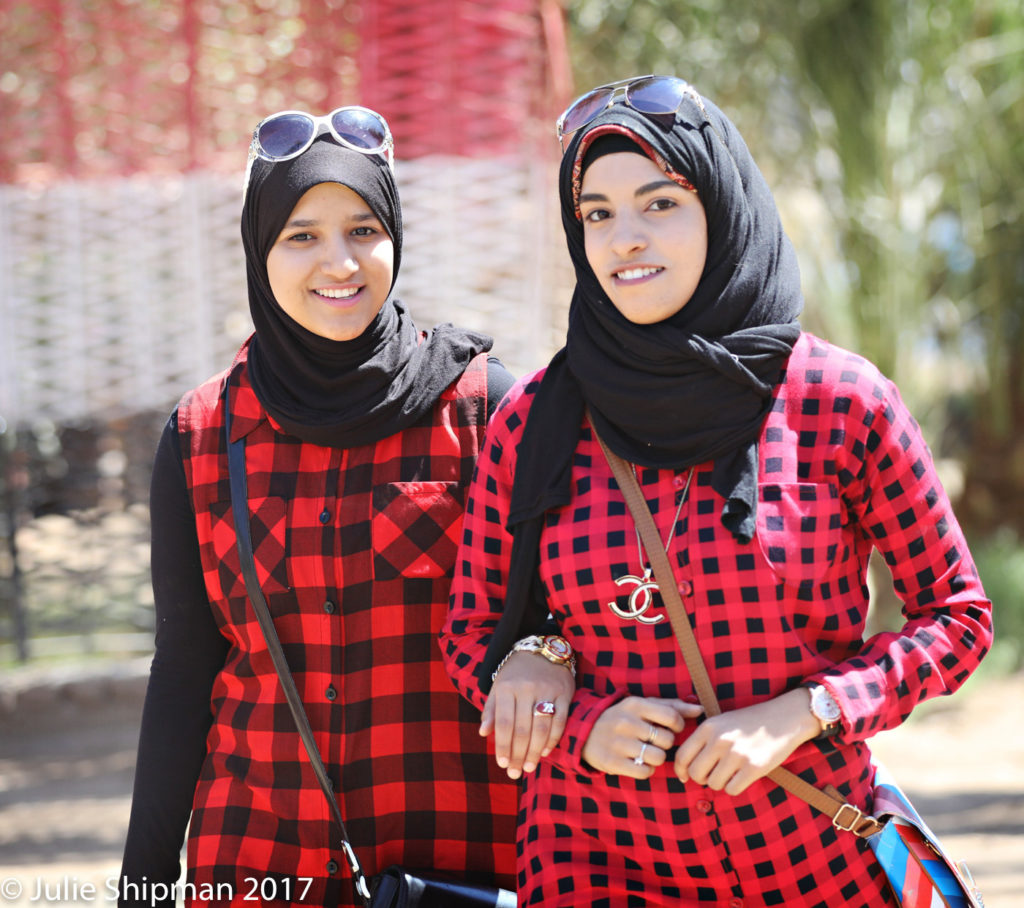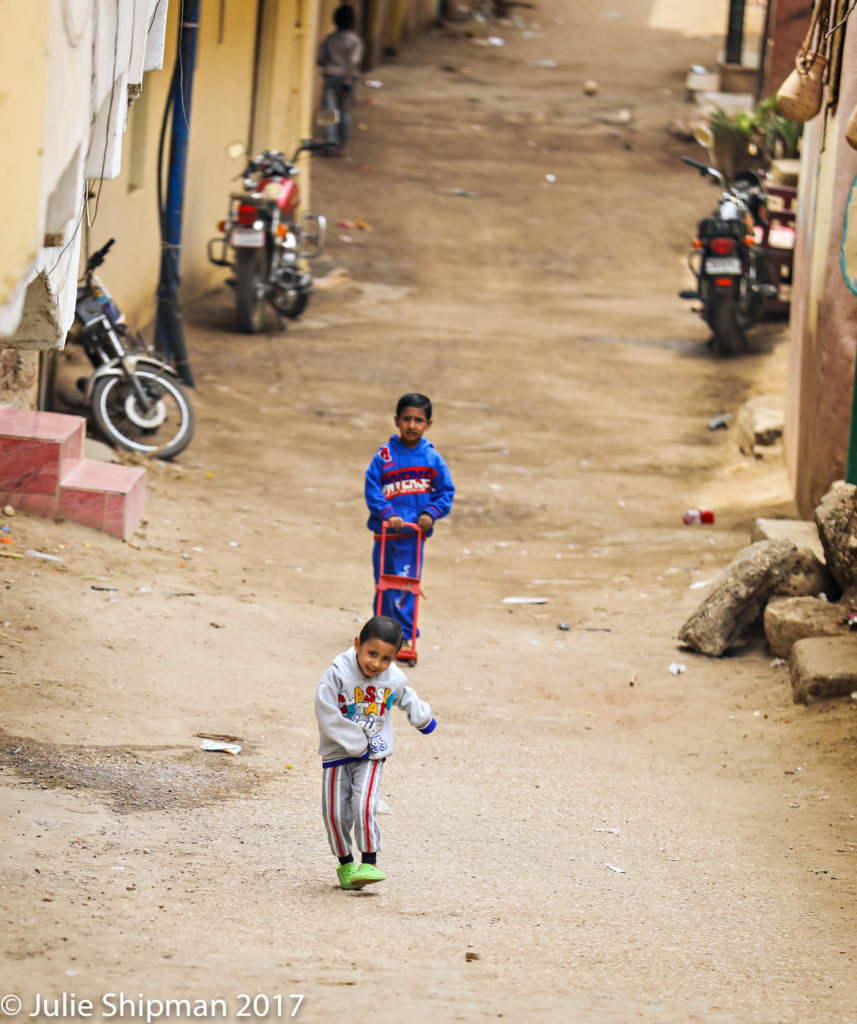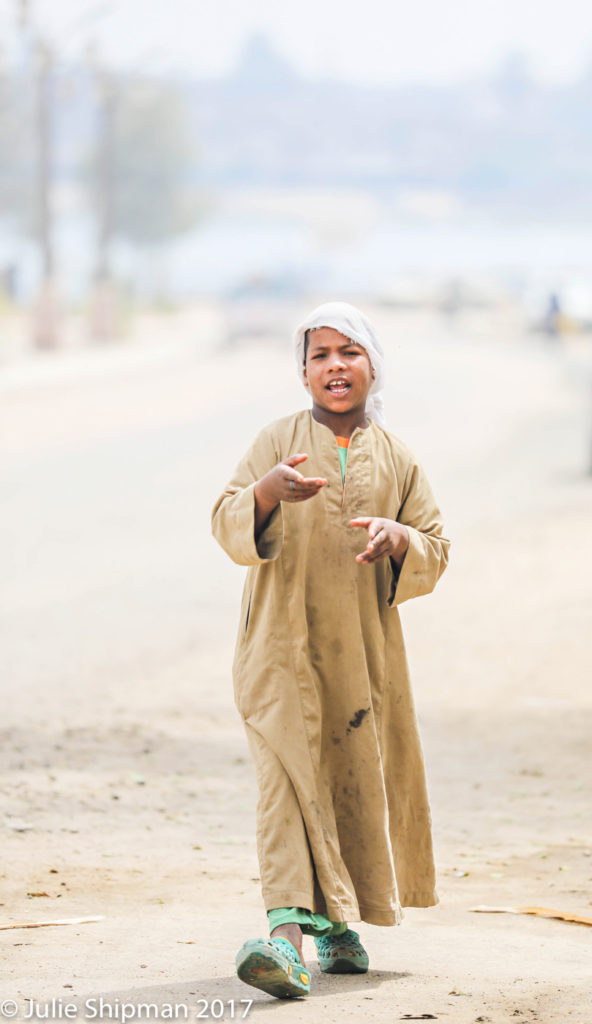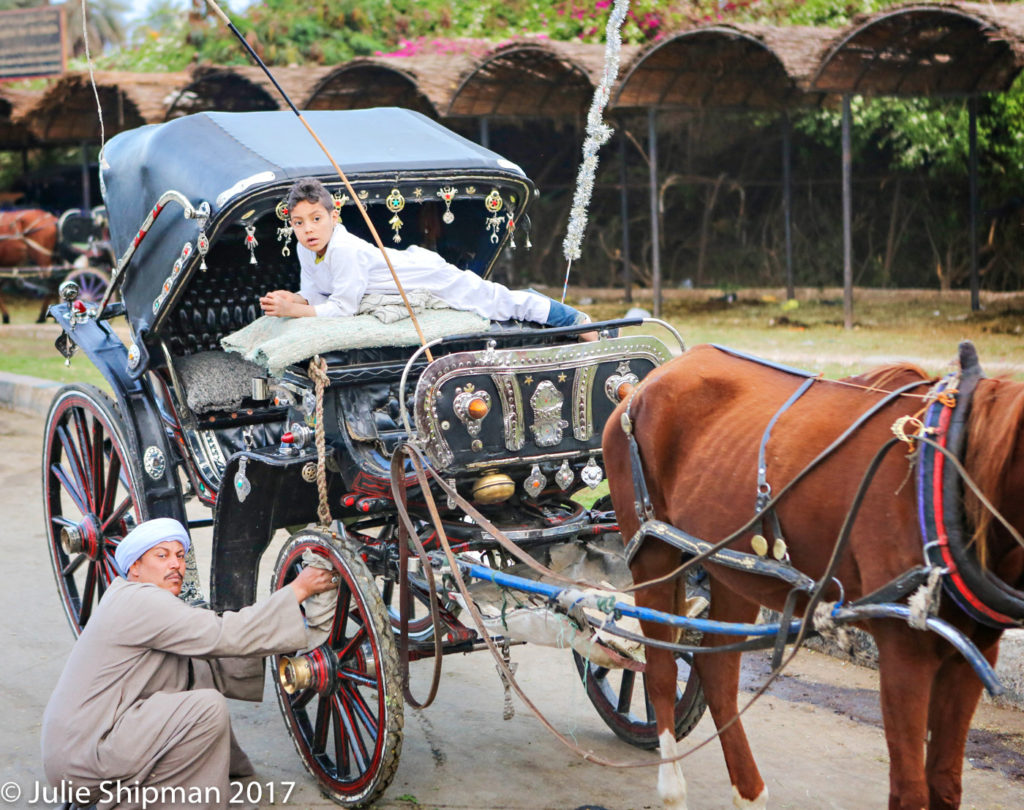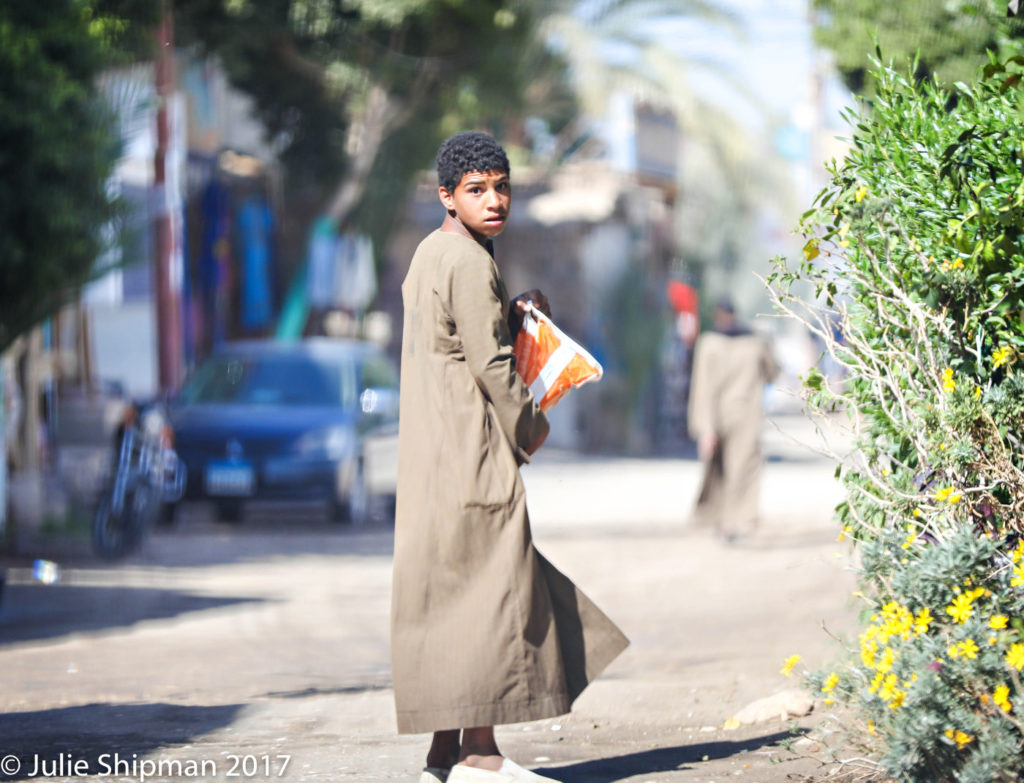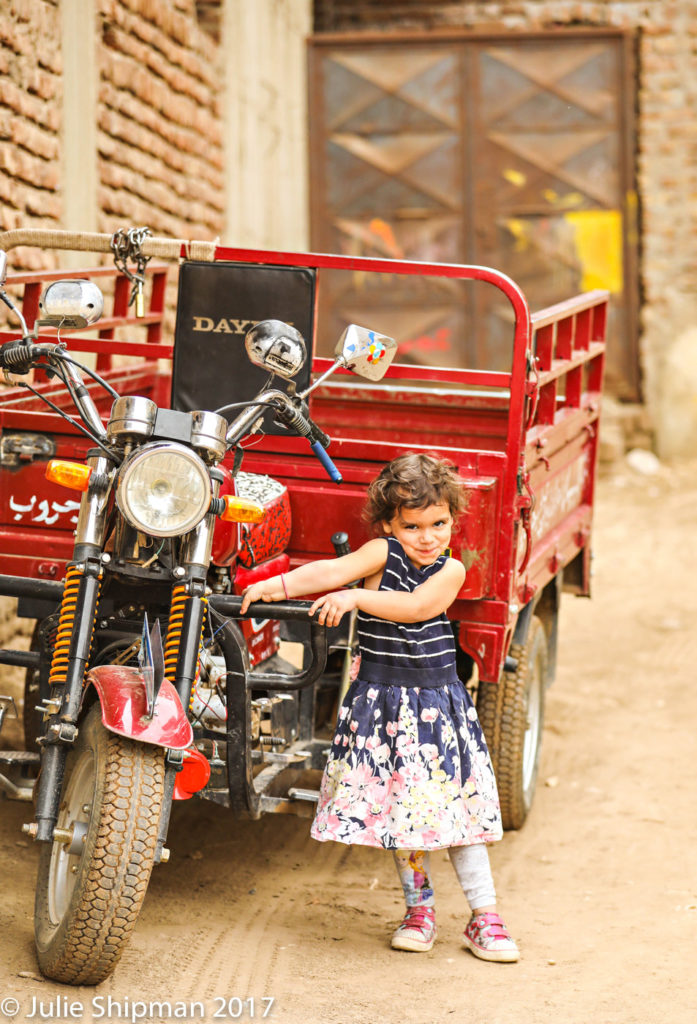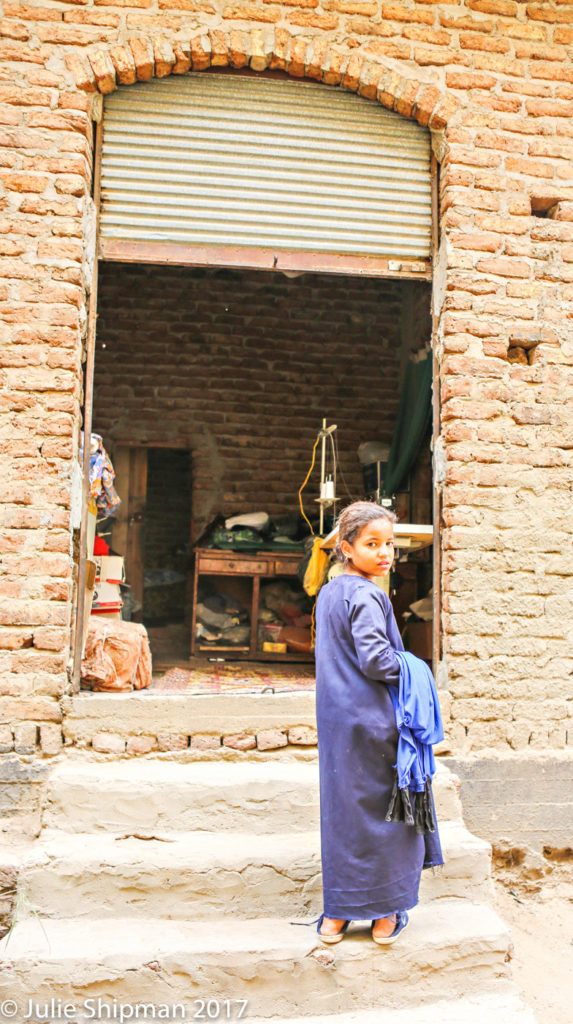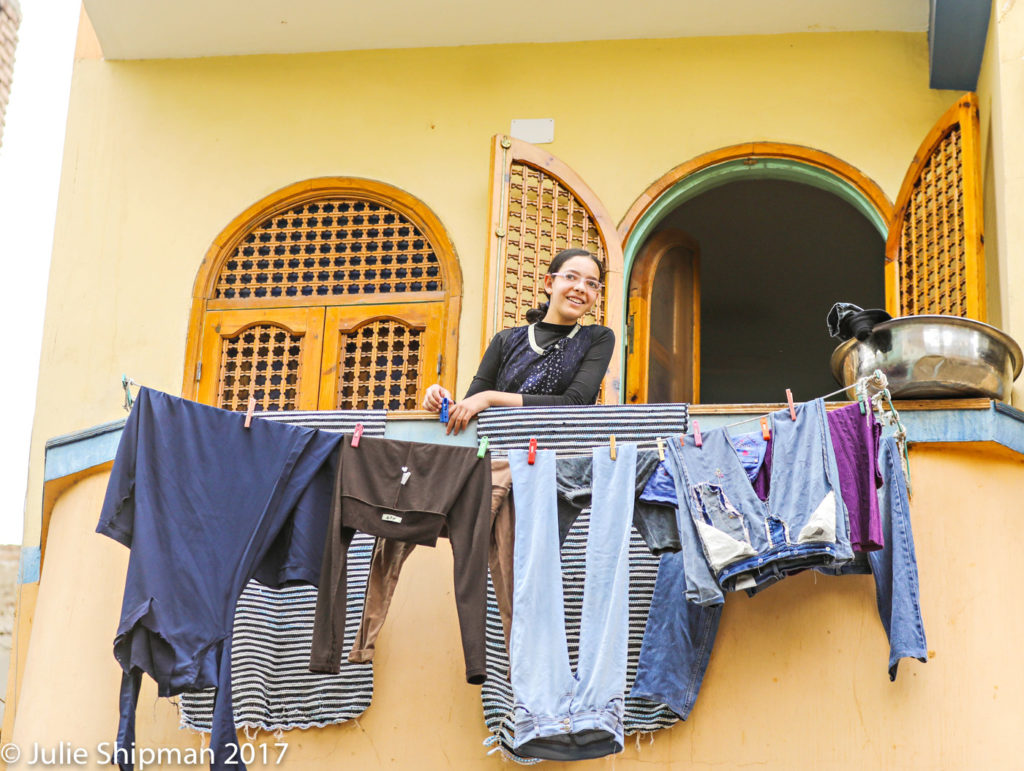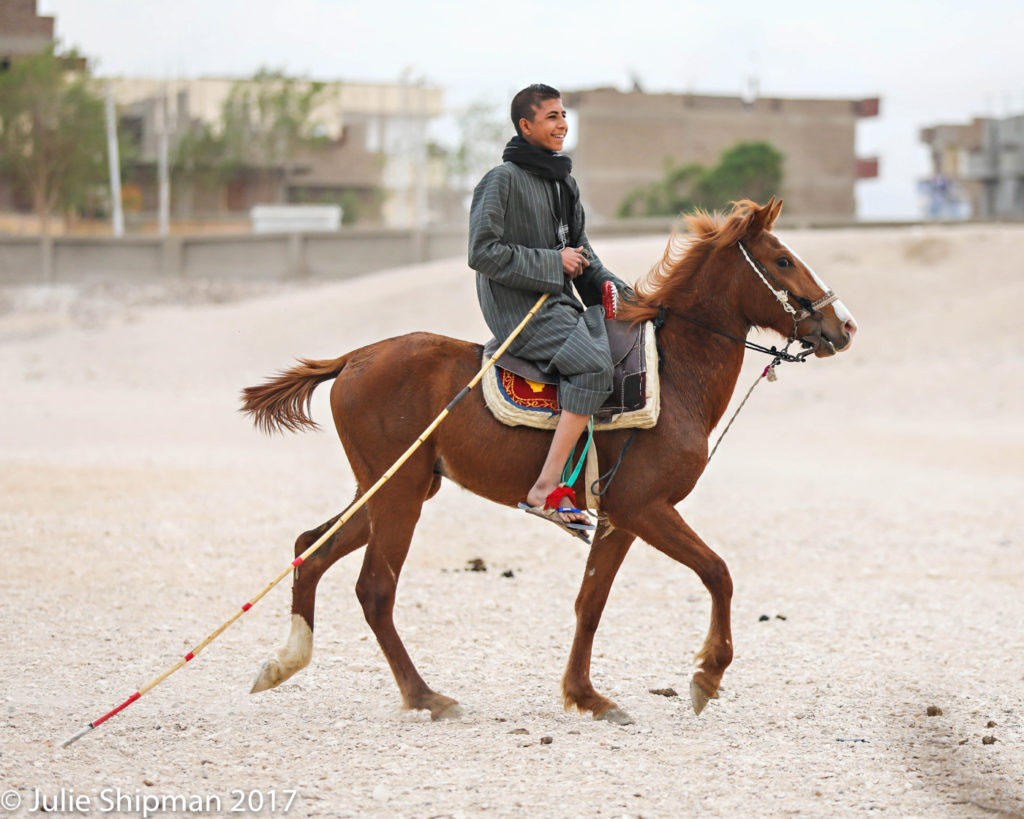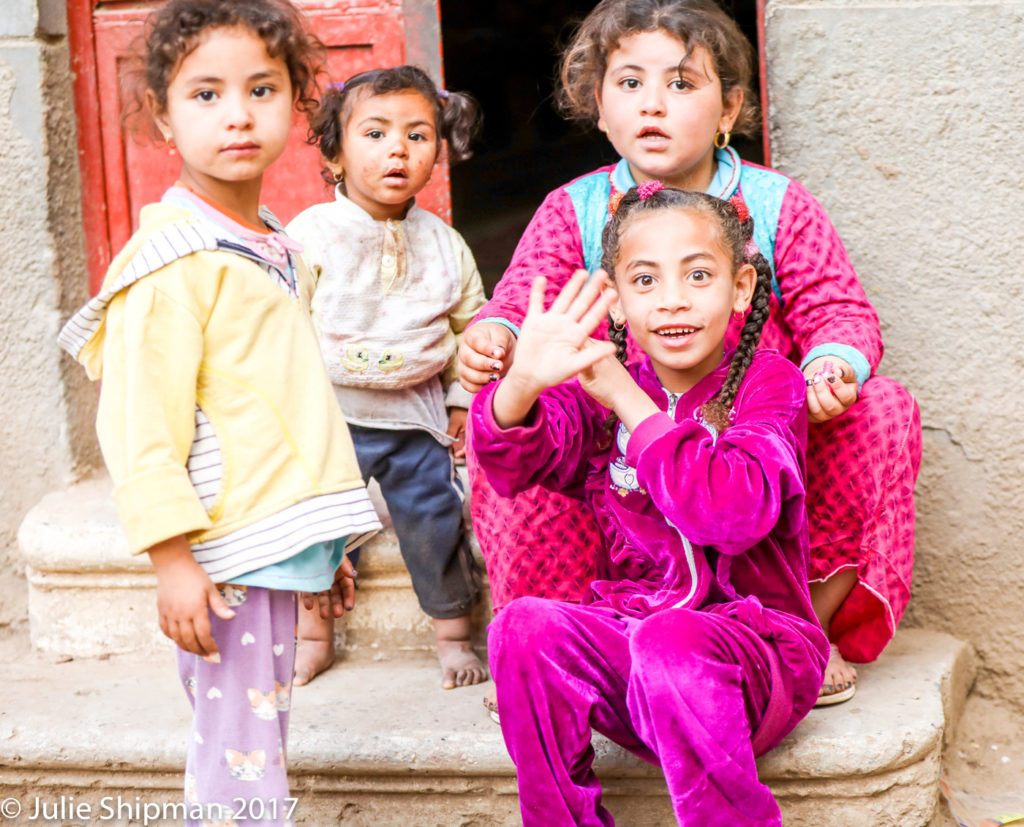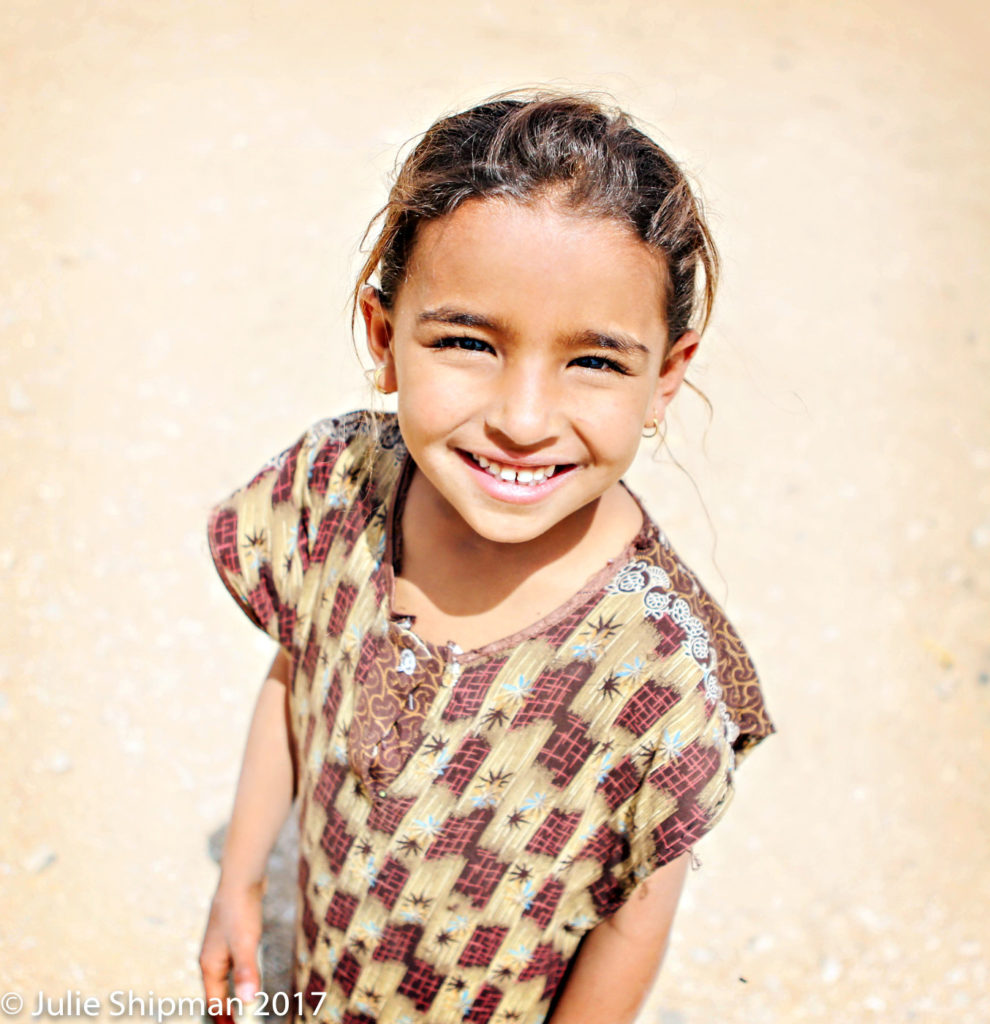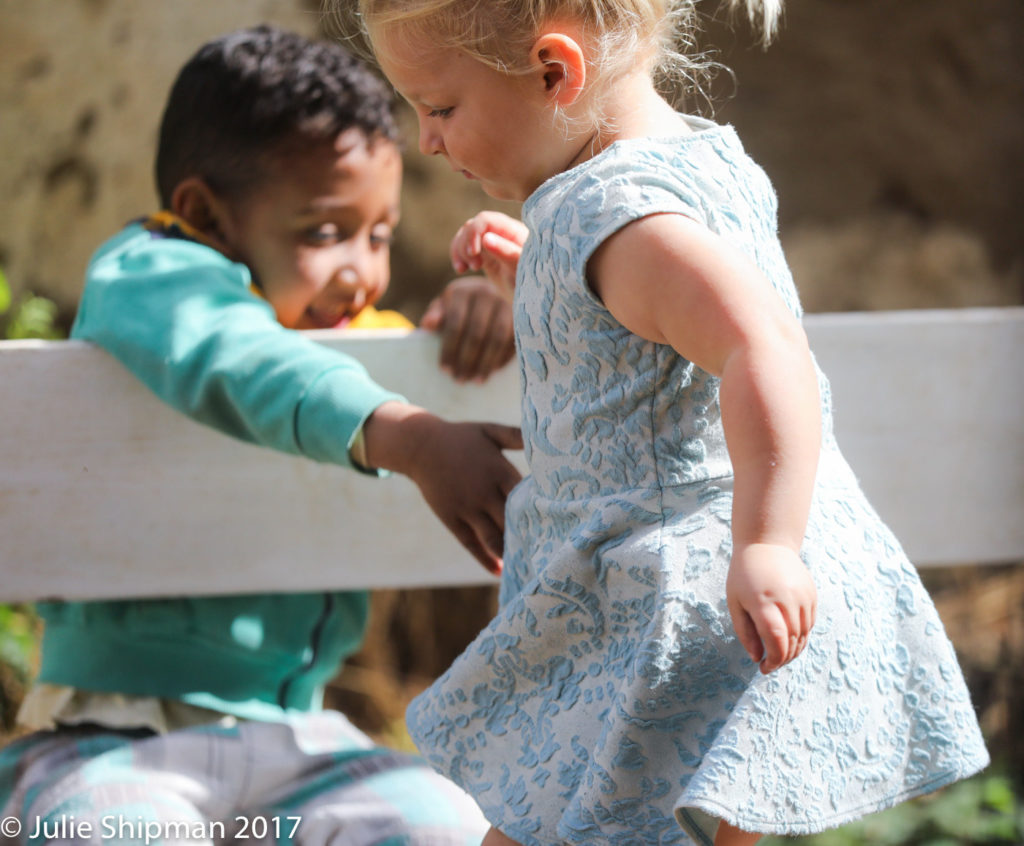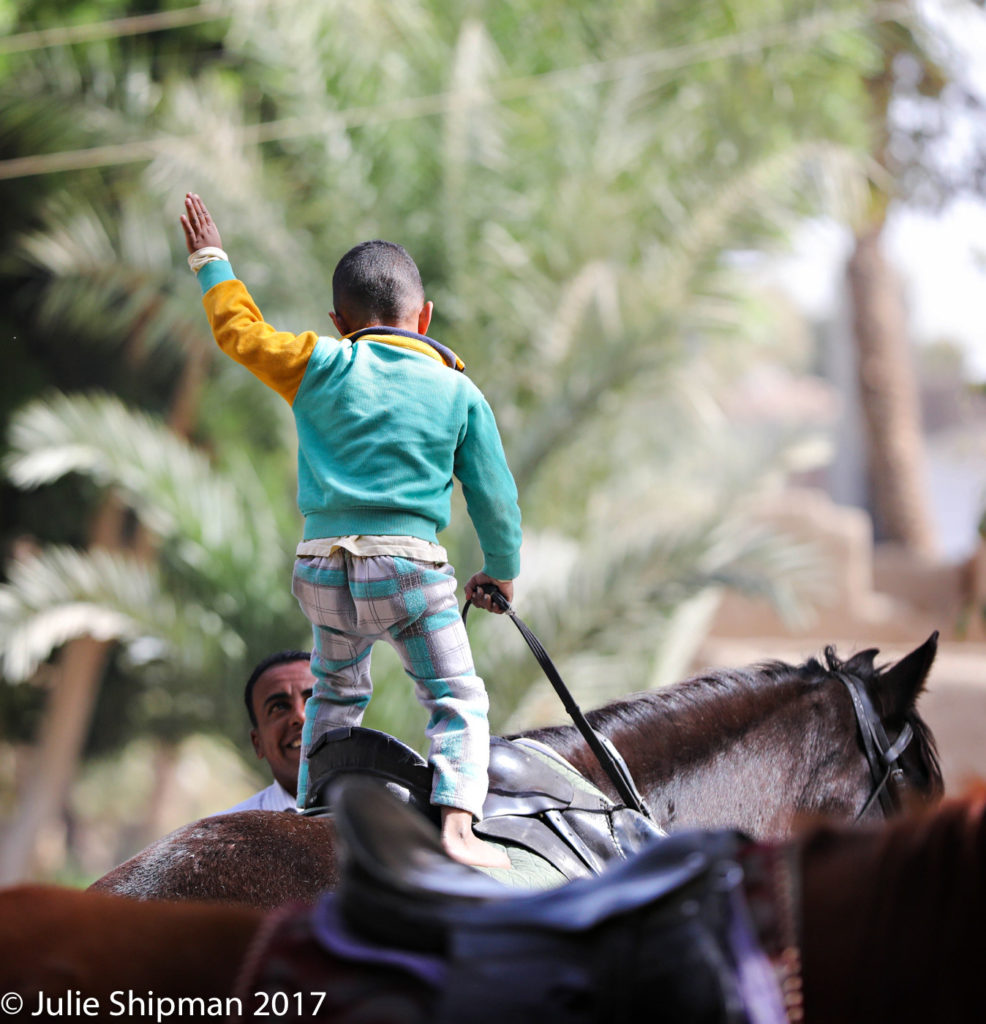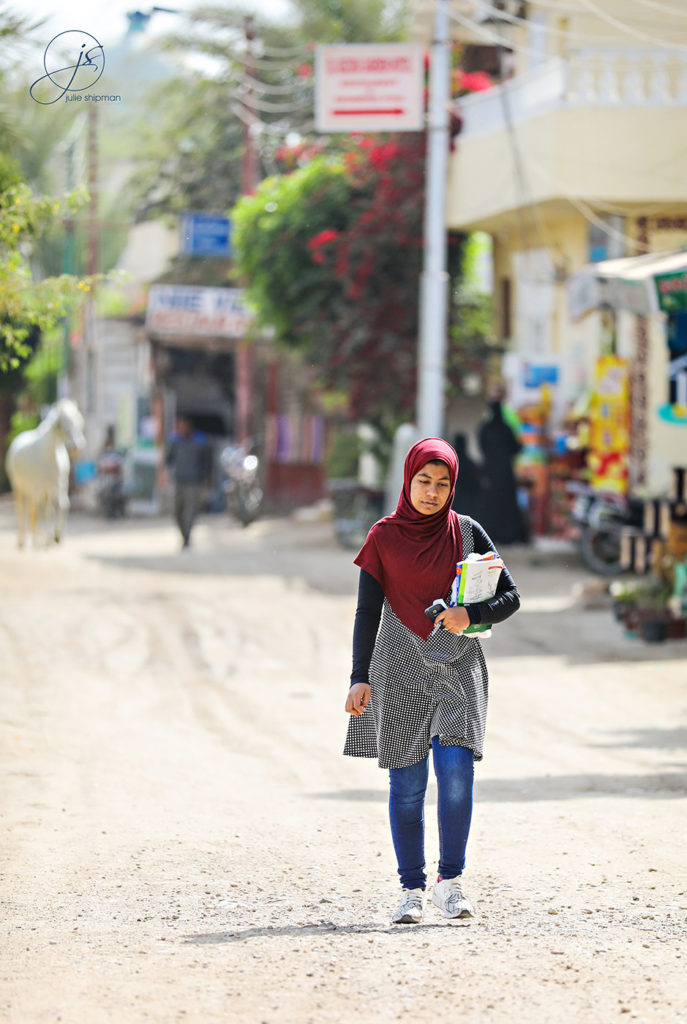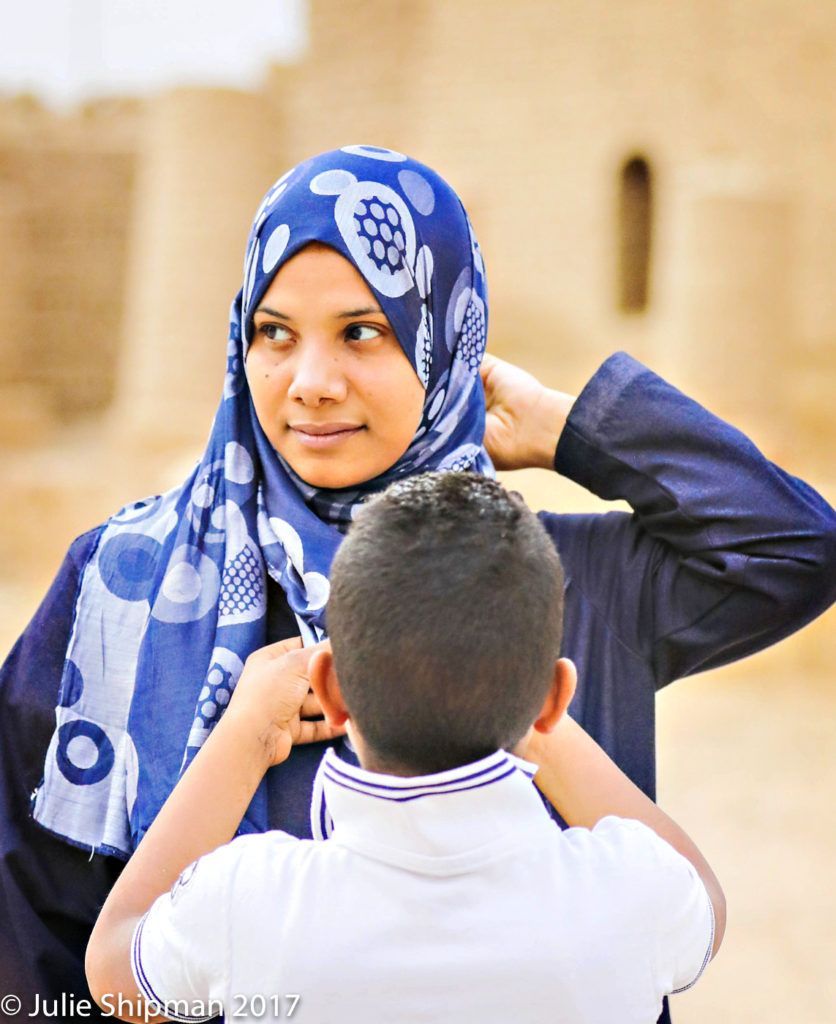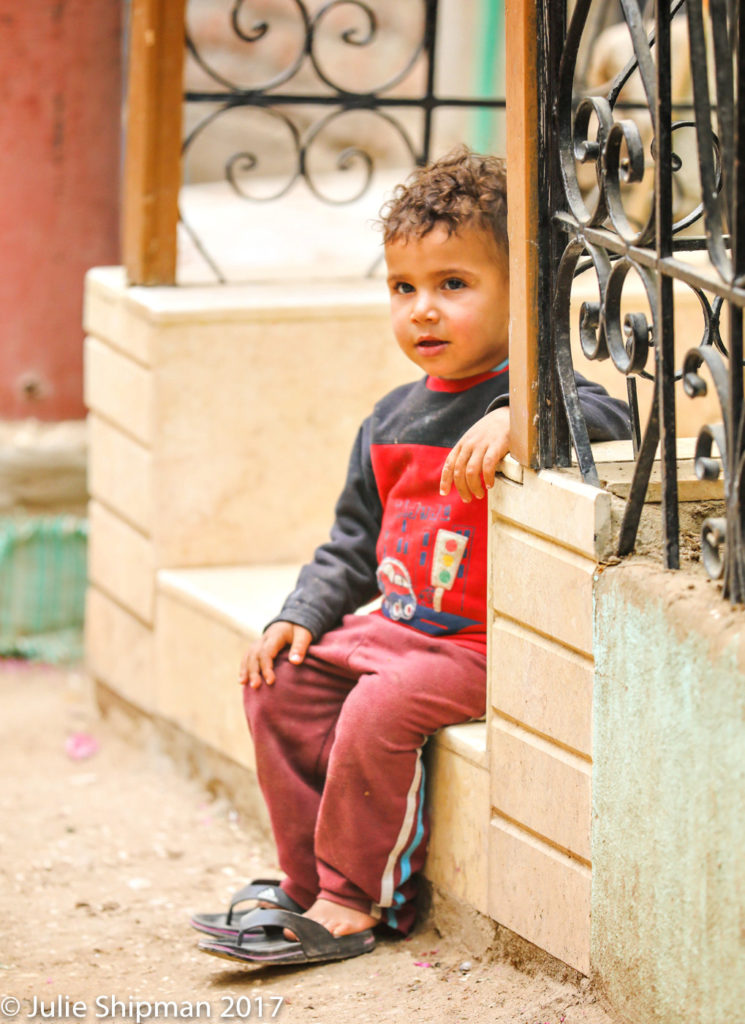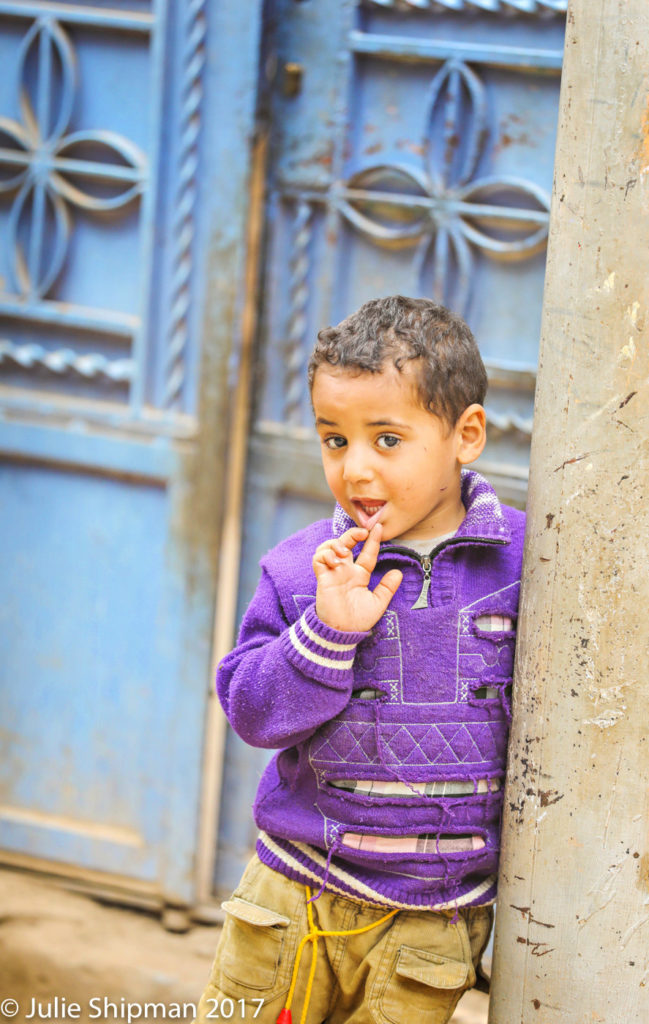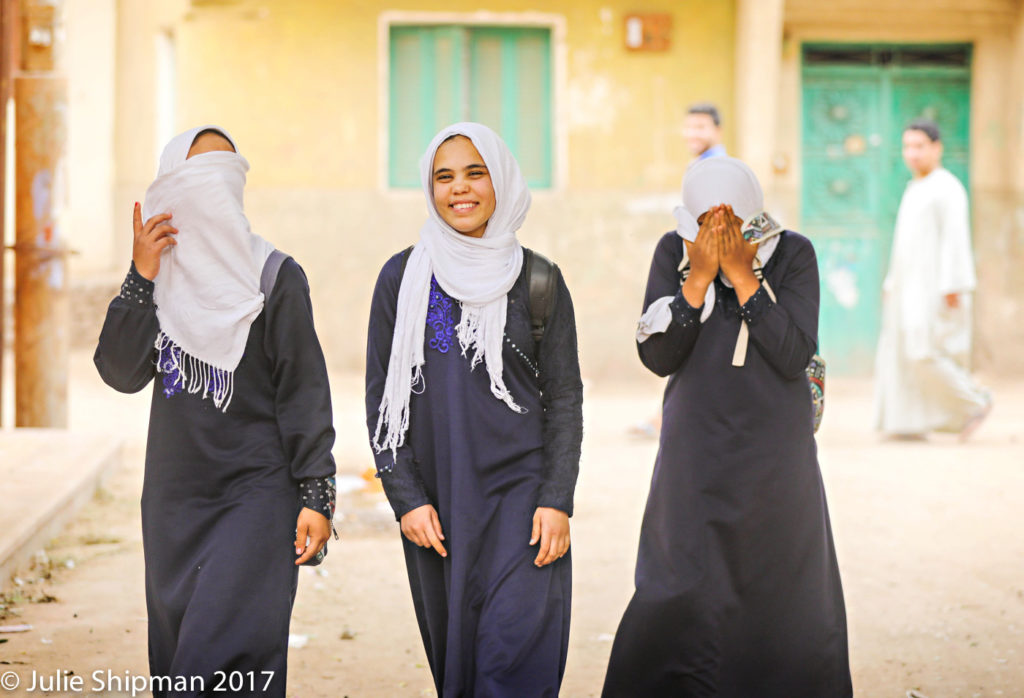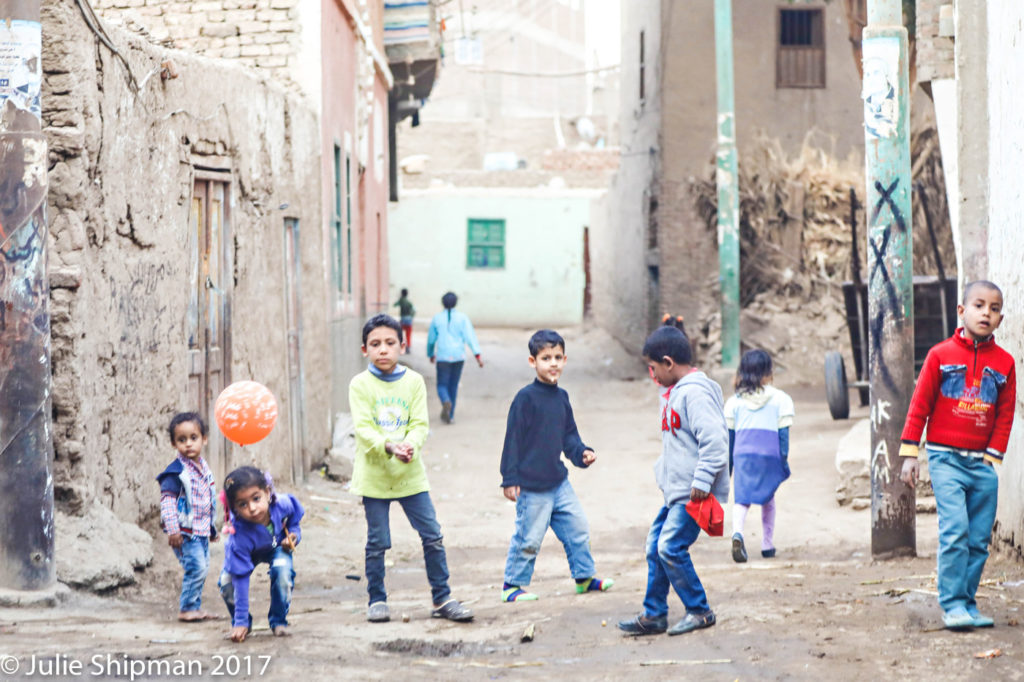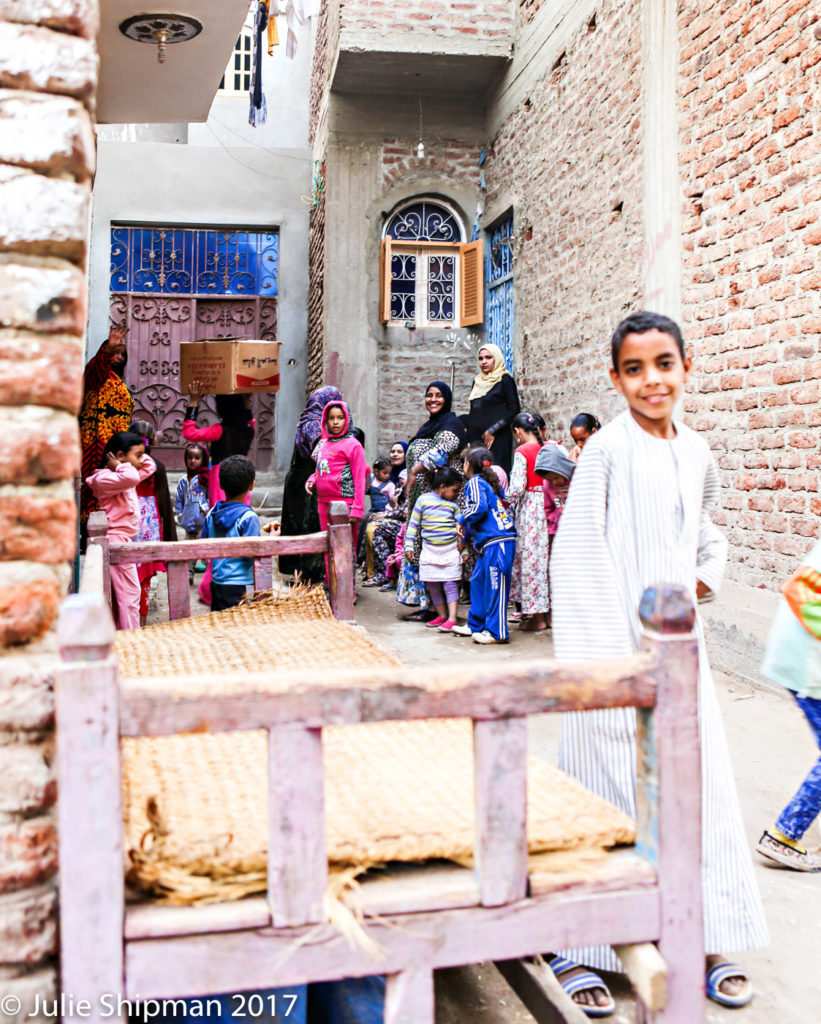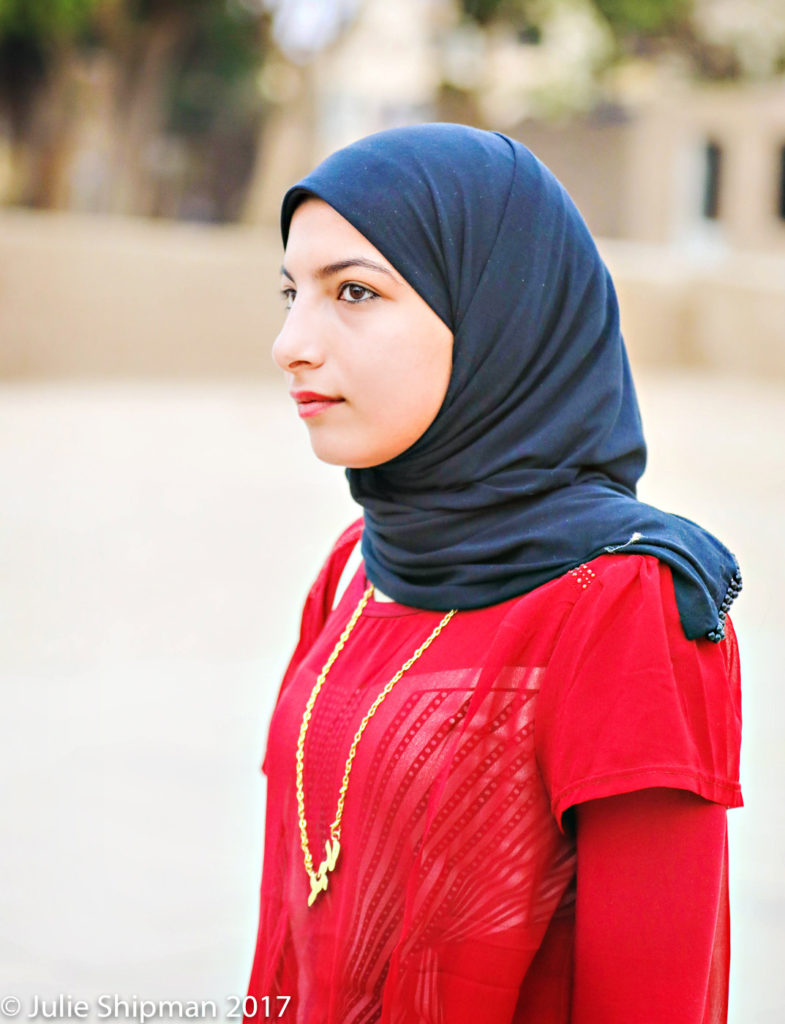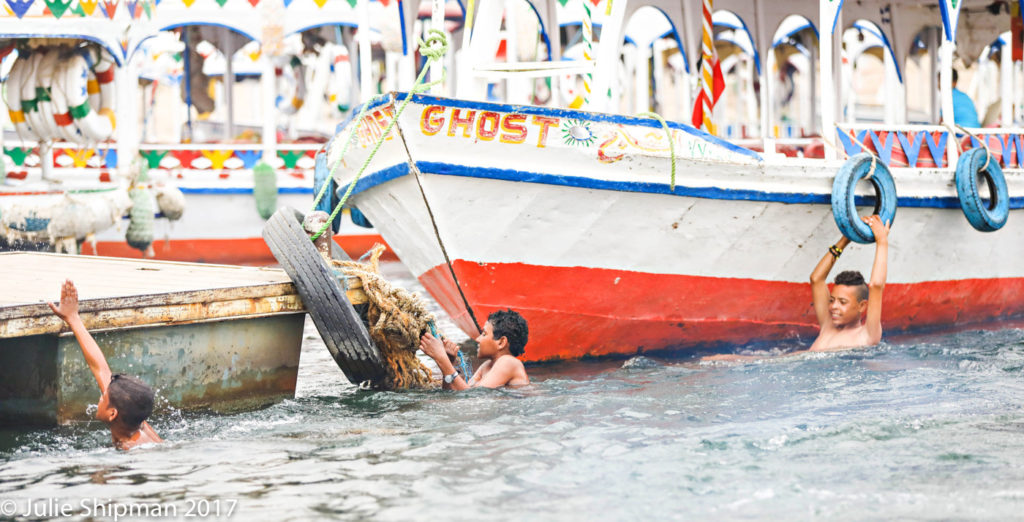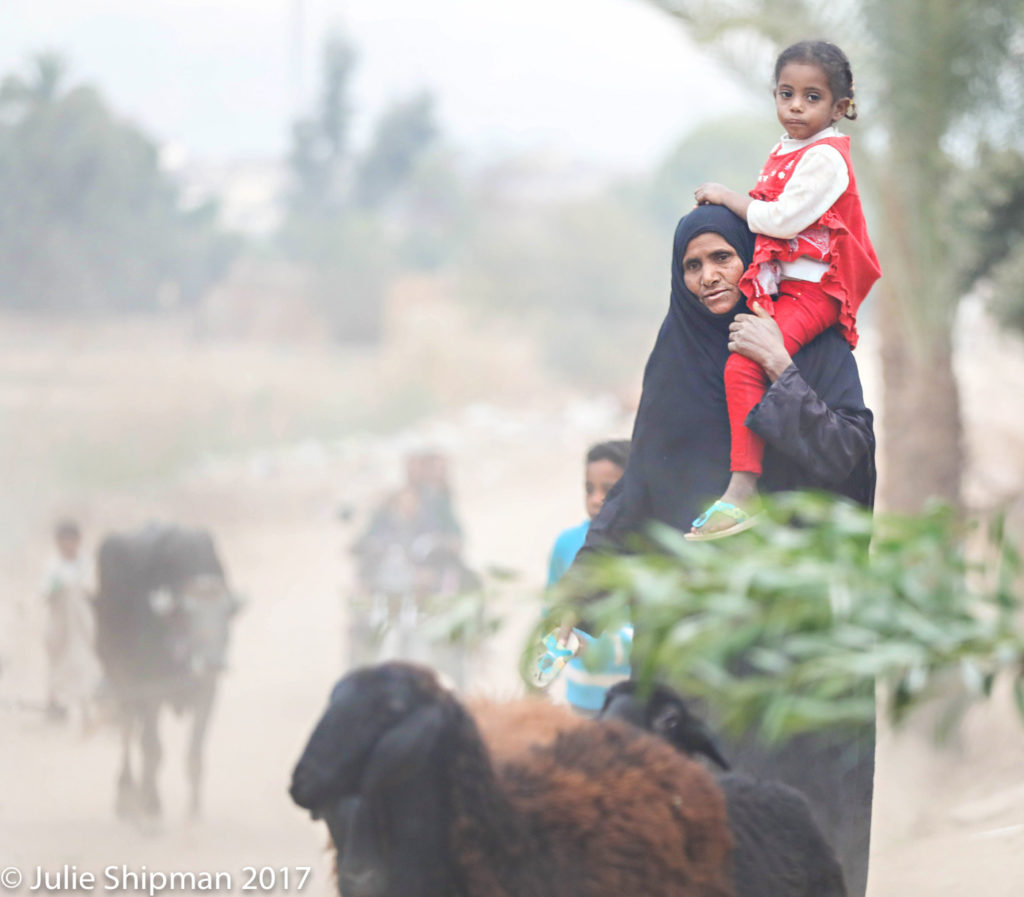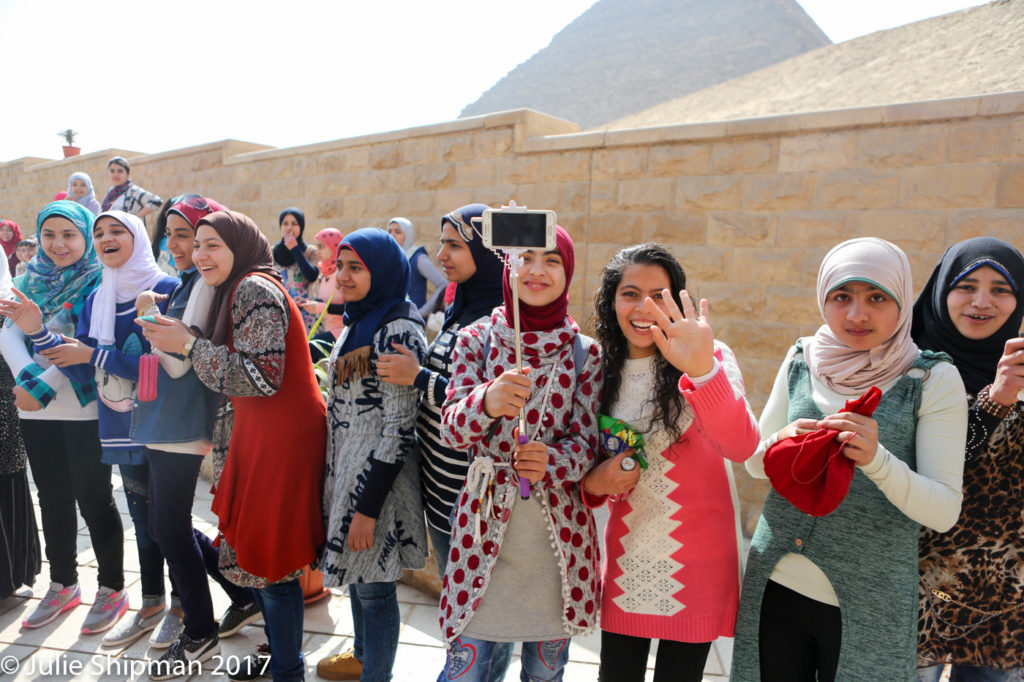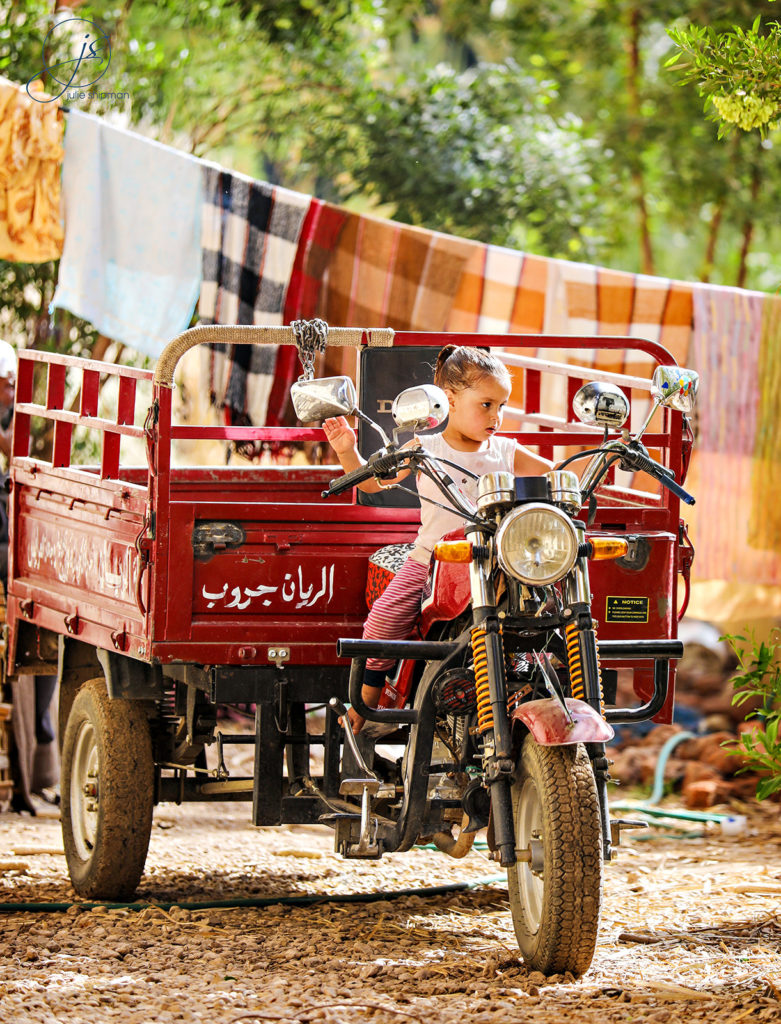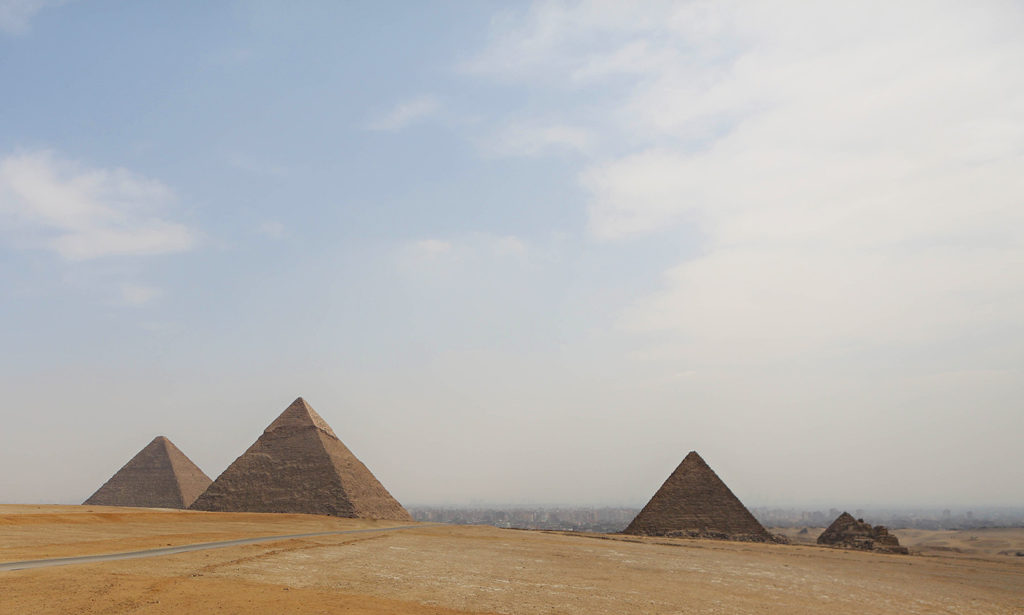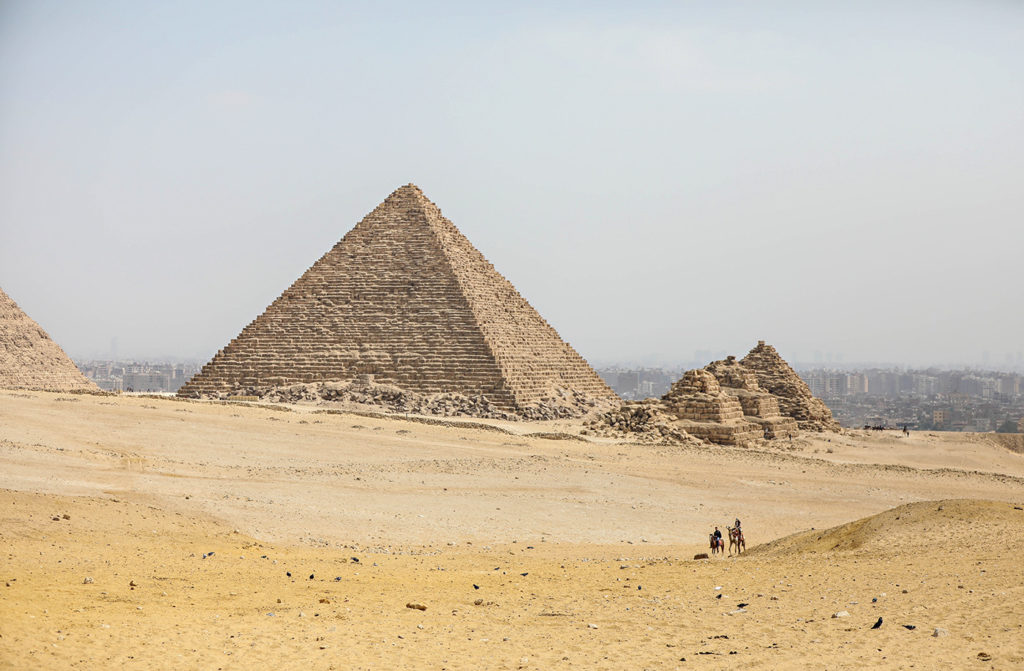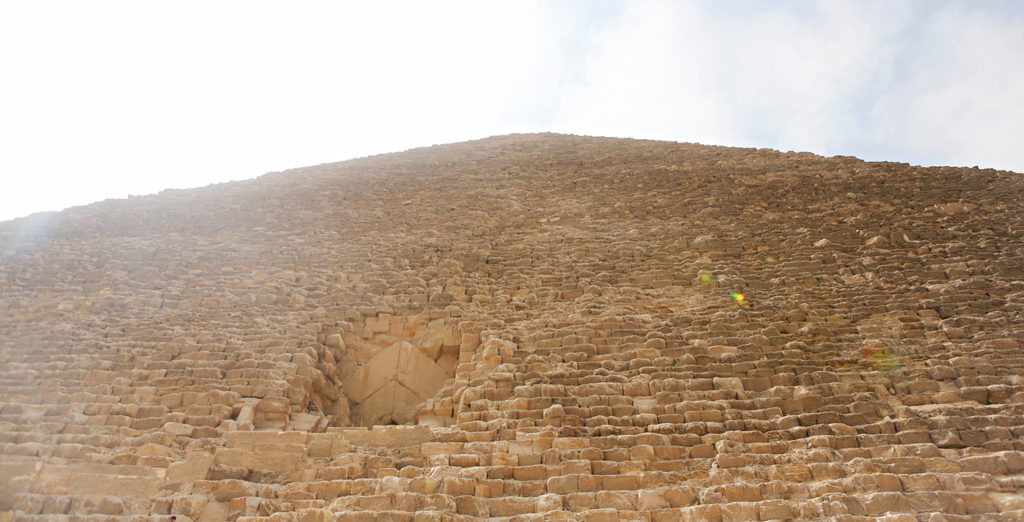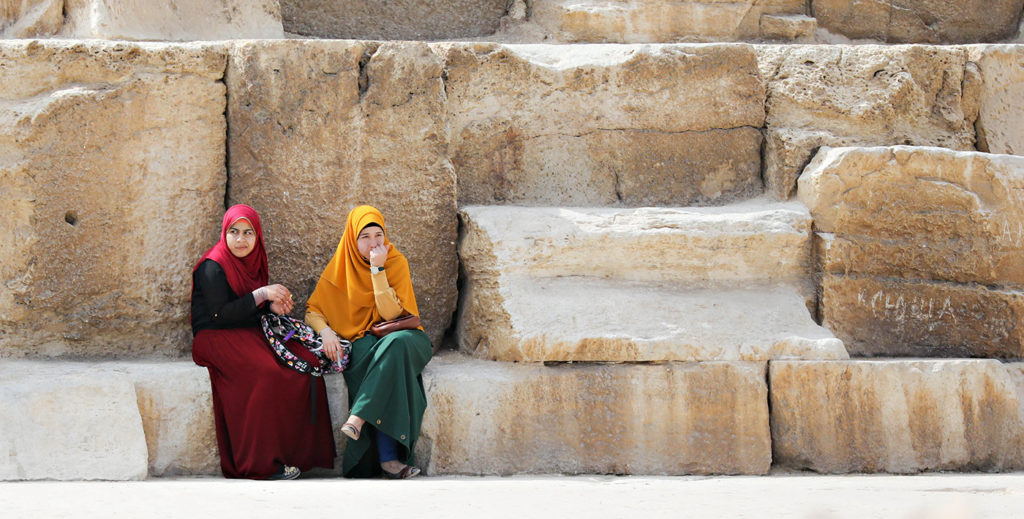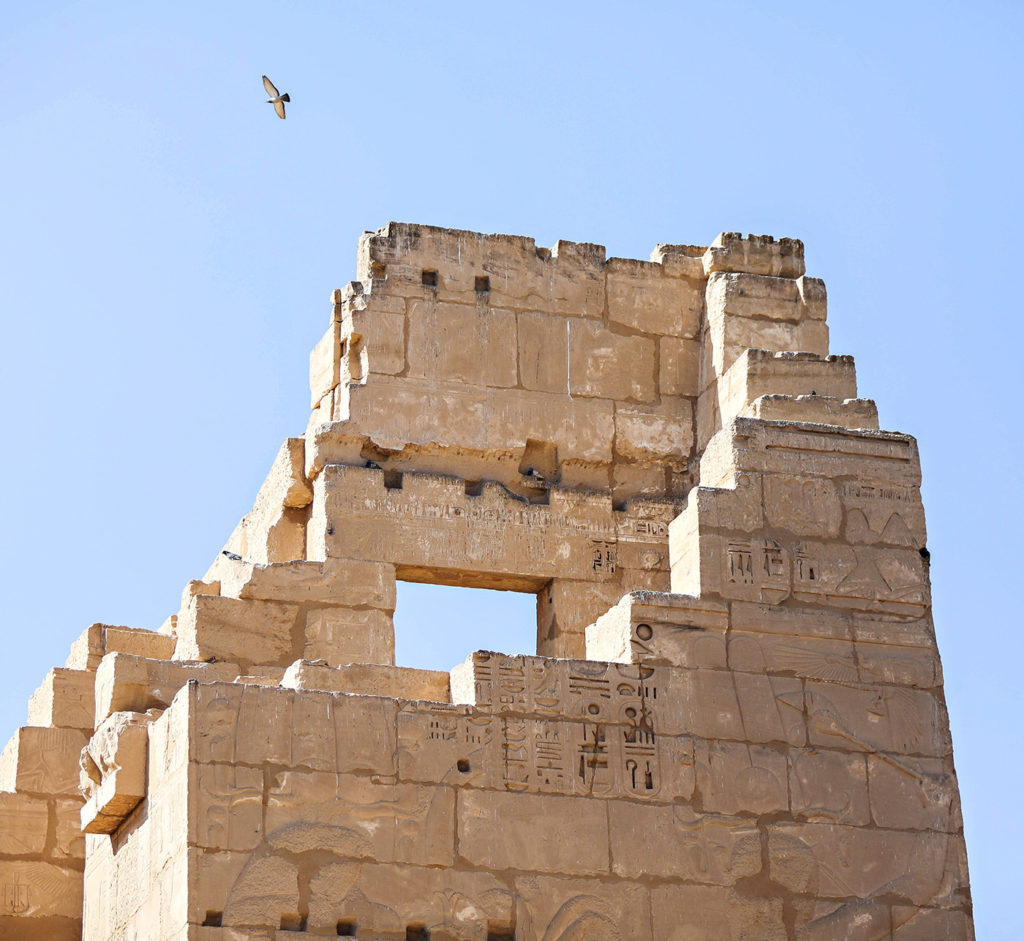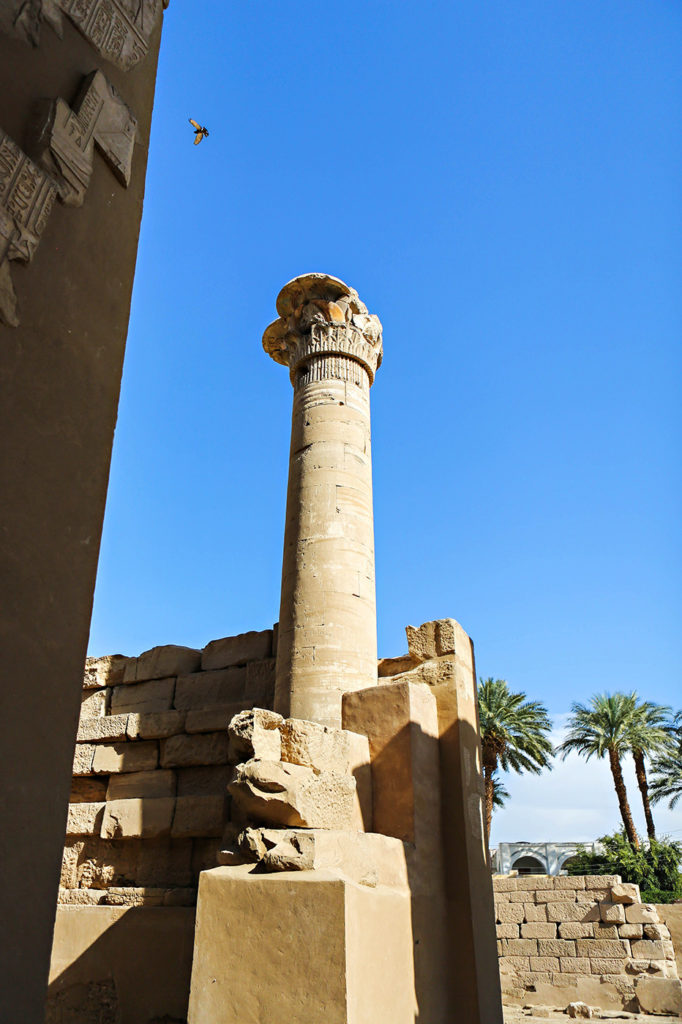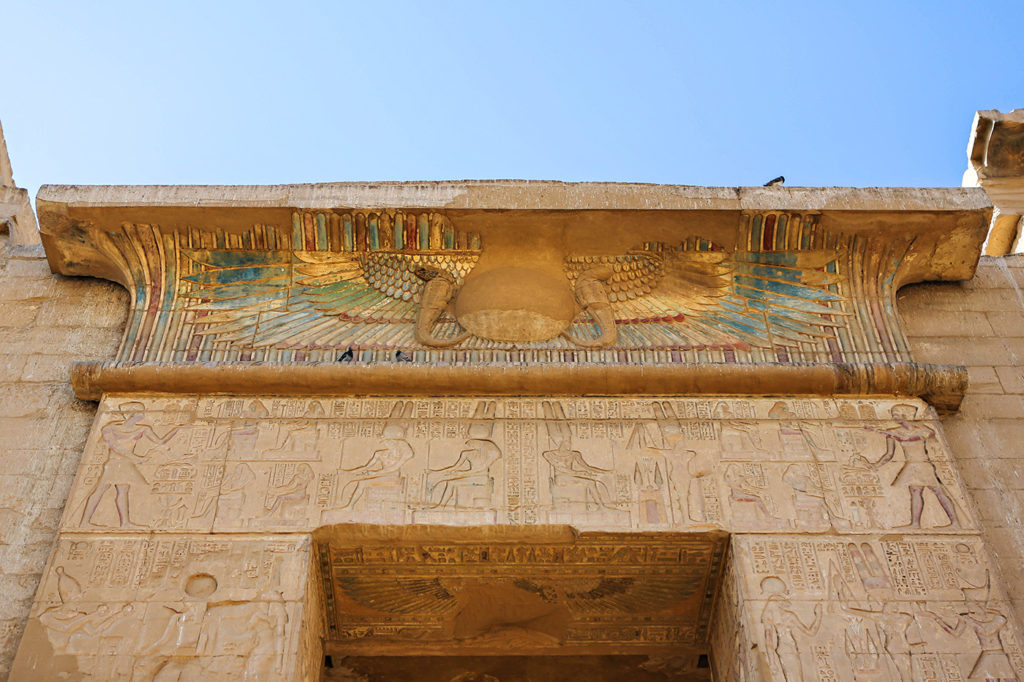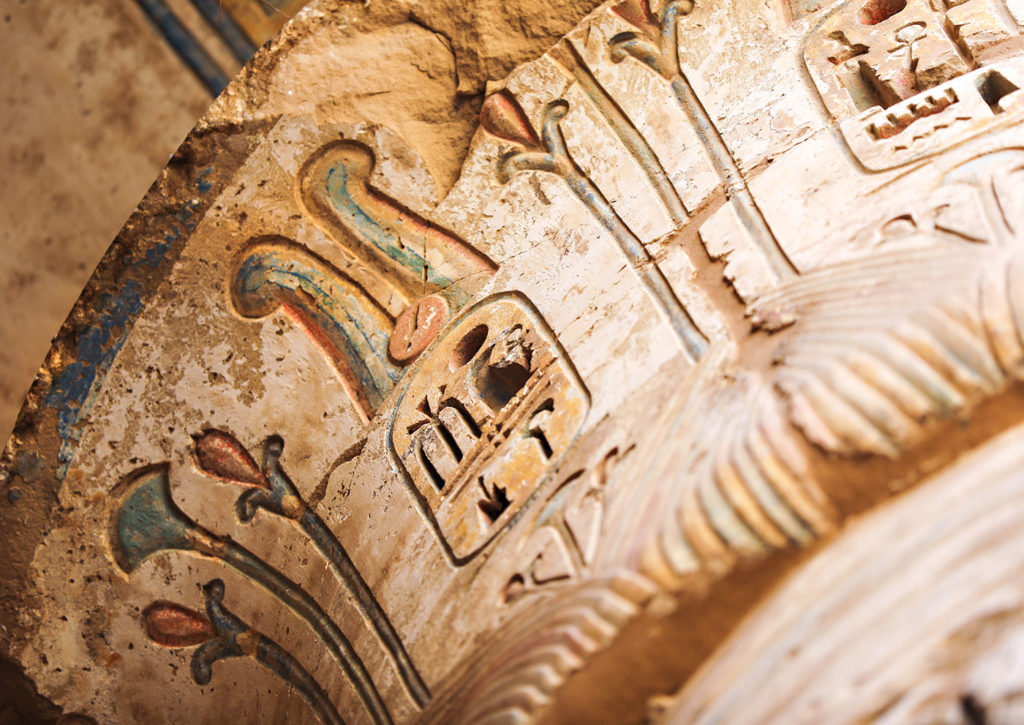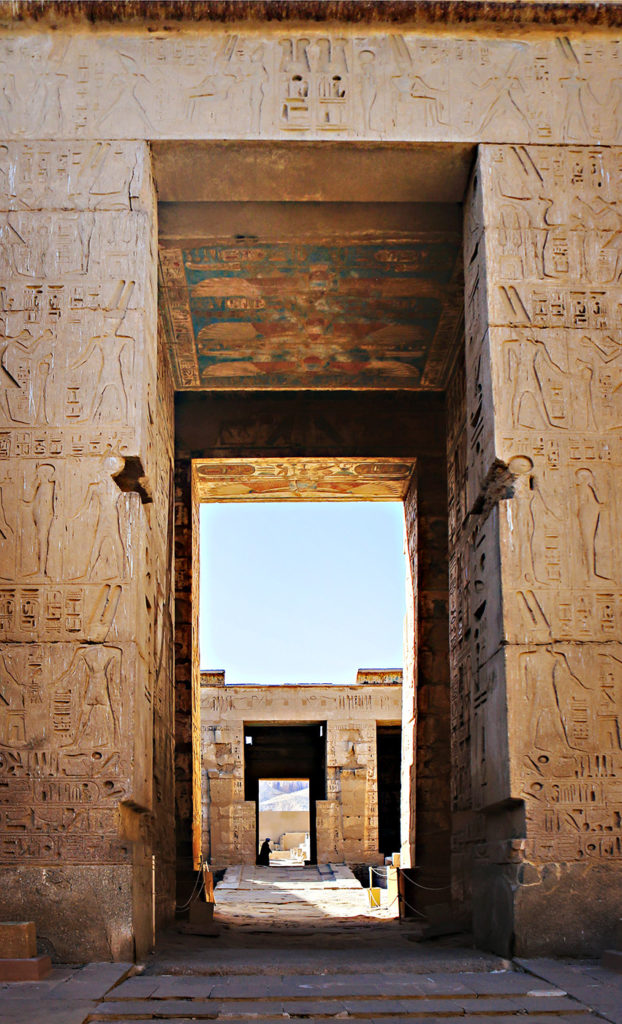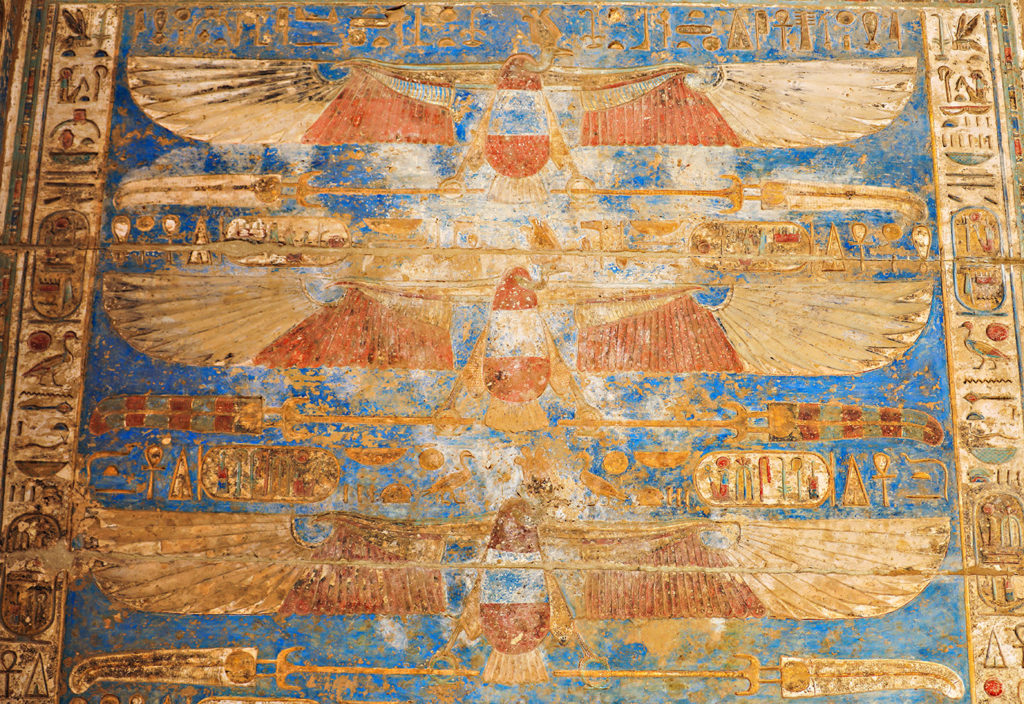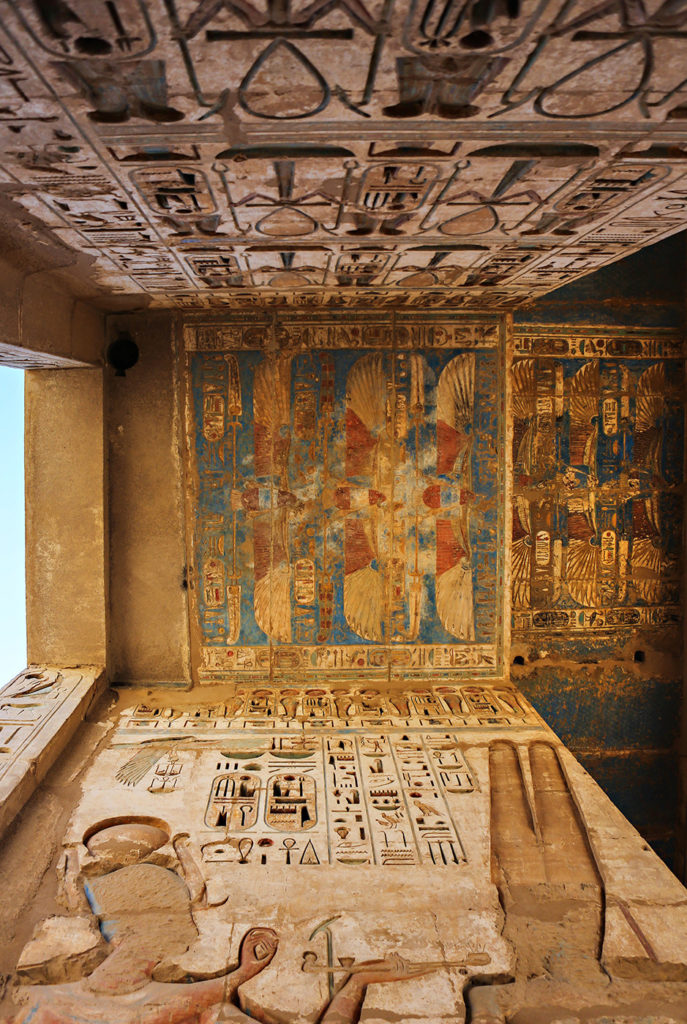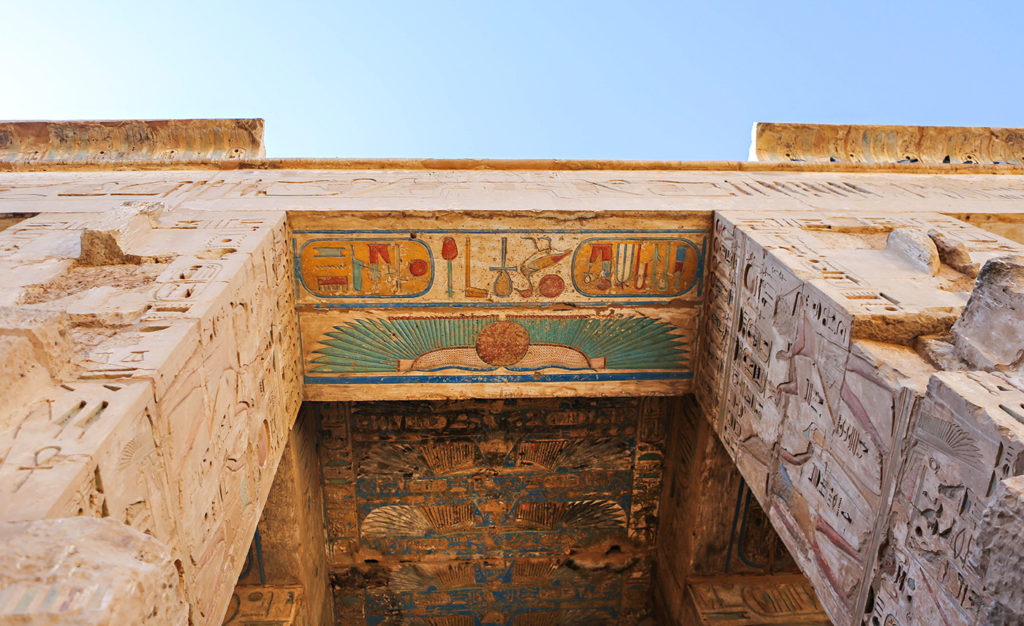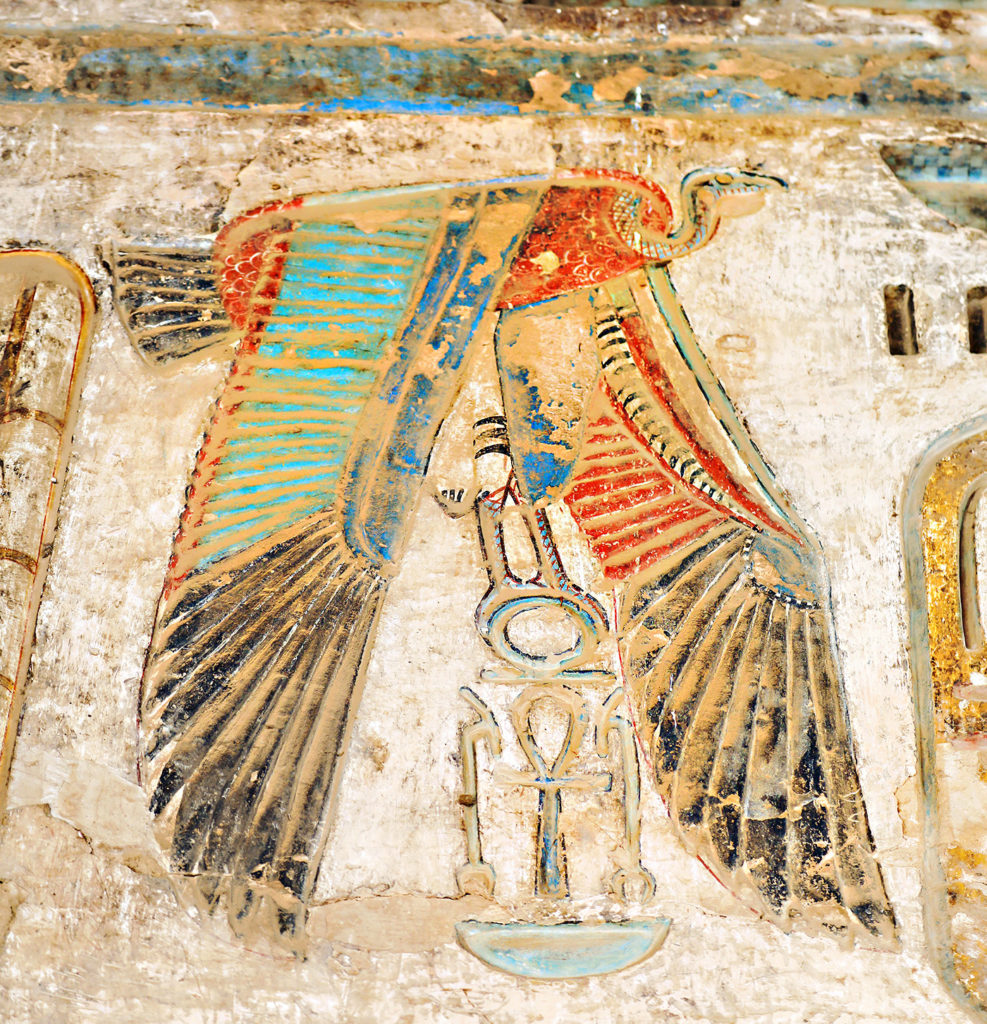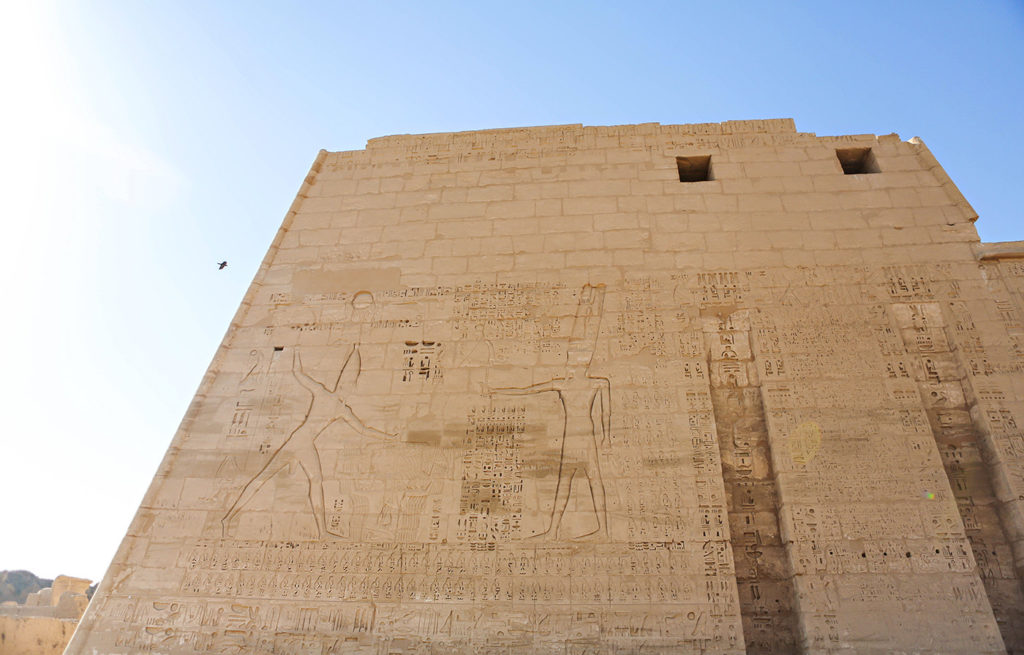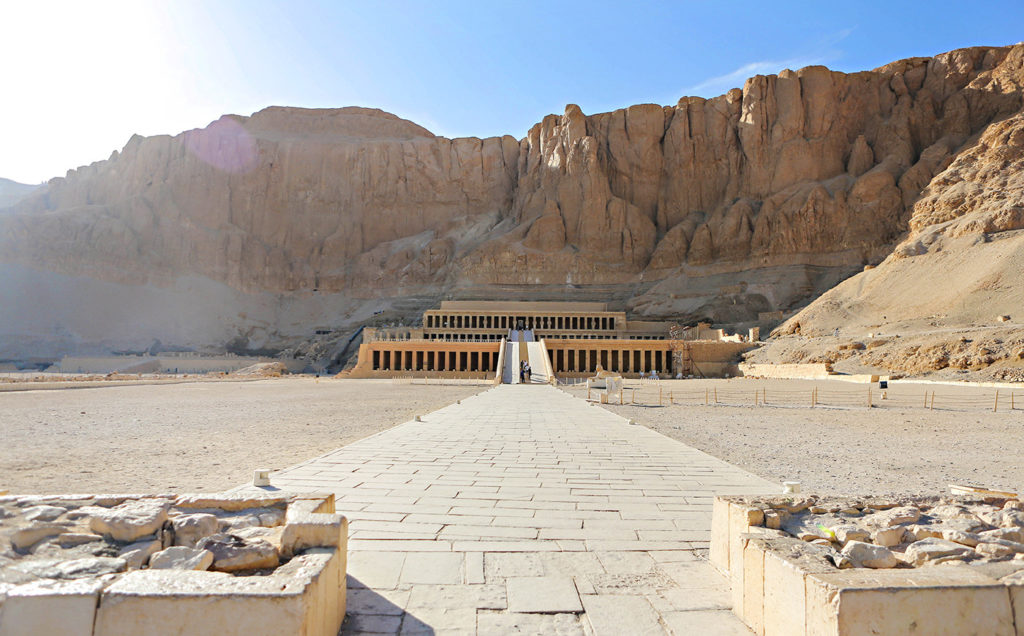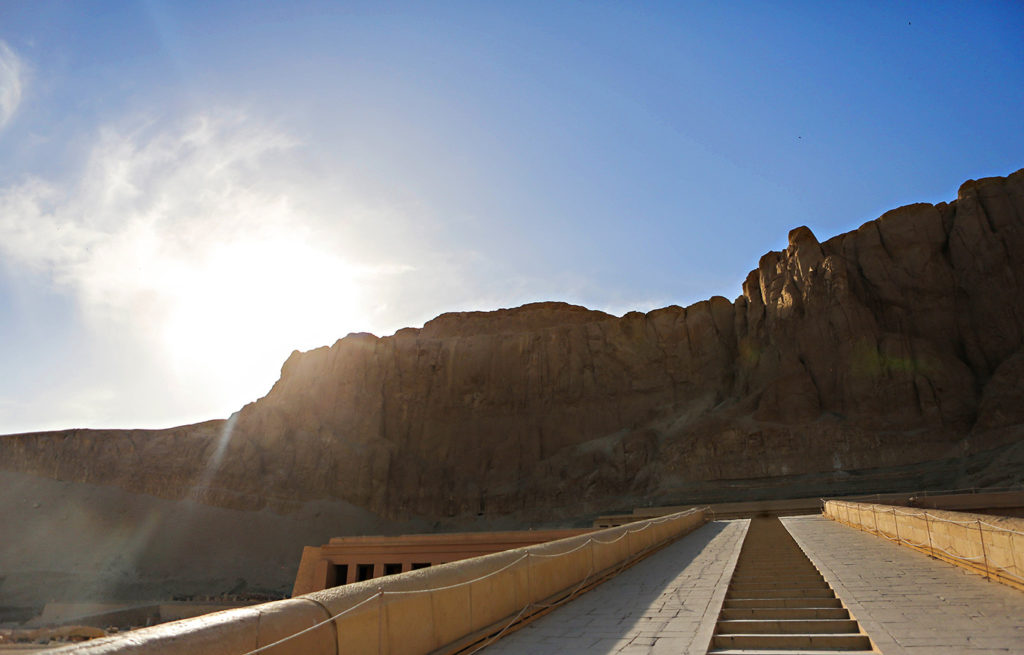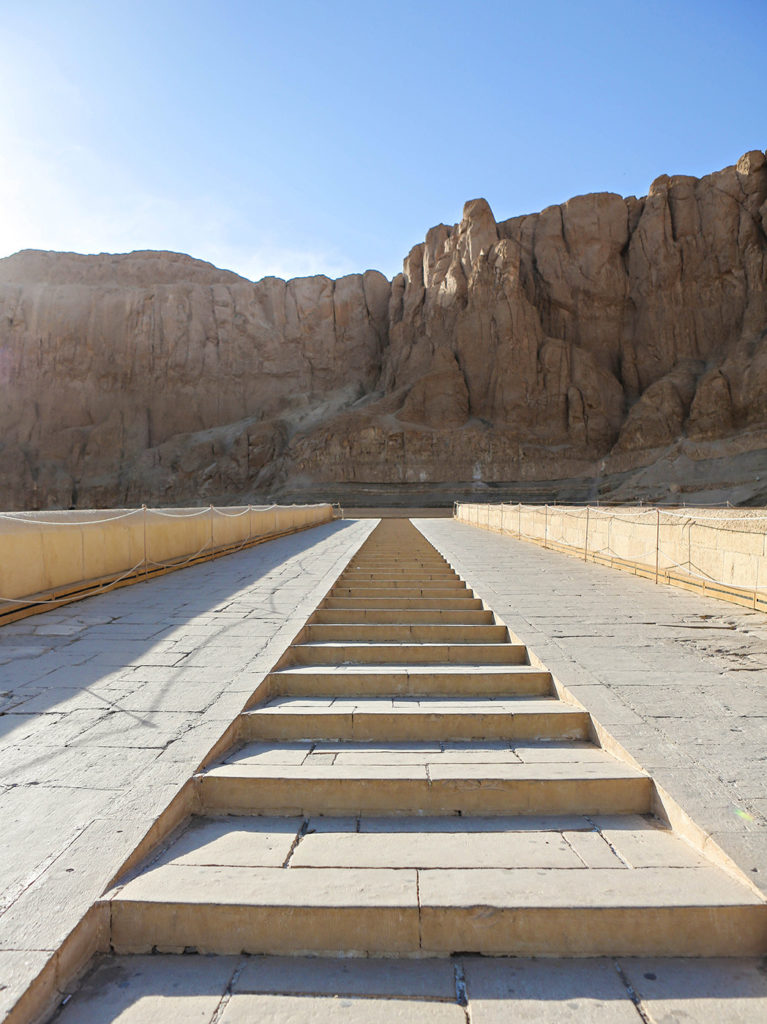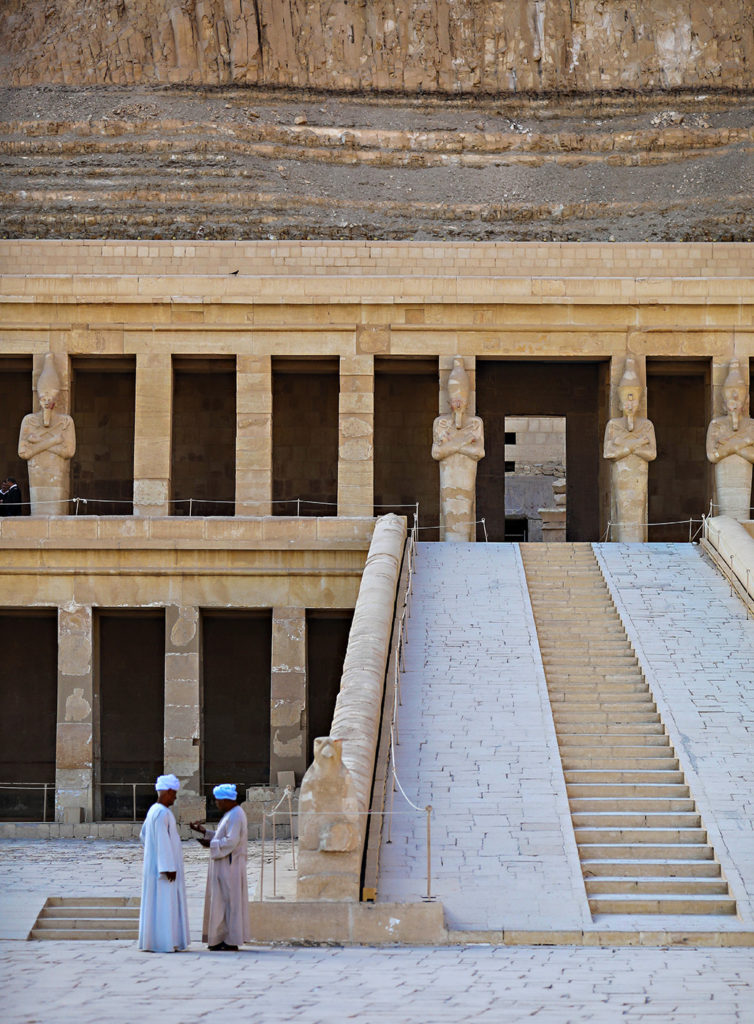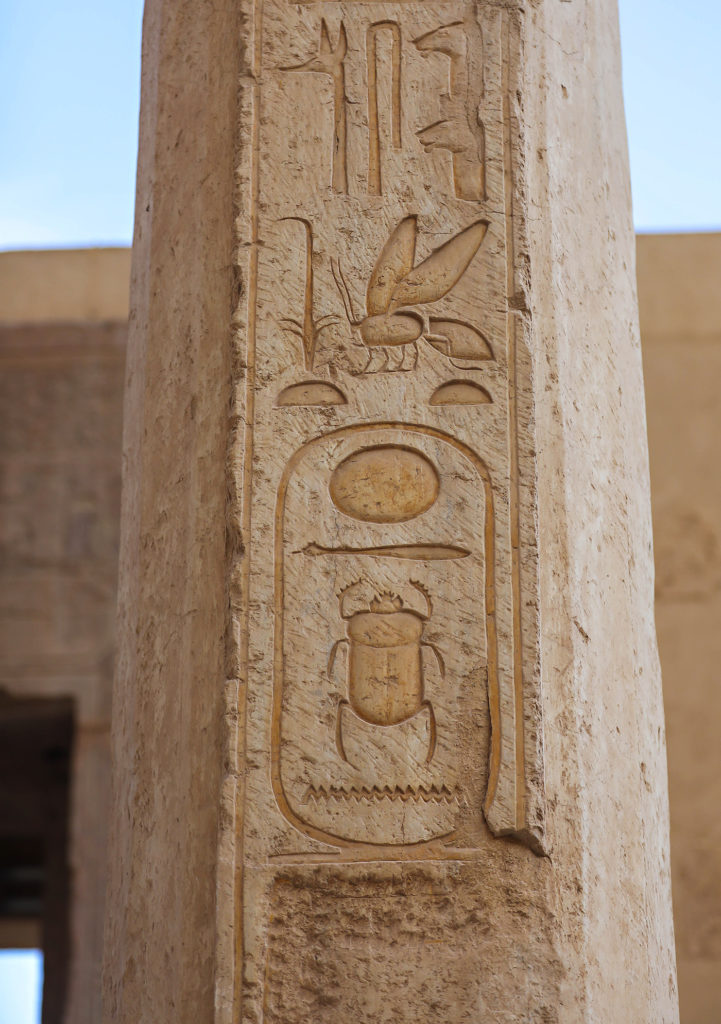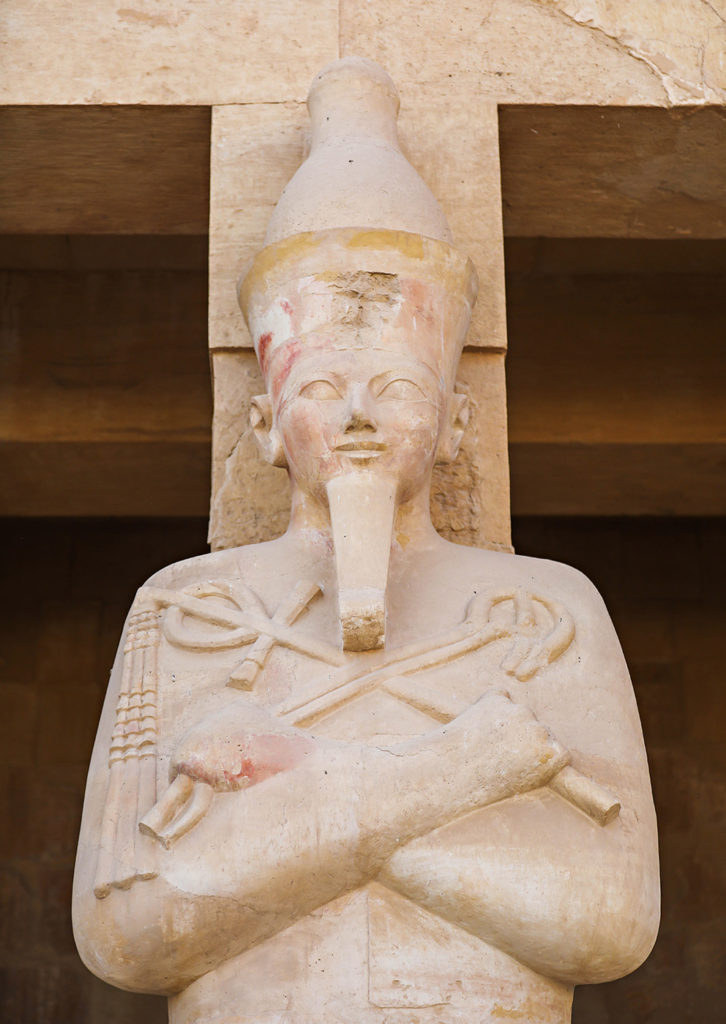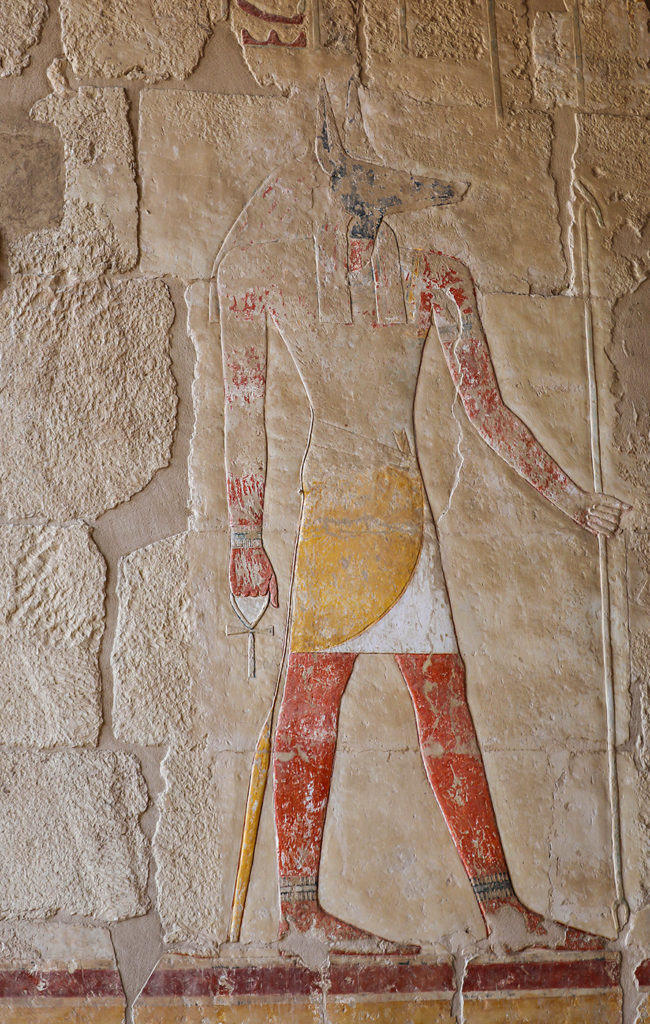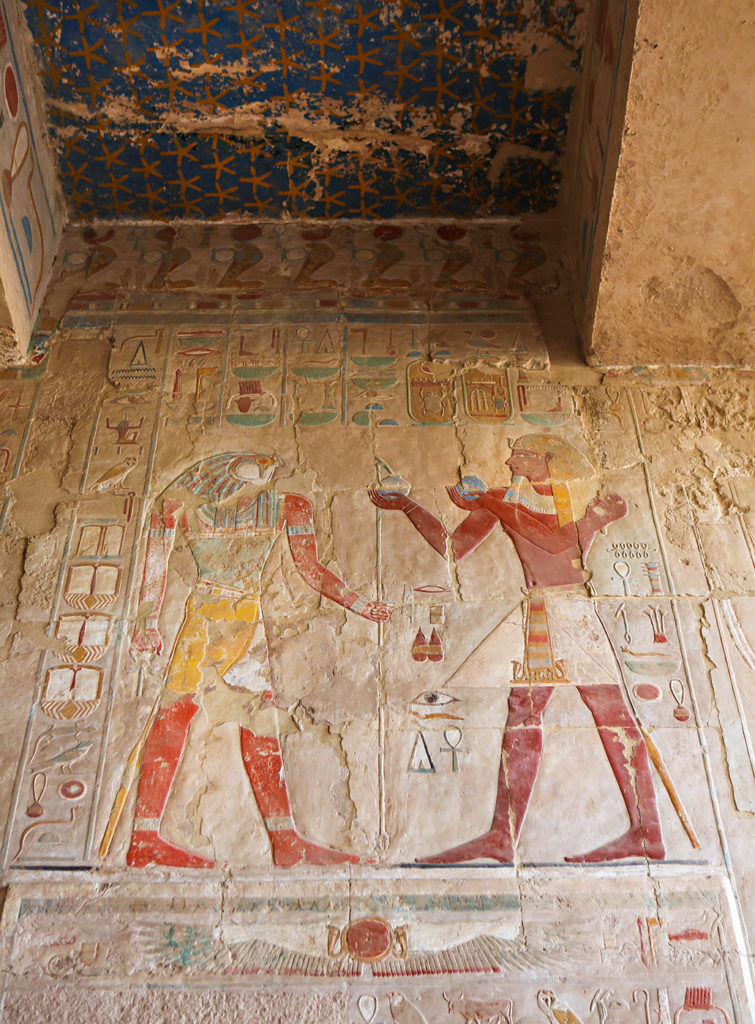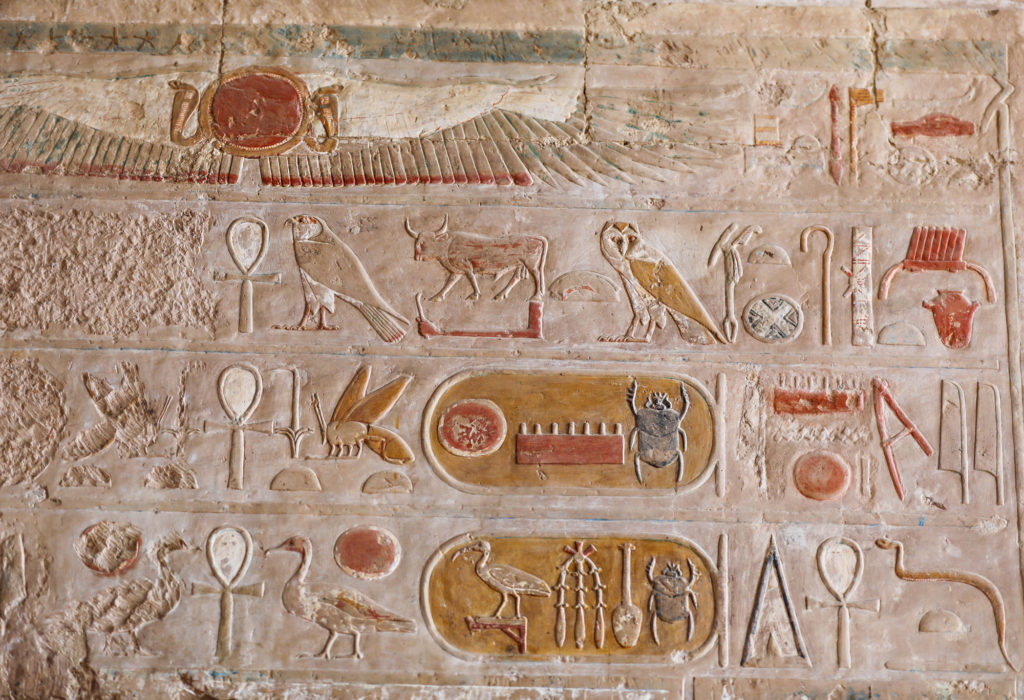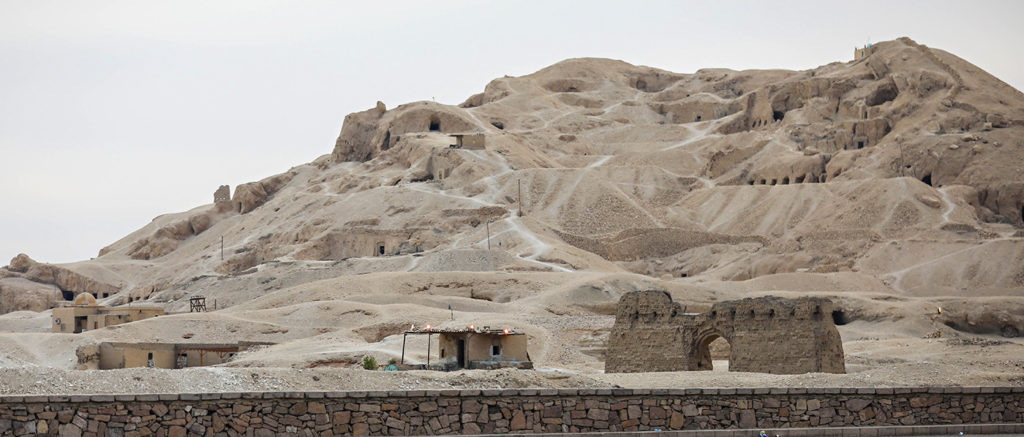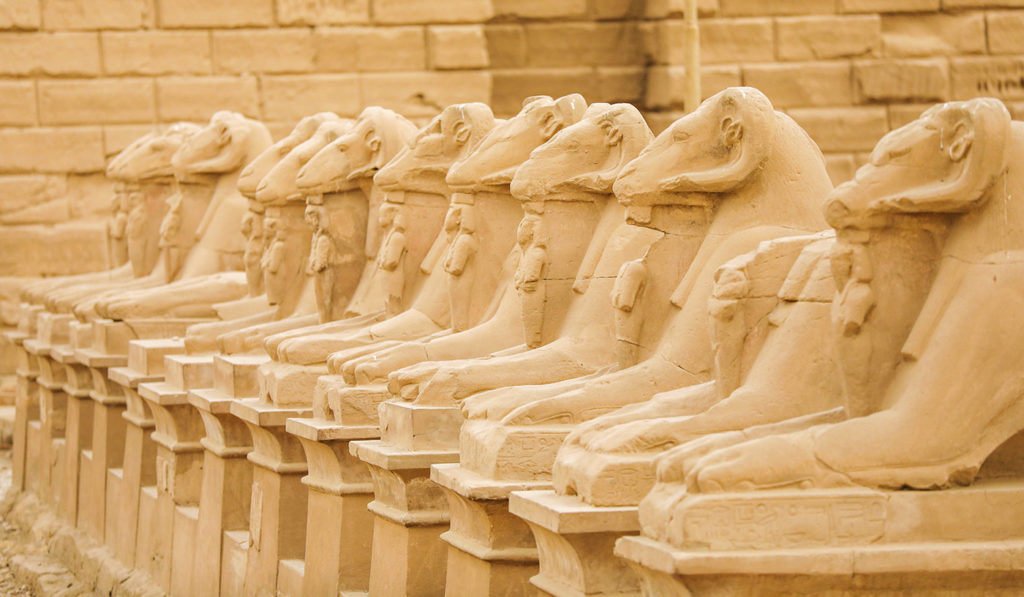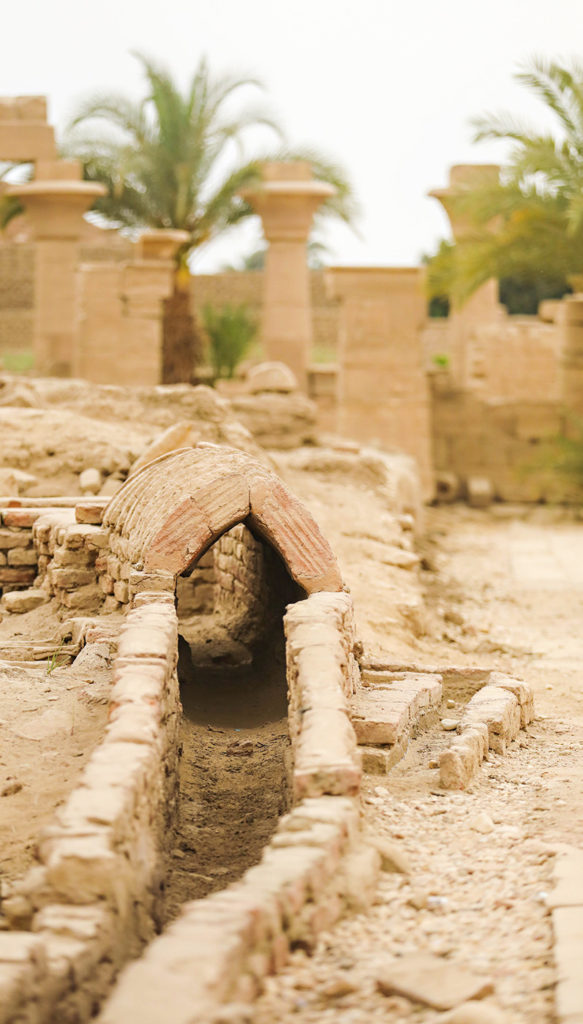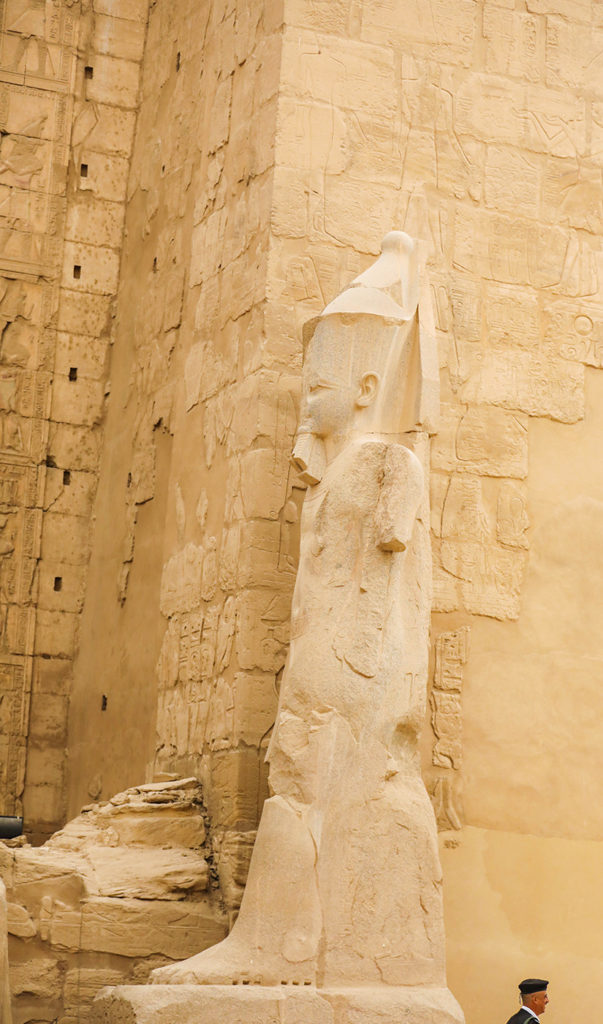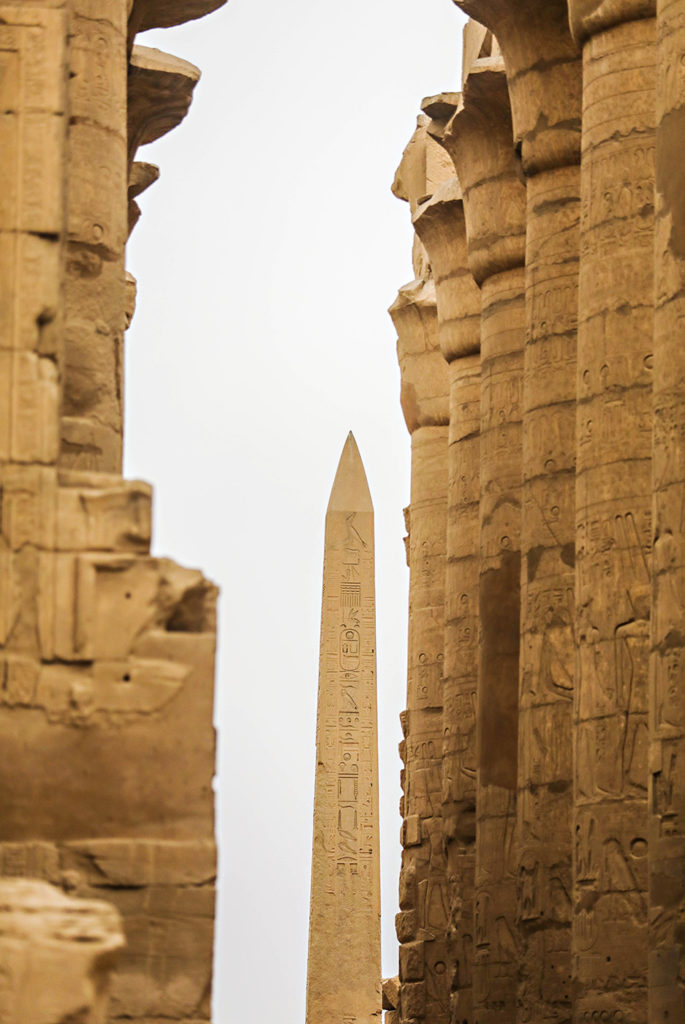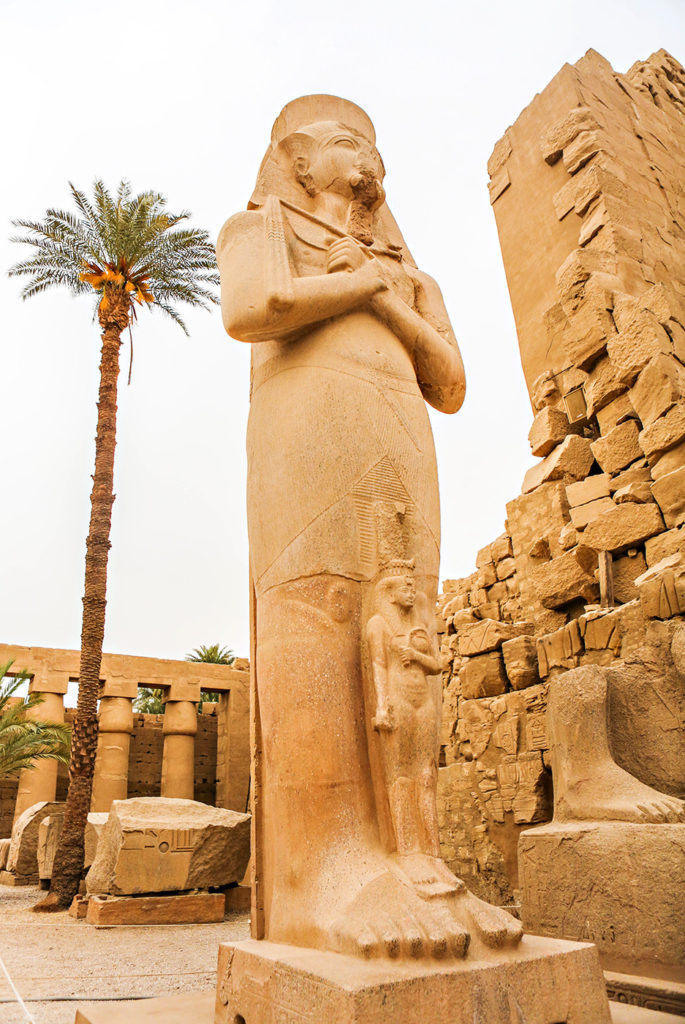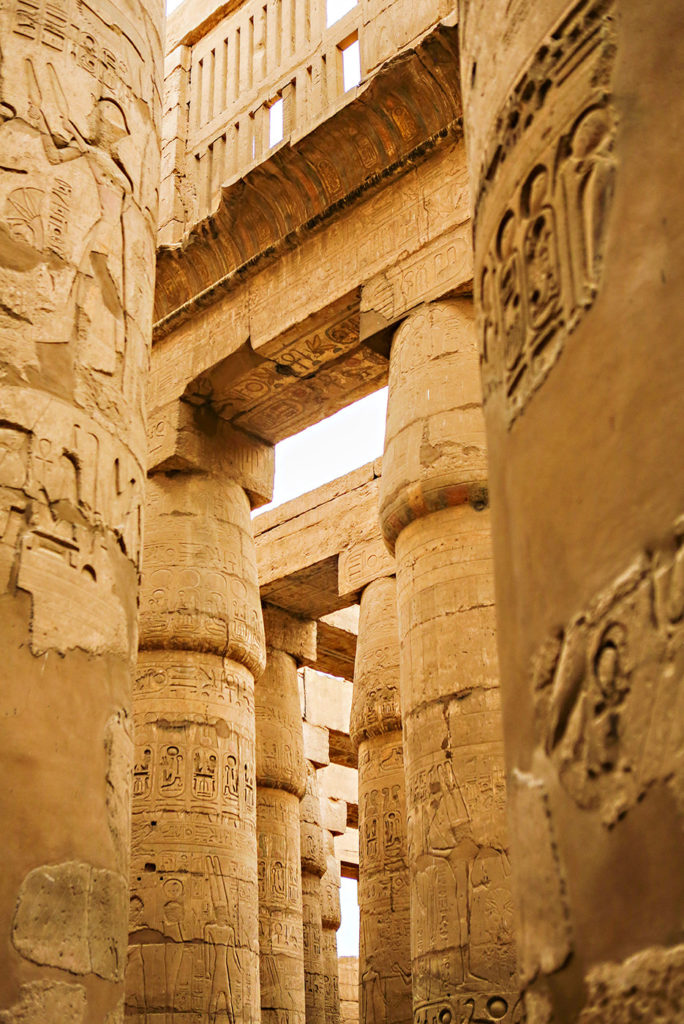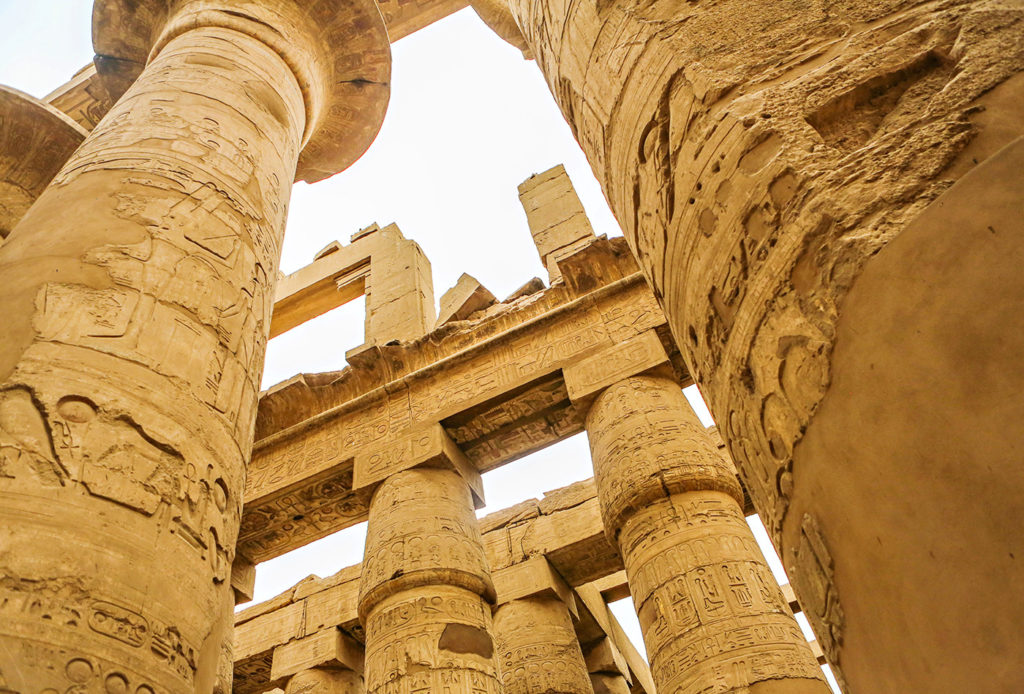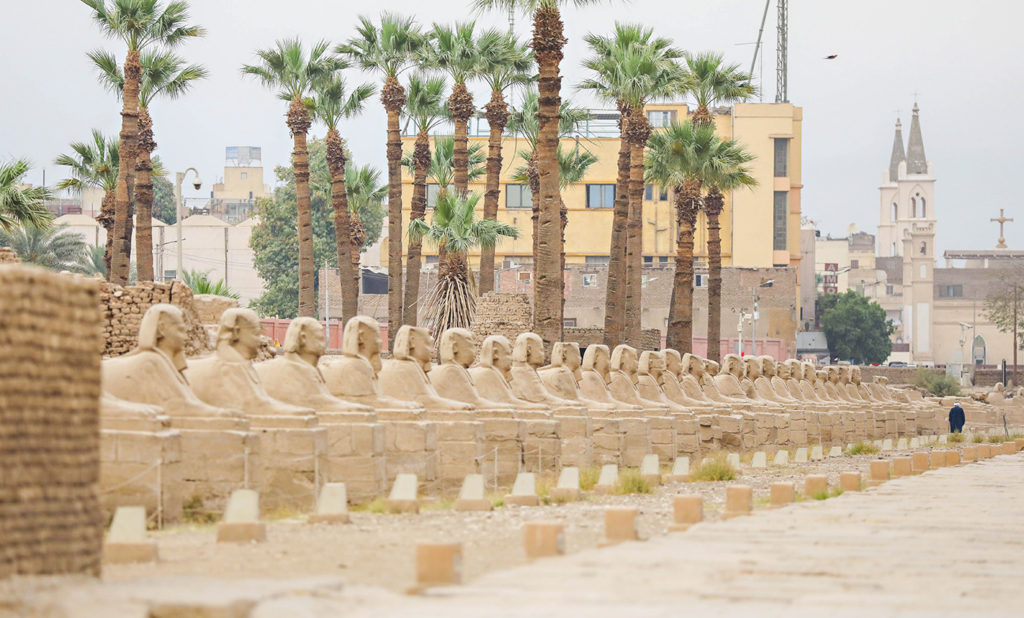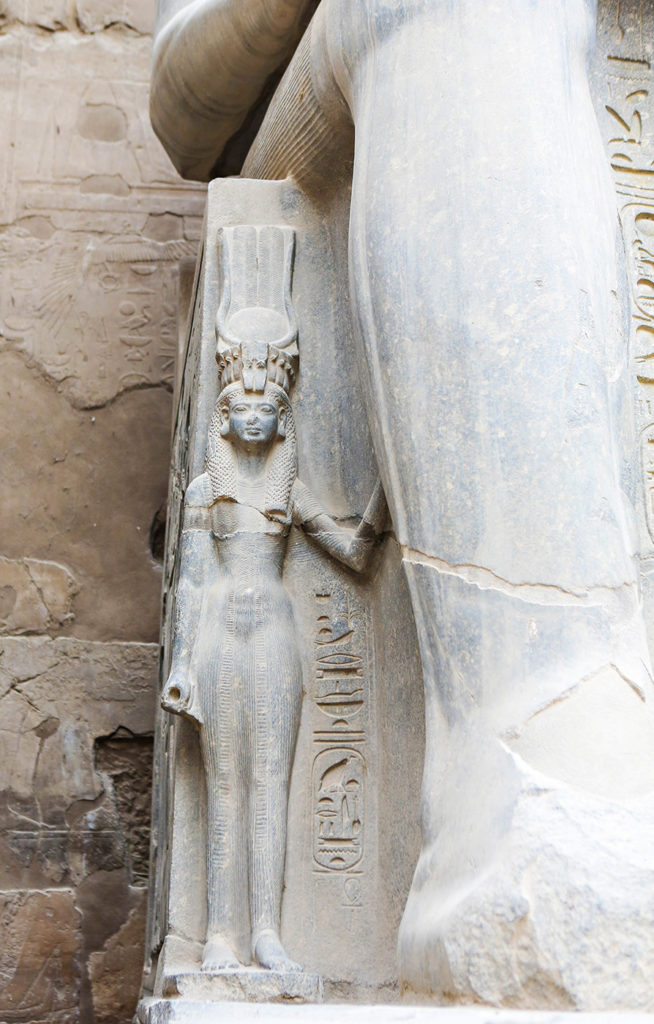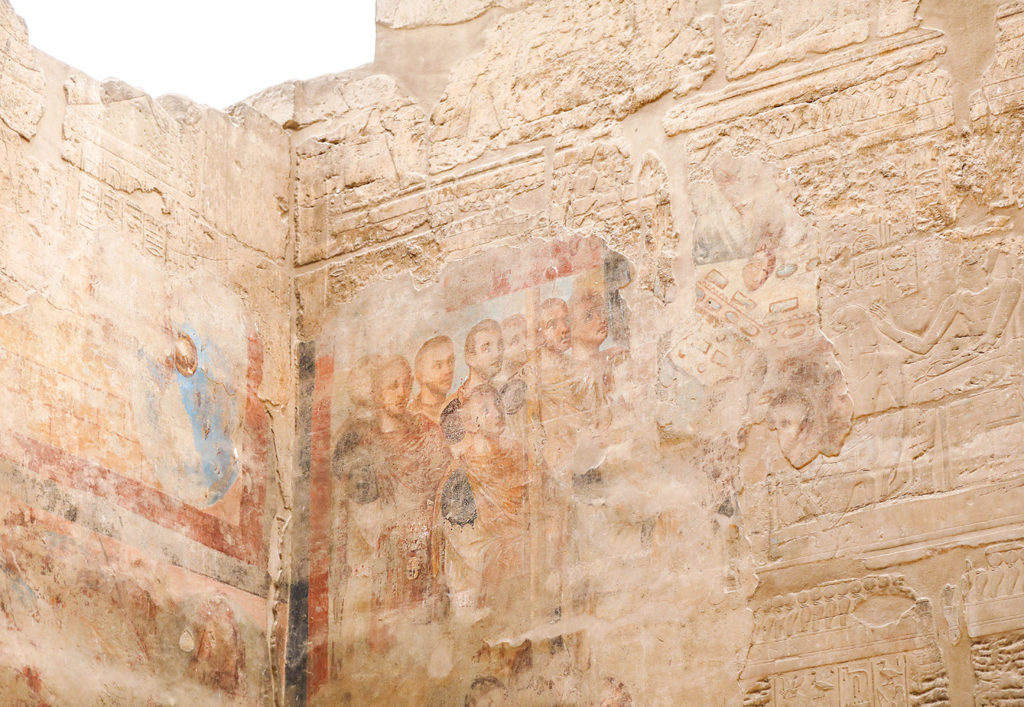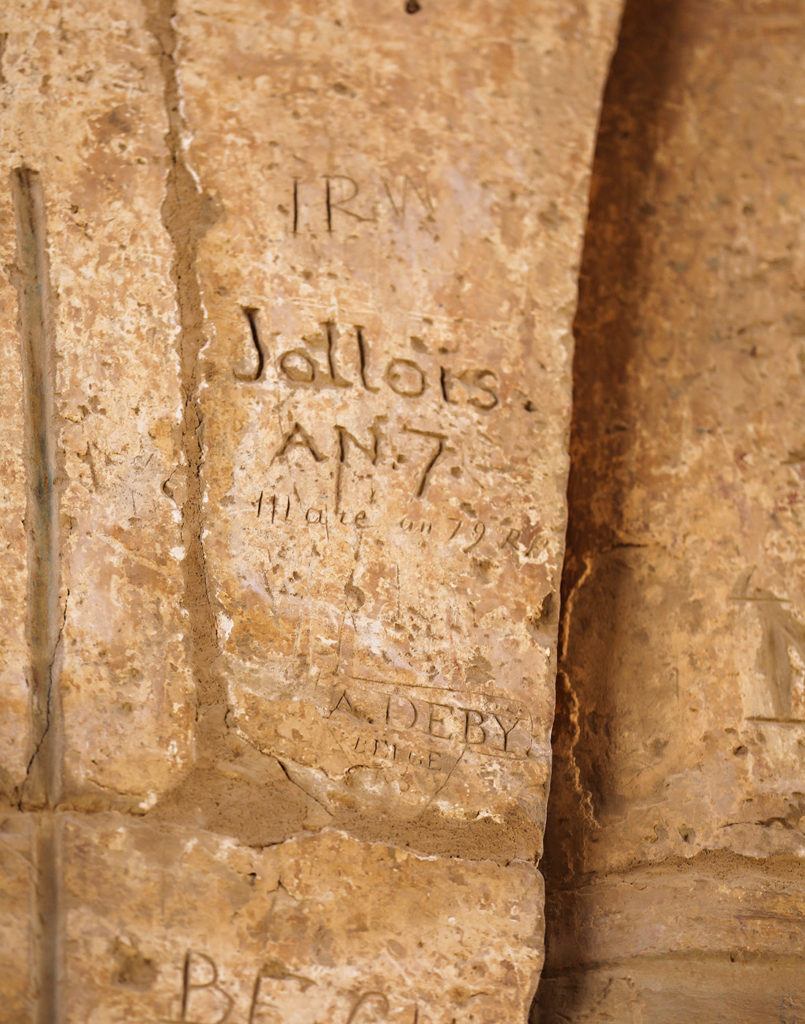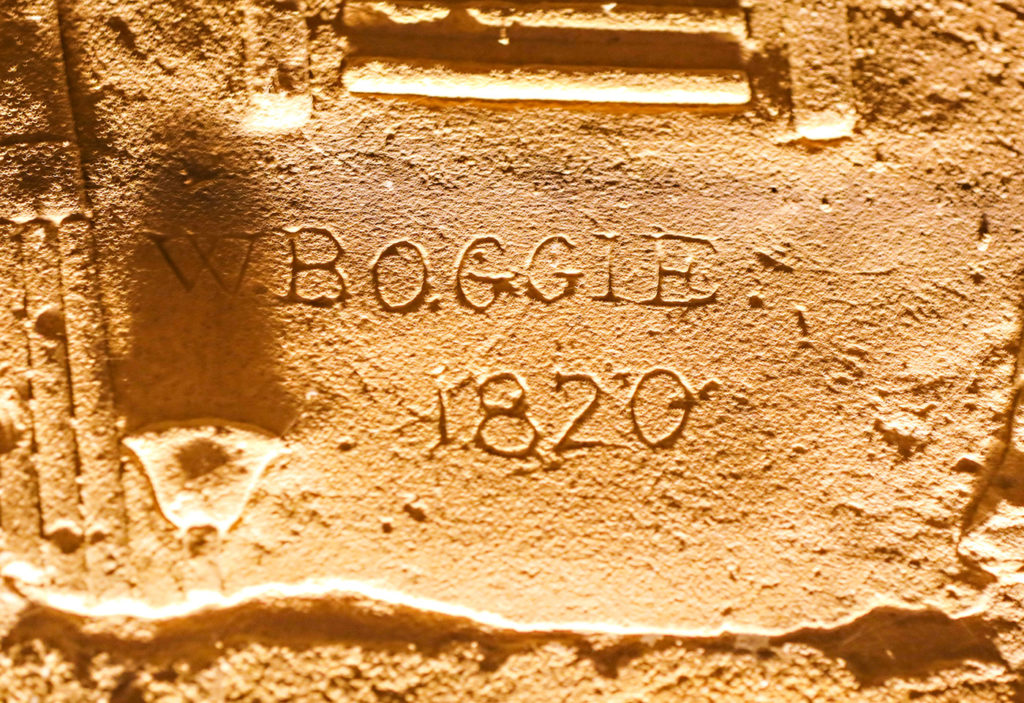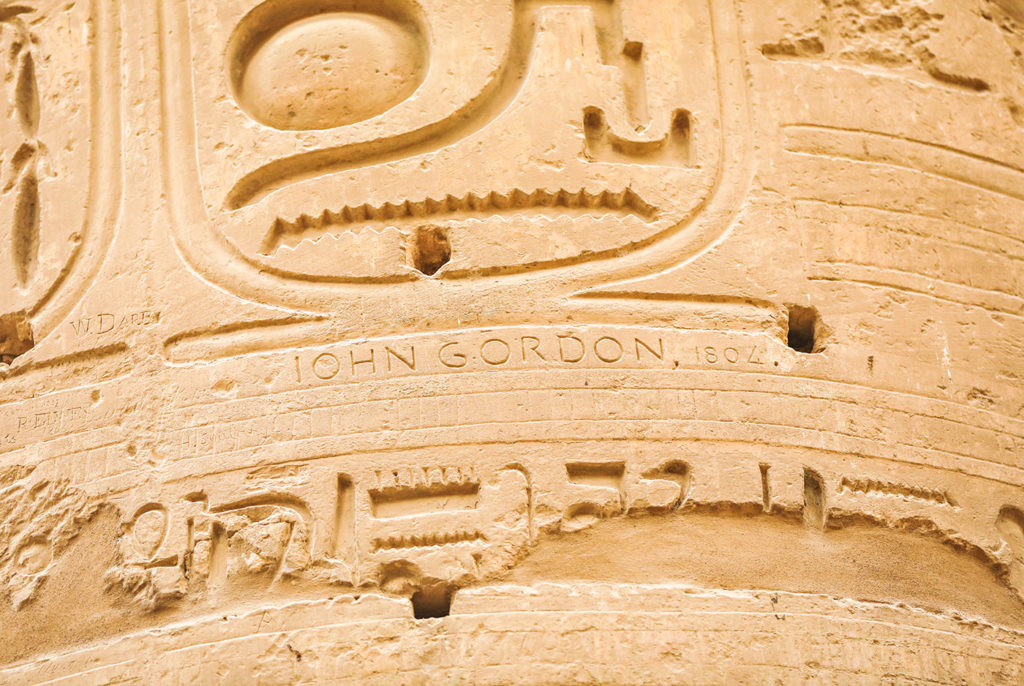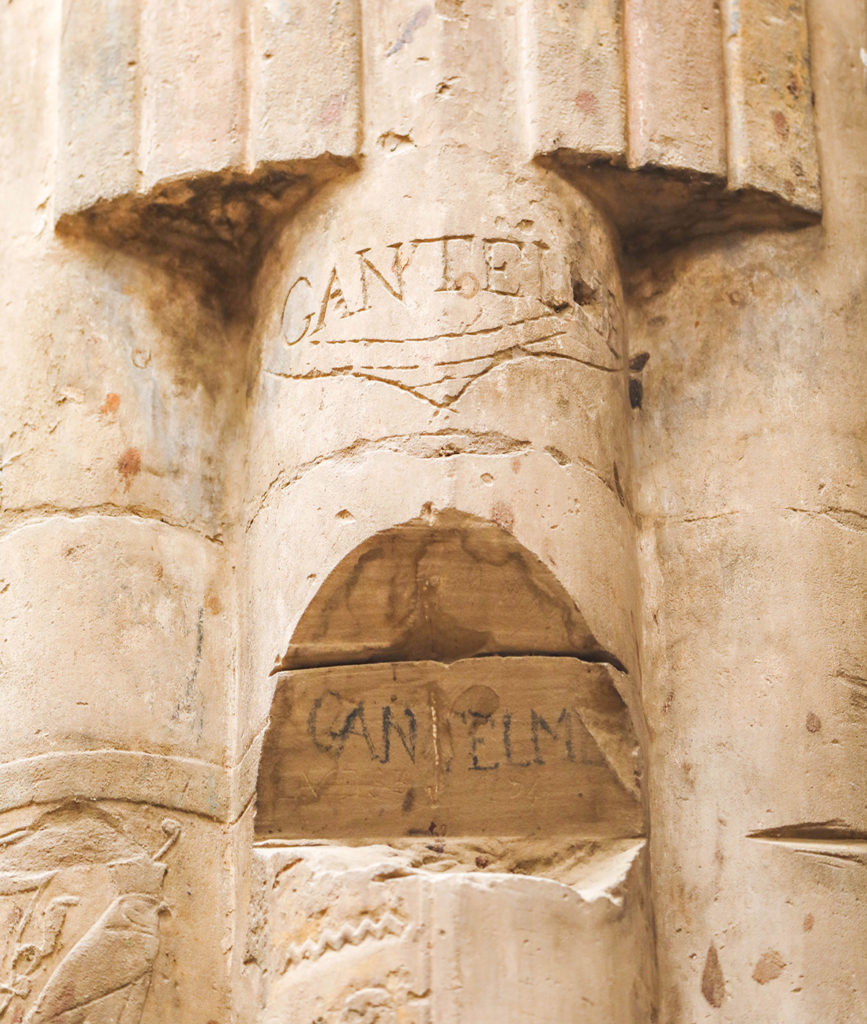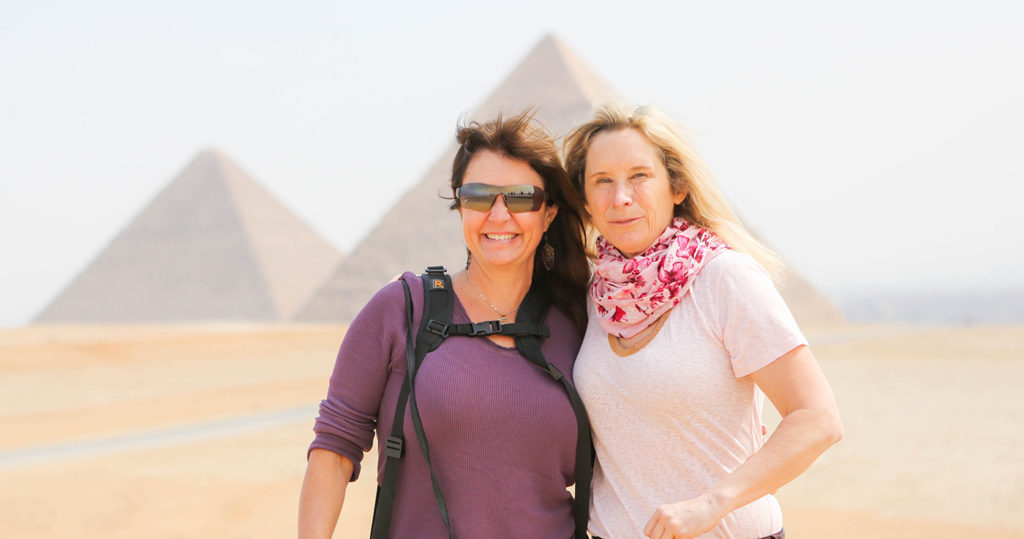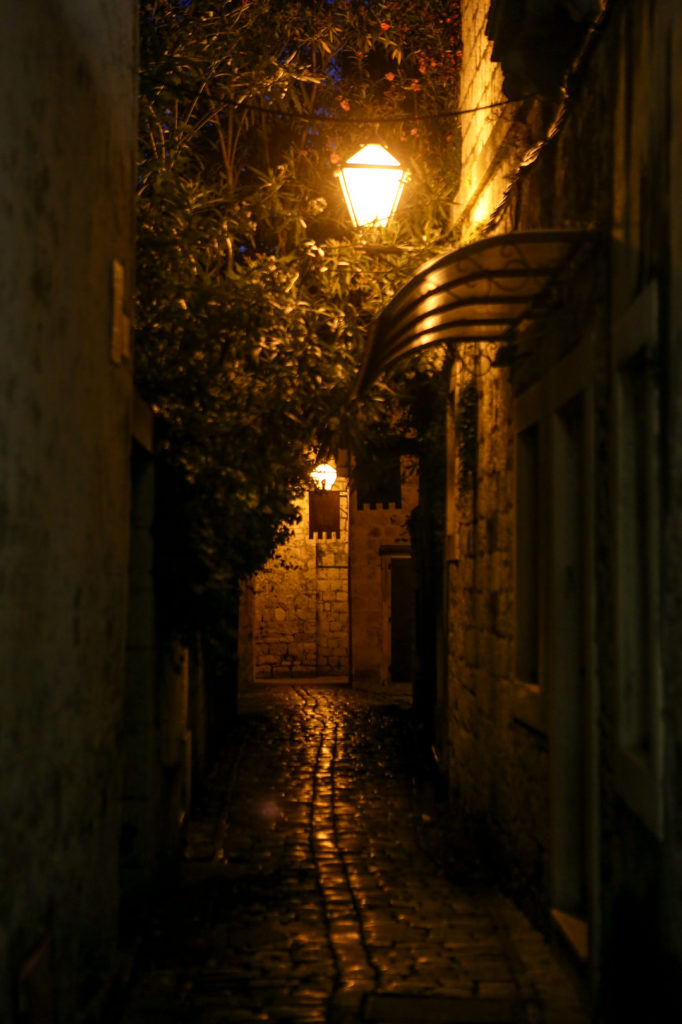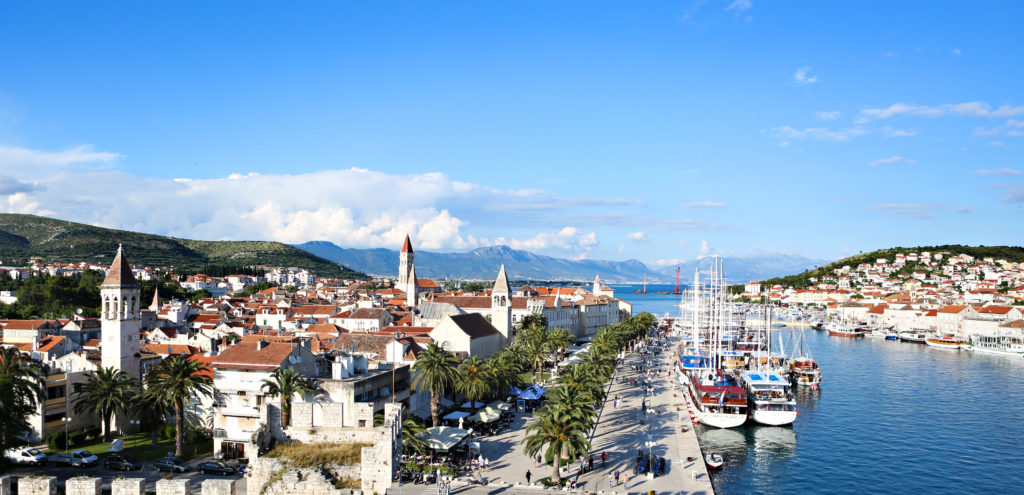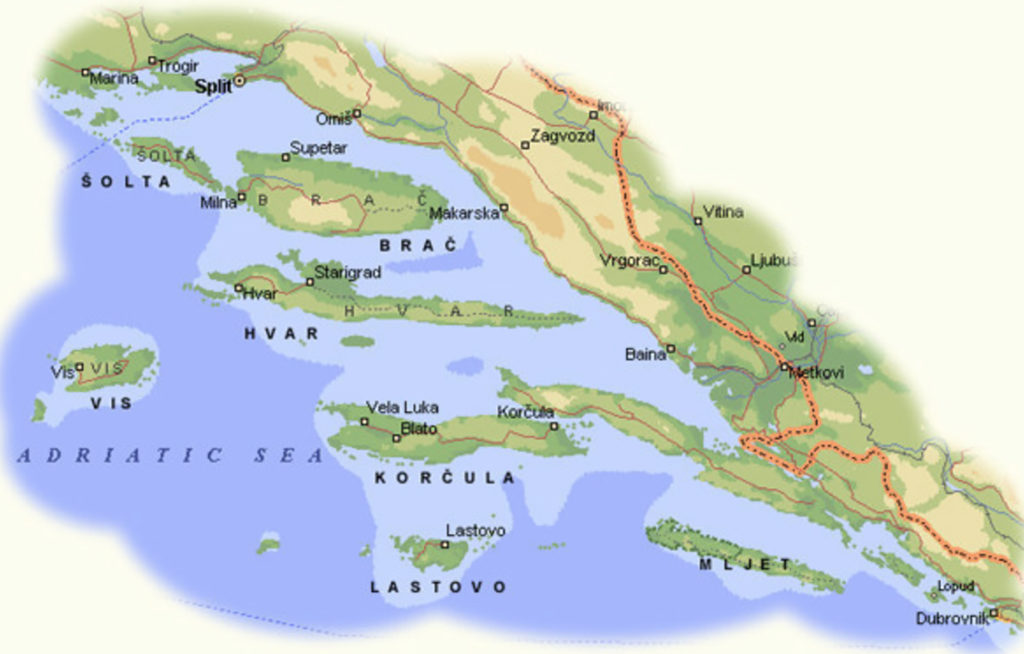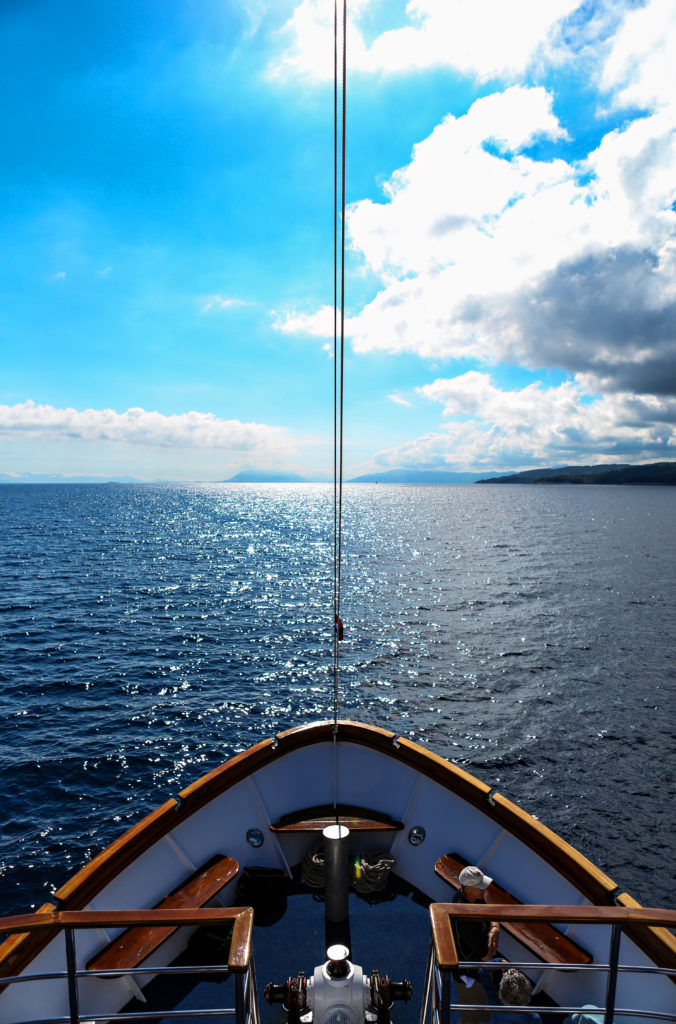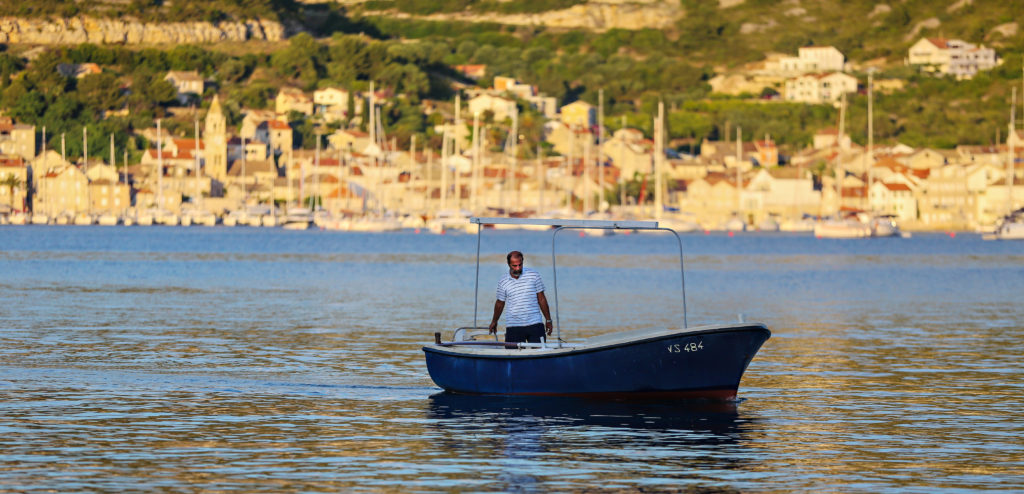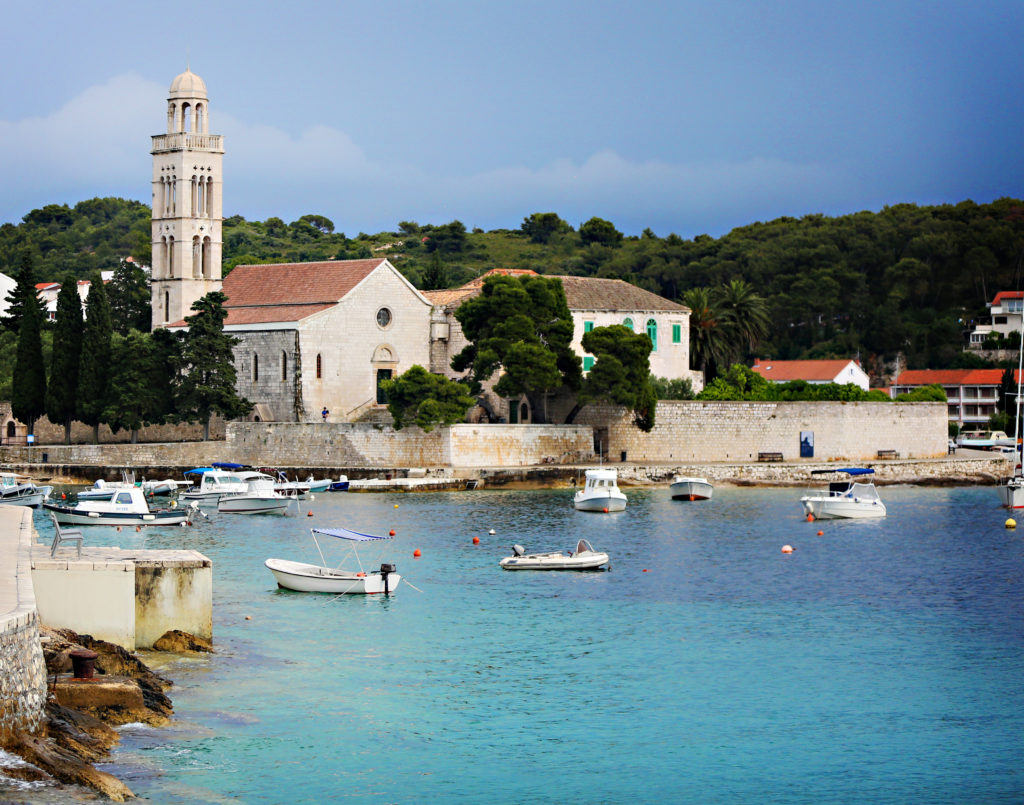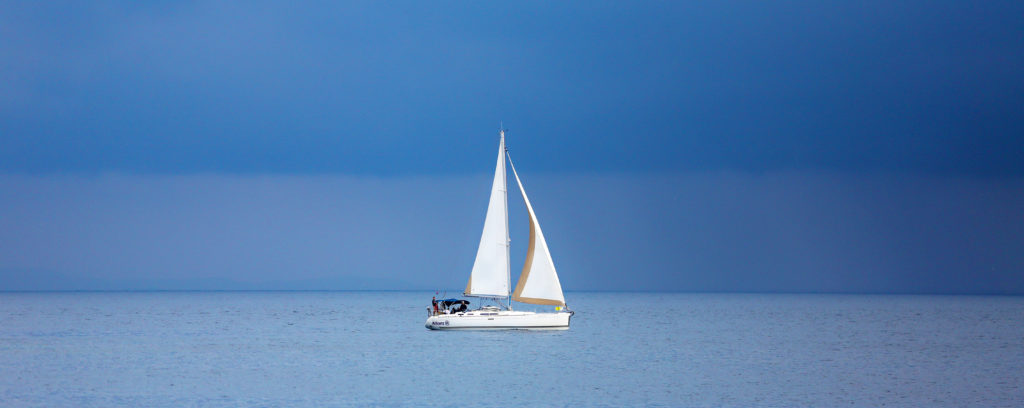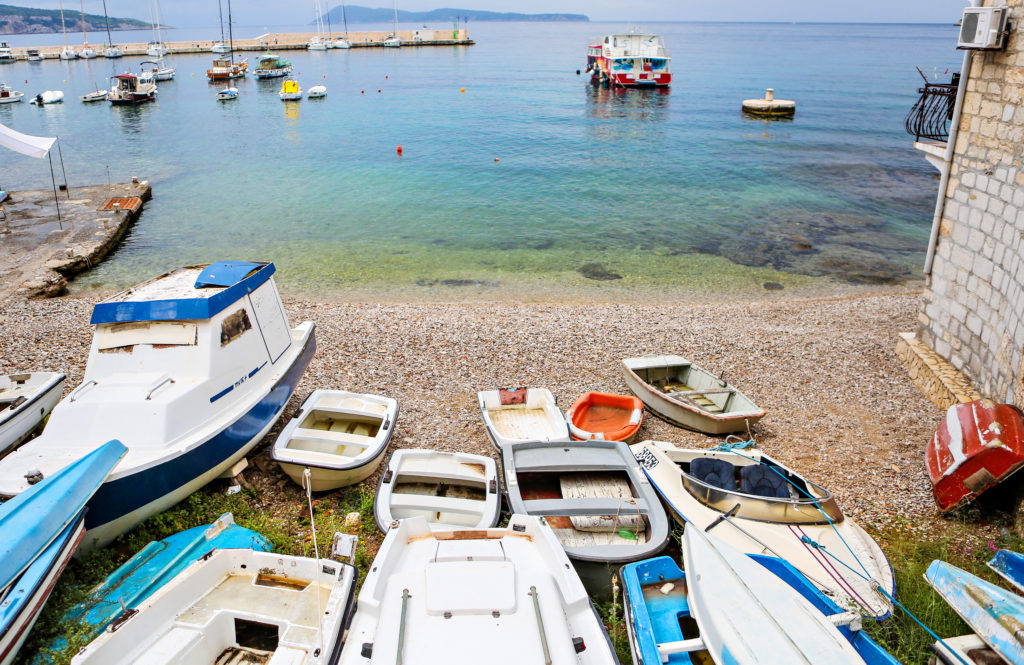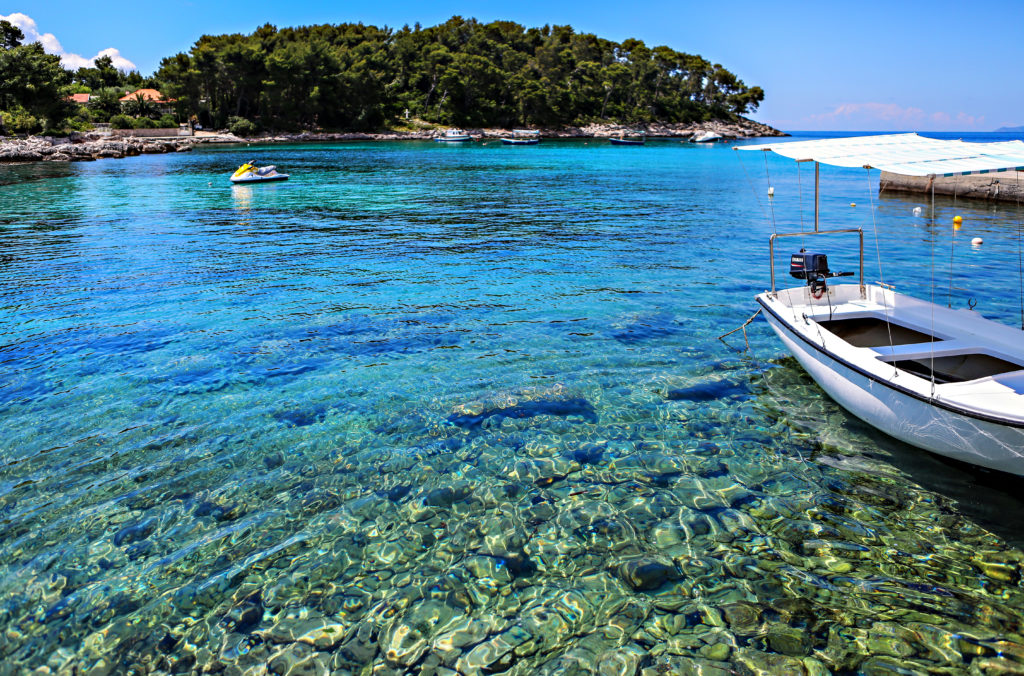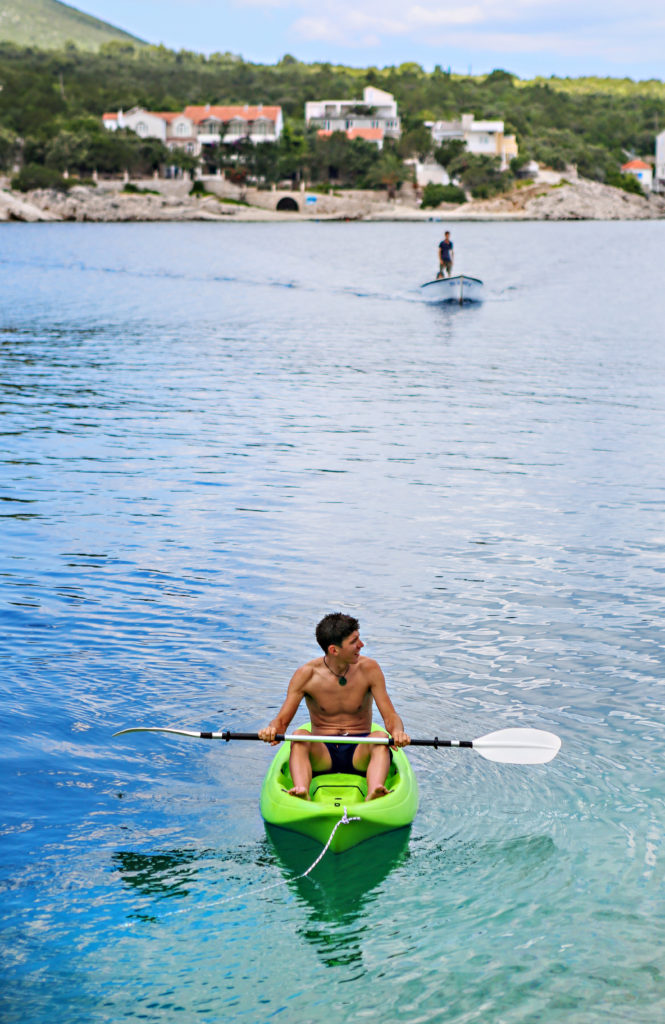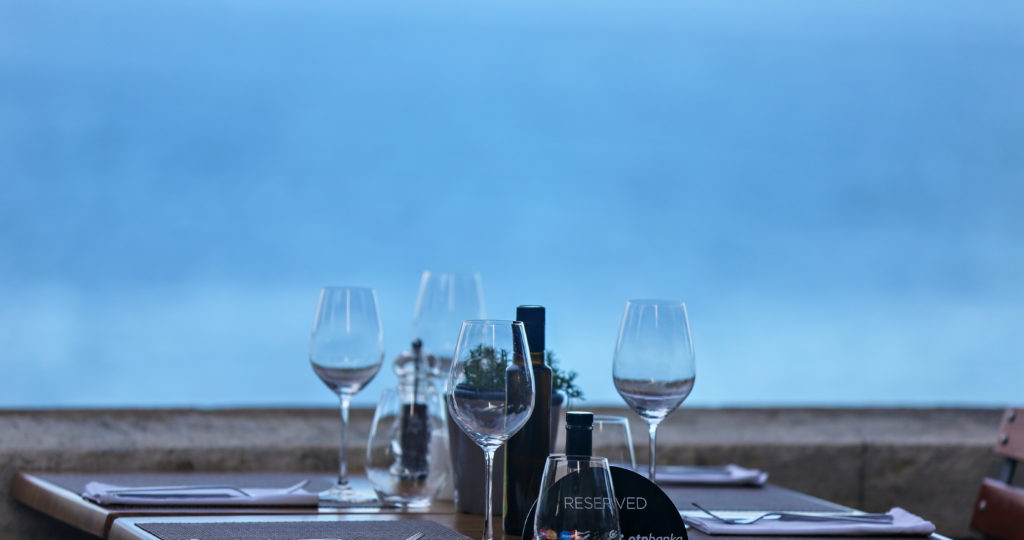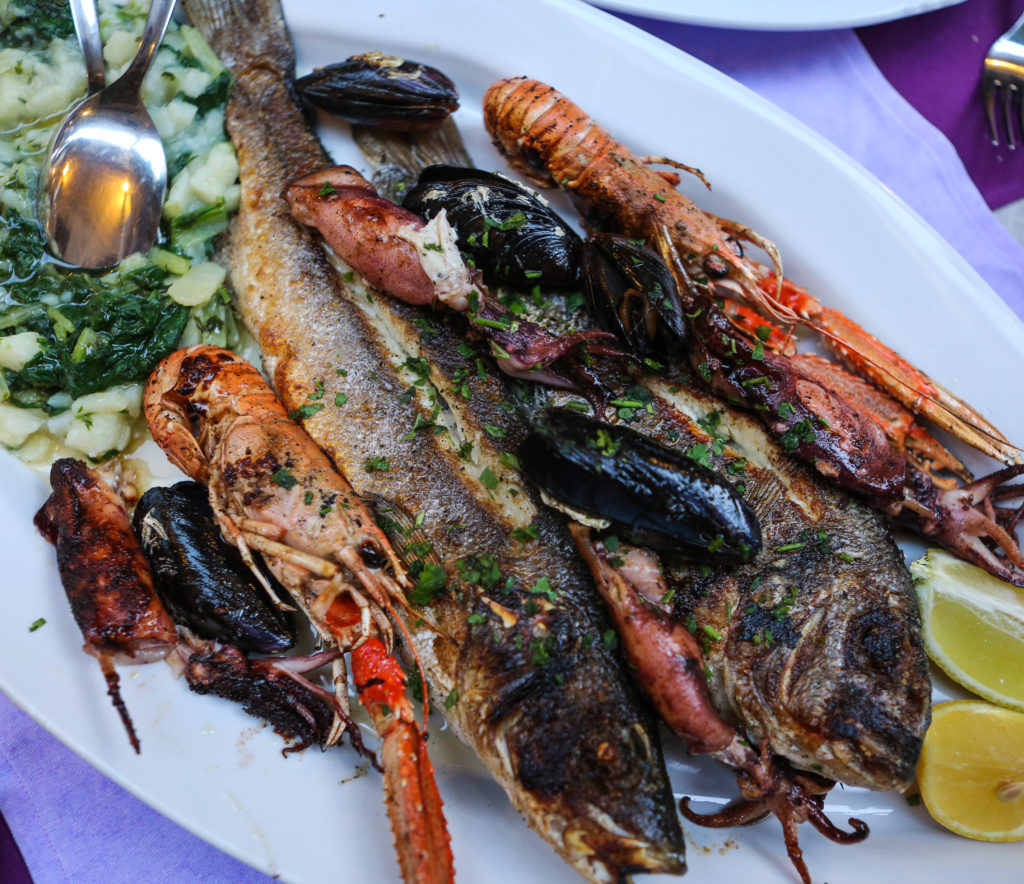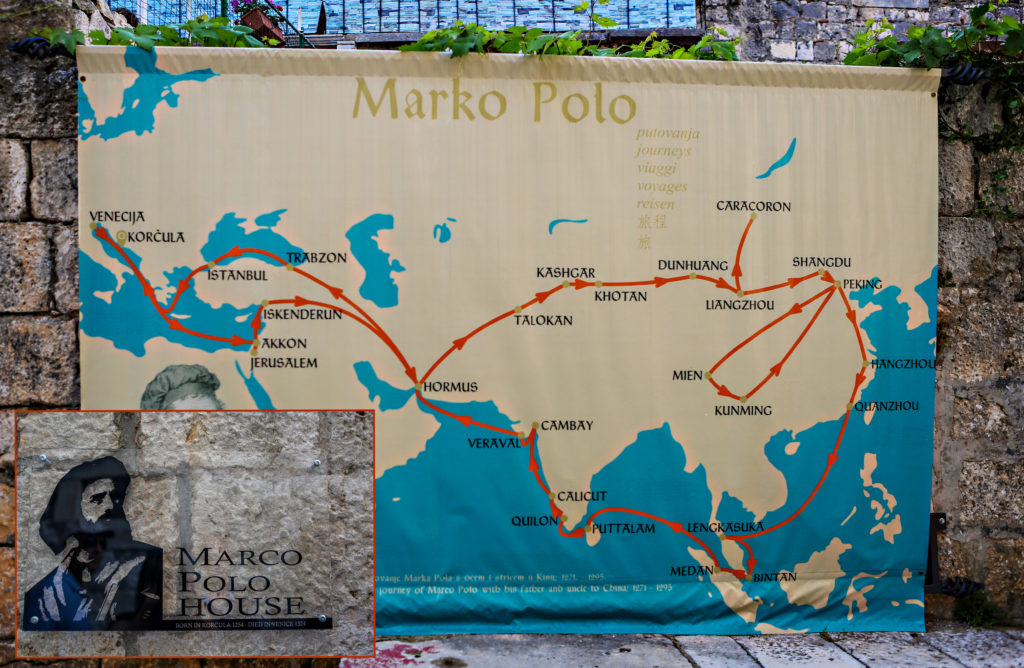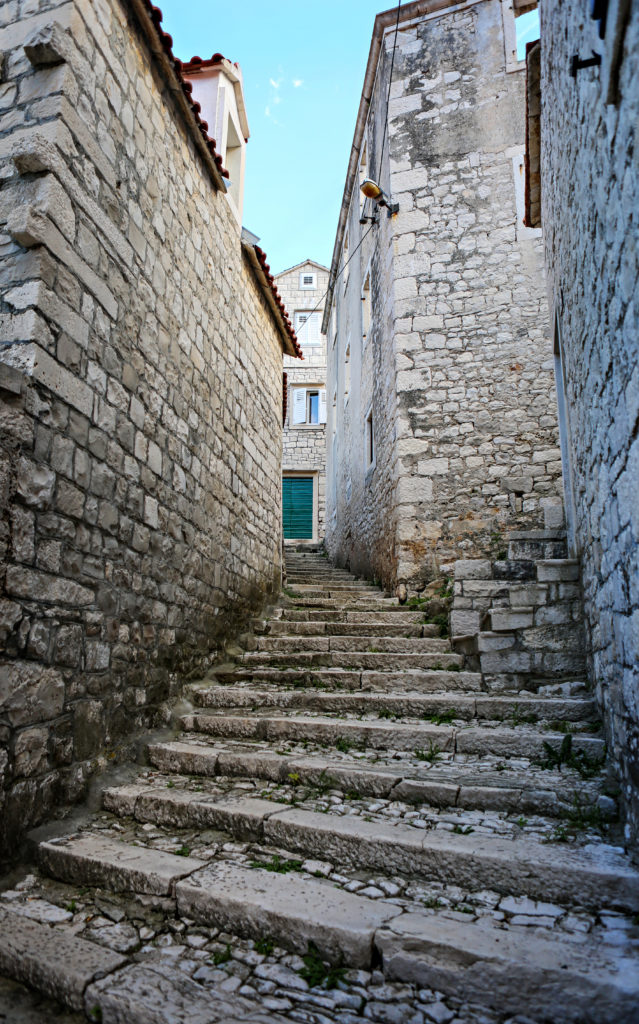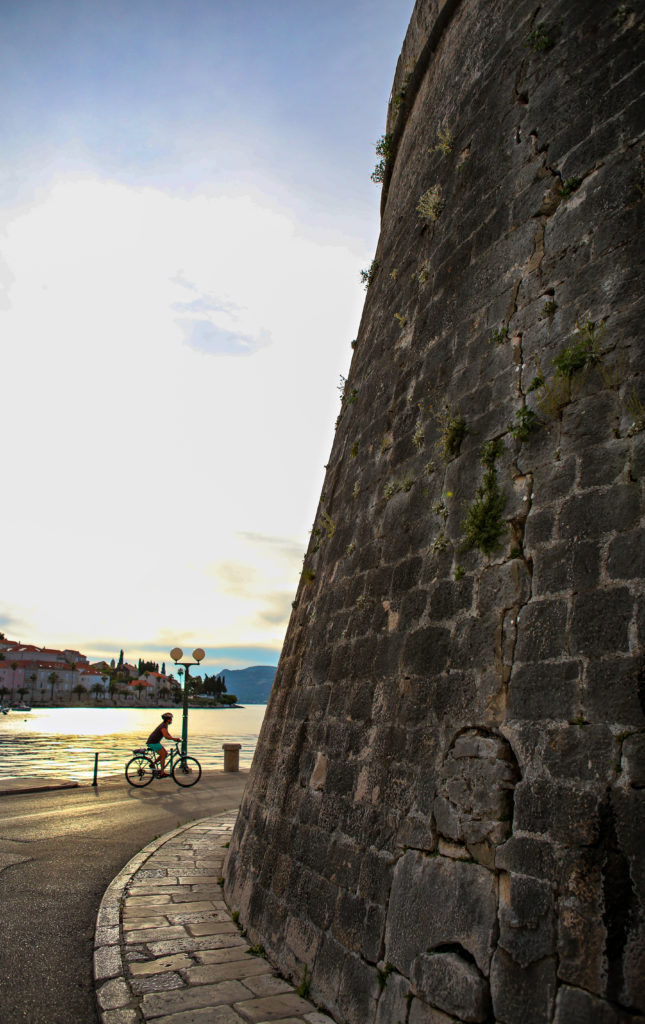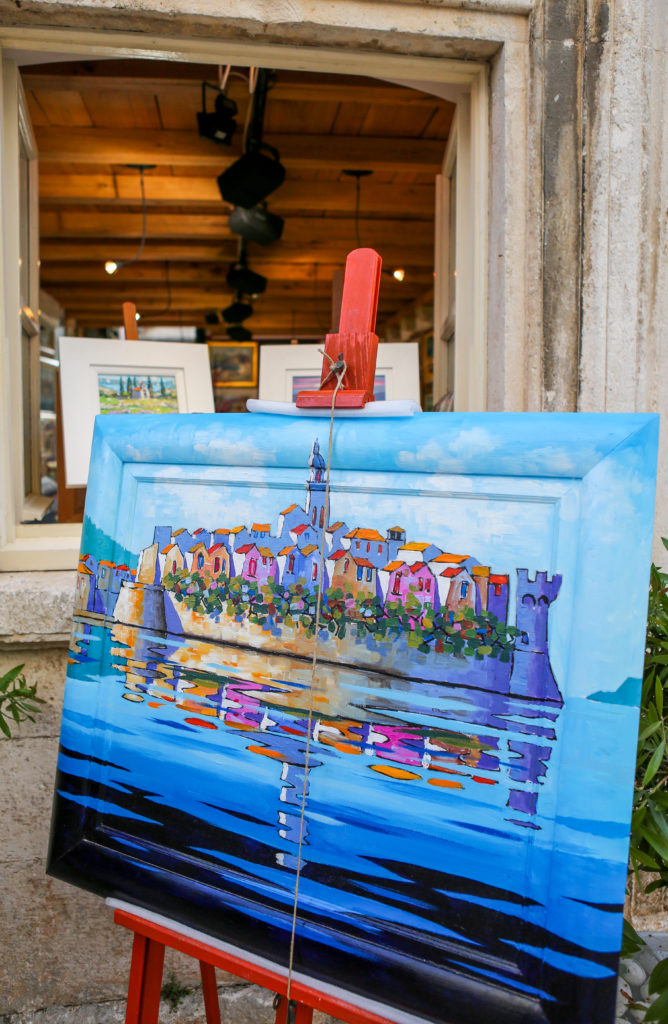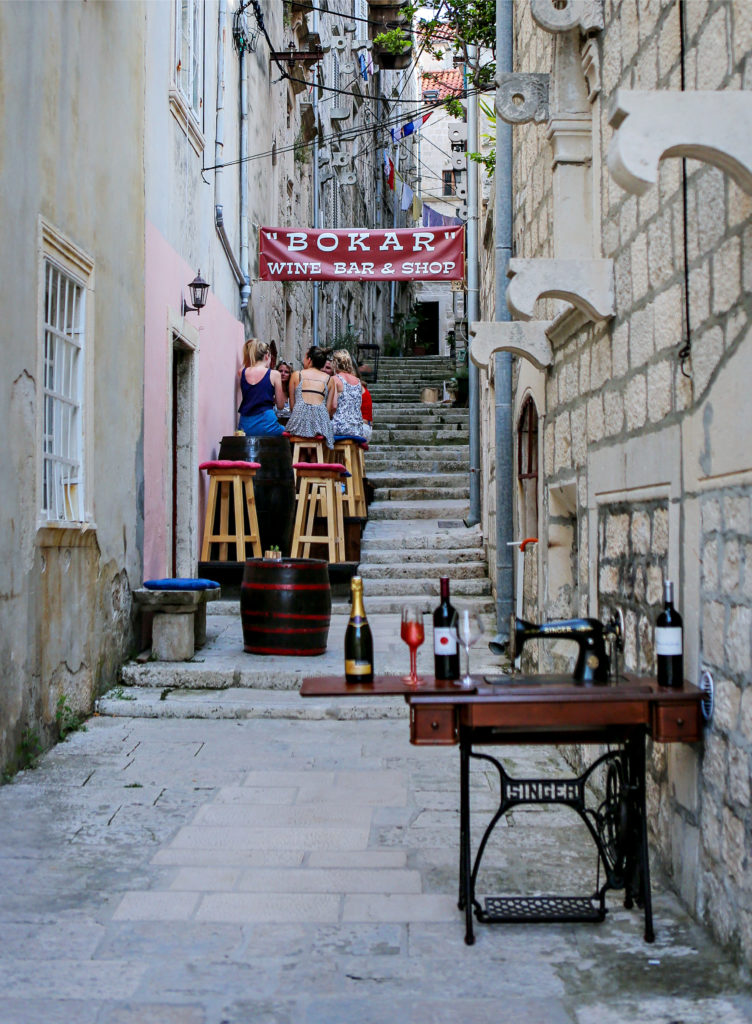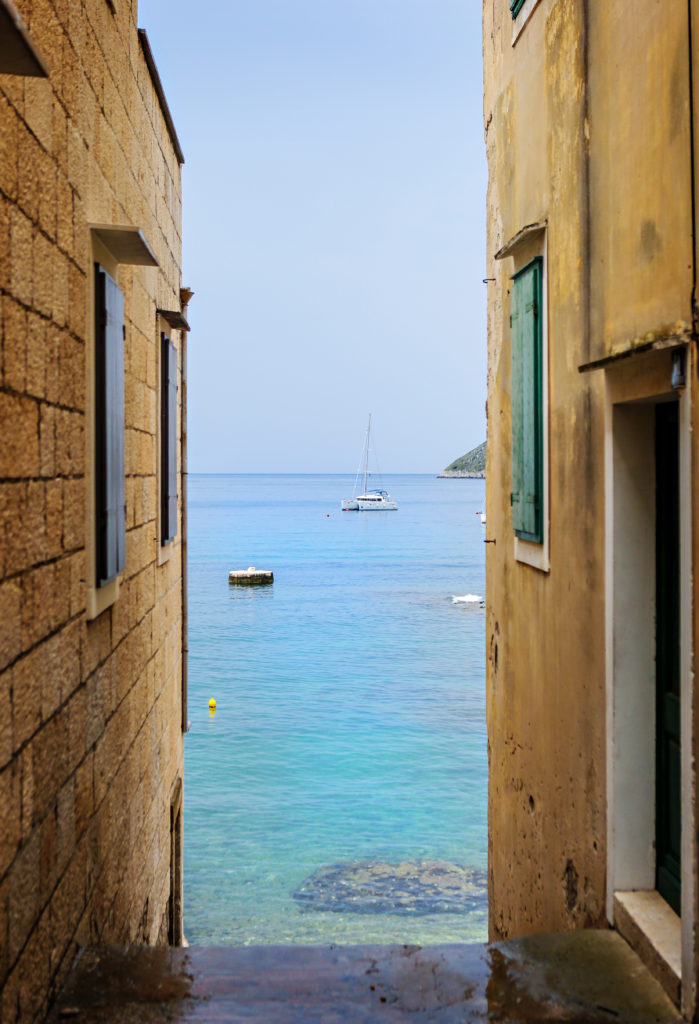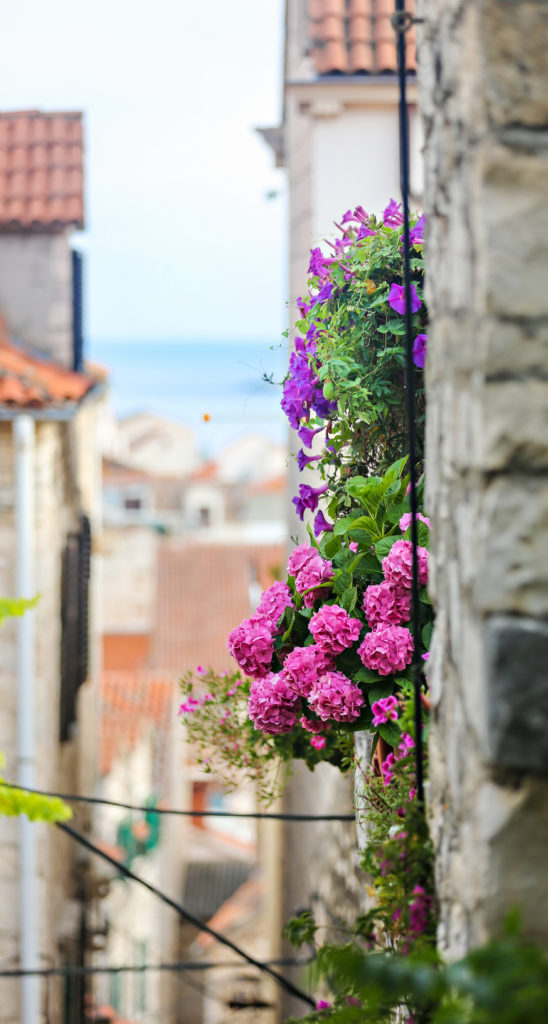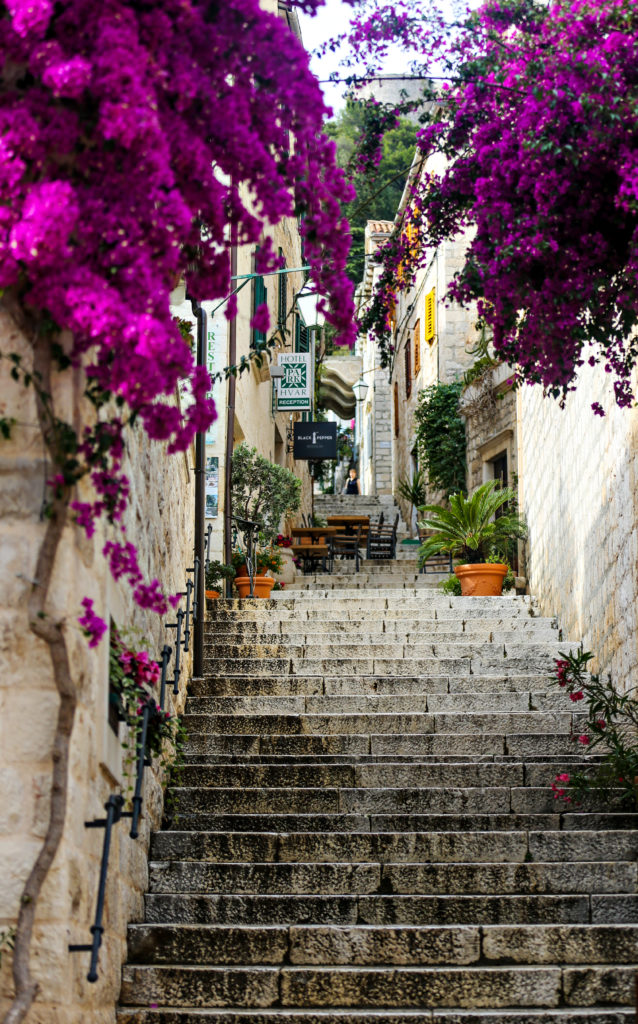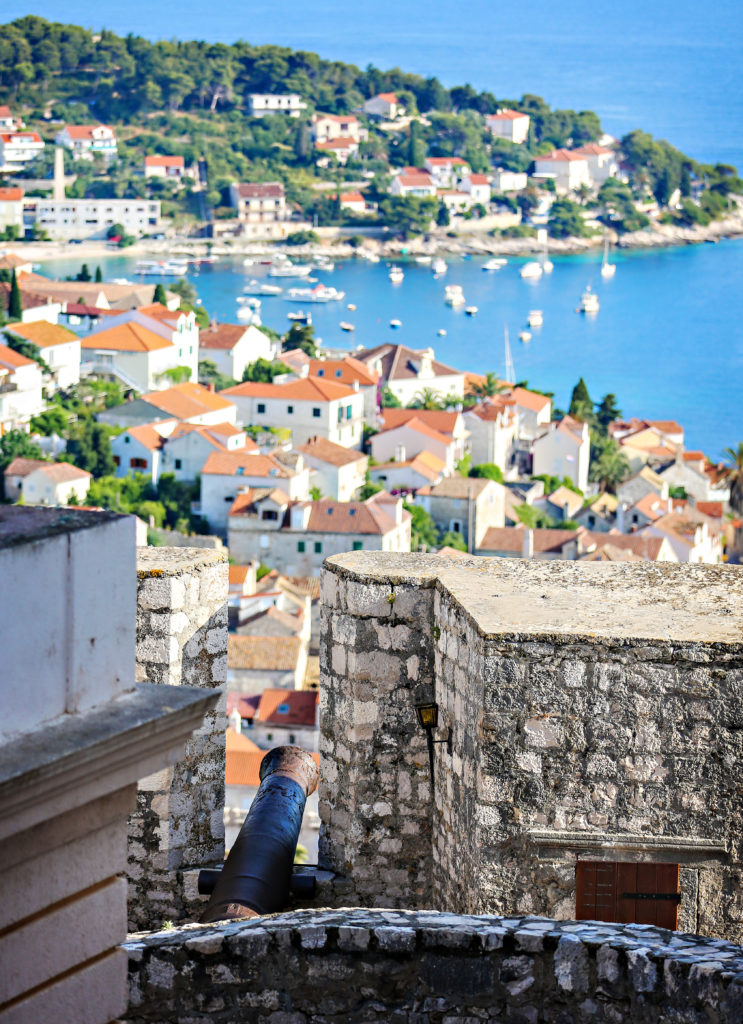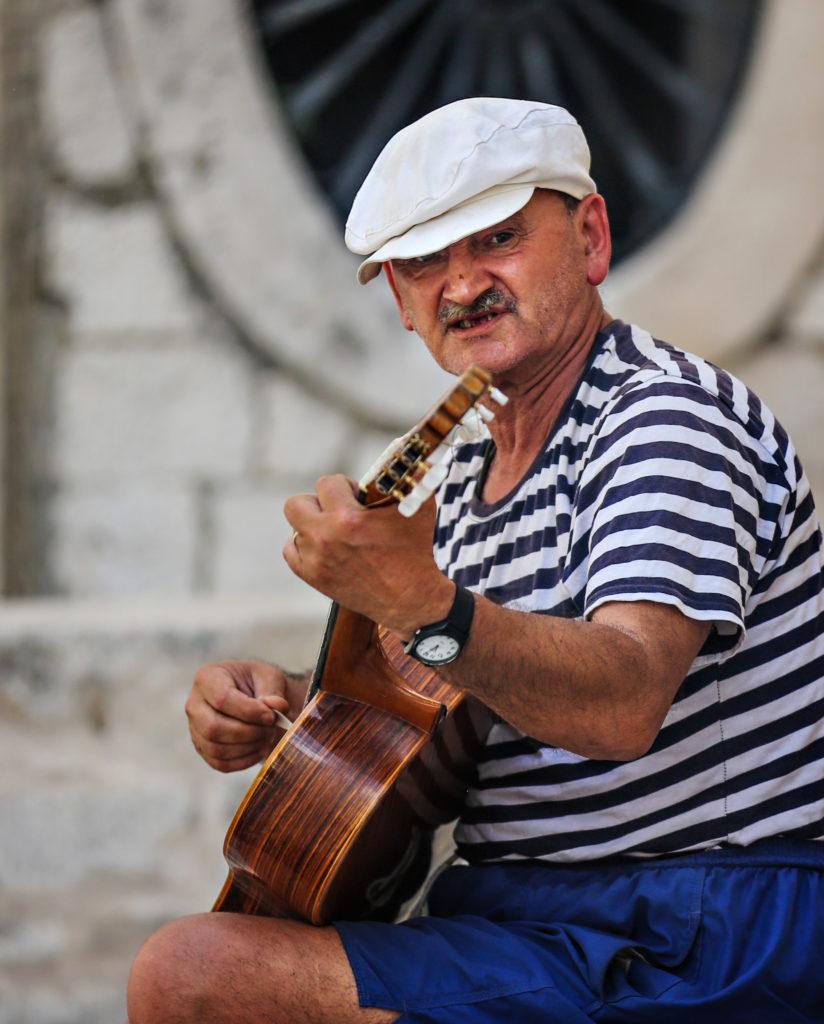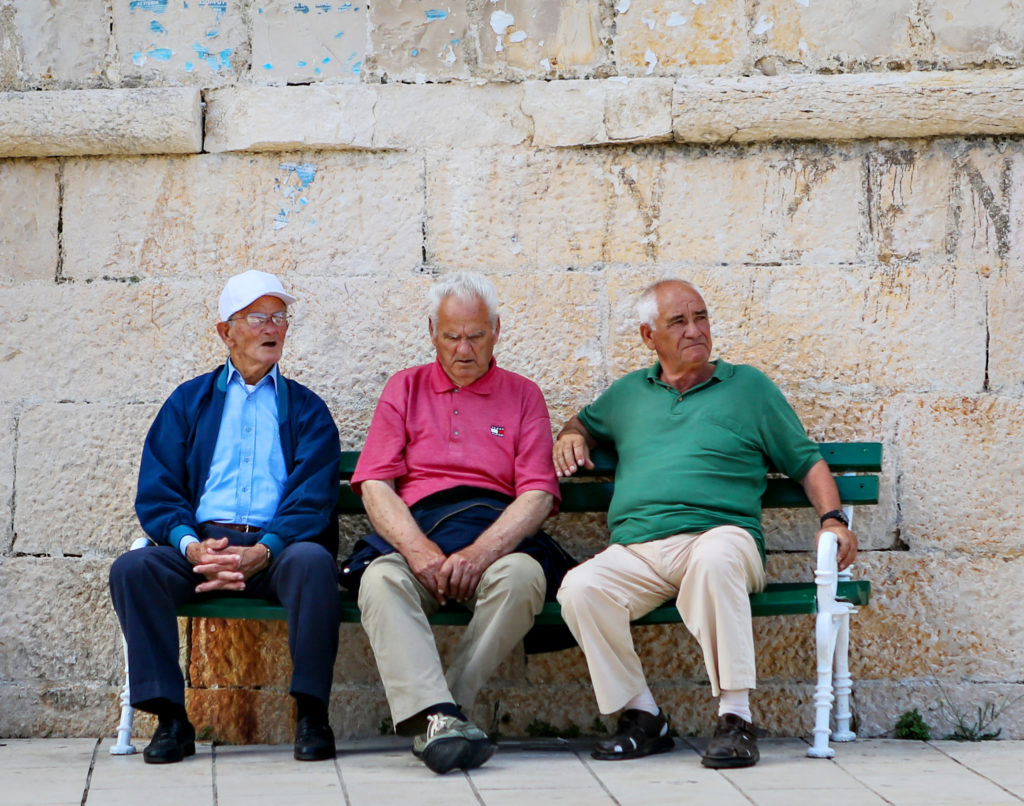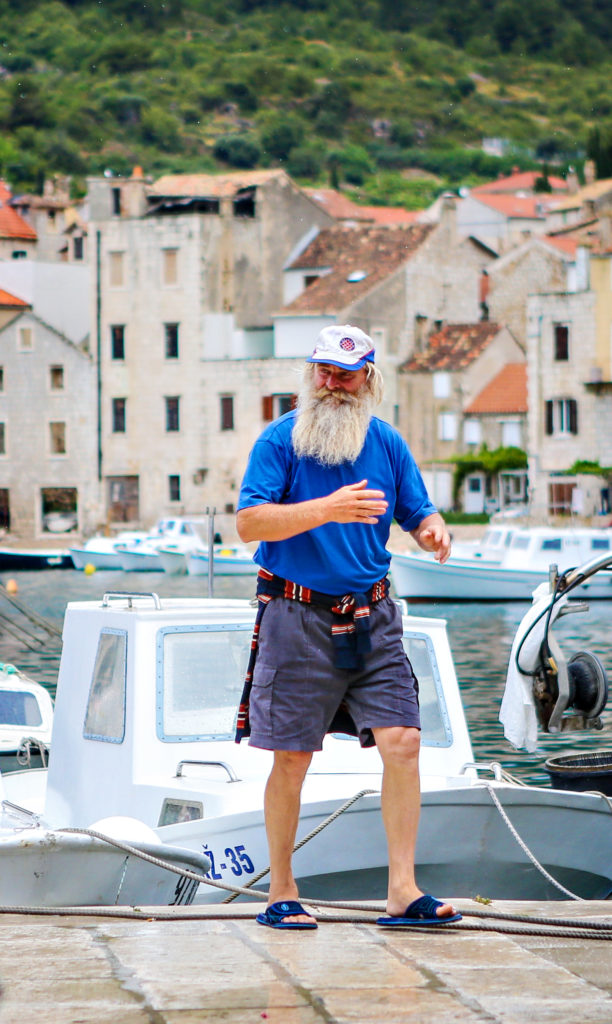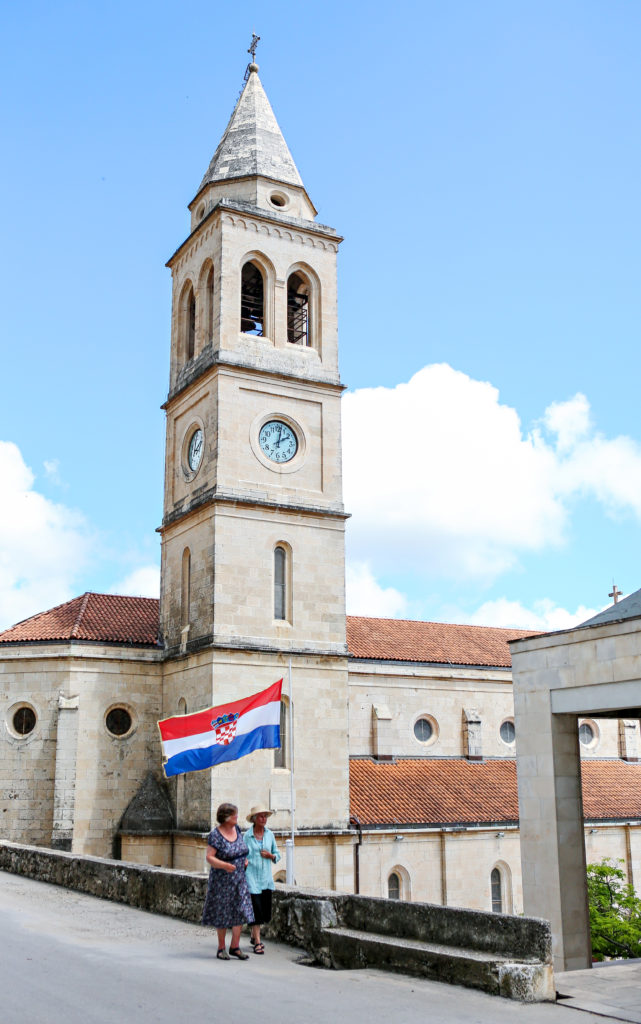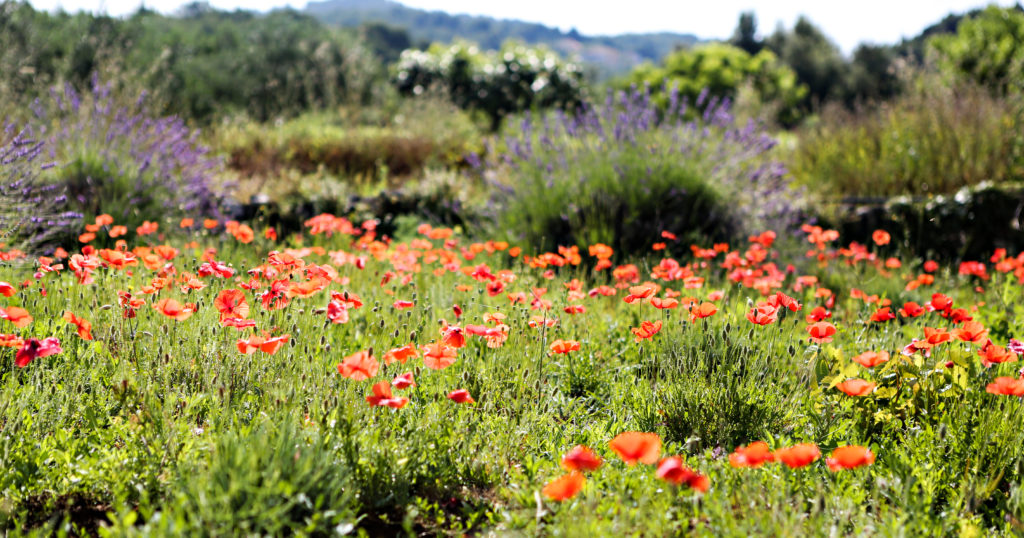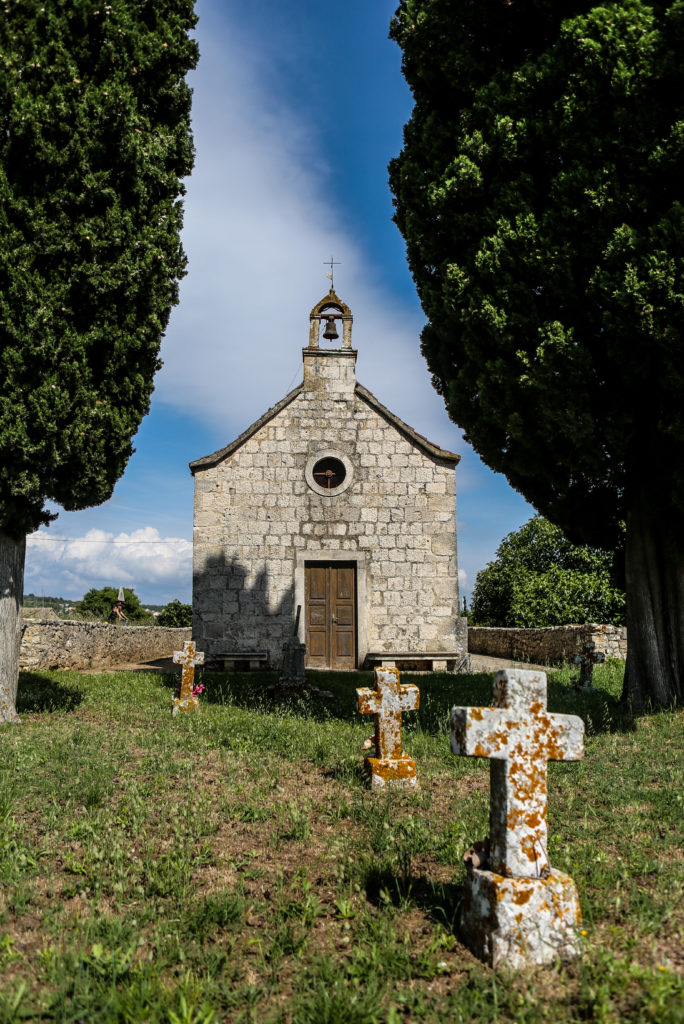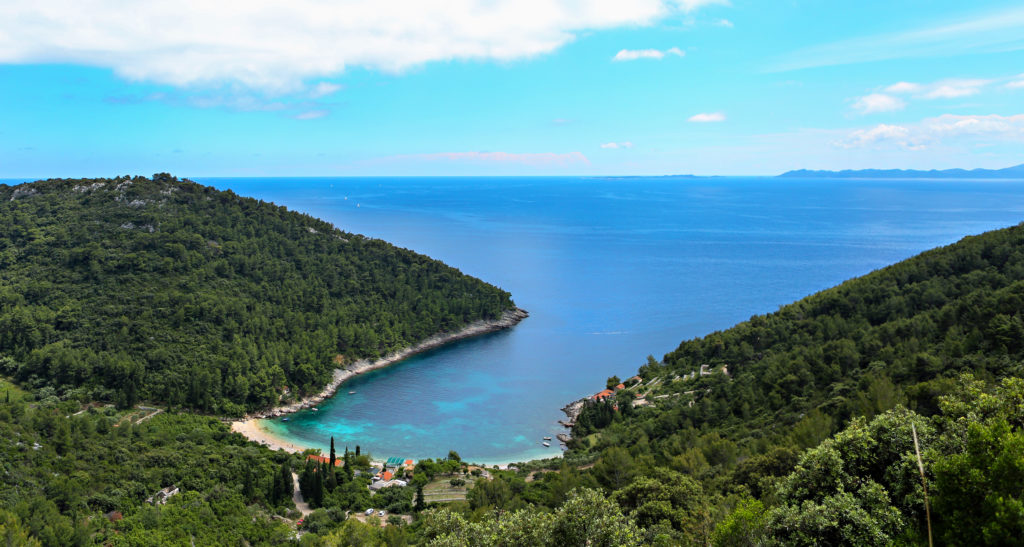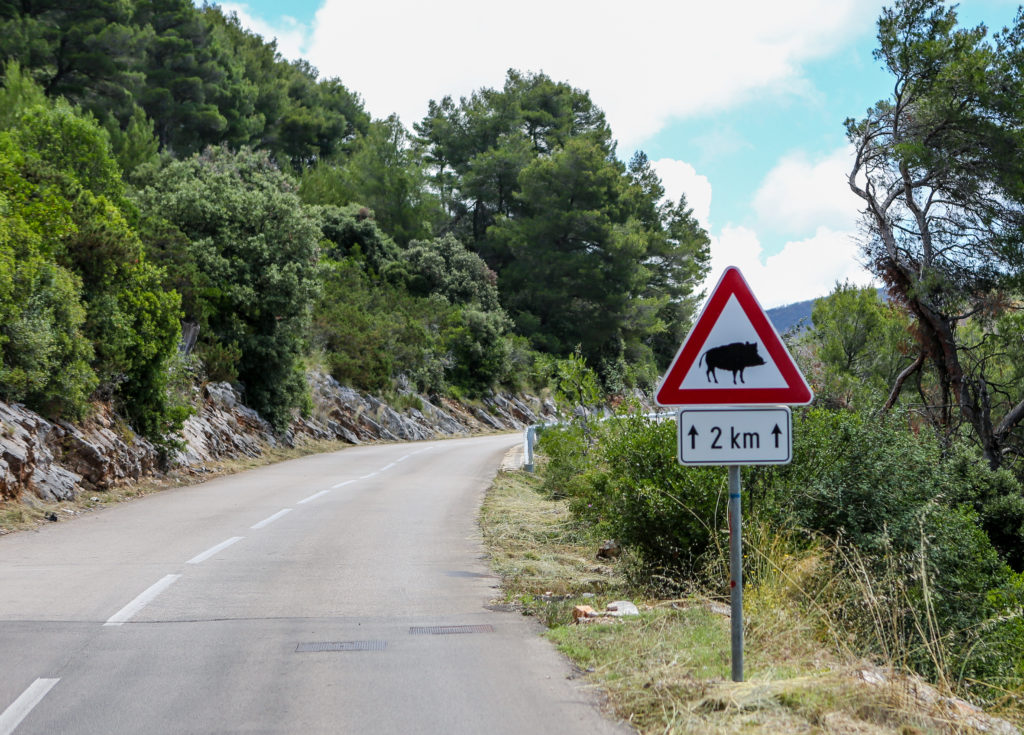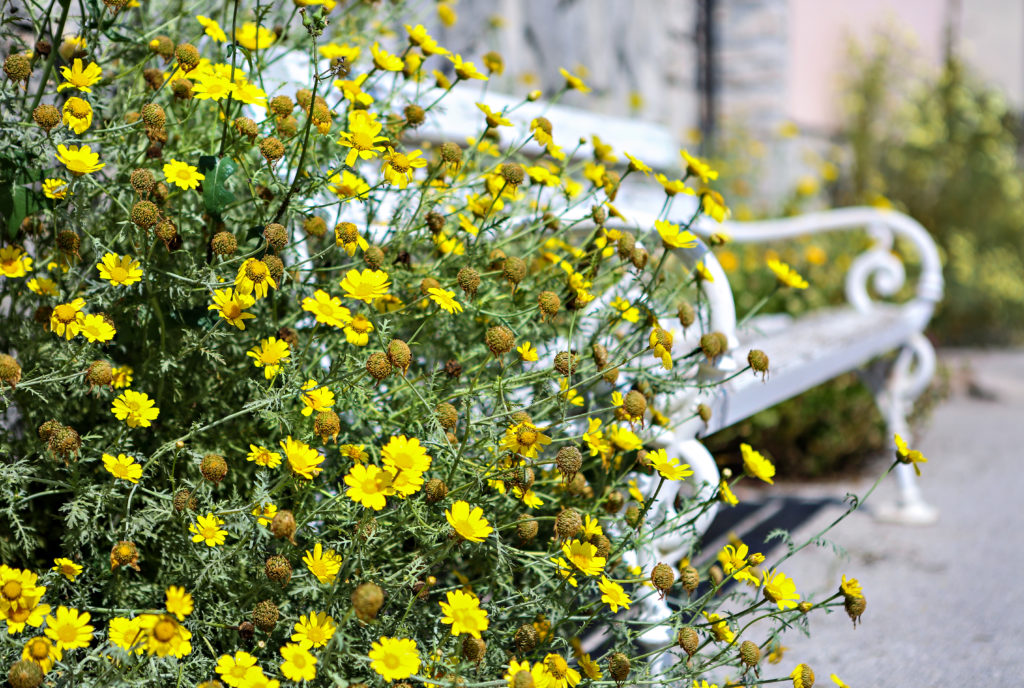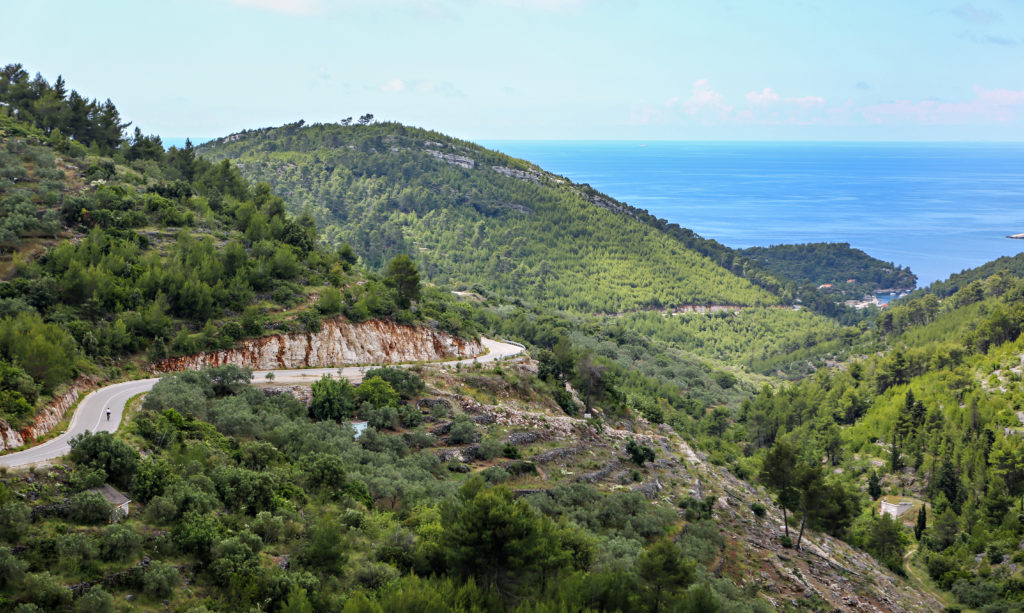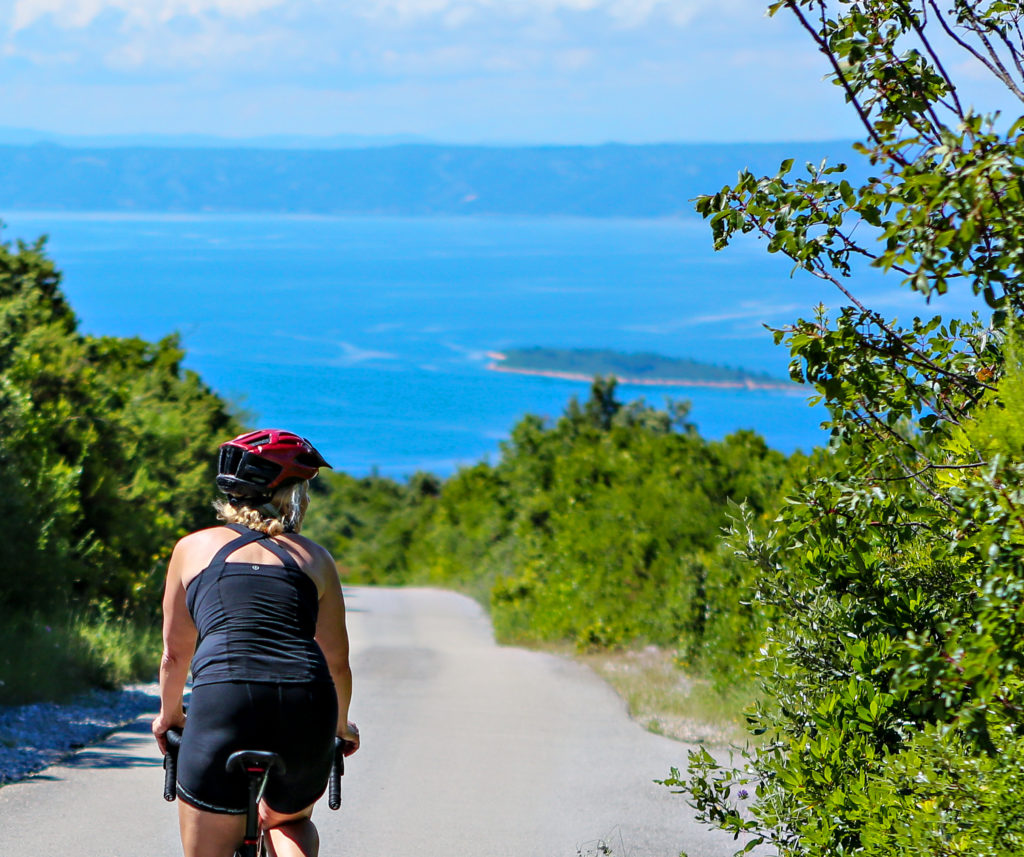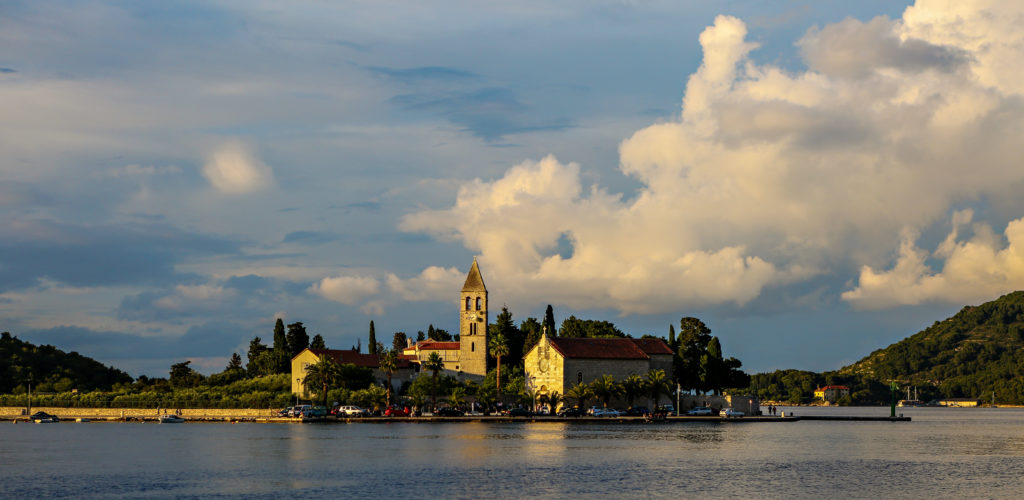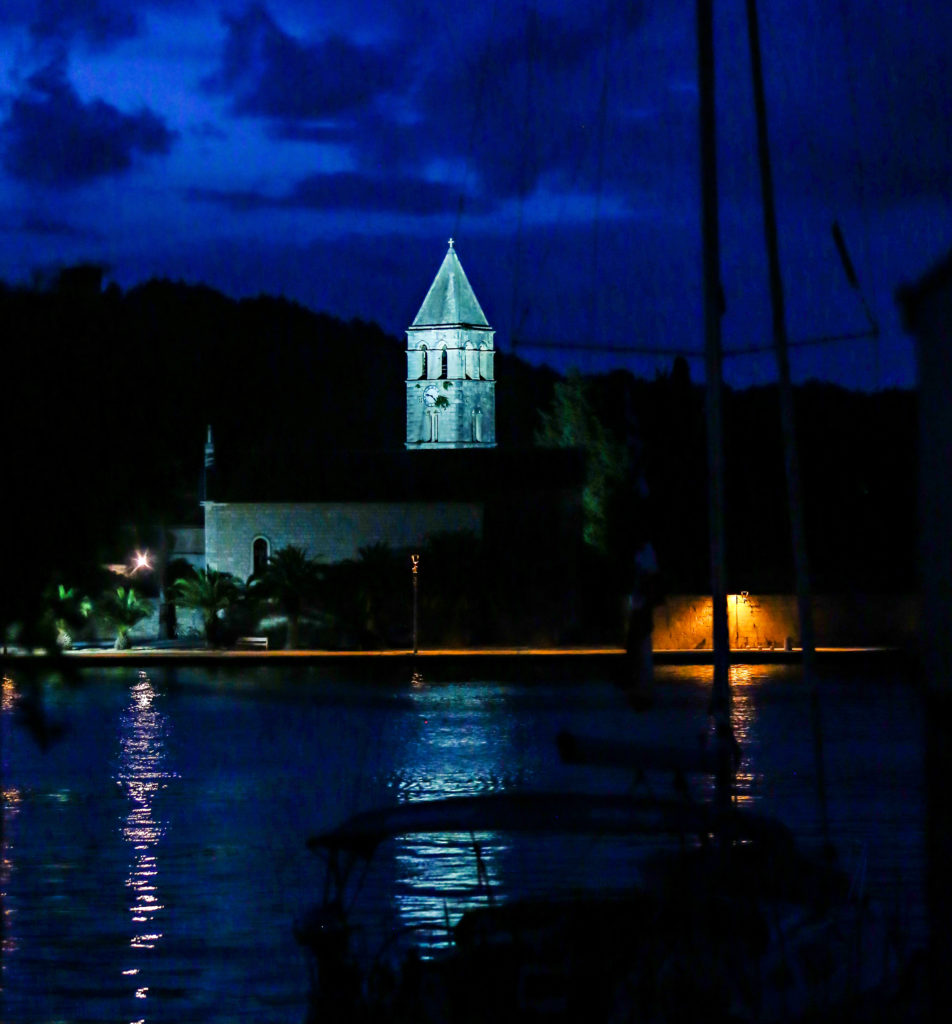Valparaiso, Chile, is a feast for the senses. The vibrant color painted upon a weary city exemplifies the hope and spirit of humanity.
Valparaiso has a rich history as one of the South Pacific’s most important seaports. In the 19th century, ships going from the Atlantic to the Pacific Oceans stopped off first at “Little San Francisco” or Valparaiso, Chile. However, after the building of the Panama Canal, the city experienced a serious decline as ships were able to bypass Cape Horn for a shorter route to the West. After almost a century of decay, the city has emerged as a magnet for artists, students and entrepeneurs while attracting an increasing number of tourists, amazed by the City on the Hill.
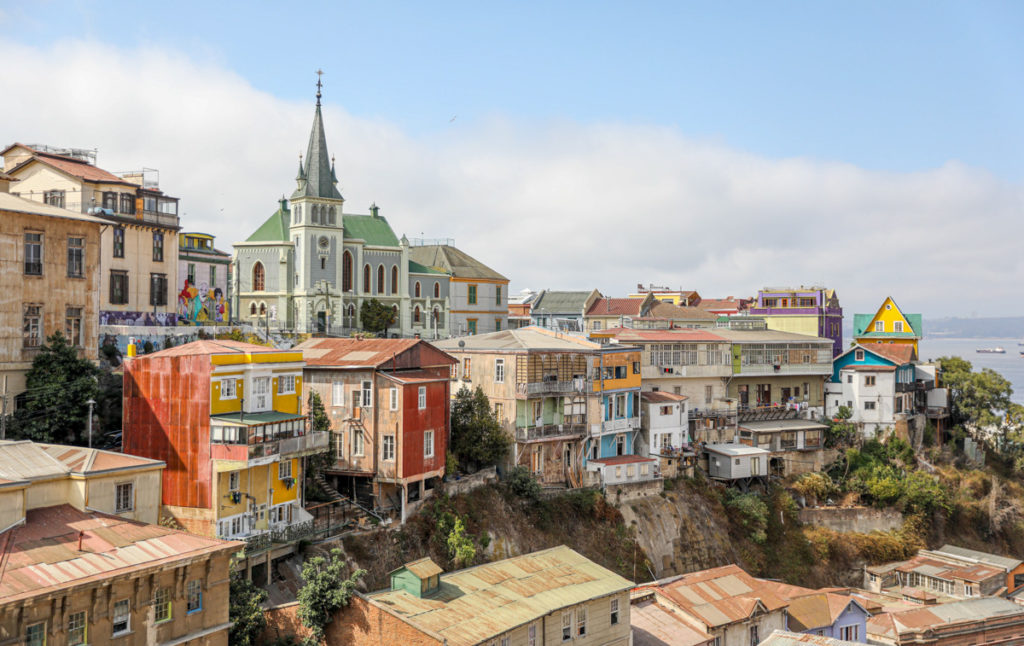
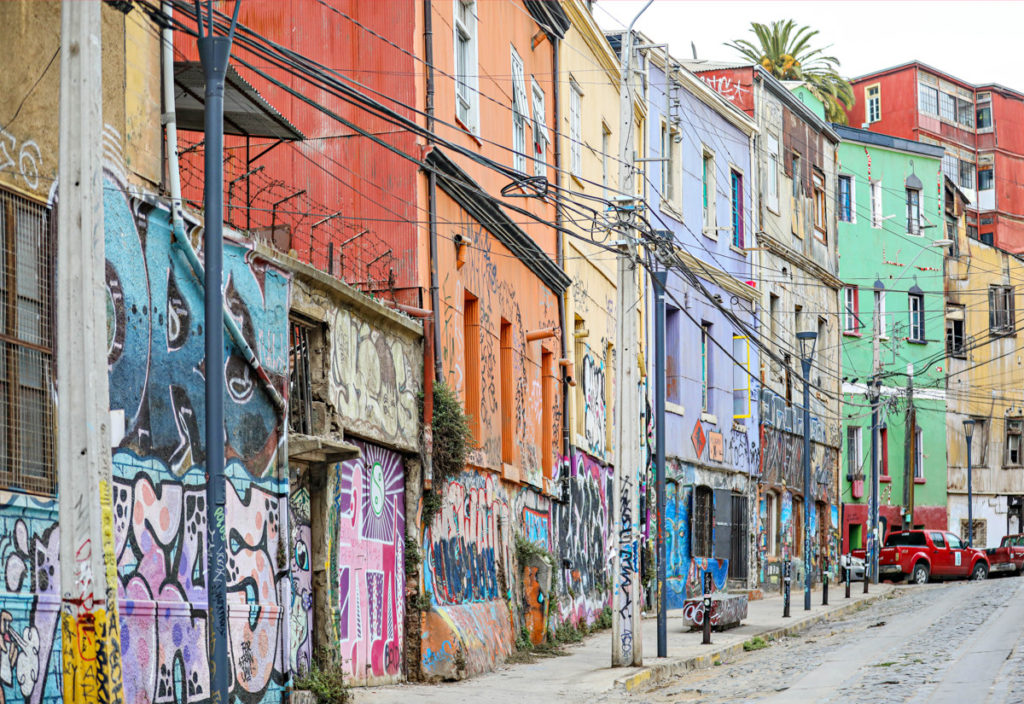
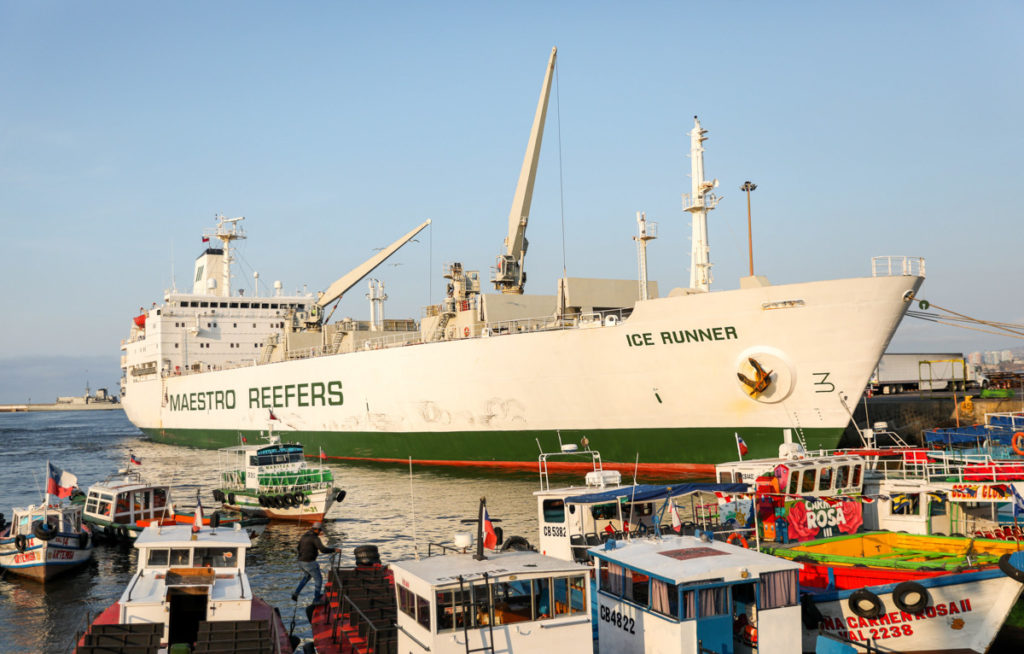
But the most captivating part of walking the streets of Valparaiso is the Street Art. It’s truly magnificent. These images will provide a glimpse into the magnificent scenes painted on the walls and homes. I encourage you to really look closely at these. The color, creativity and message are brilliant.
They are expression. They are emotion. They are ART.
People find a way. Where there is art, there are smiles. Locals of Valparaiso.
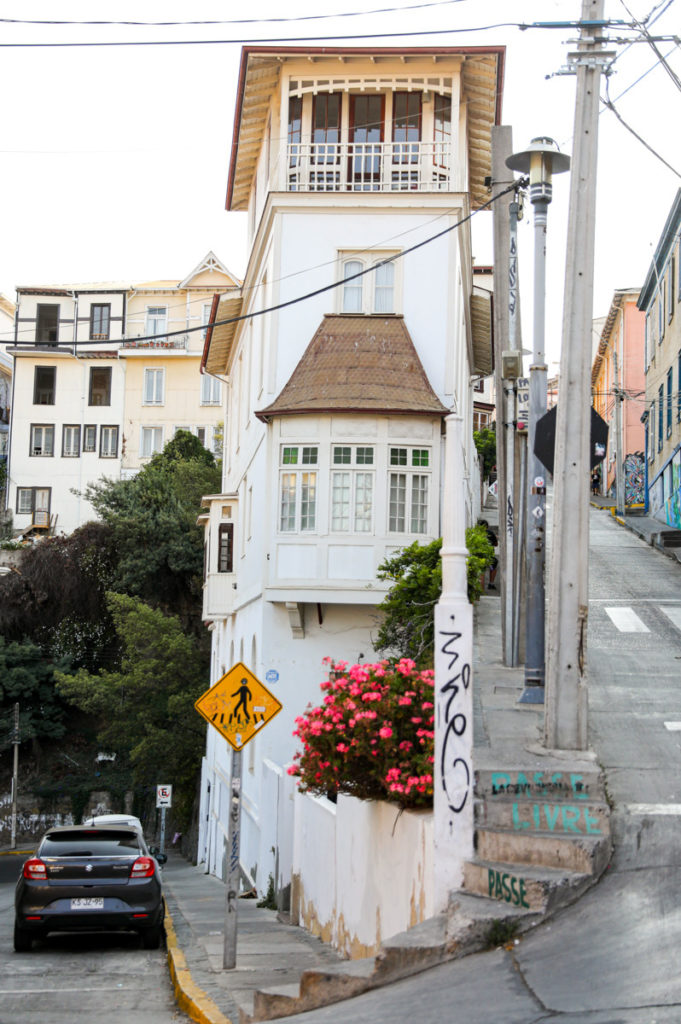
- 2003 Historic Quarter declared UNESCO World Heritage Site
- S. America’s Oldest Stock Exchange
- Chile’s First Library
- S. America’s First Fire Department
- World Class City settled by: GB, FR, Ger, Italy, Spain, Scotland, & Swiss
- Home to Pablo Neruda, winner of the Nobel Prize. See below!
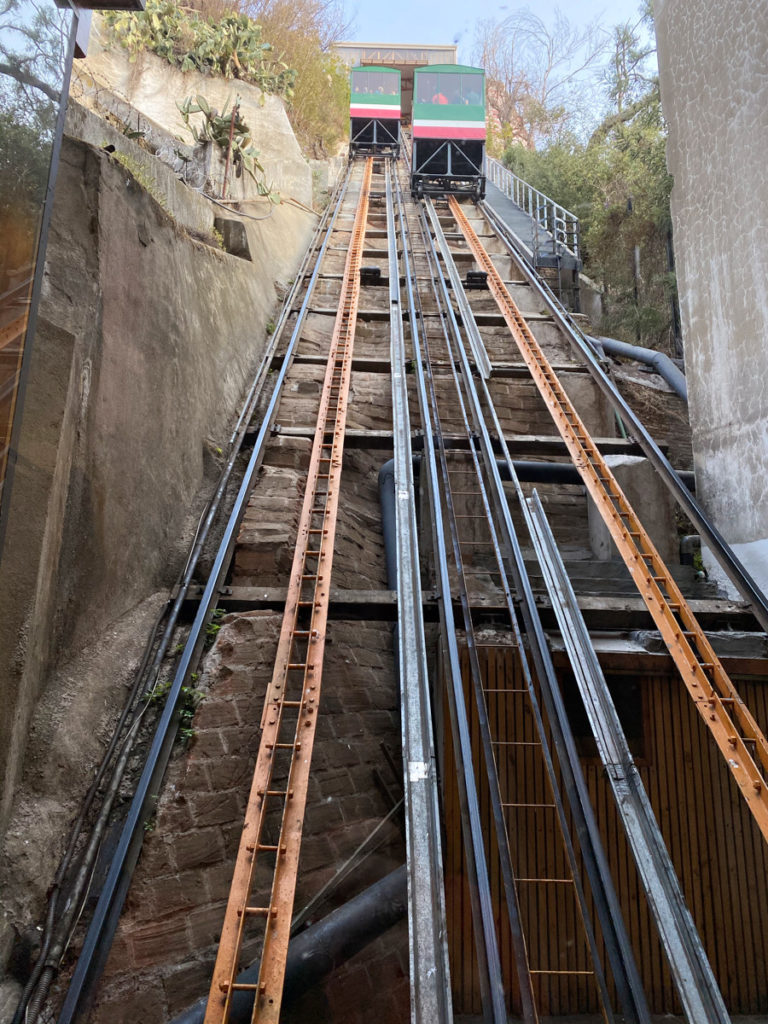
Chasing ATLAS can create personalized trip for you to this region including a culinary experience in Santiago, biking through the exceptional wine valleys nearby and a quiet trip to a quaint old fishing village to the south. Or maybe use Valparaiso as a launching point for an Antarctic Cruise or onto Easter Island? Or hiking in Patagonia? This area of the world is so rich in culture, food, wine, scenery, history and outdoor activities. If you feel like a trip there is in your future, let us help you explore with experience.
www.chasingatlas.com
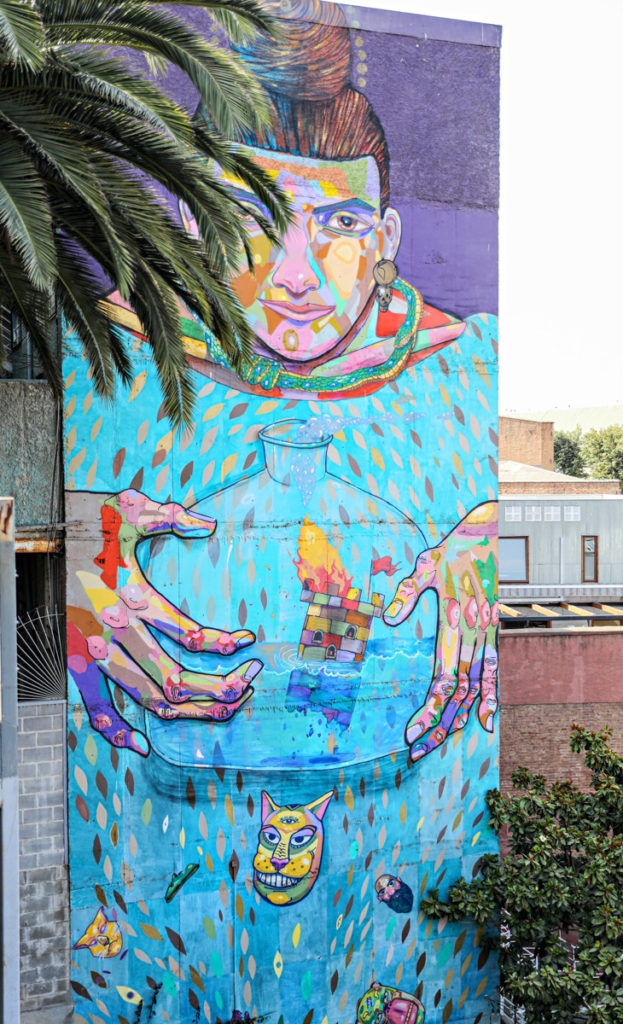

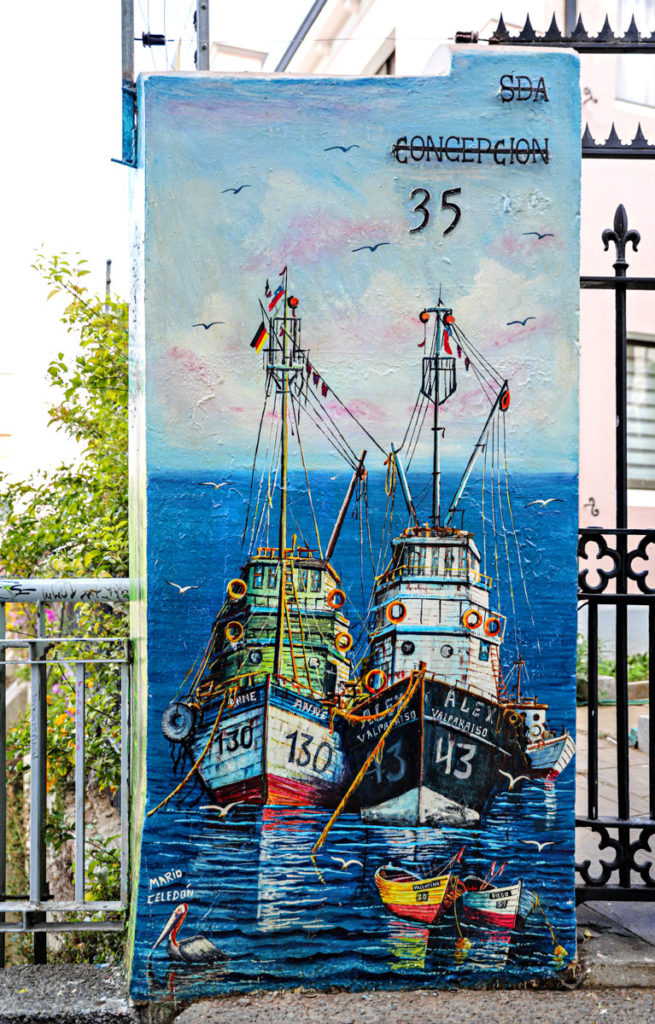
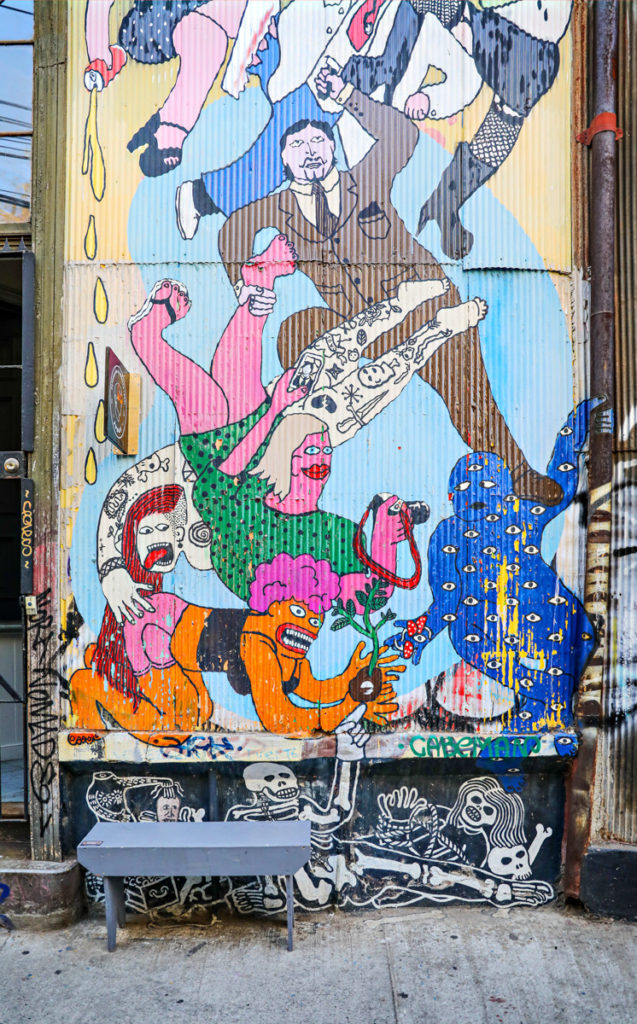
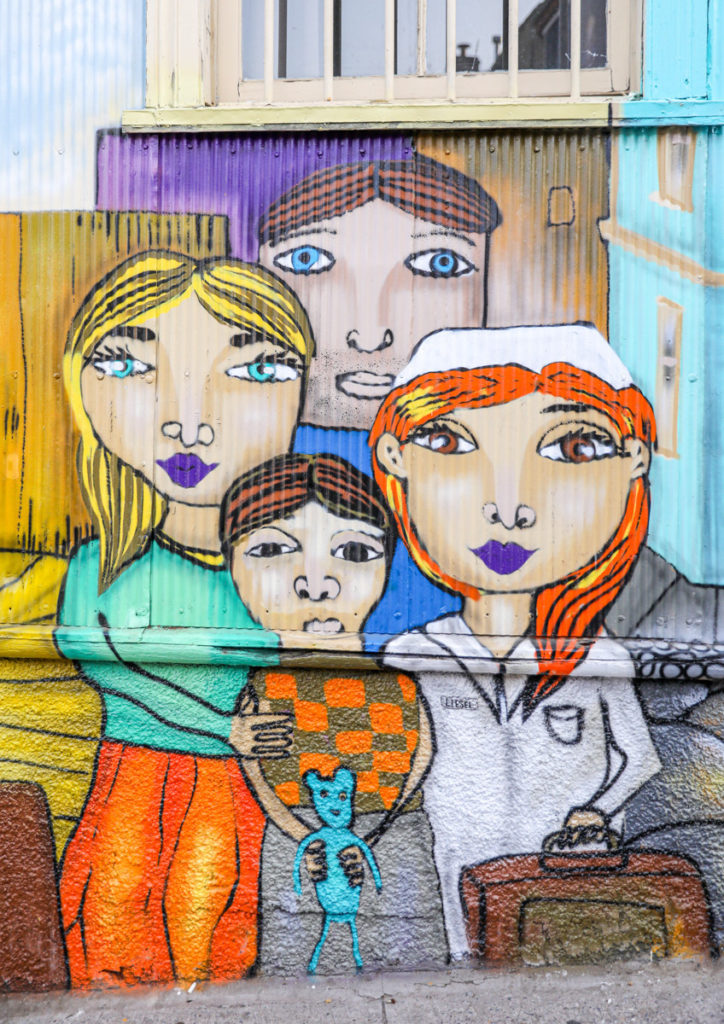
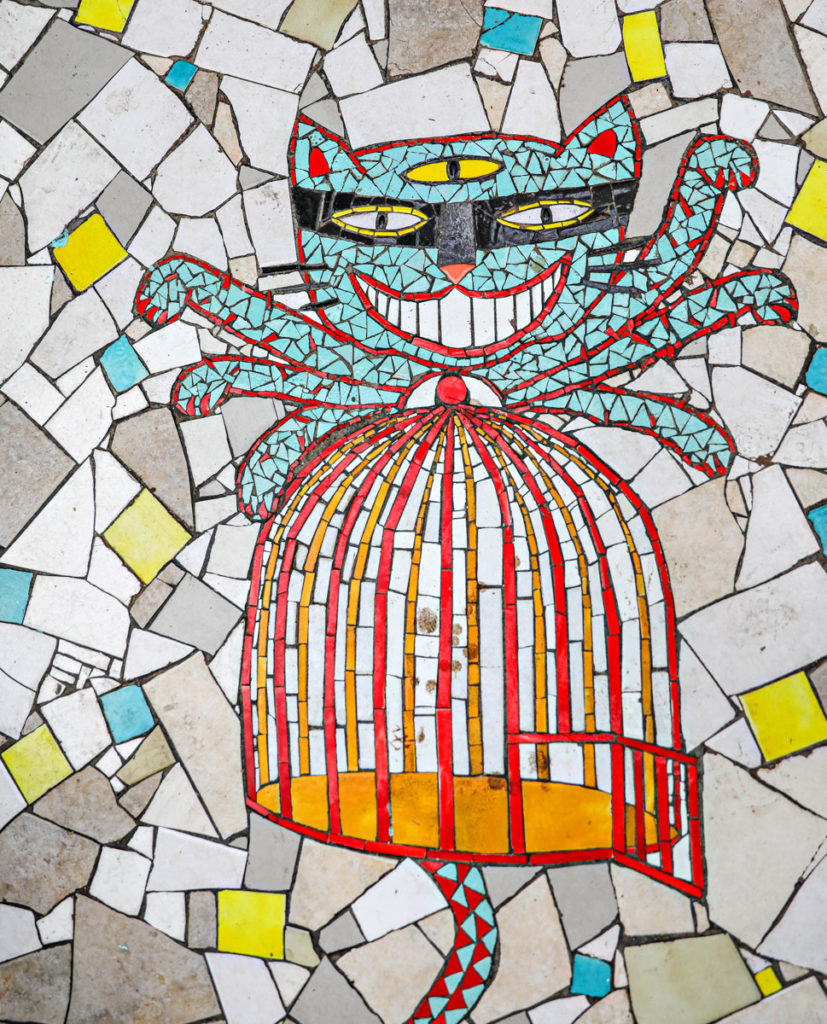
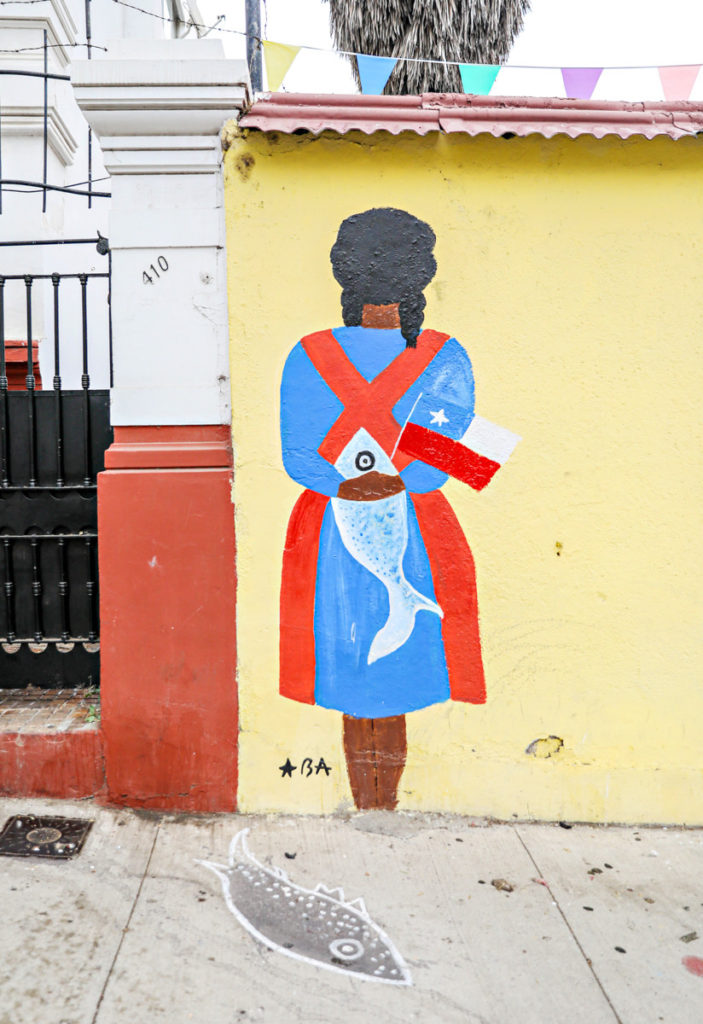
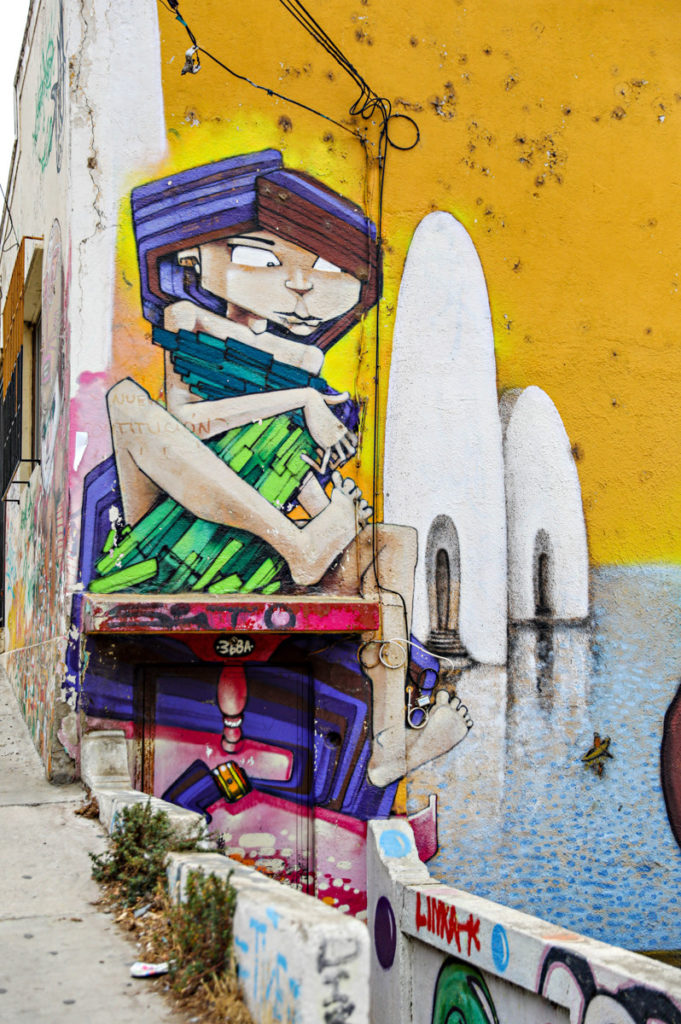
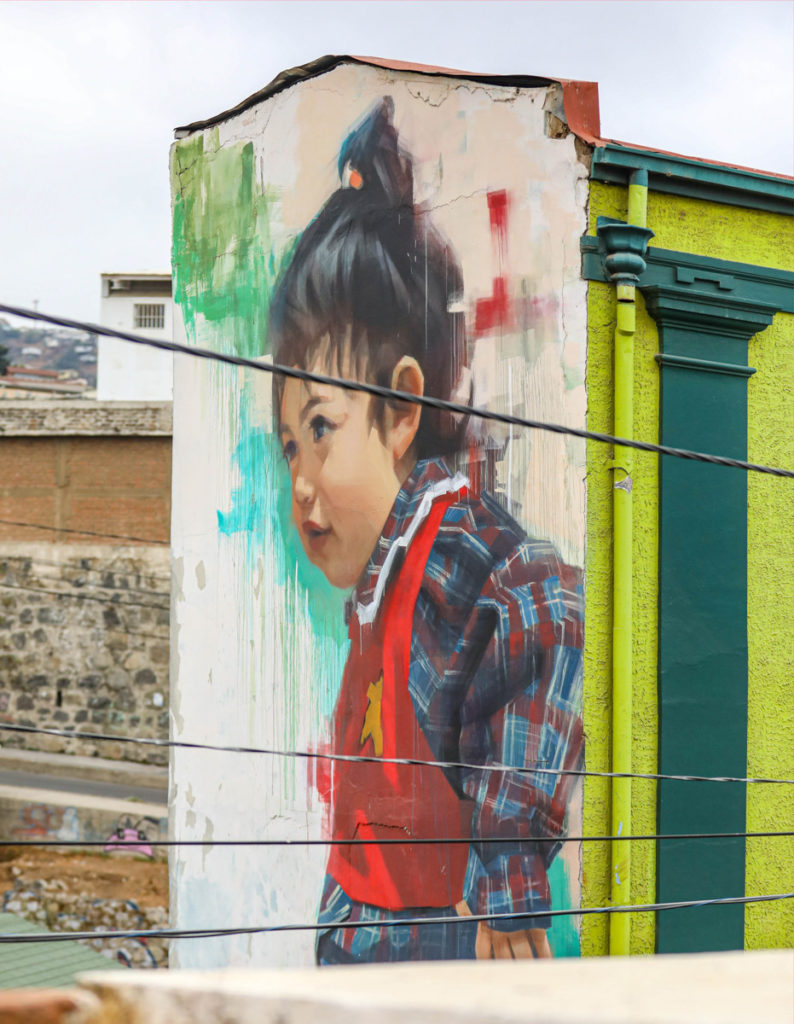
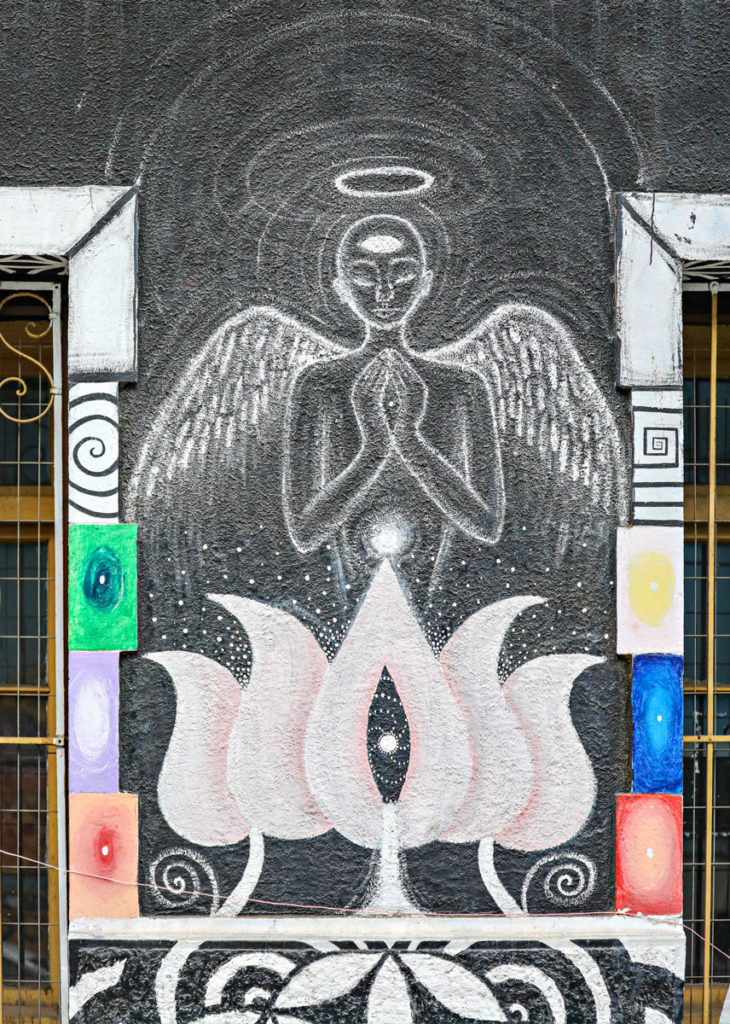
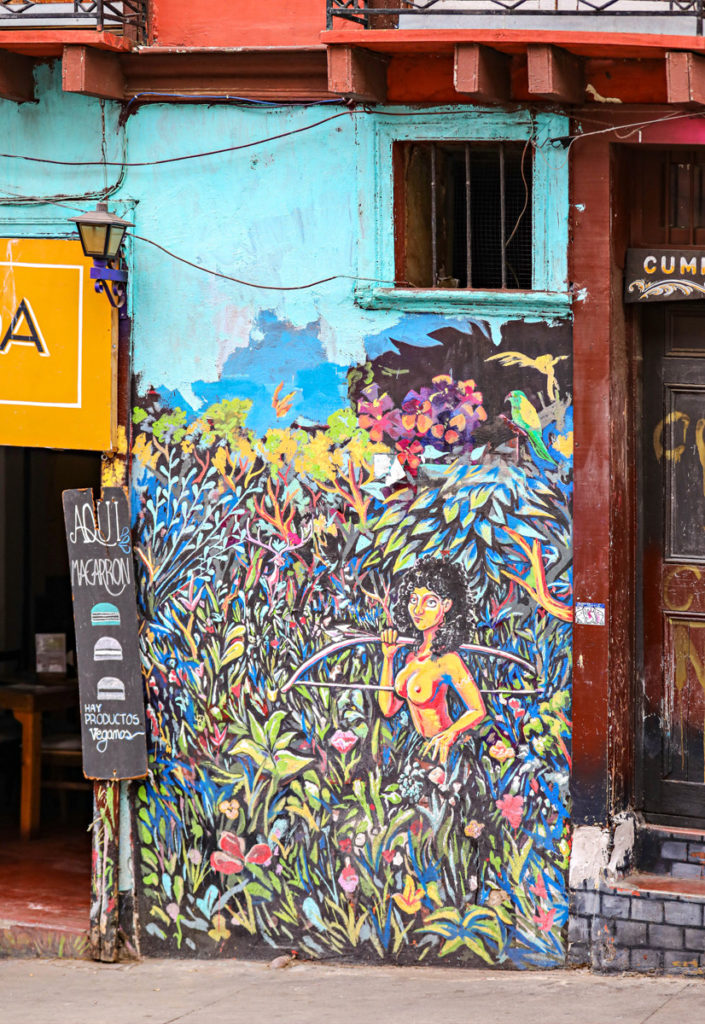
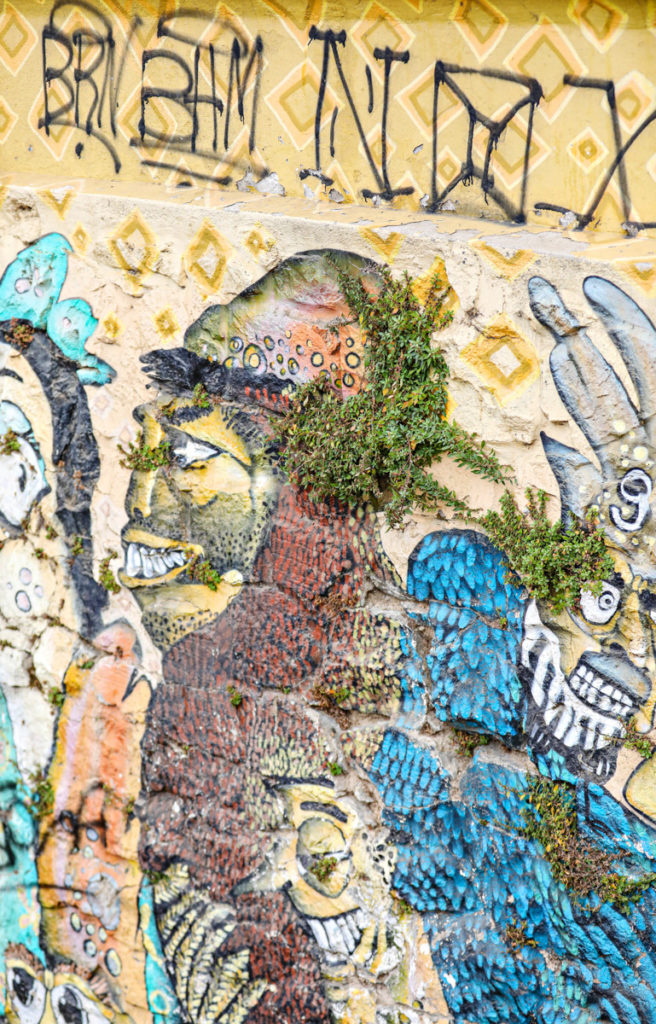
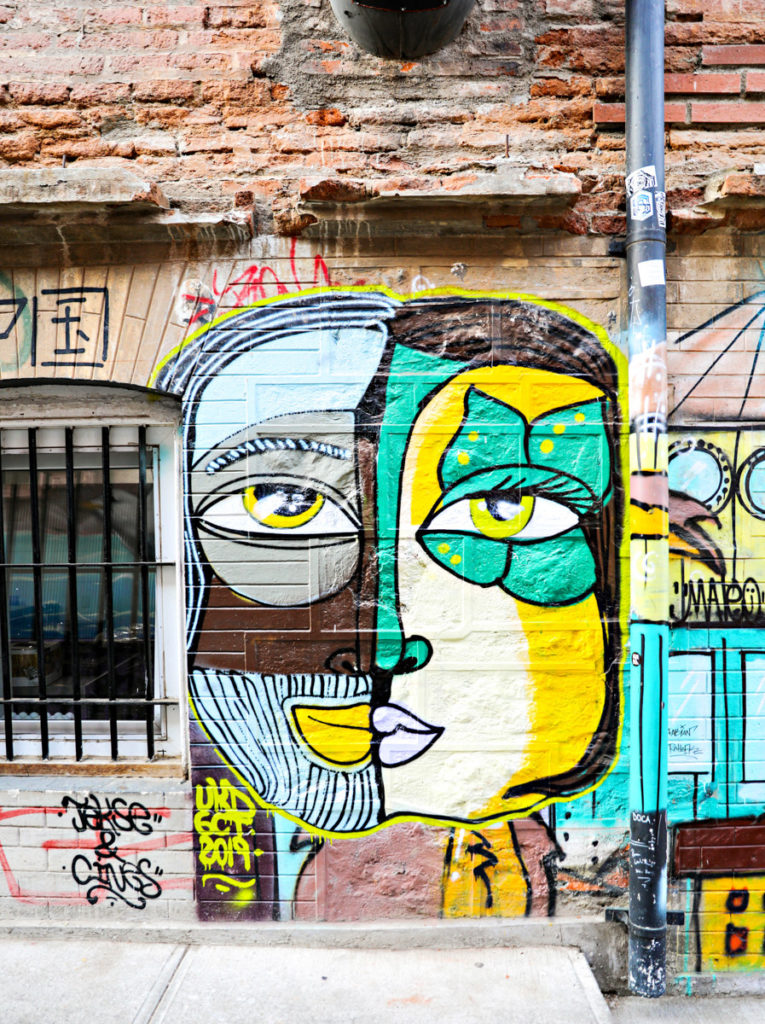
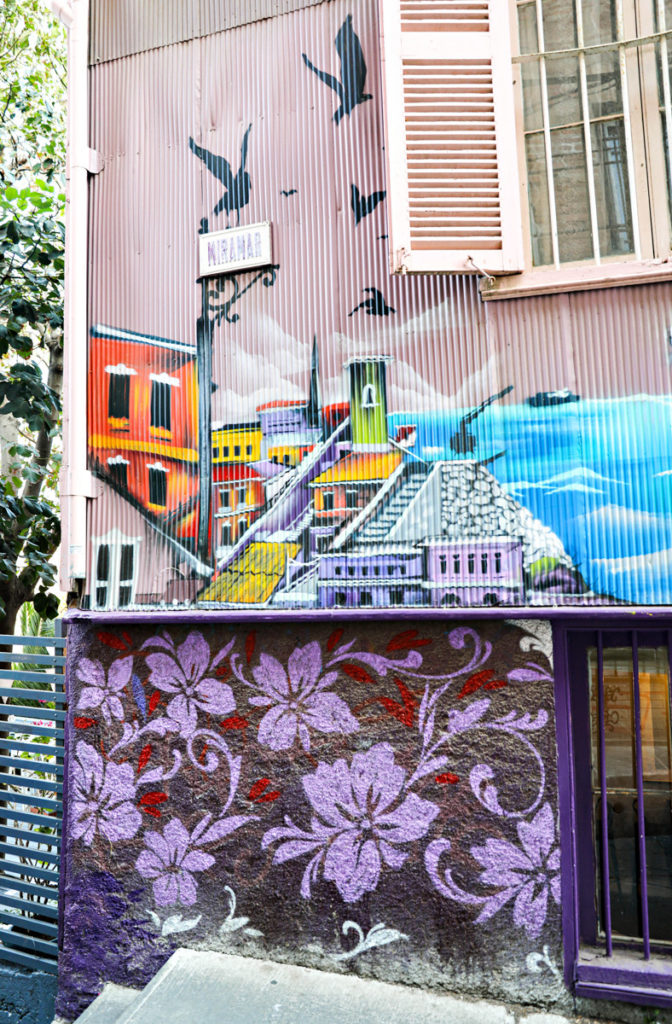
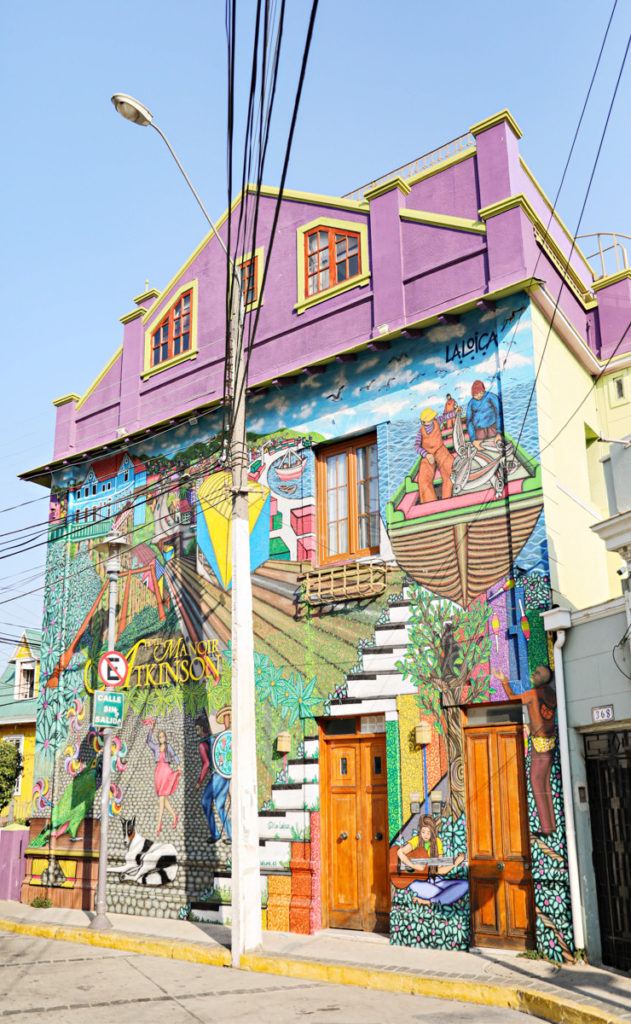
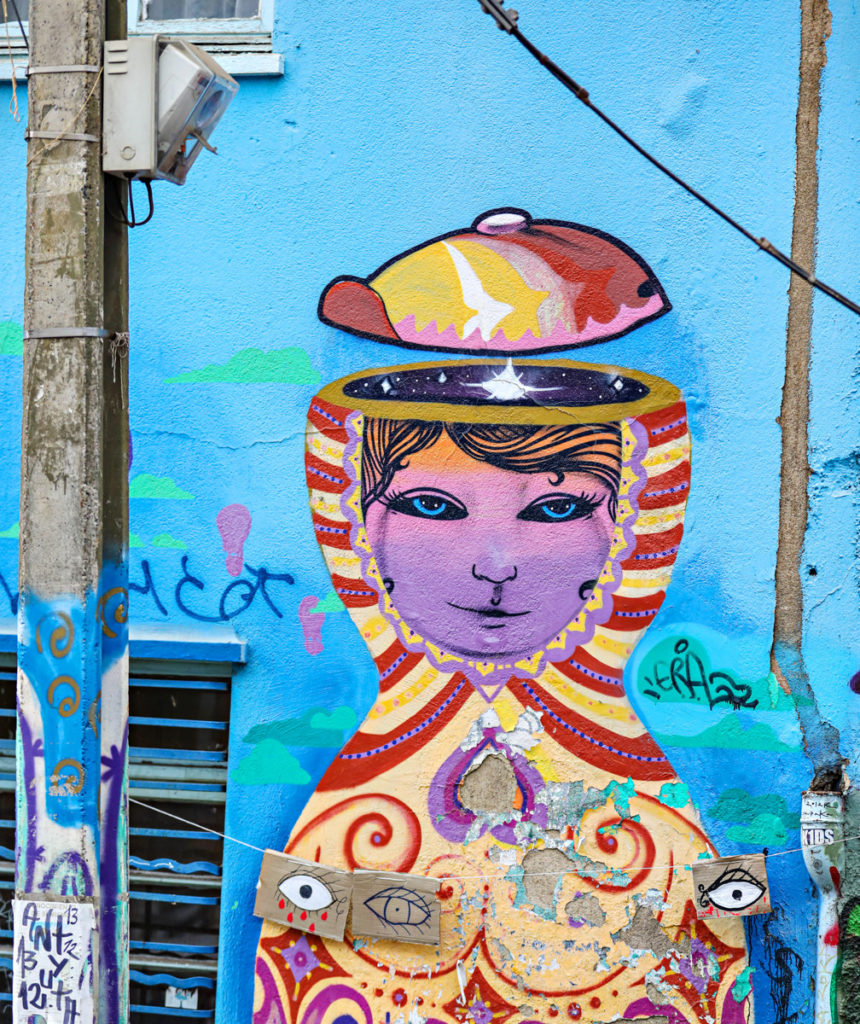
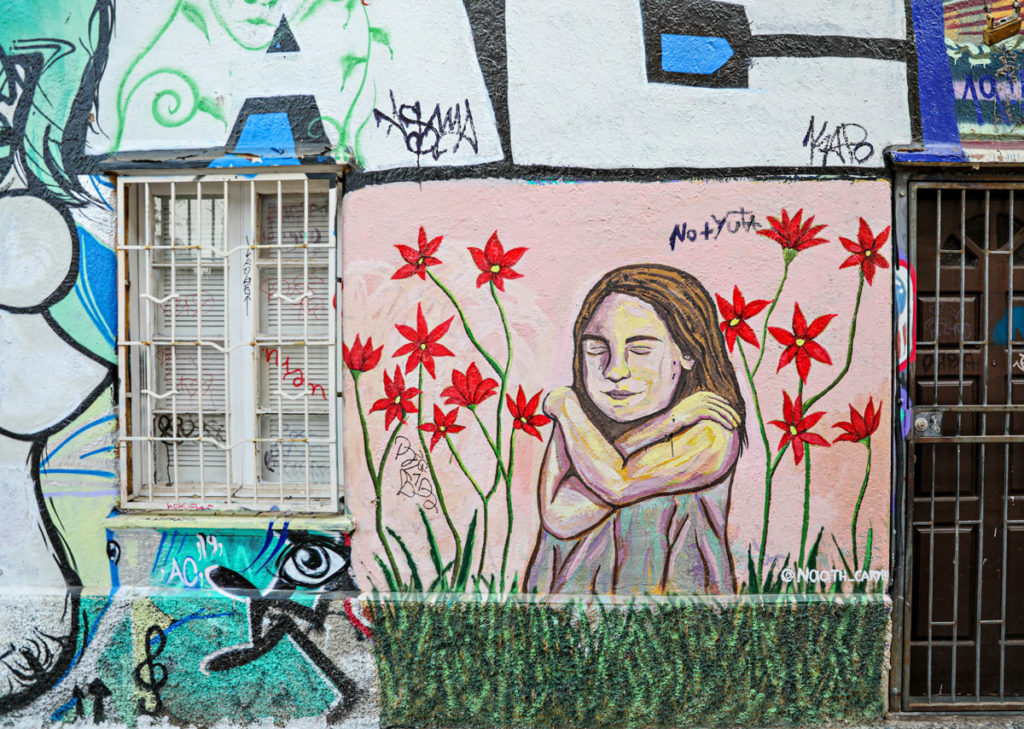
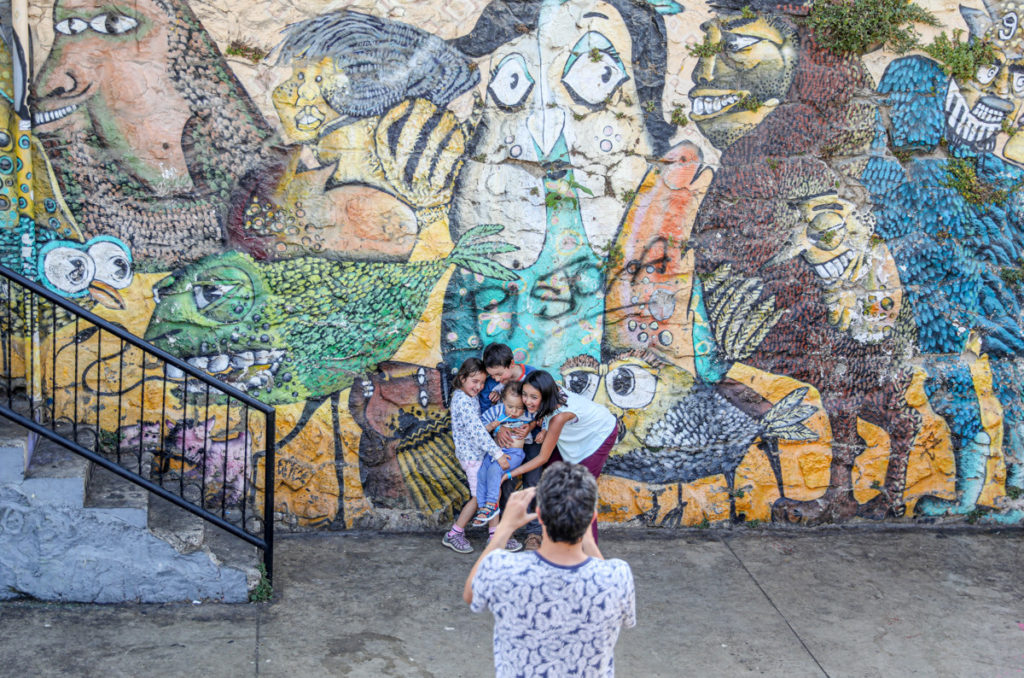
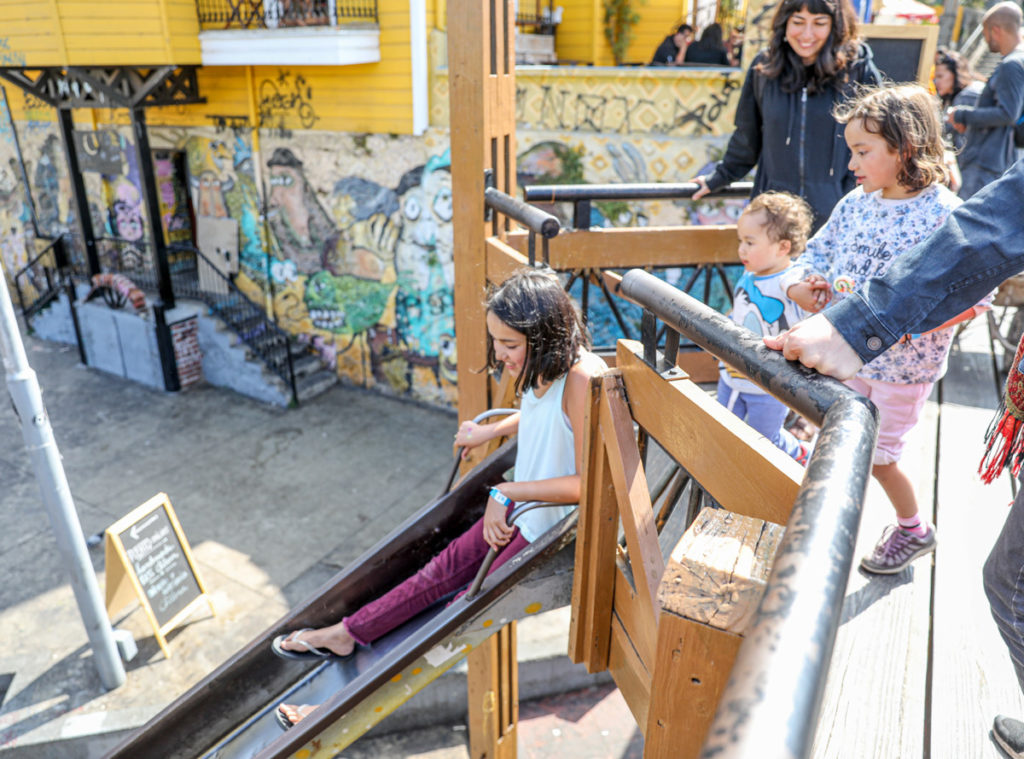
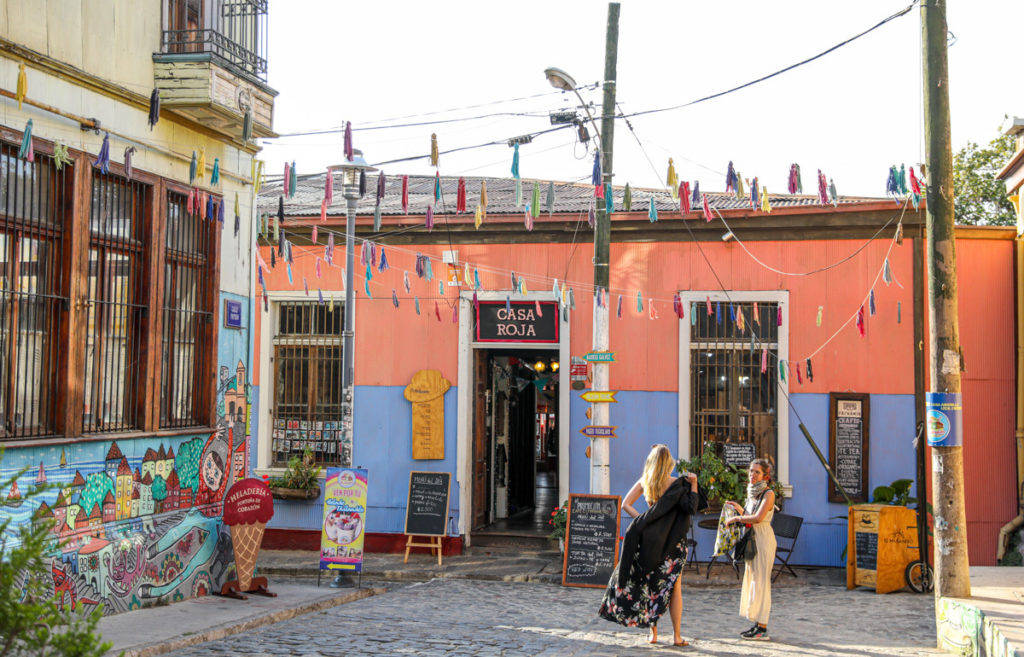
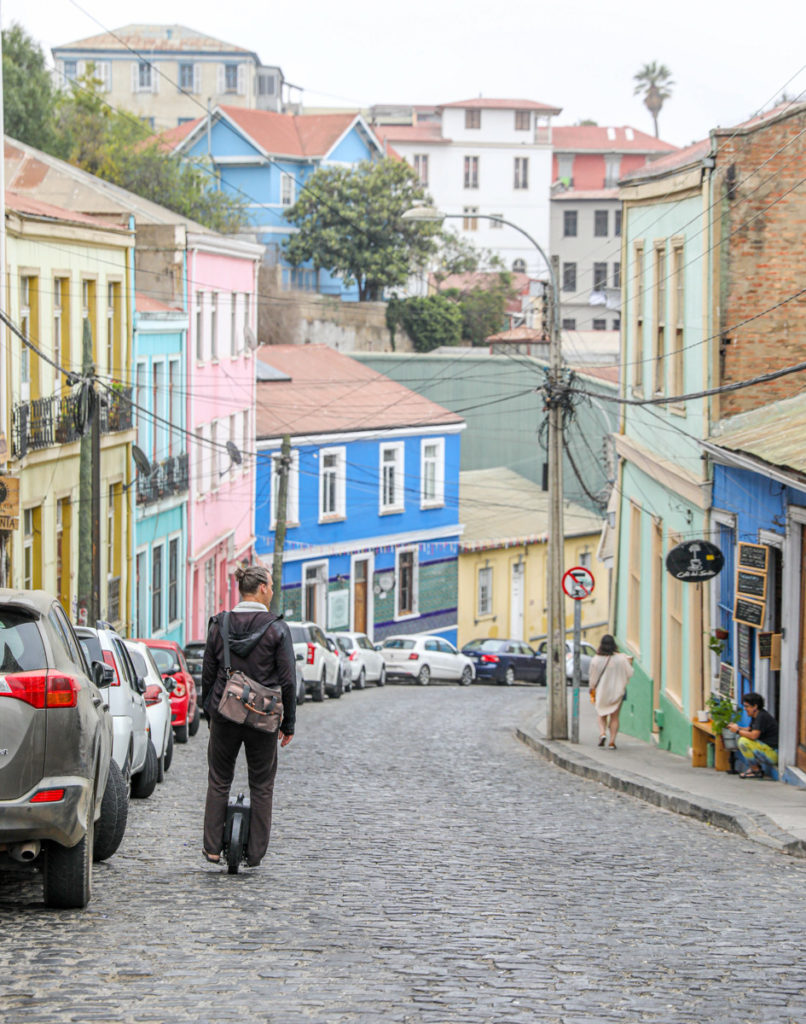
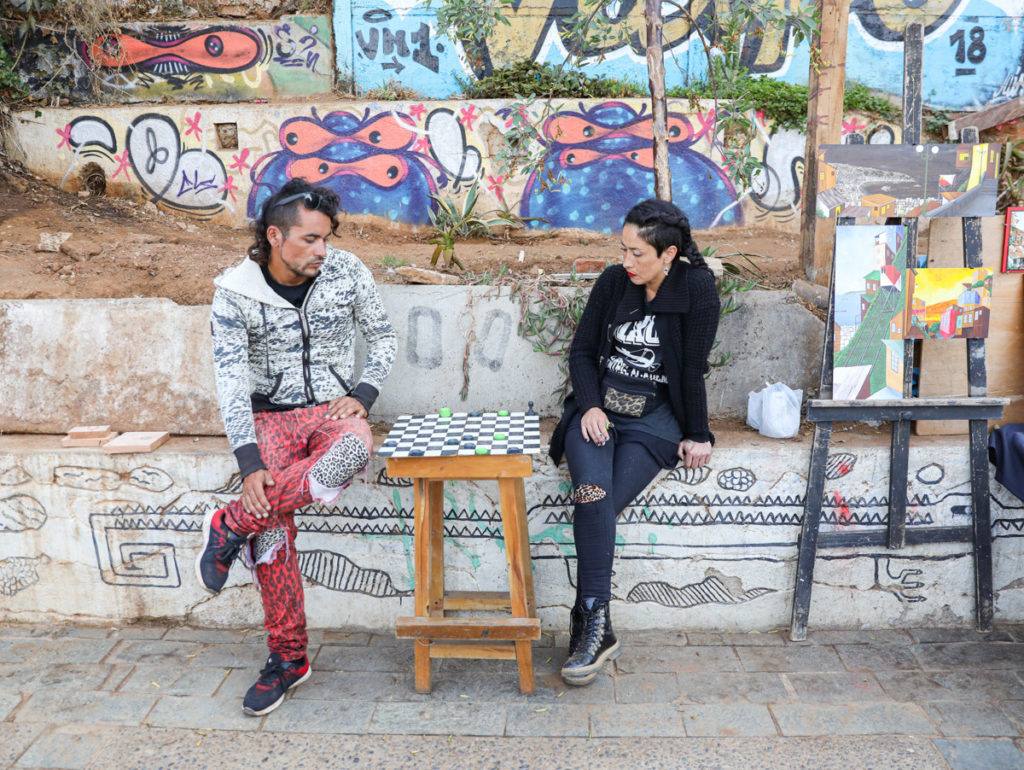
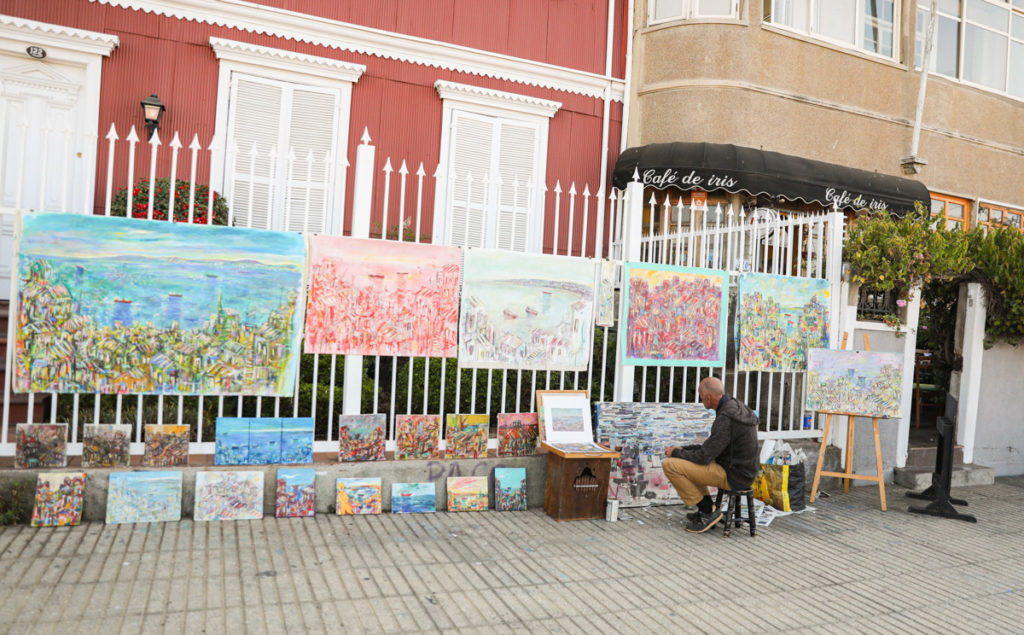
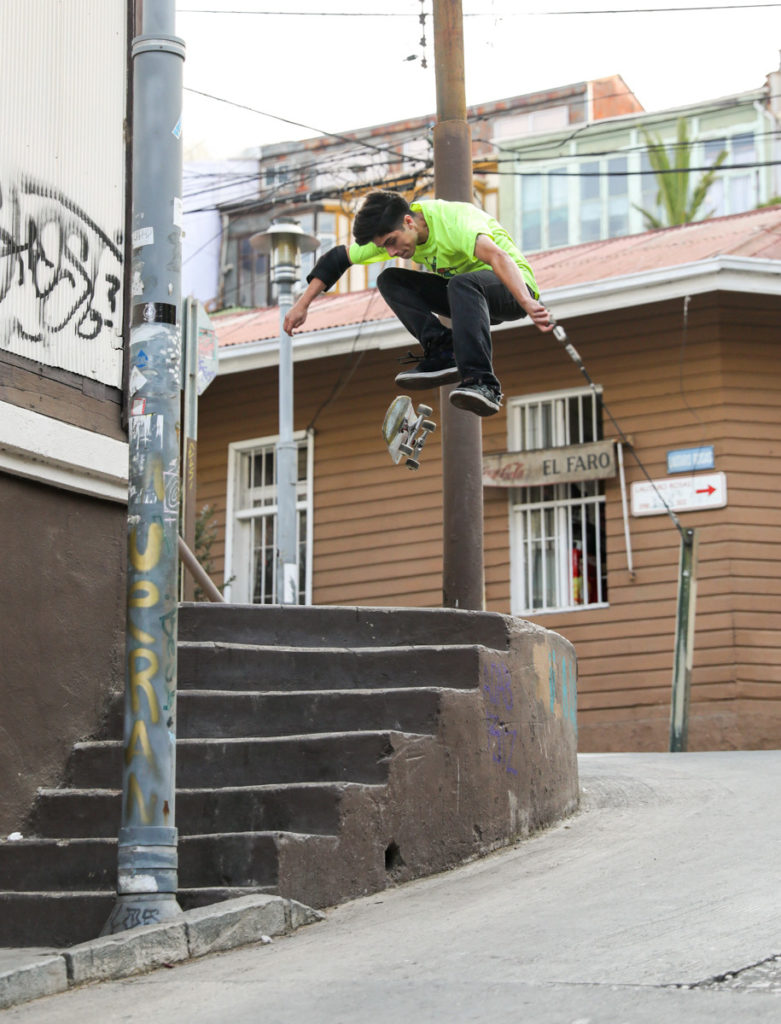
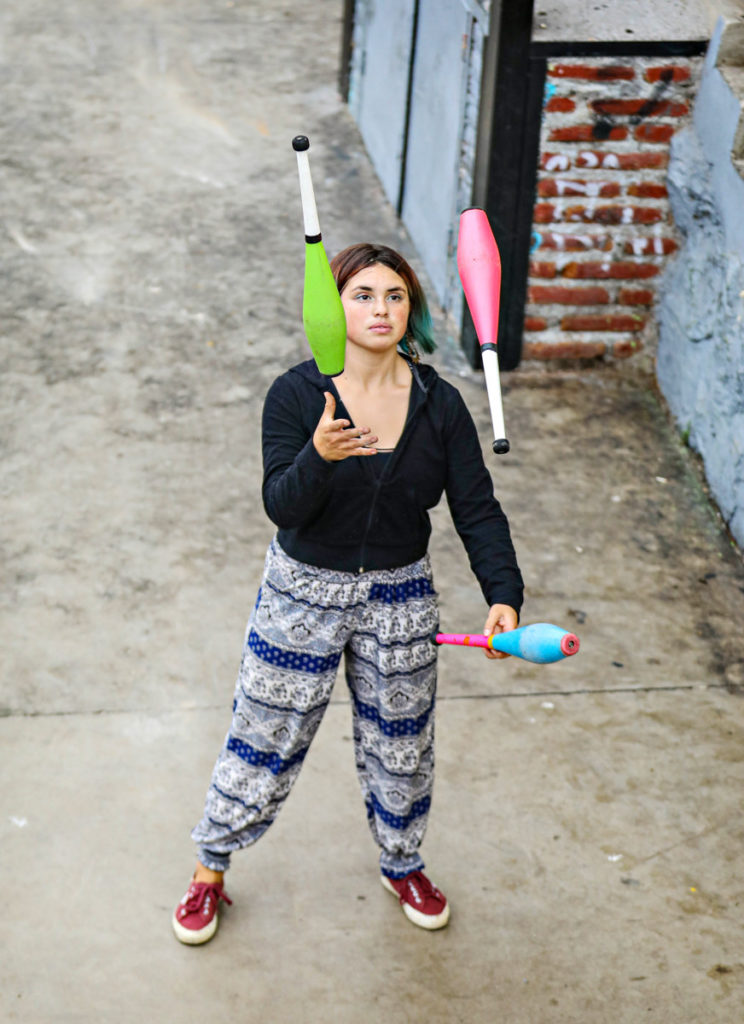
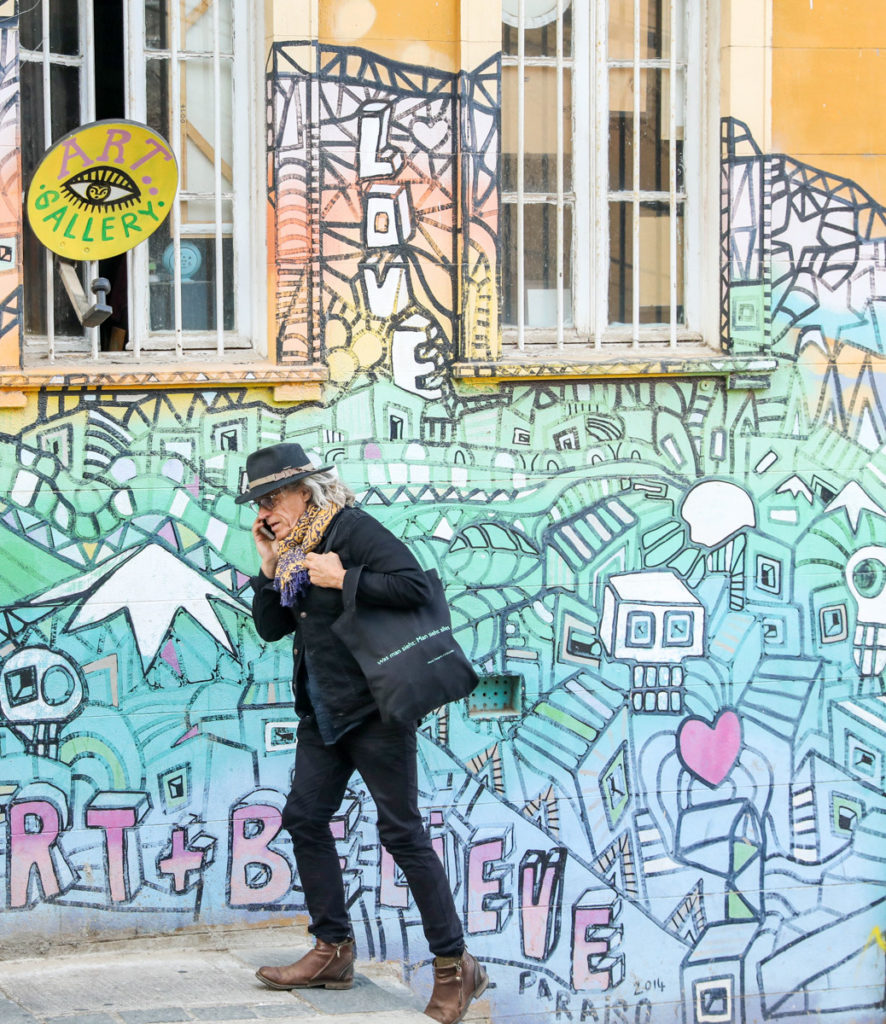
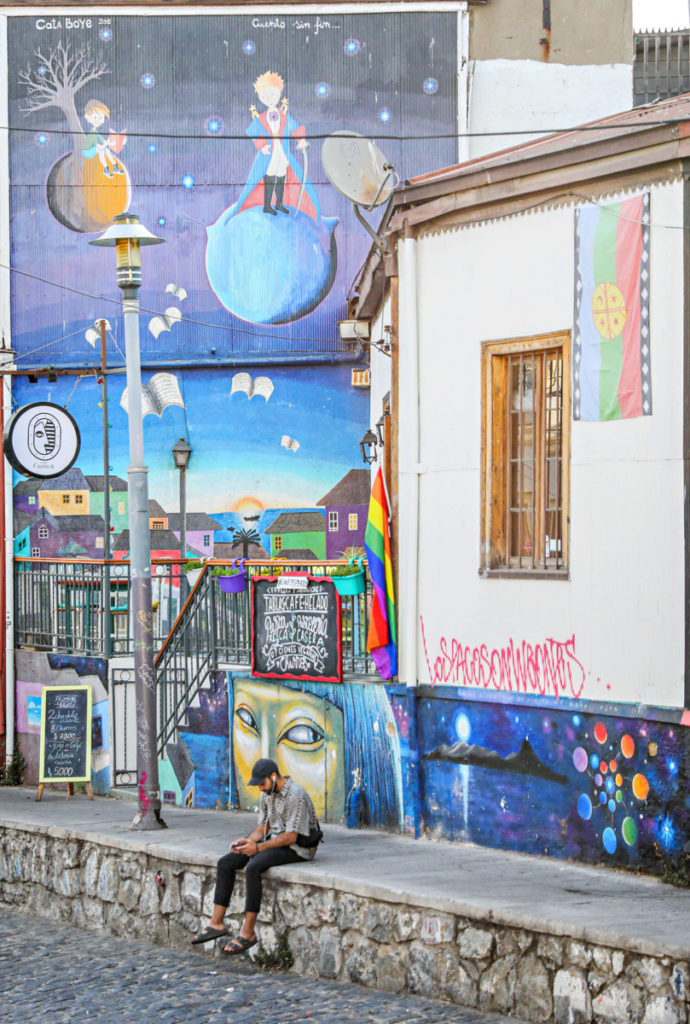
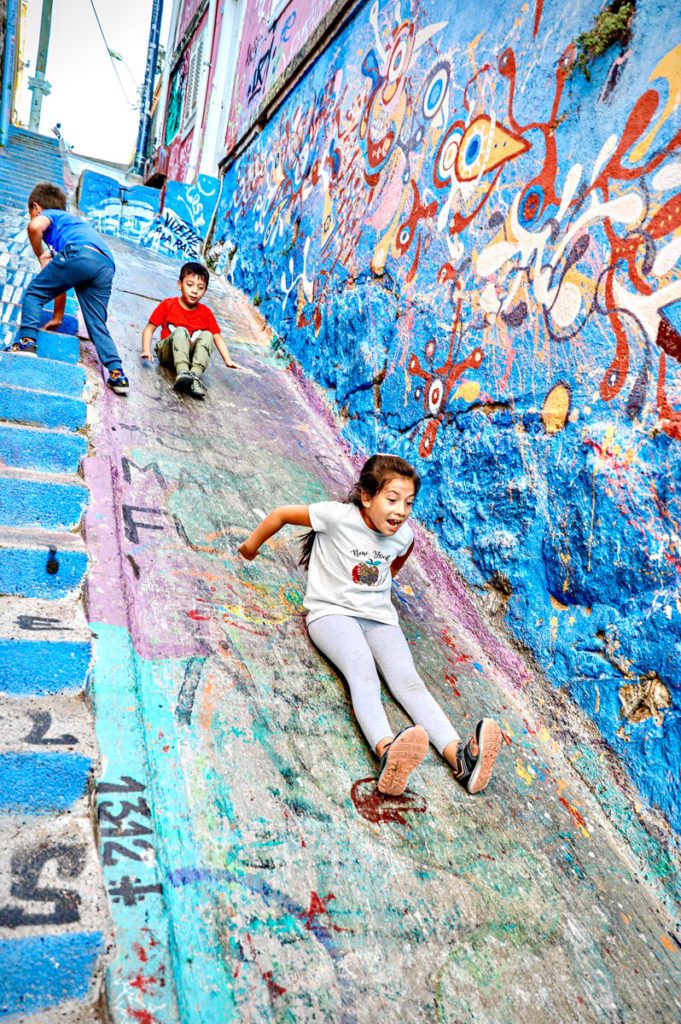
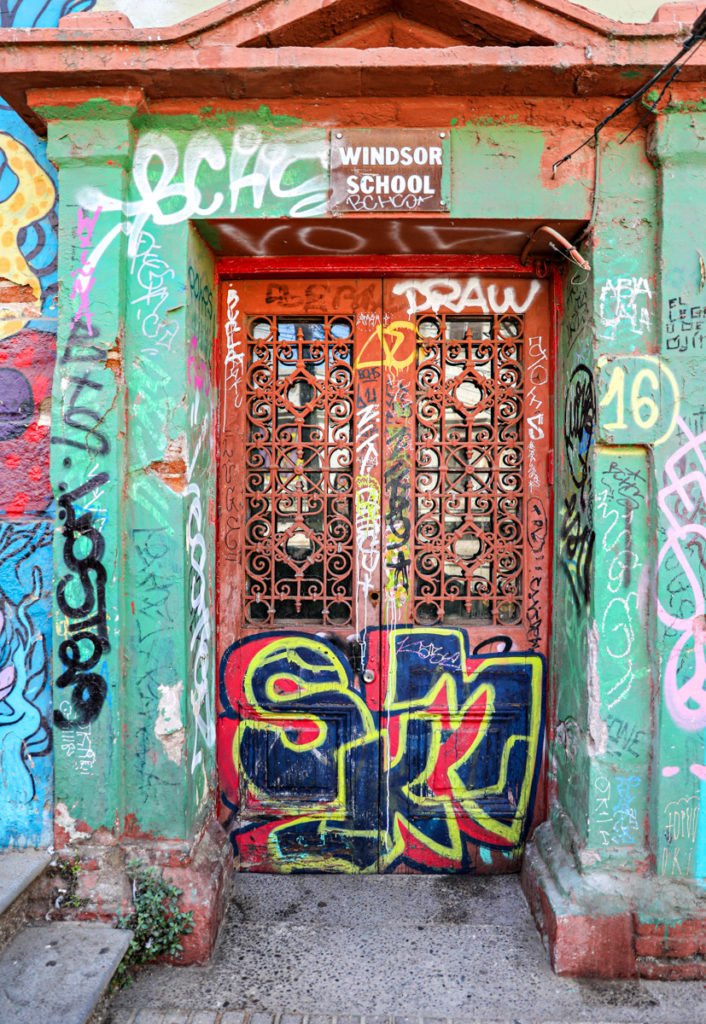
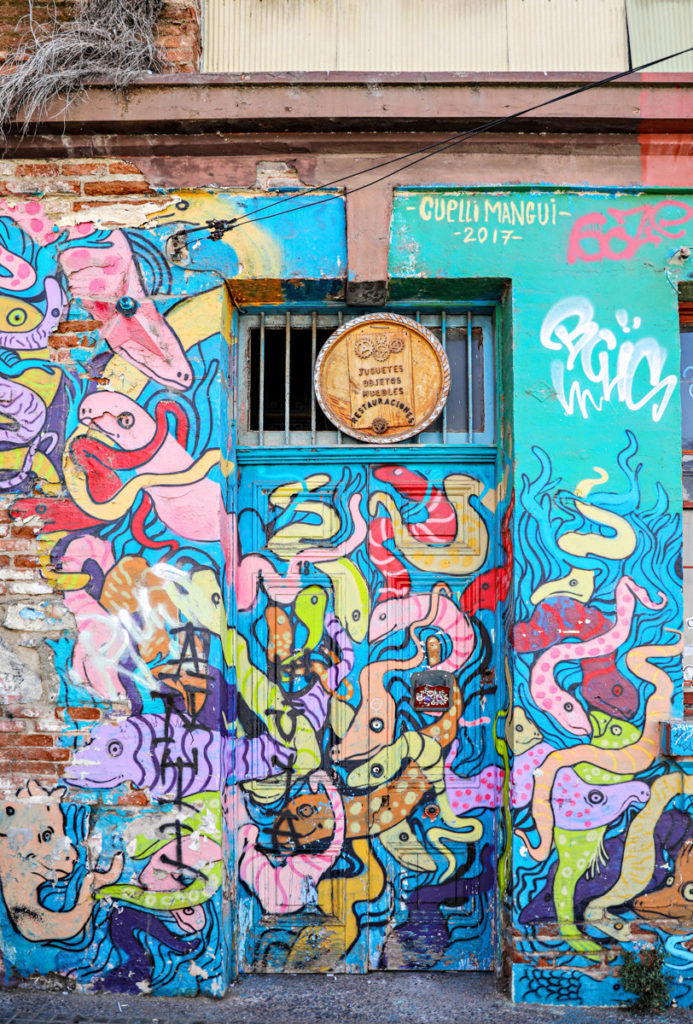
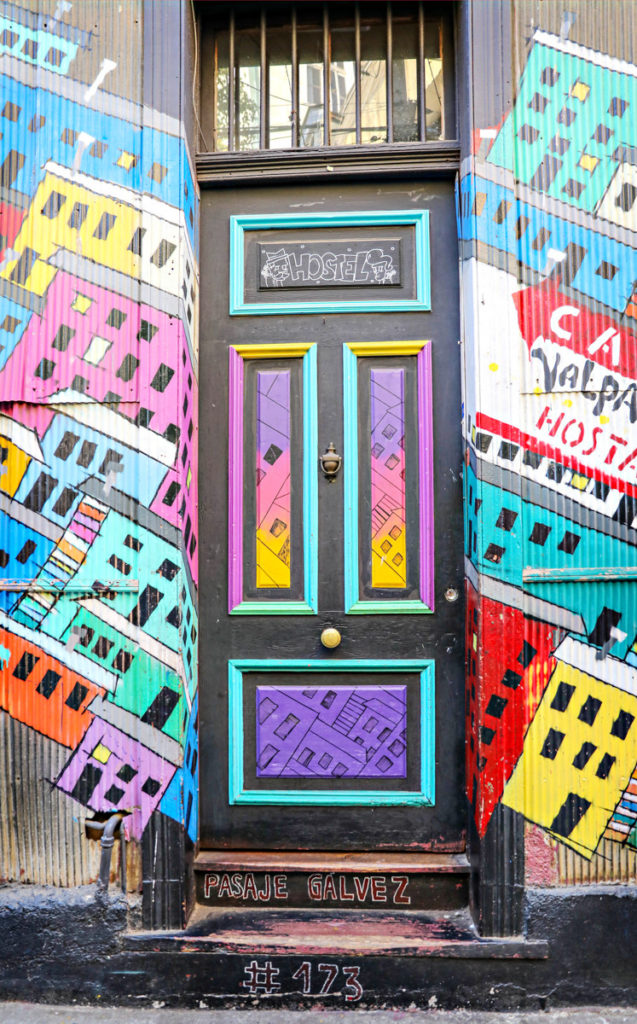
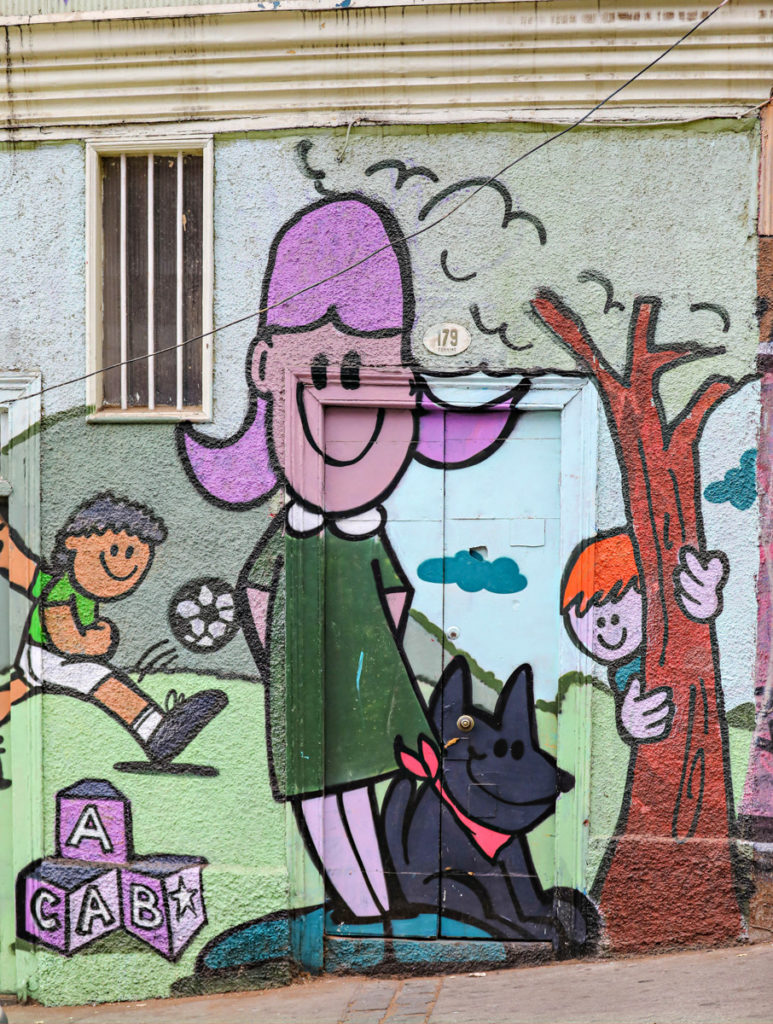
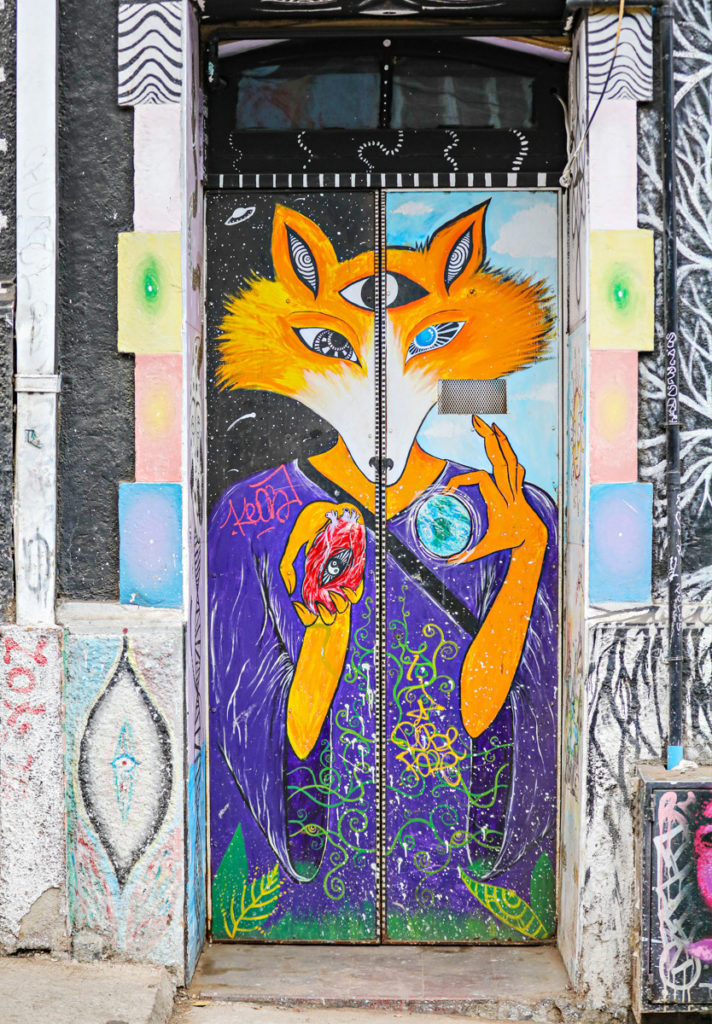
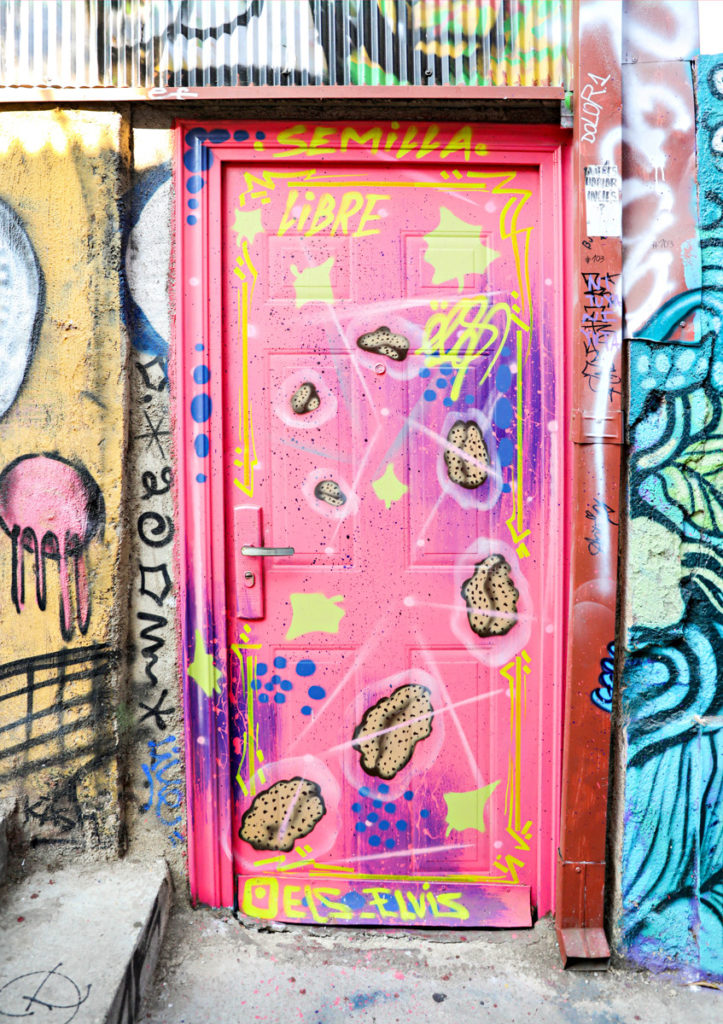
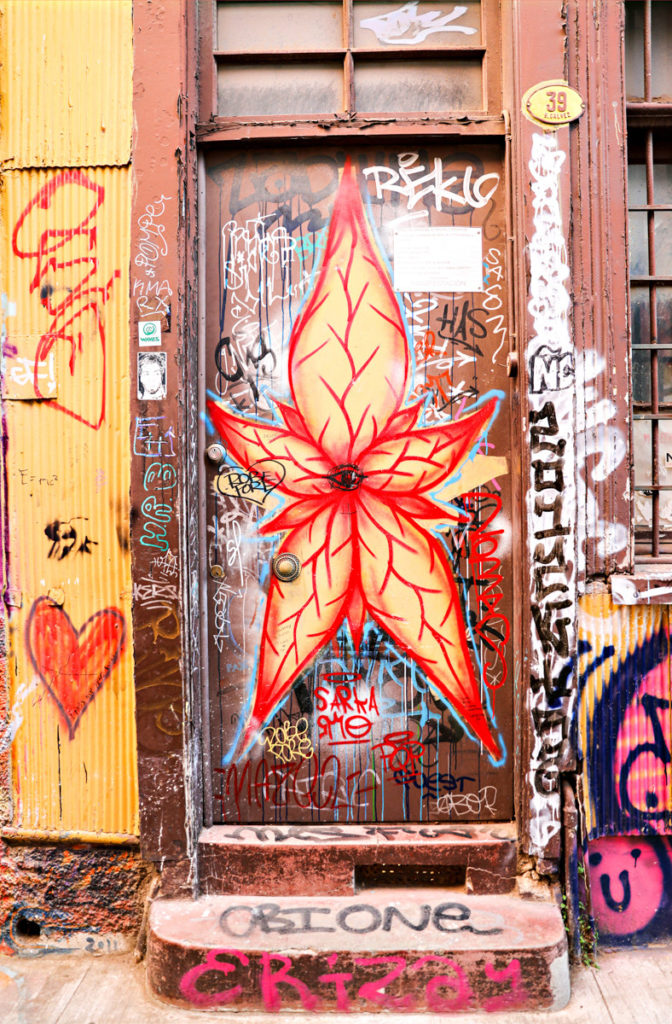
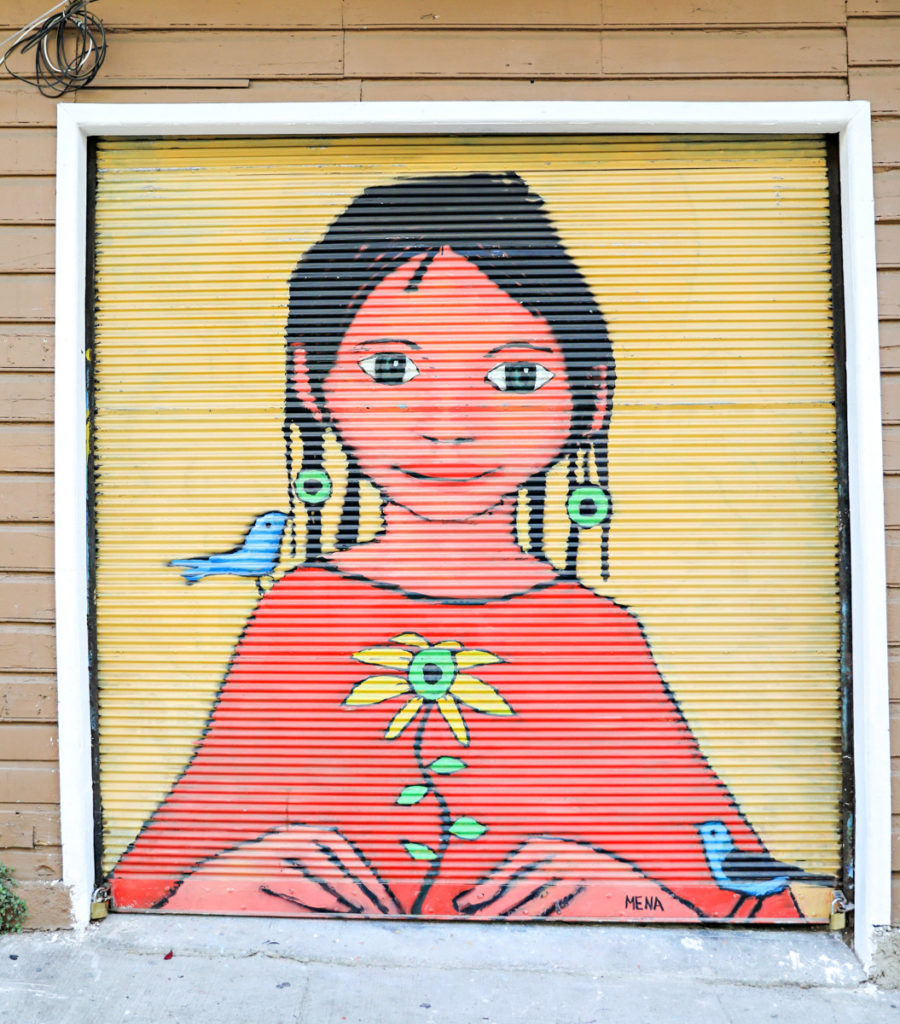
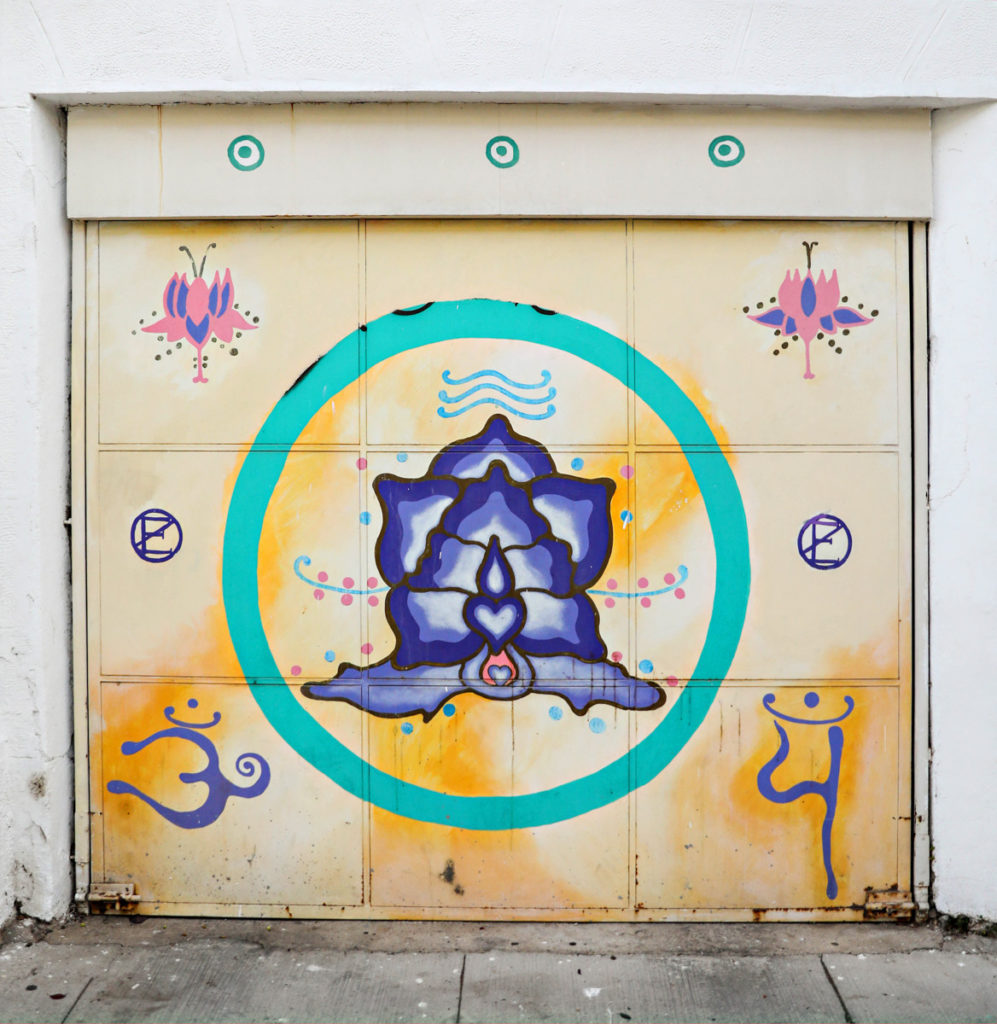
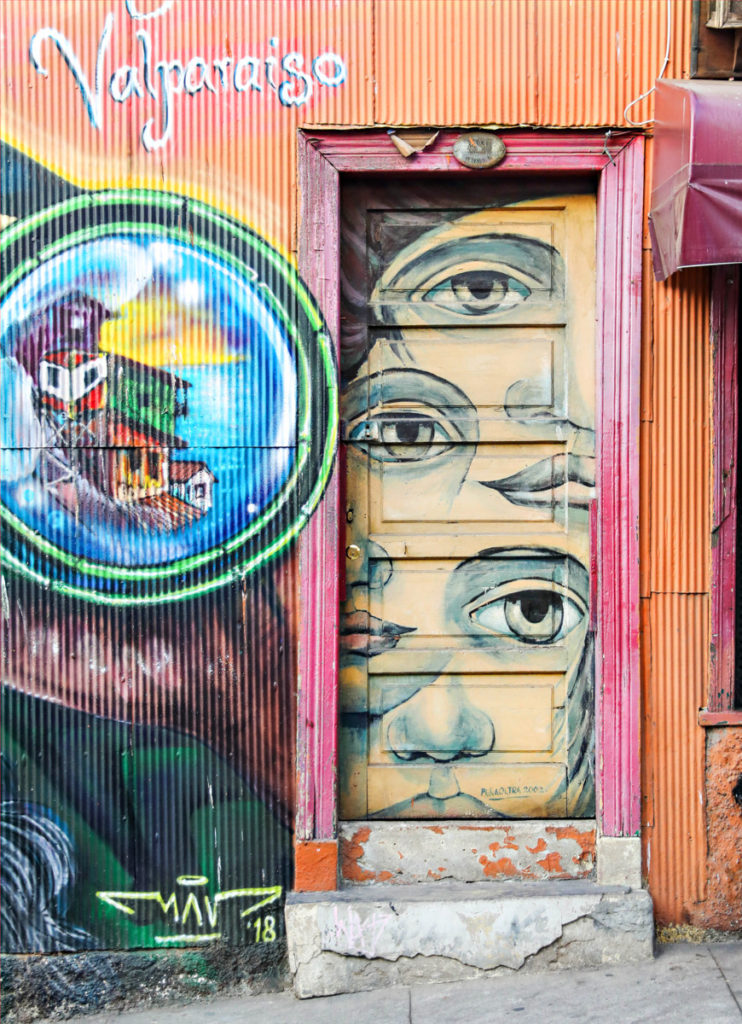
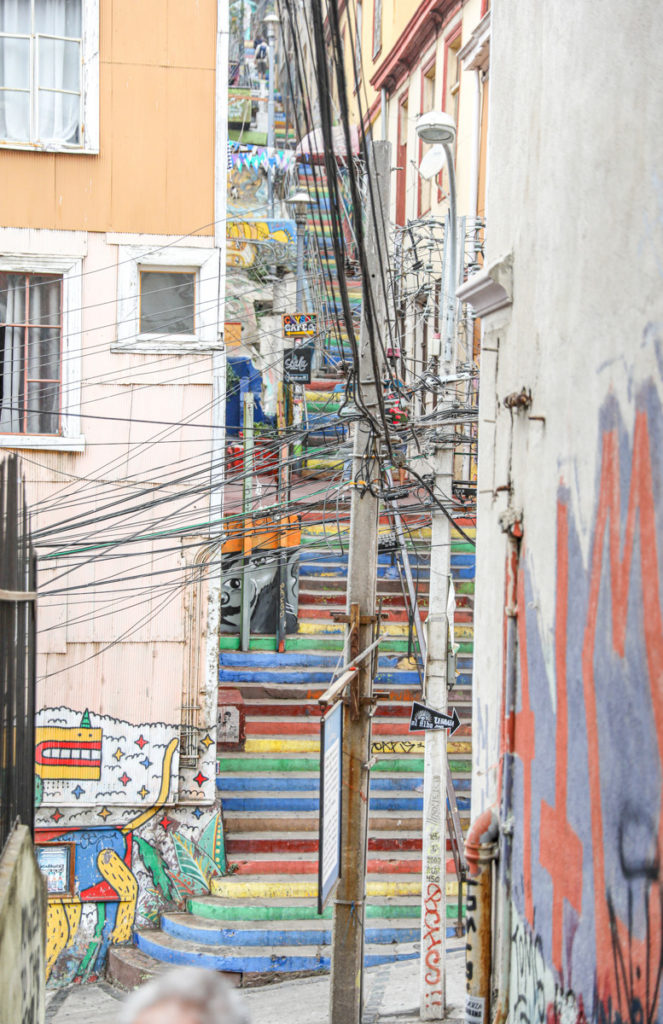
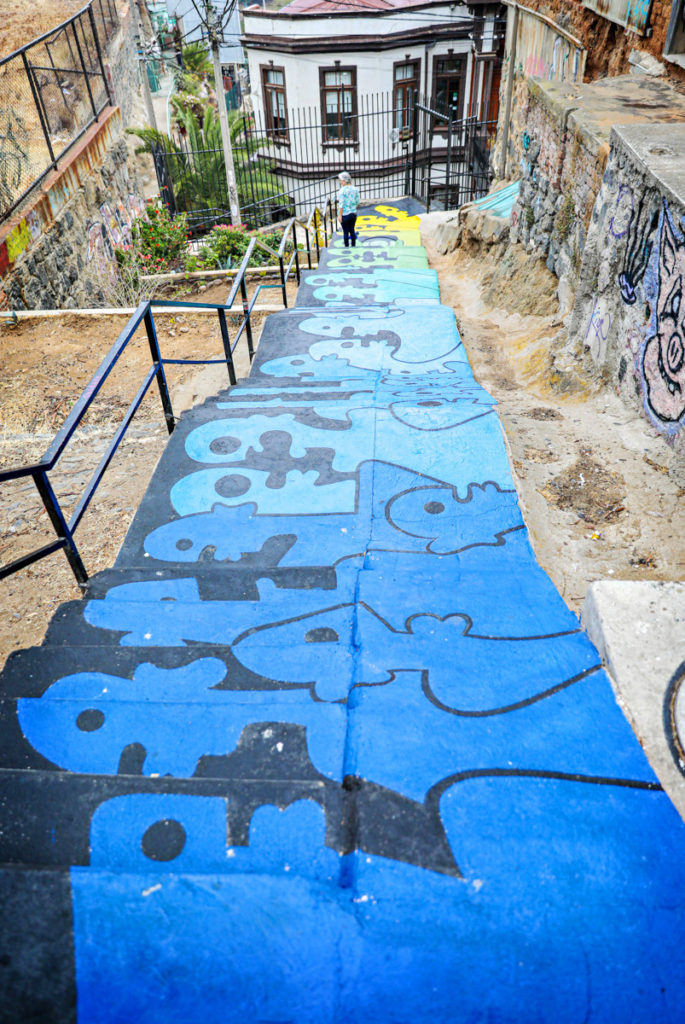

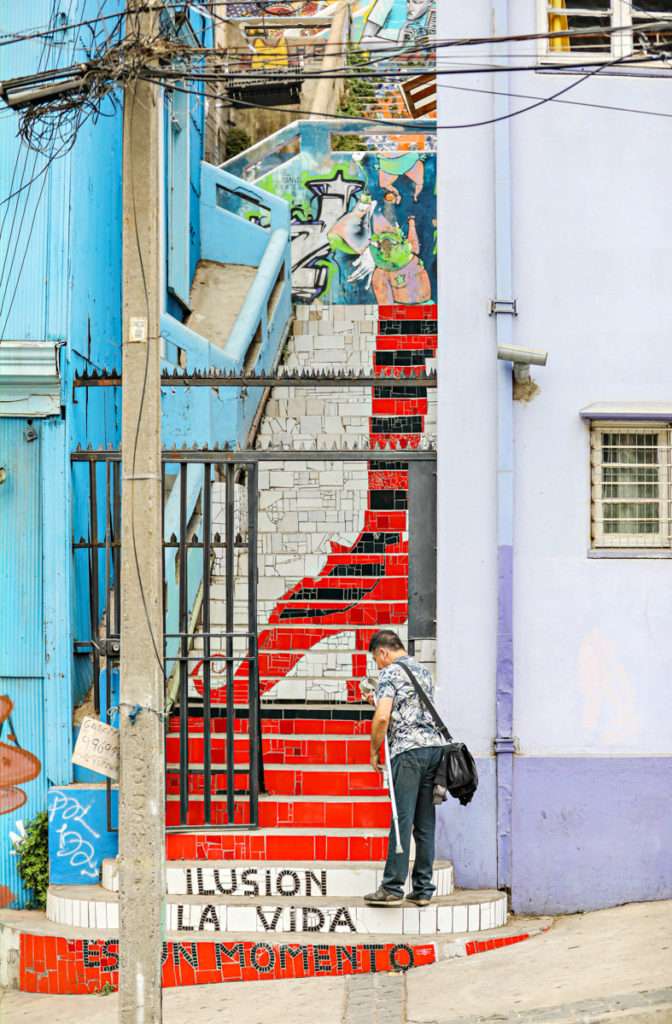
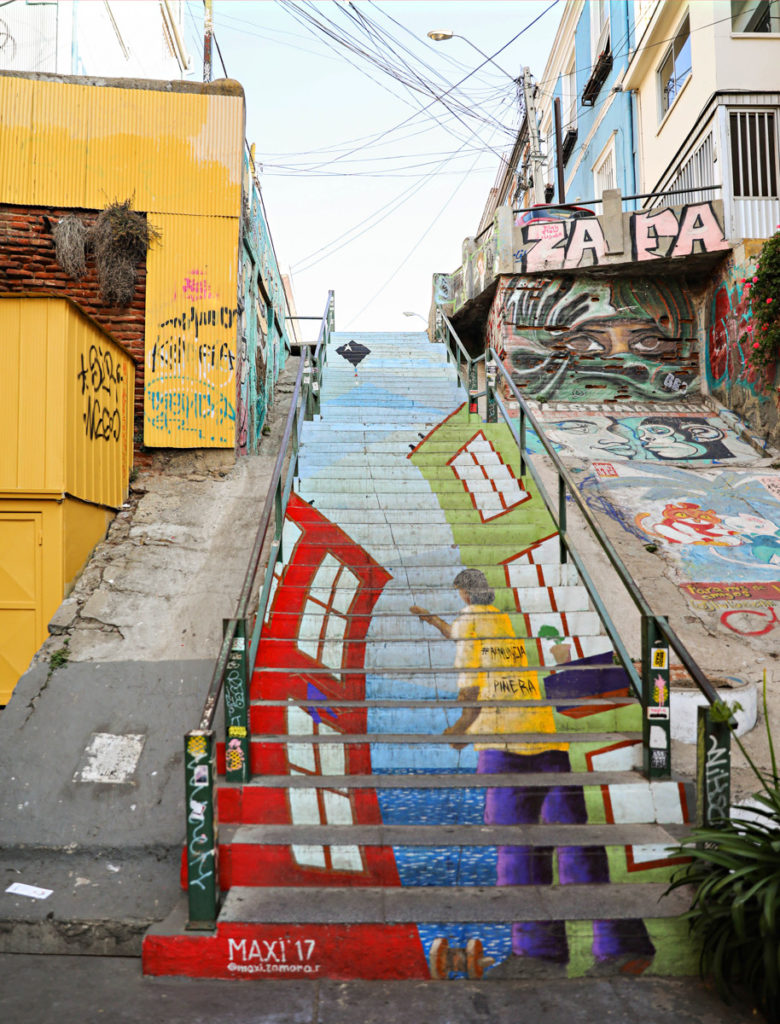
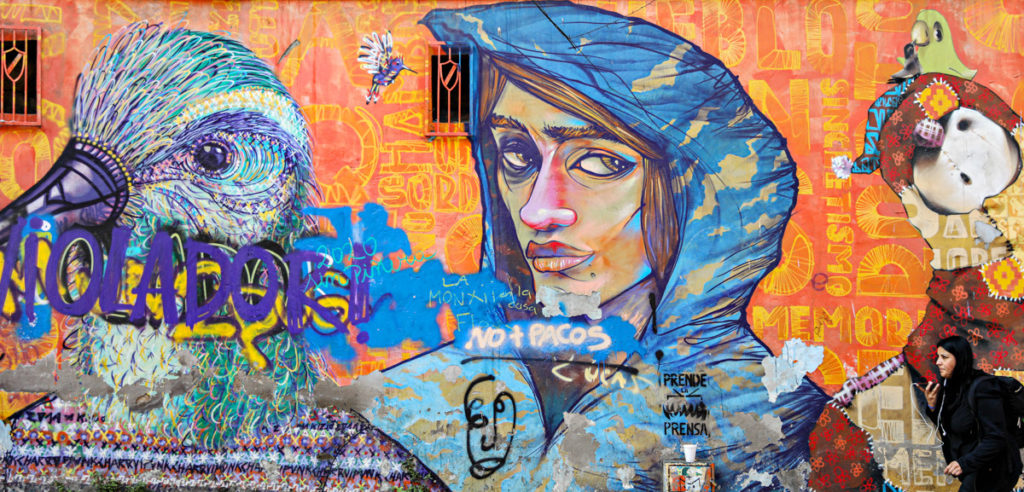
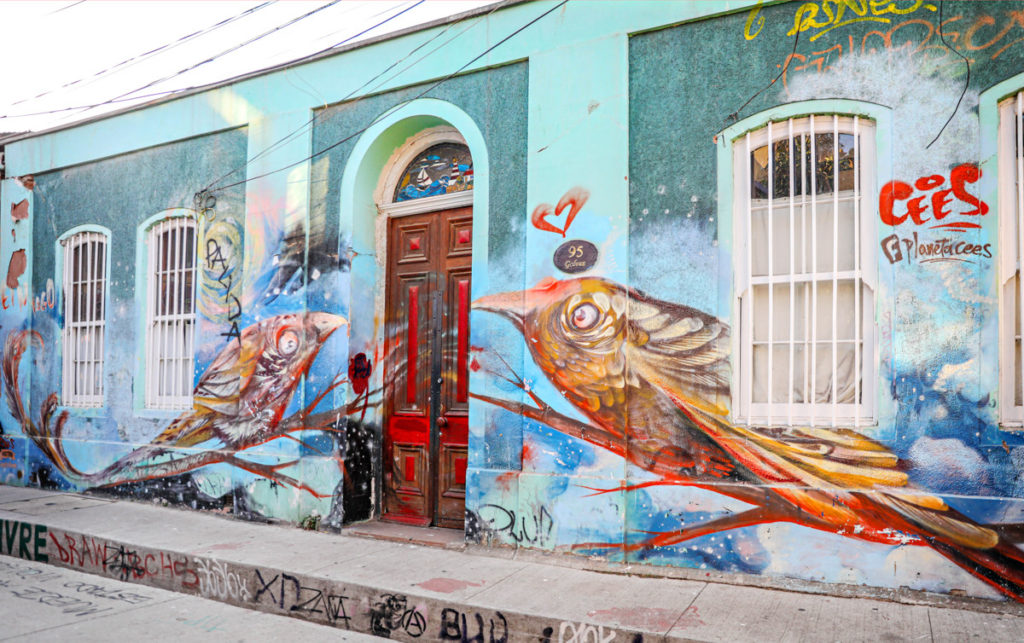
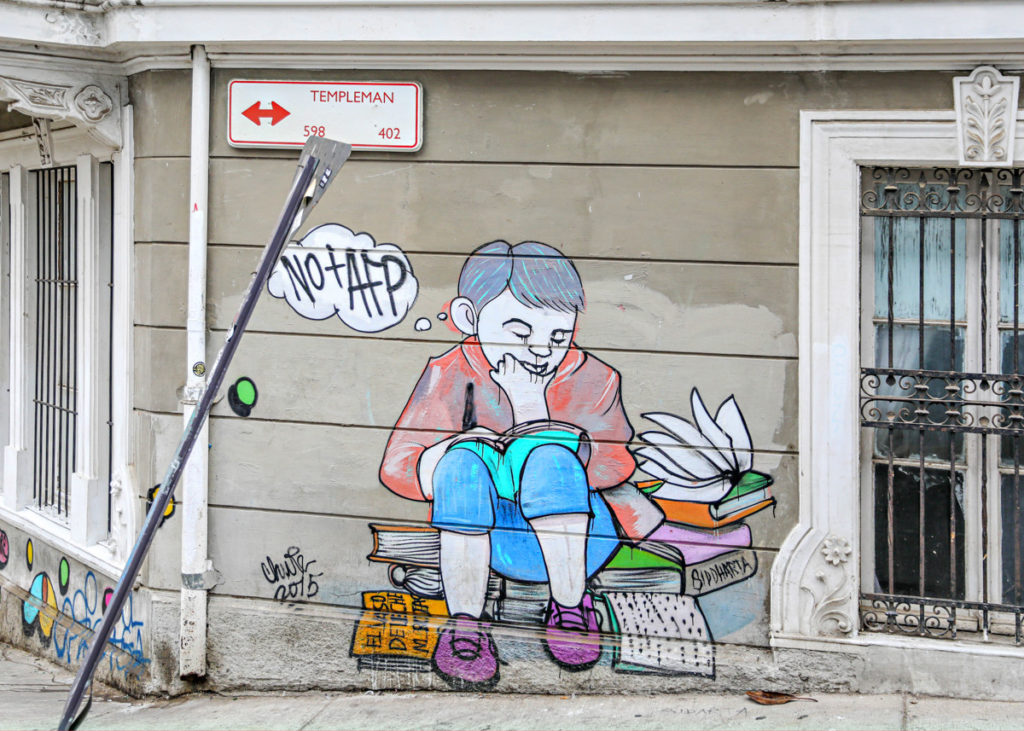
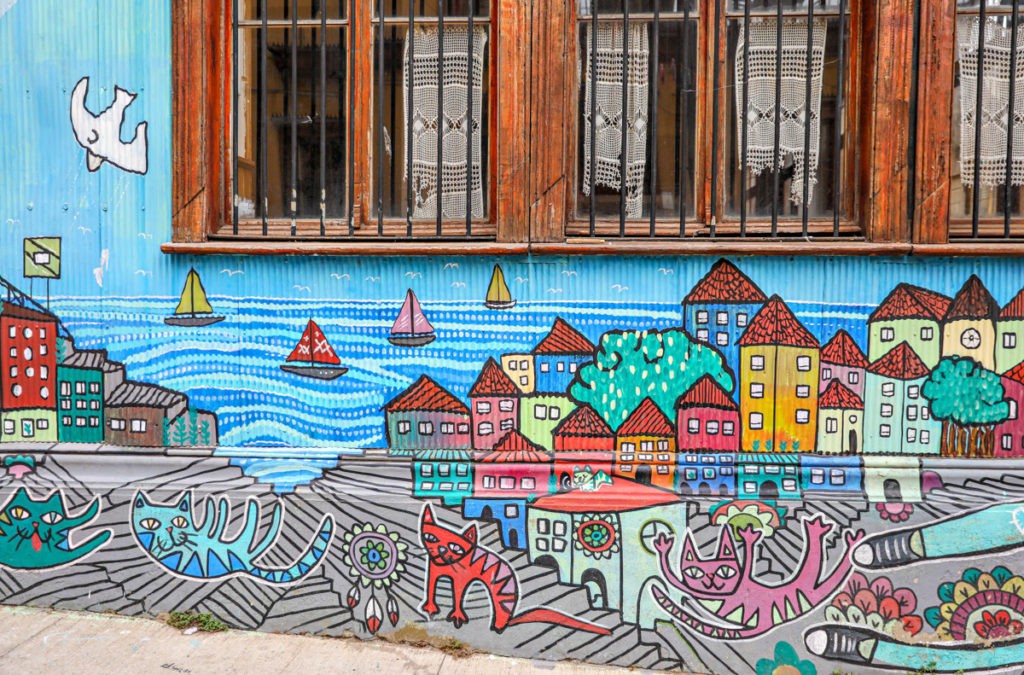
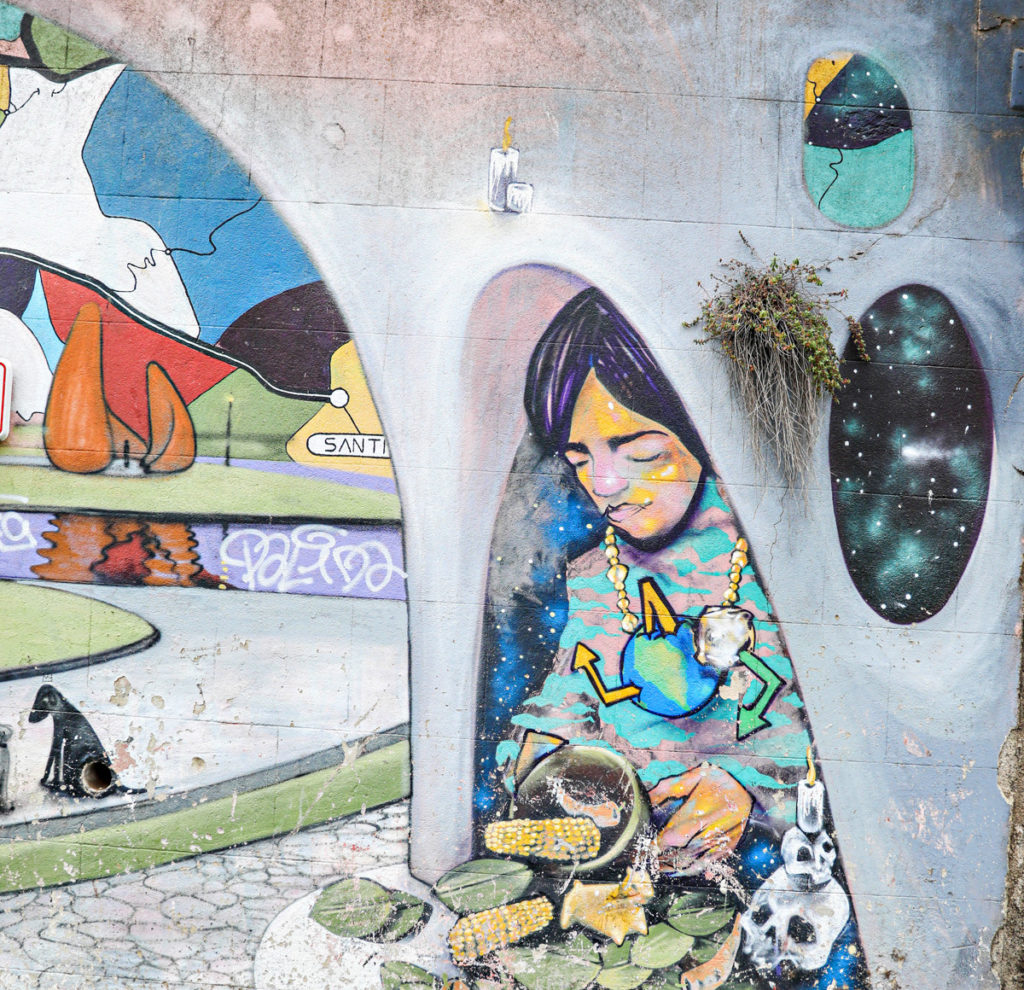
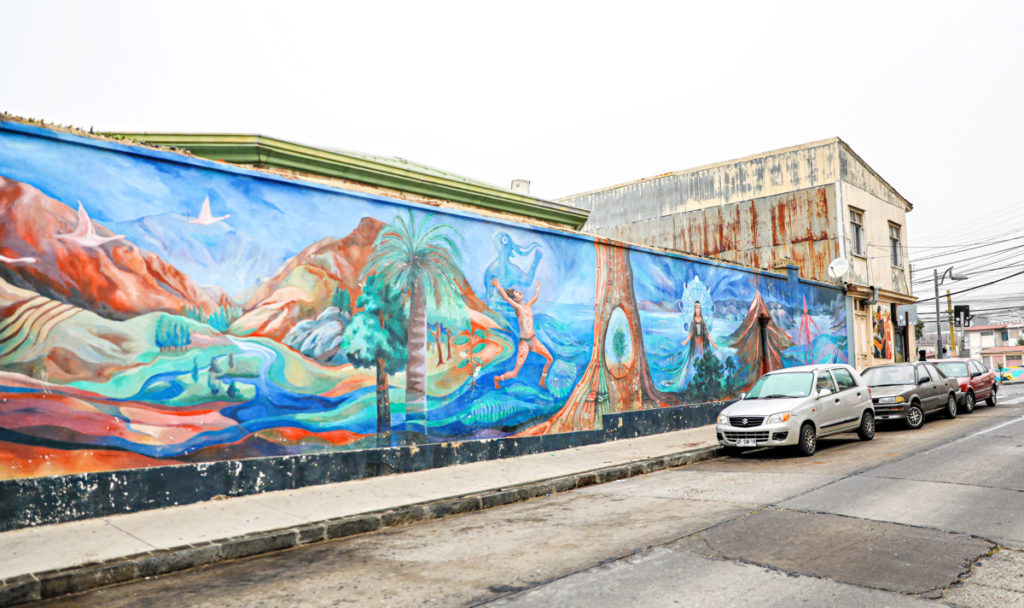
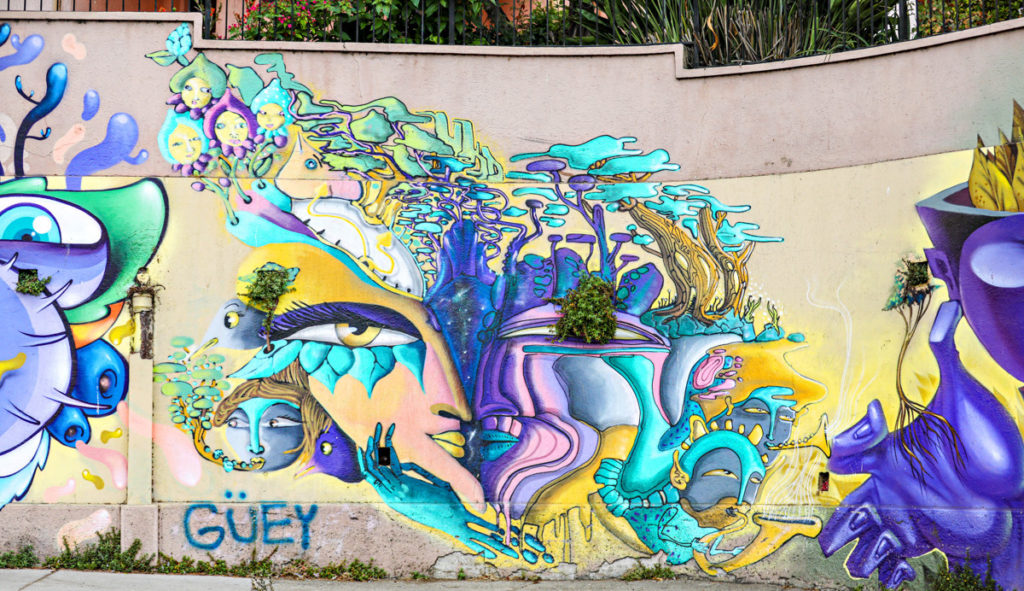
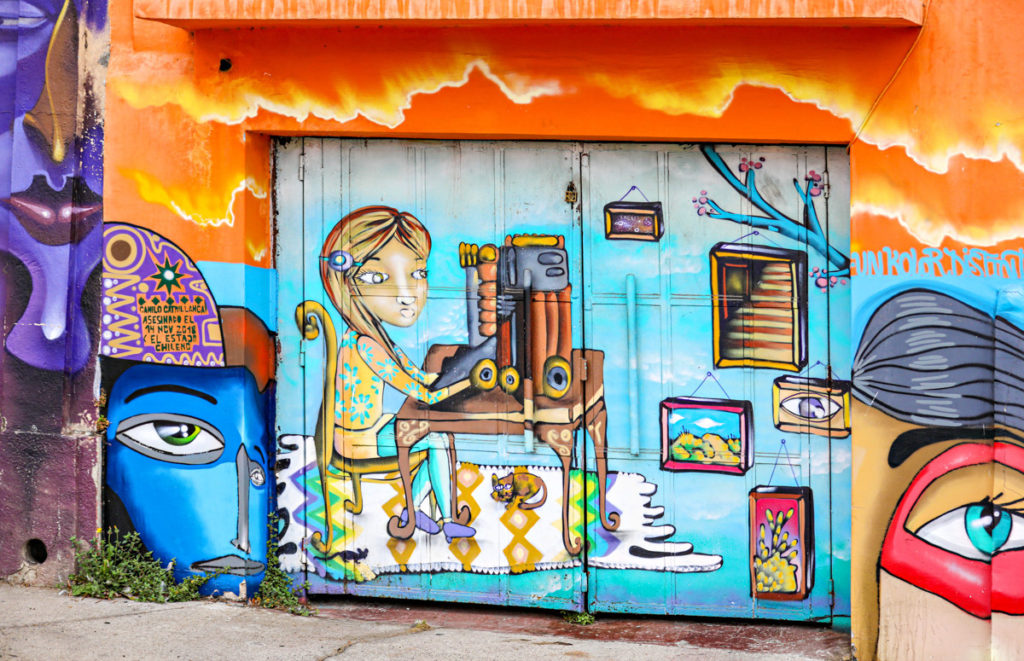
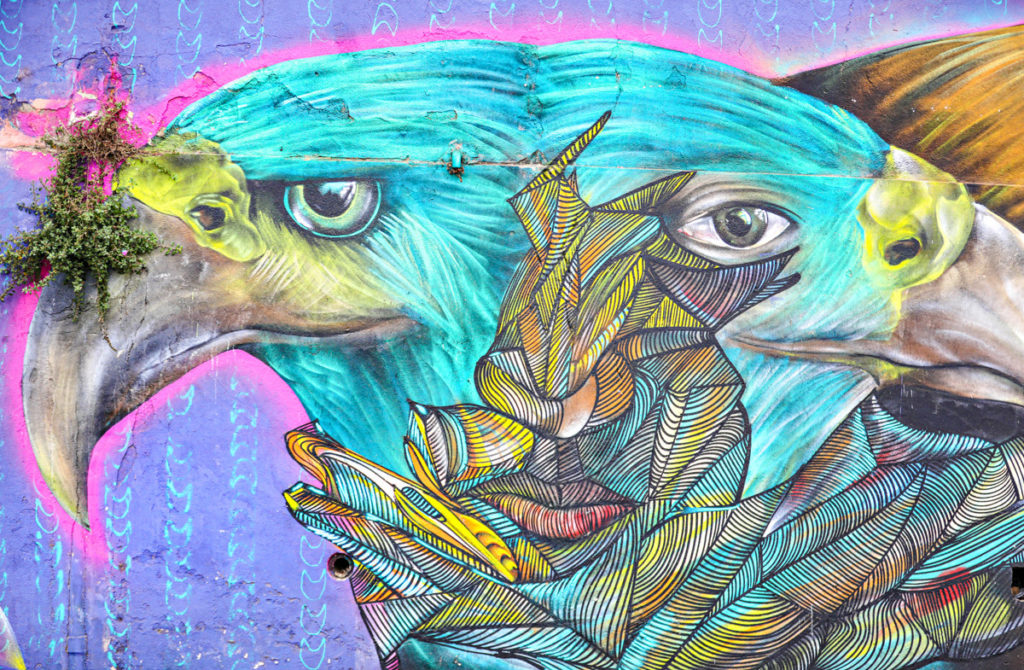
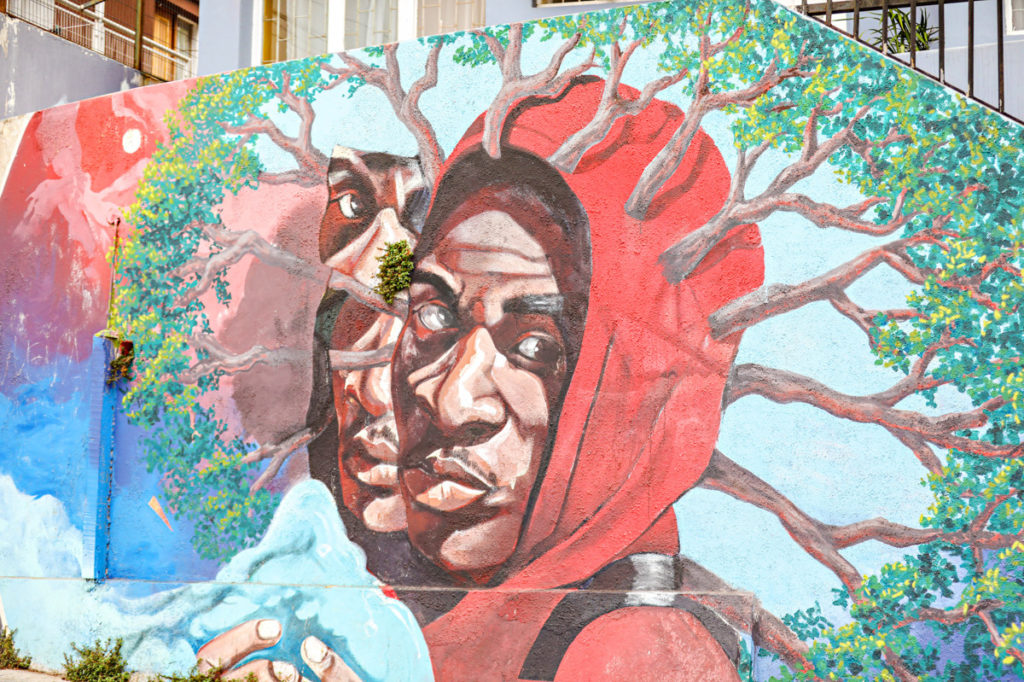
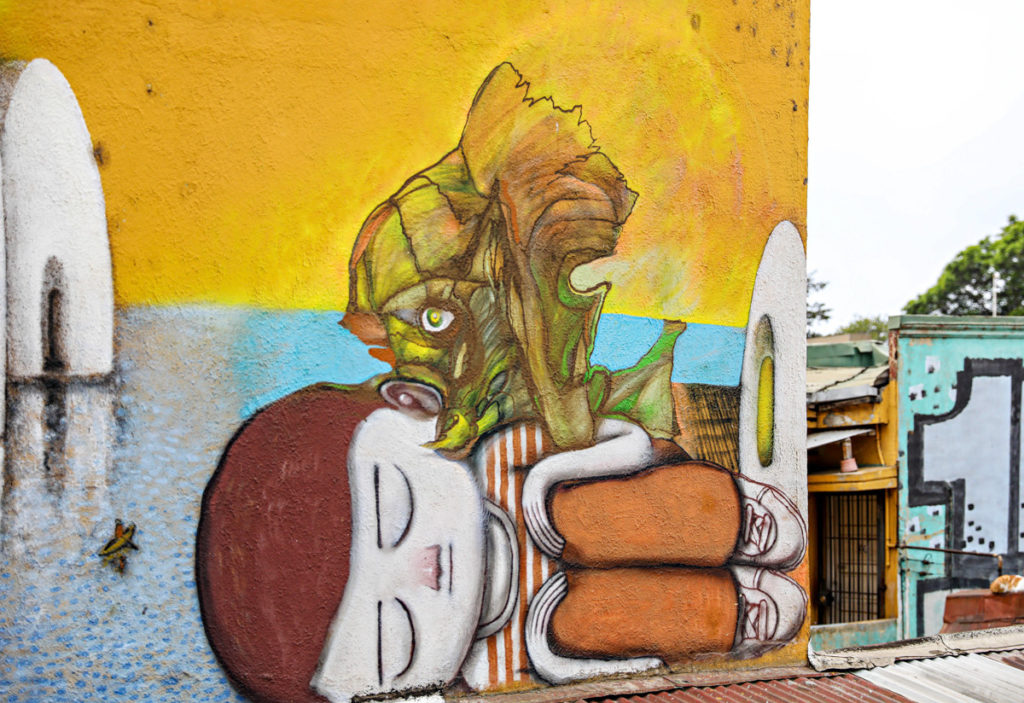
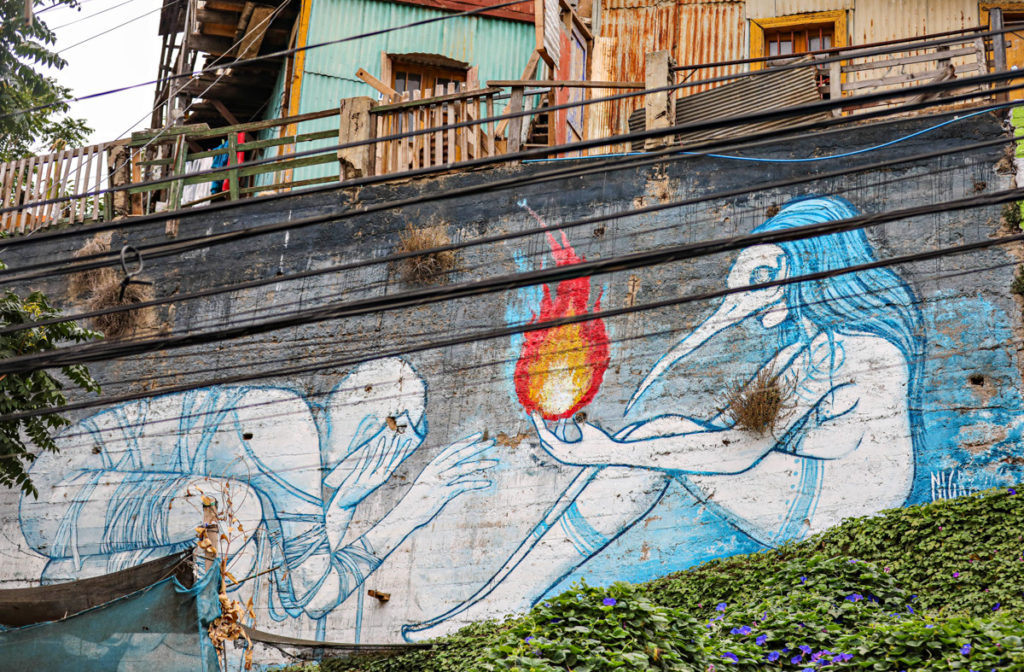
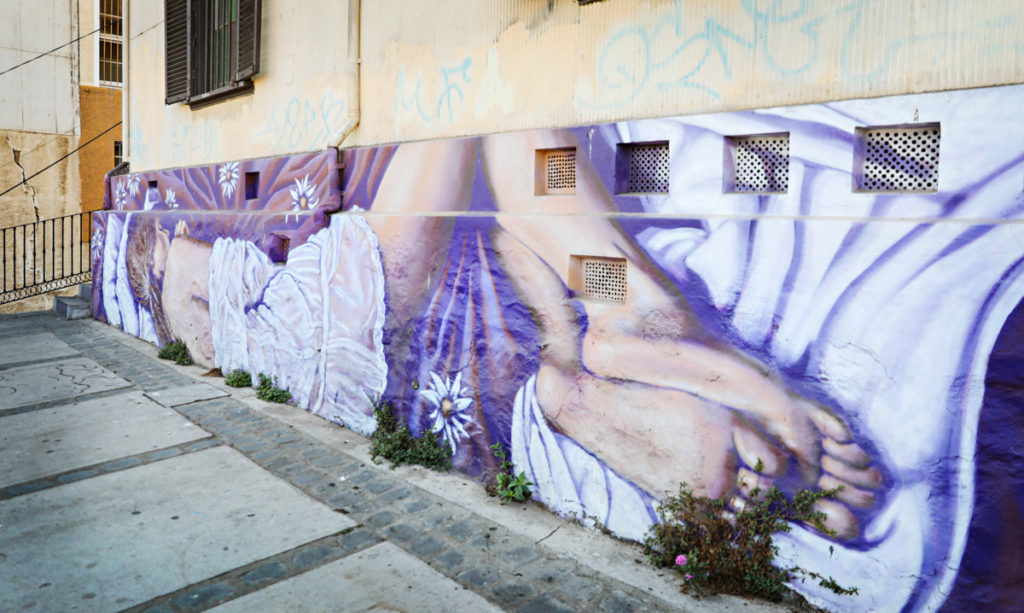
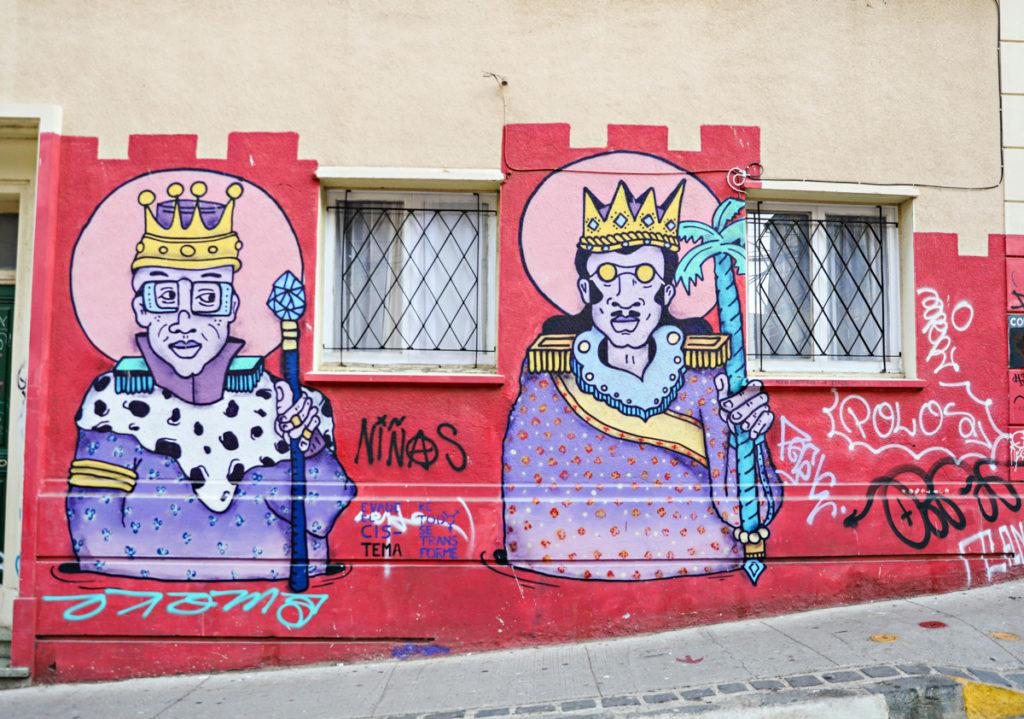
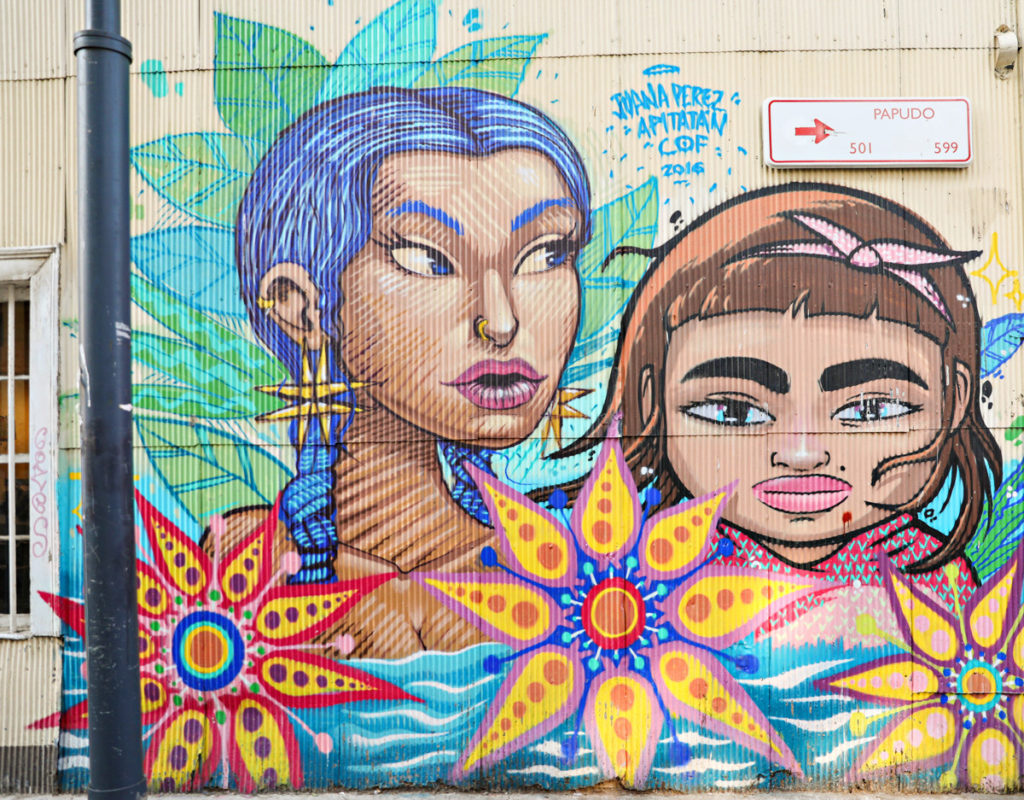
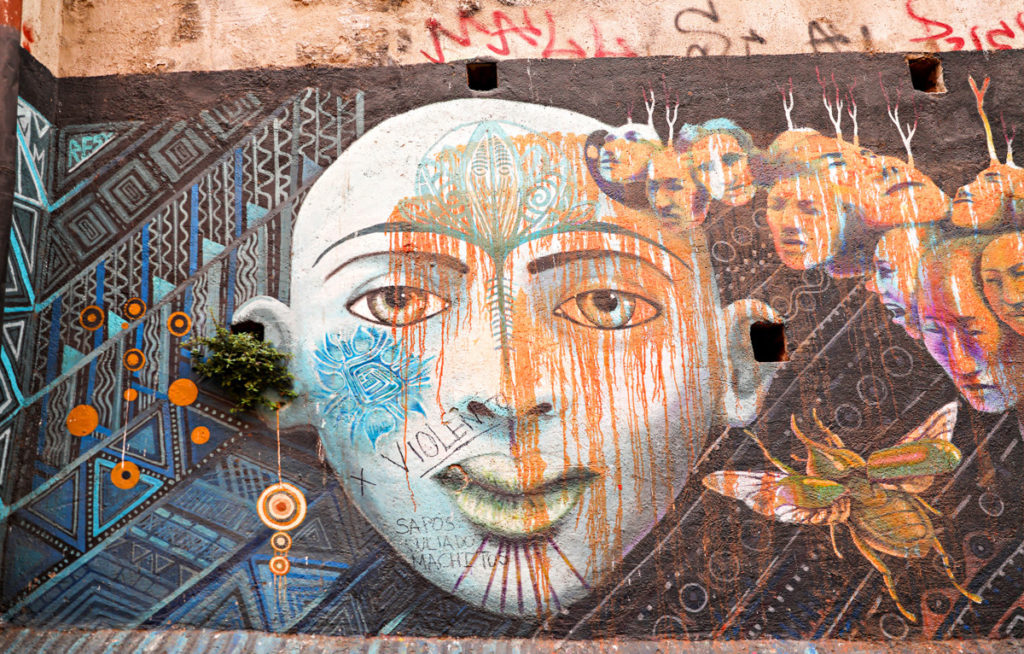
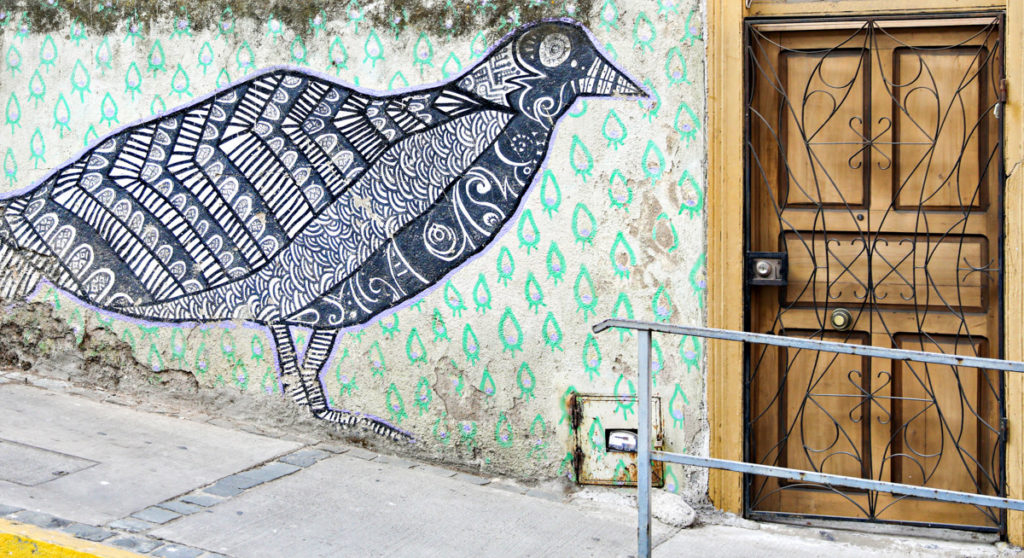


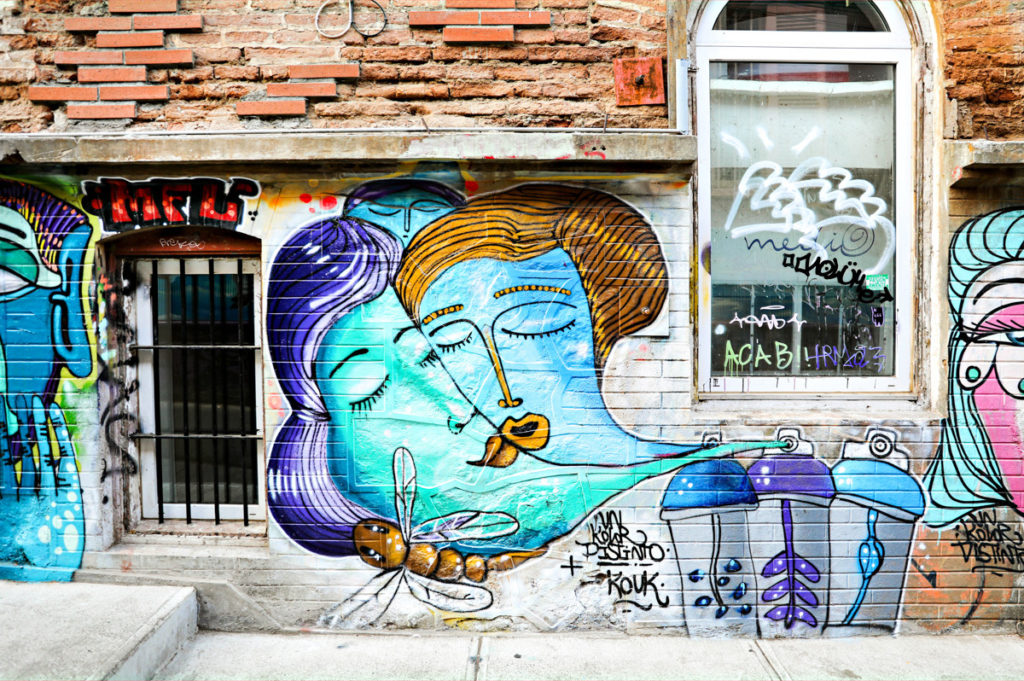
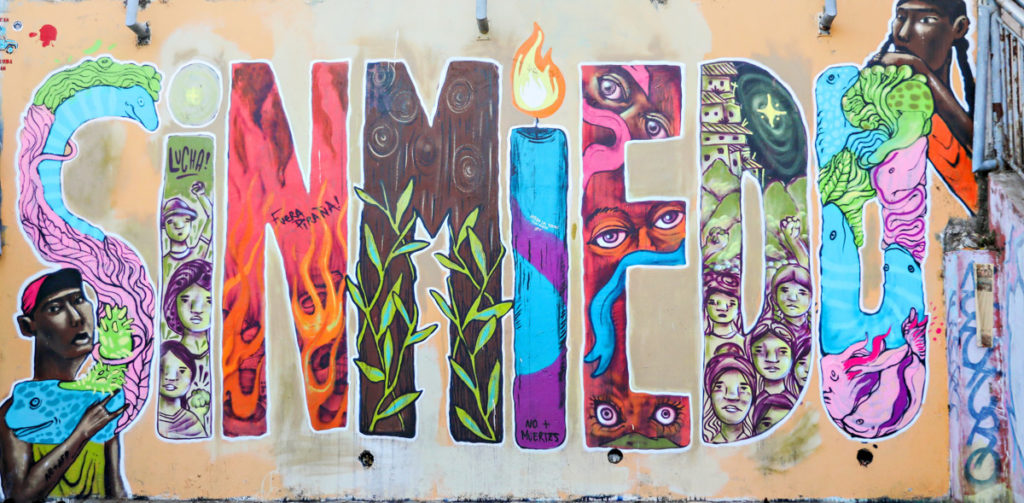

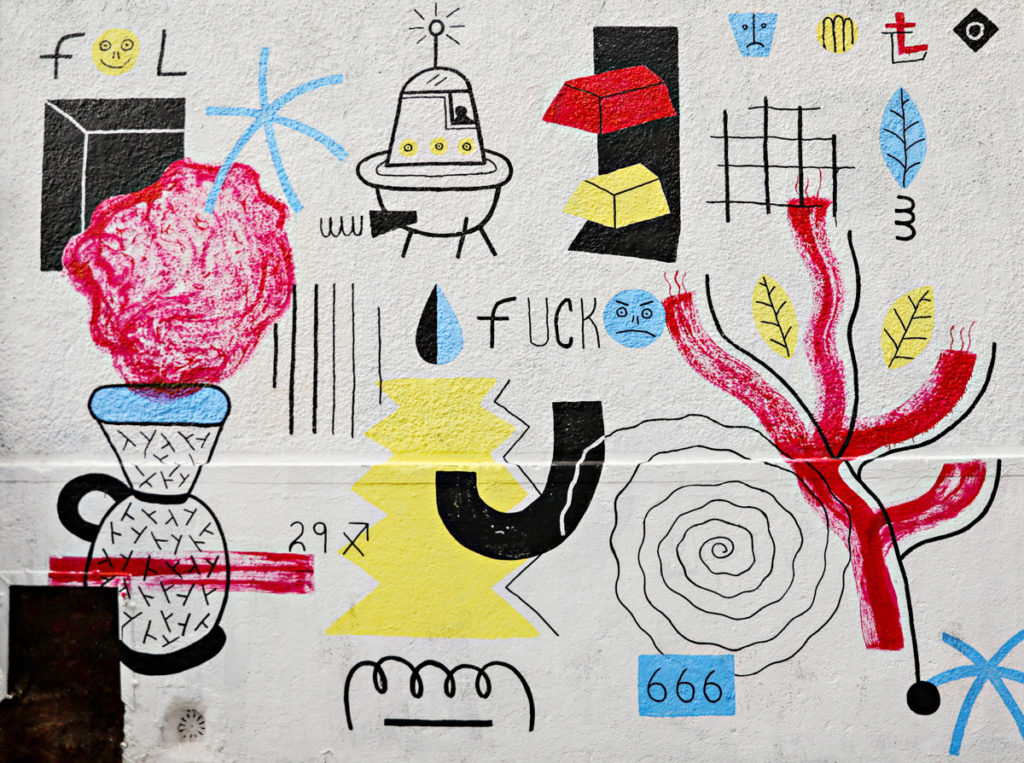
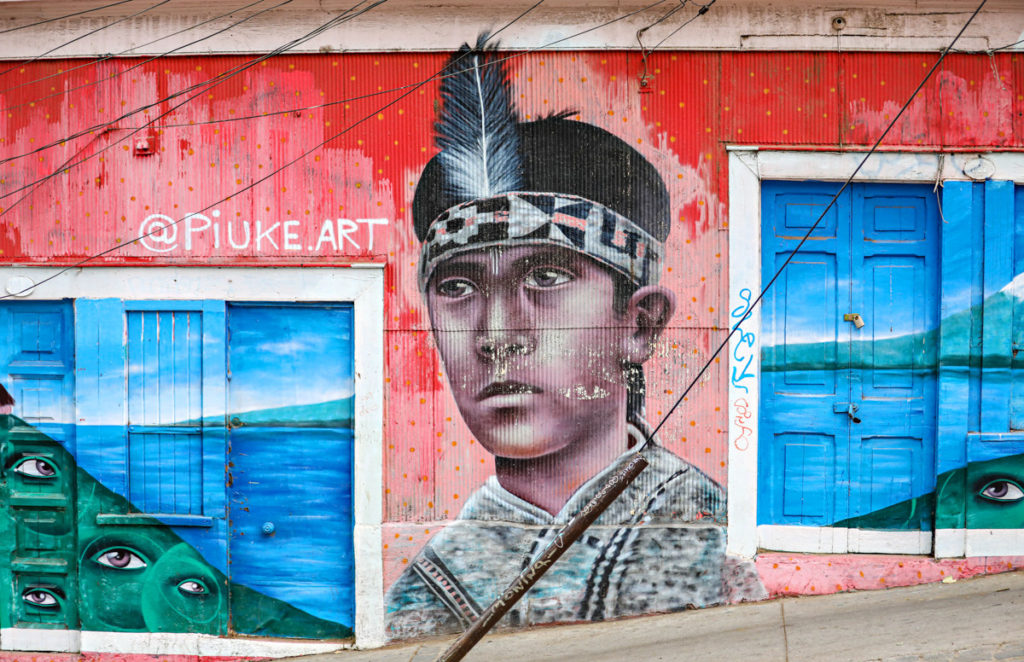

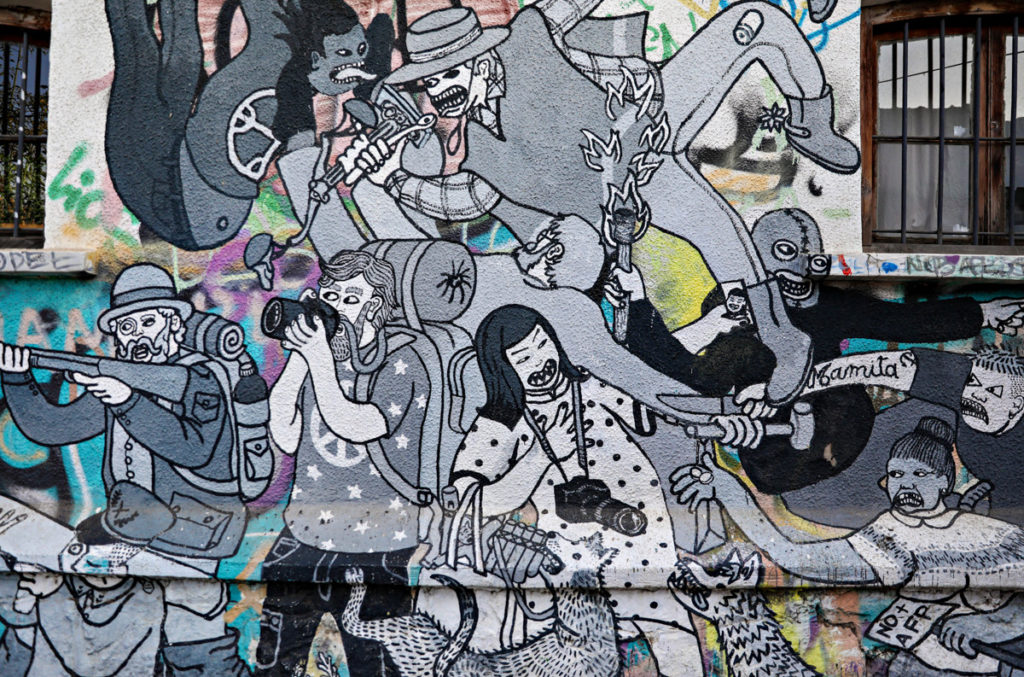
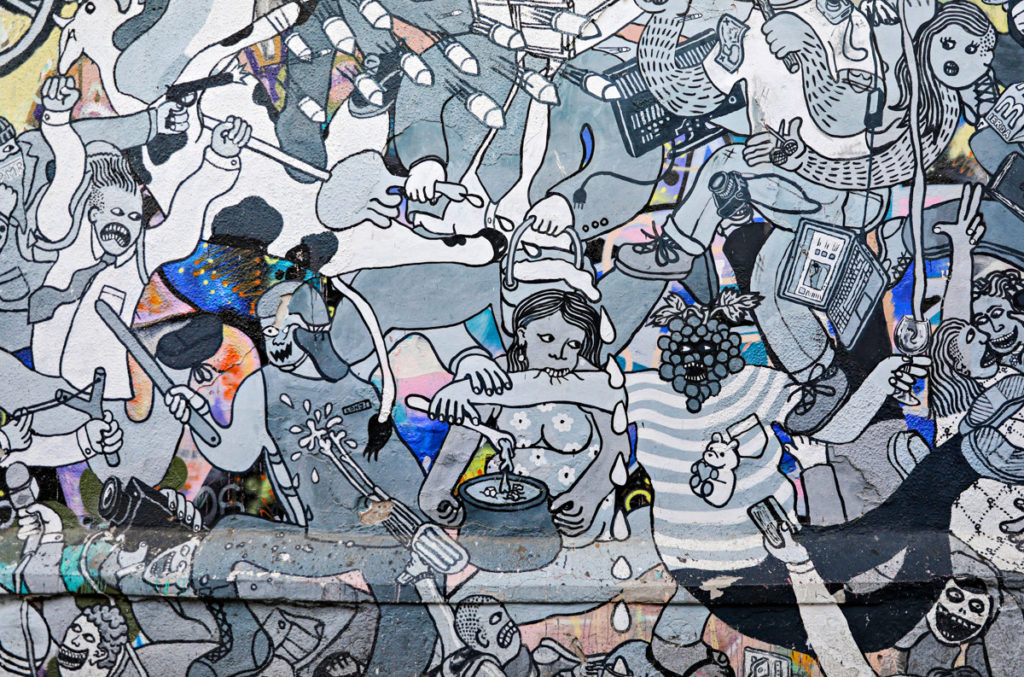
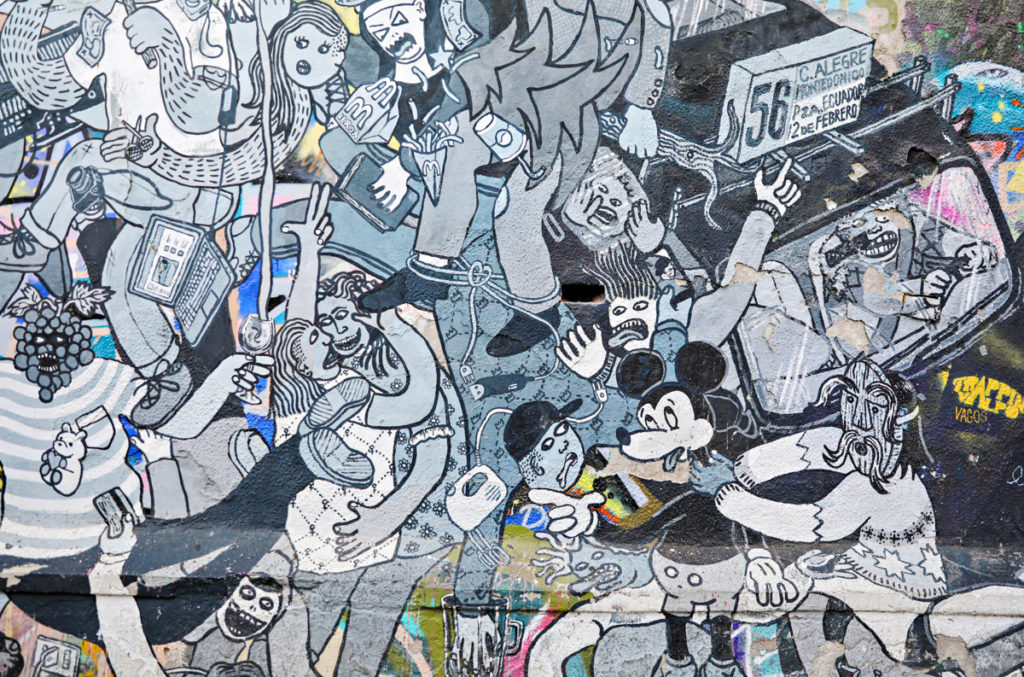
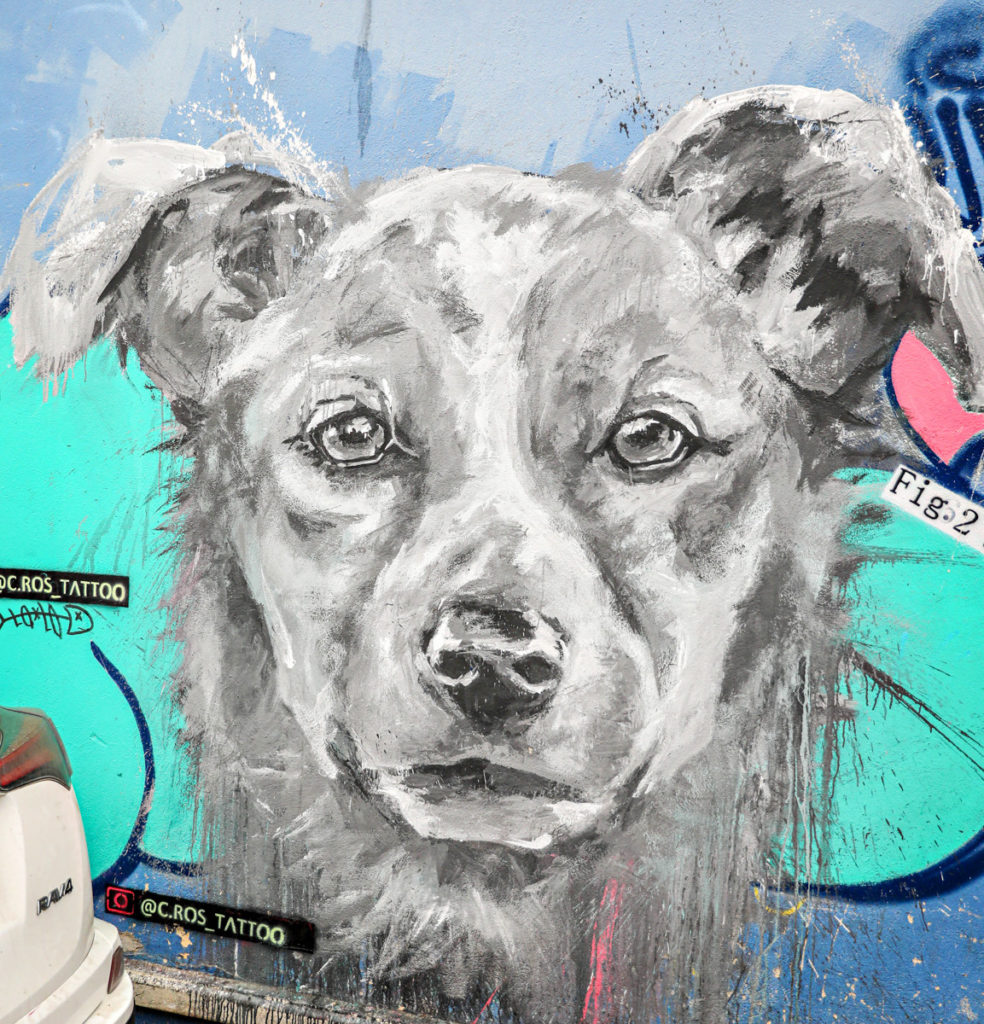
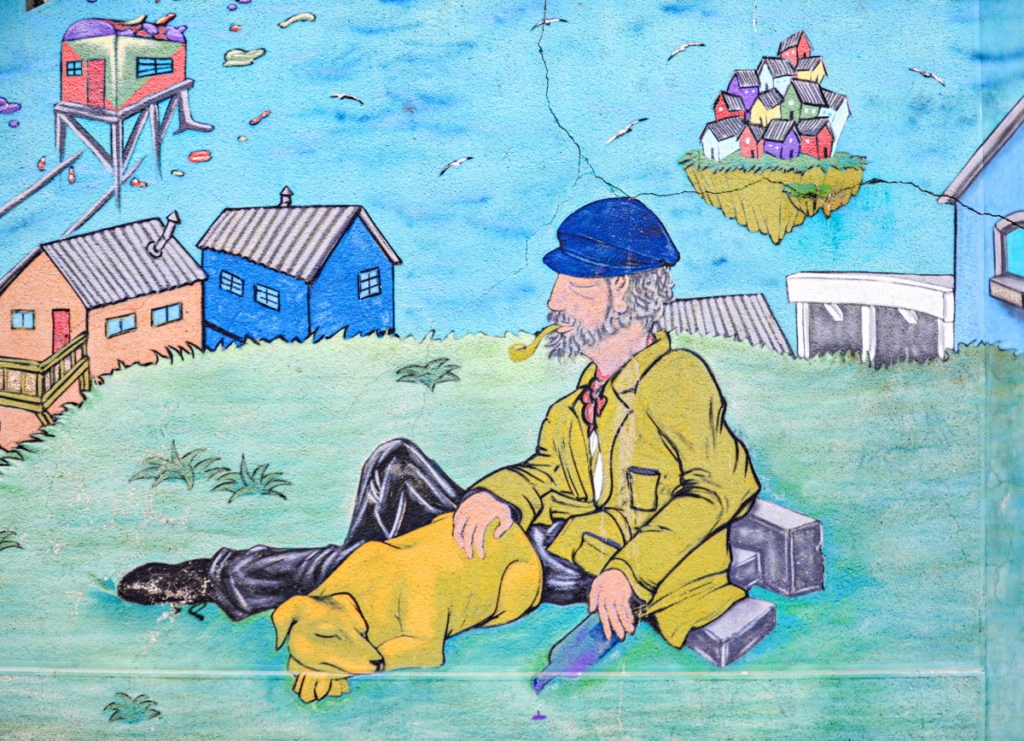

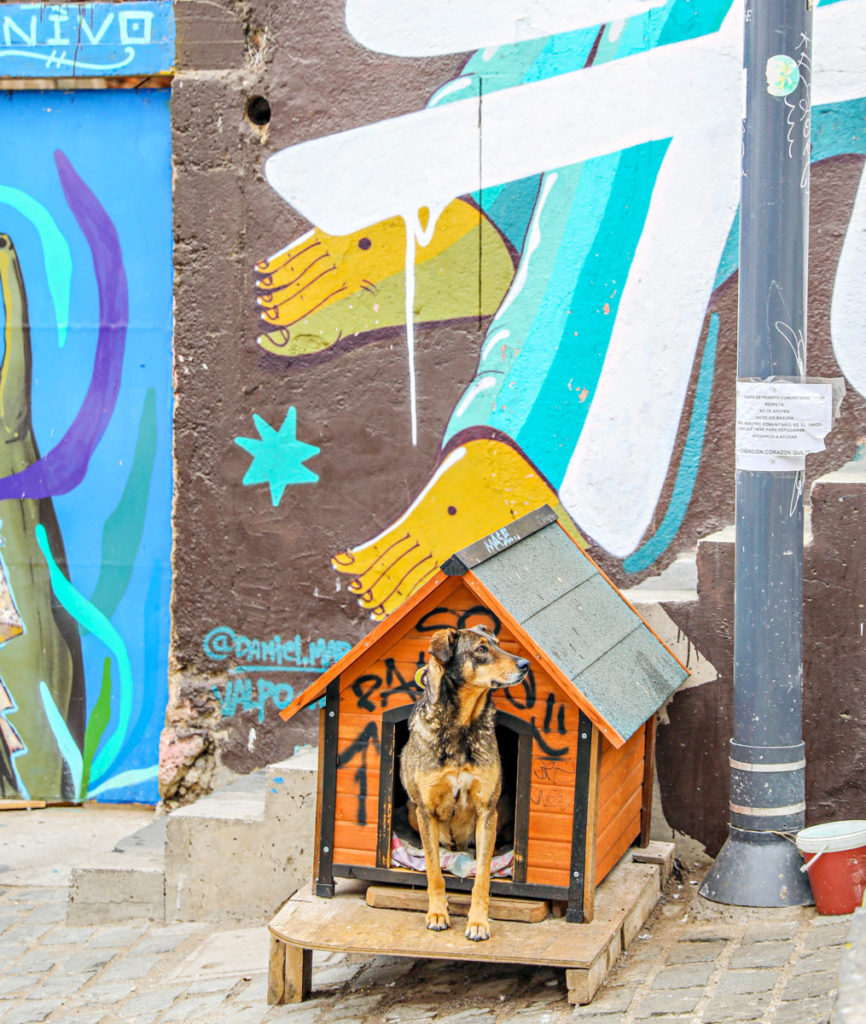
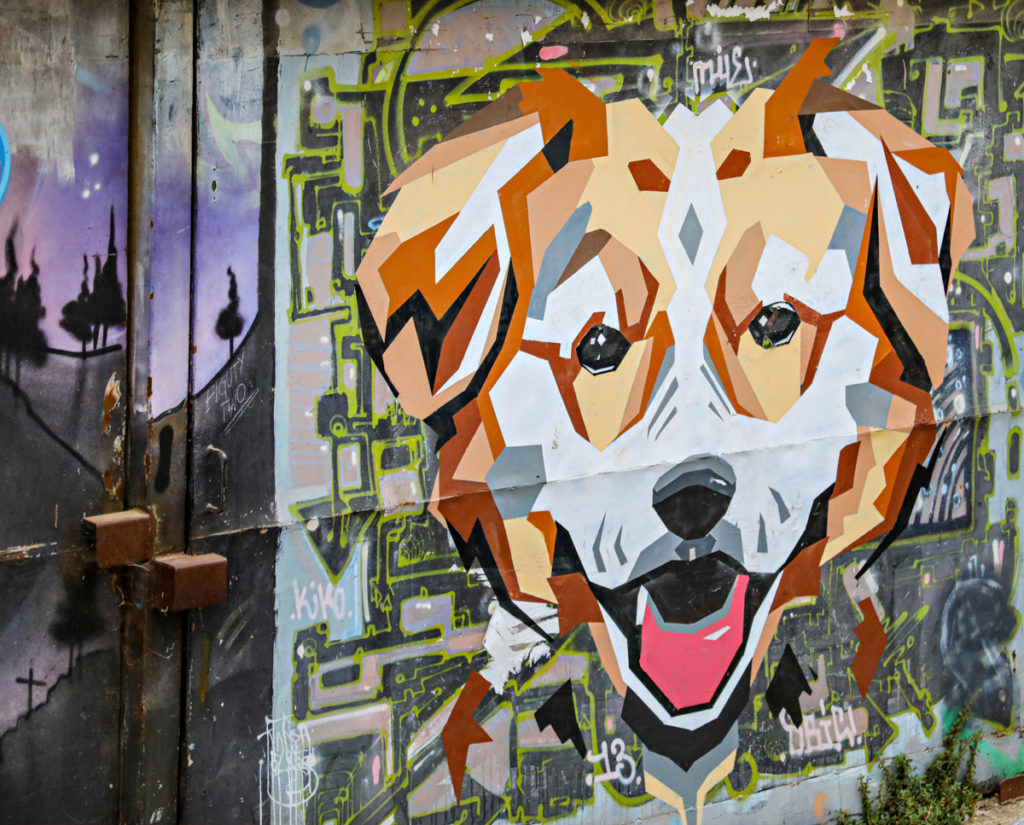
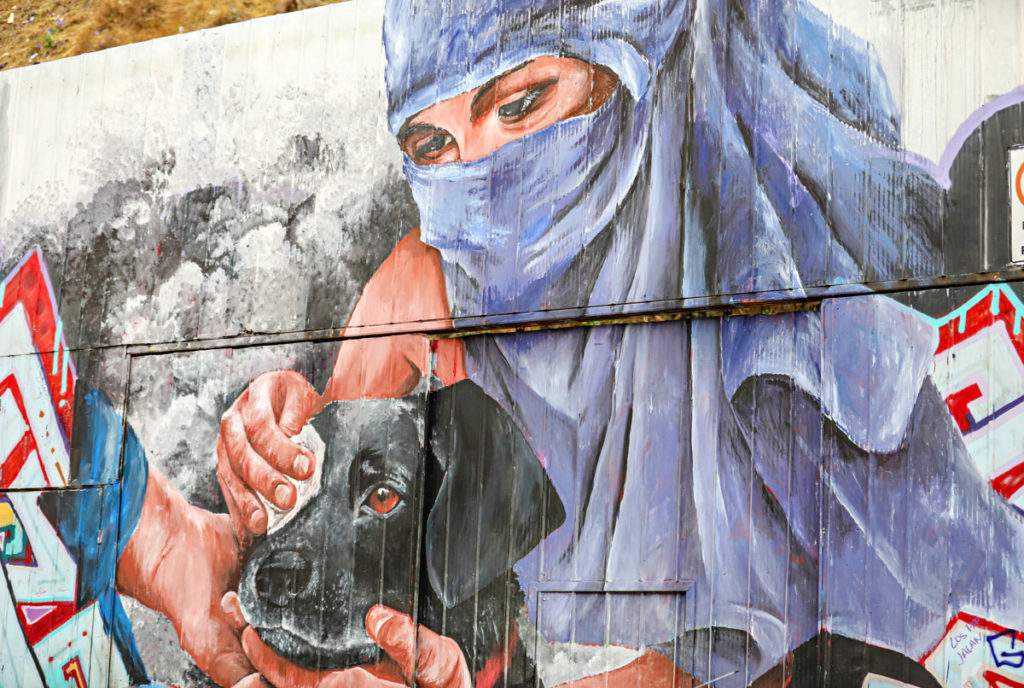
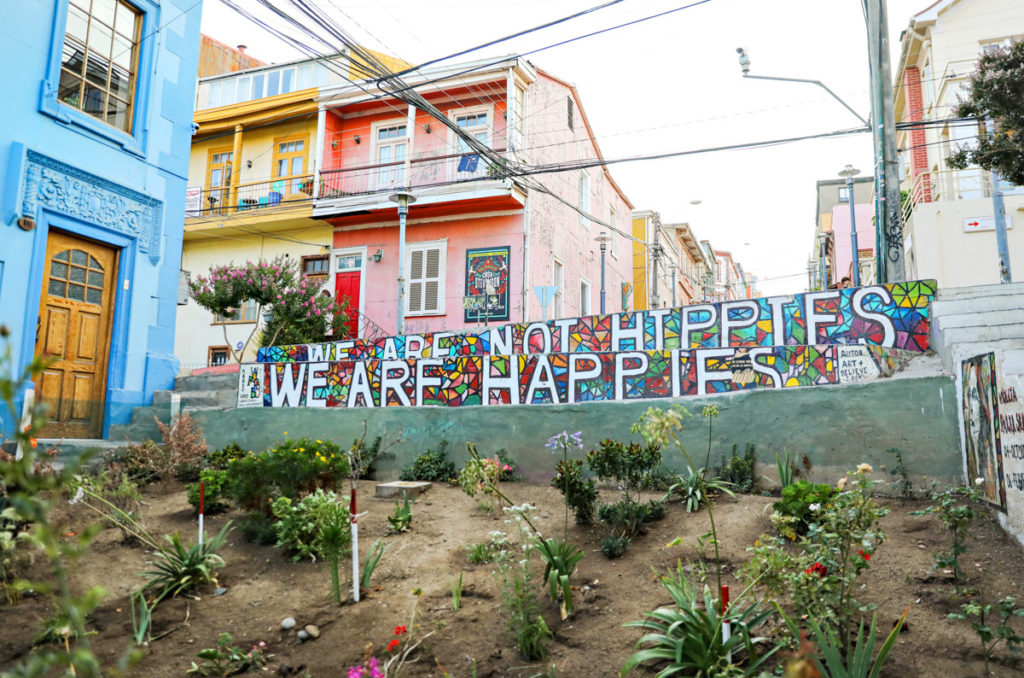
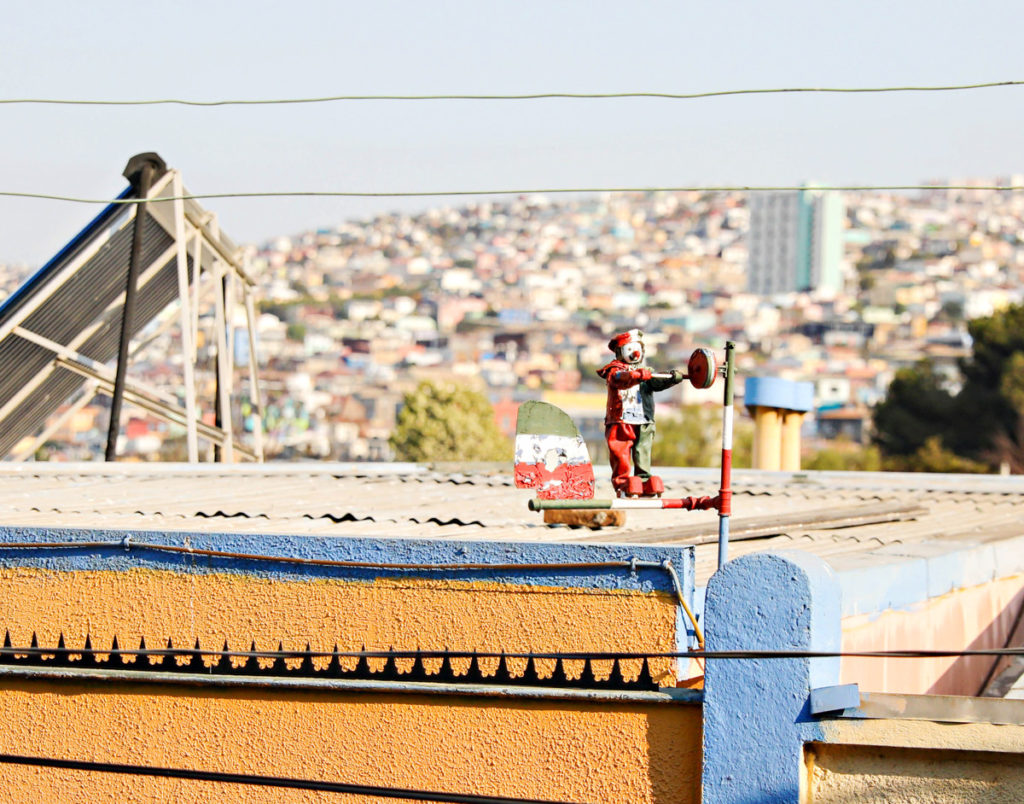
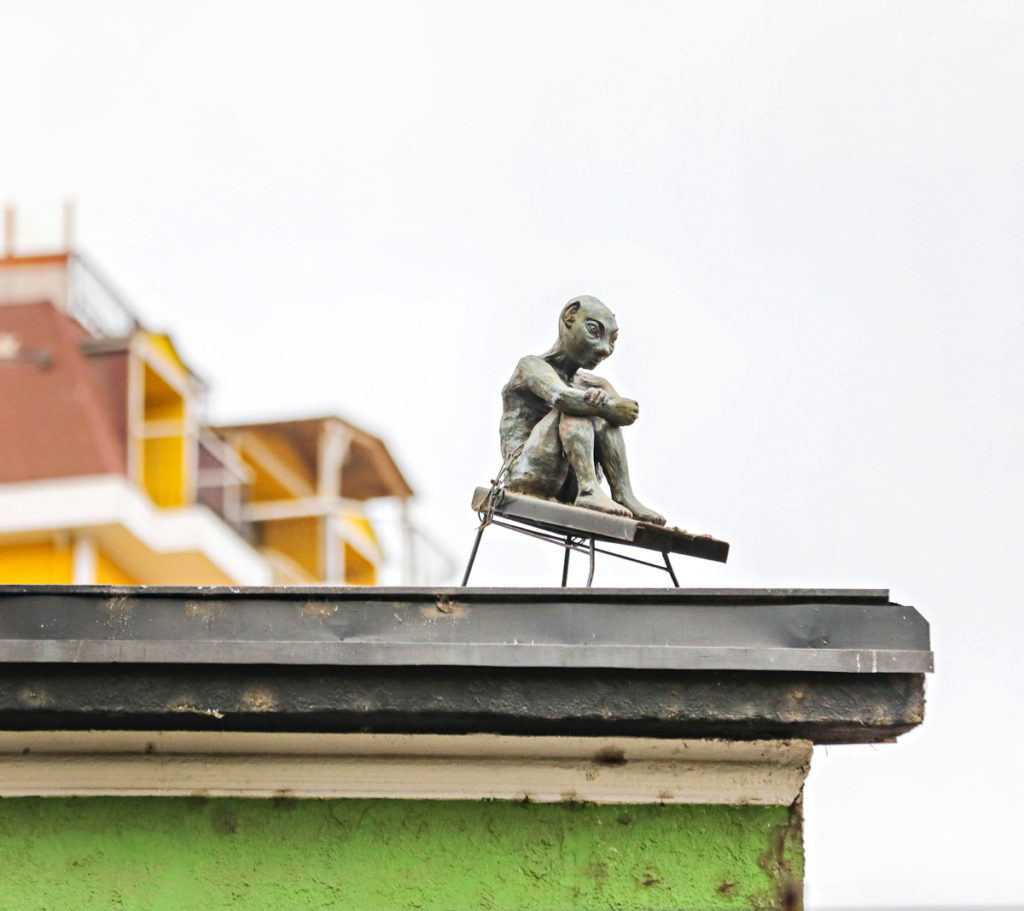
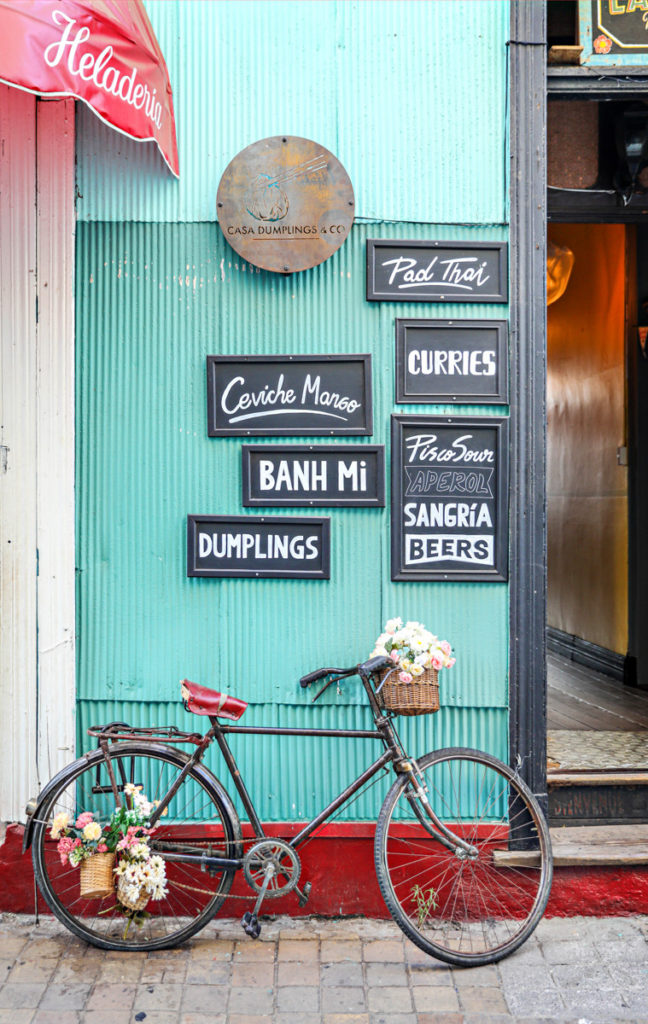
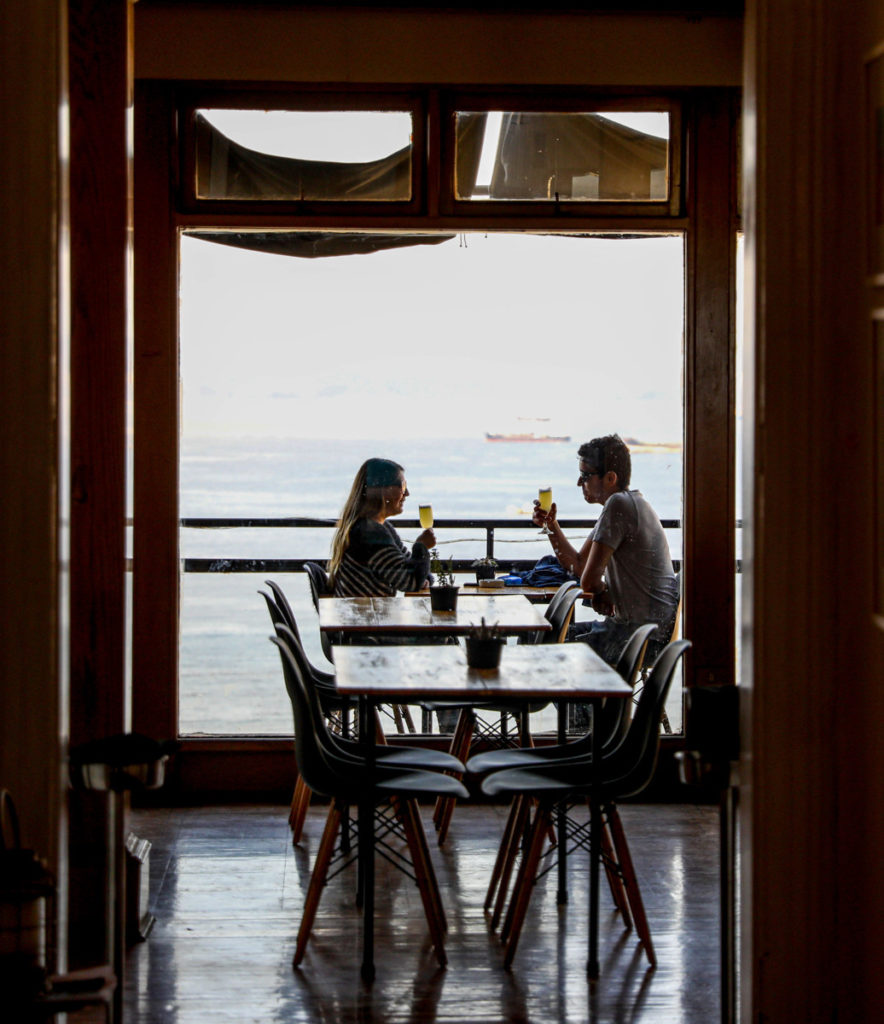
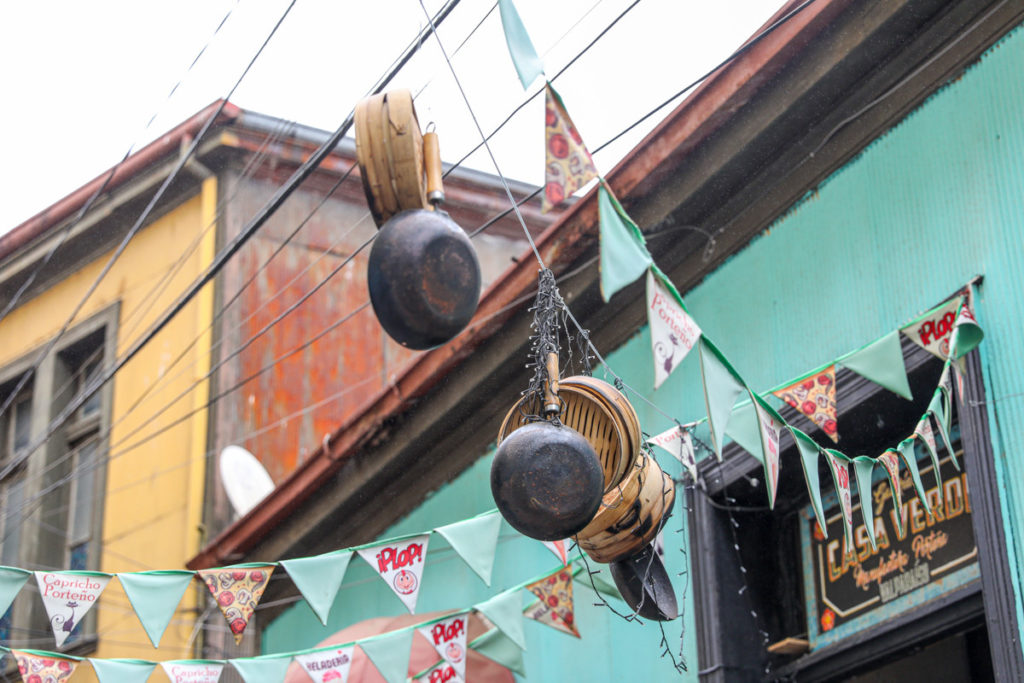
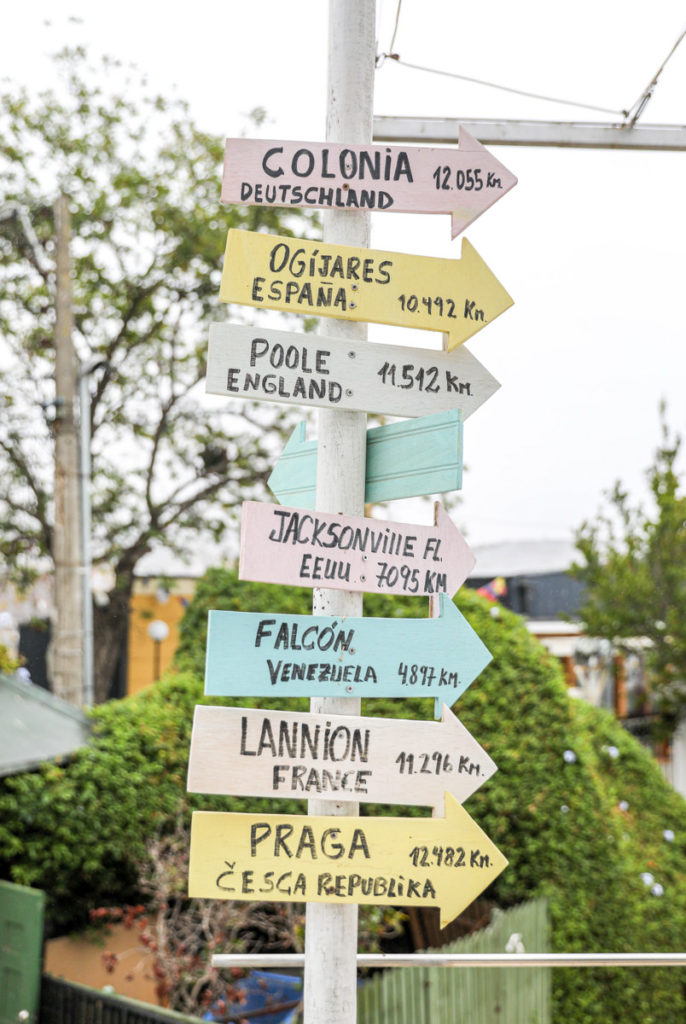
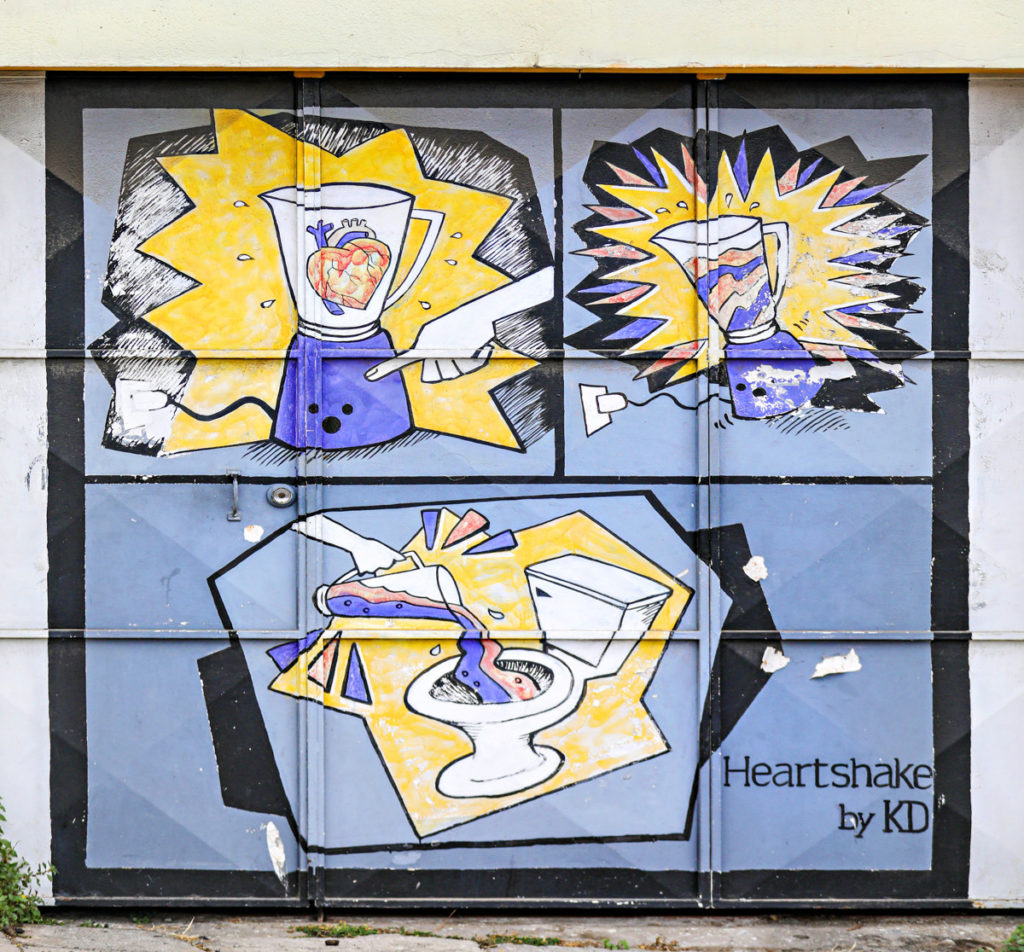
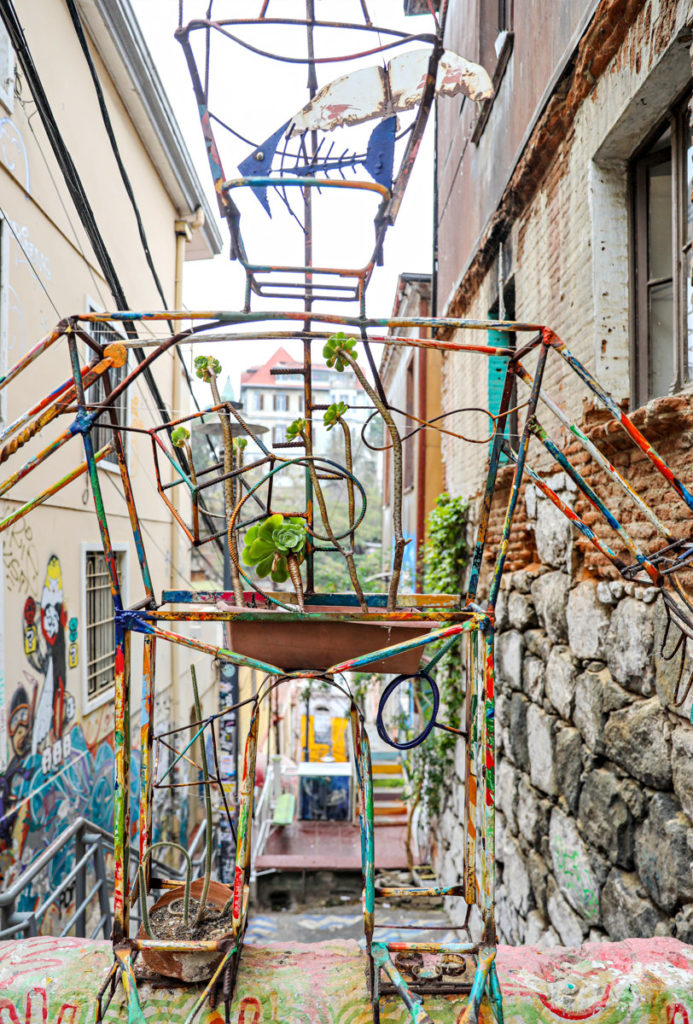
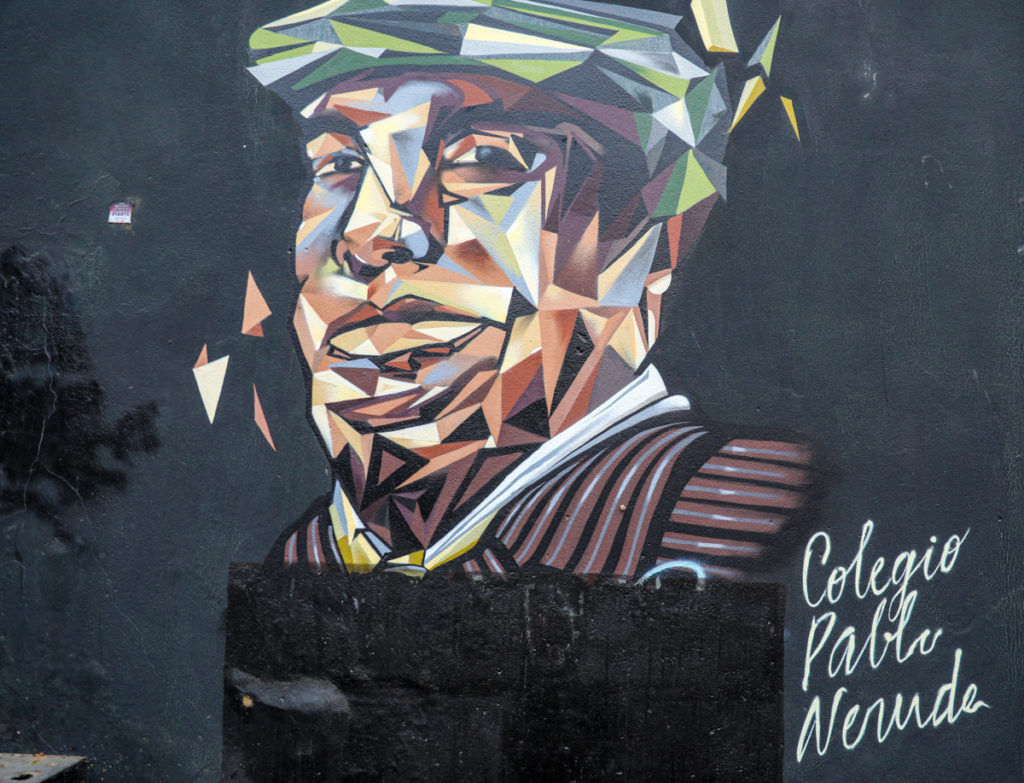

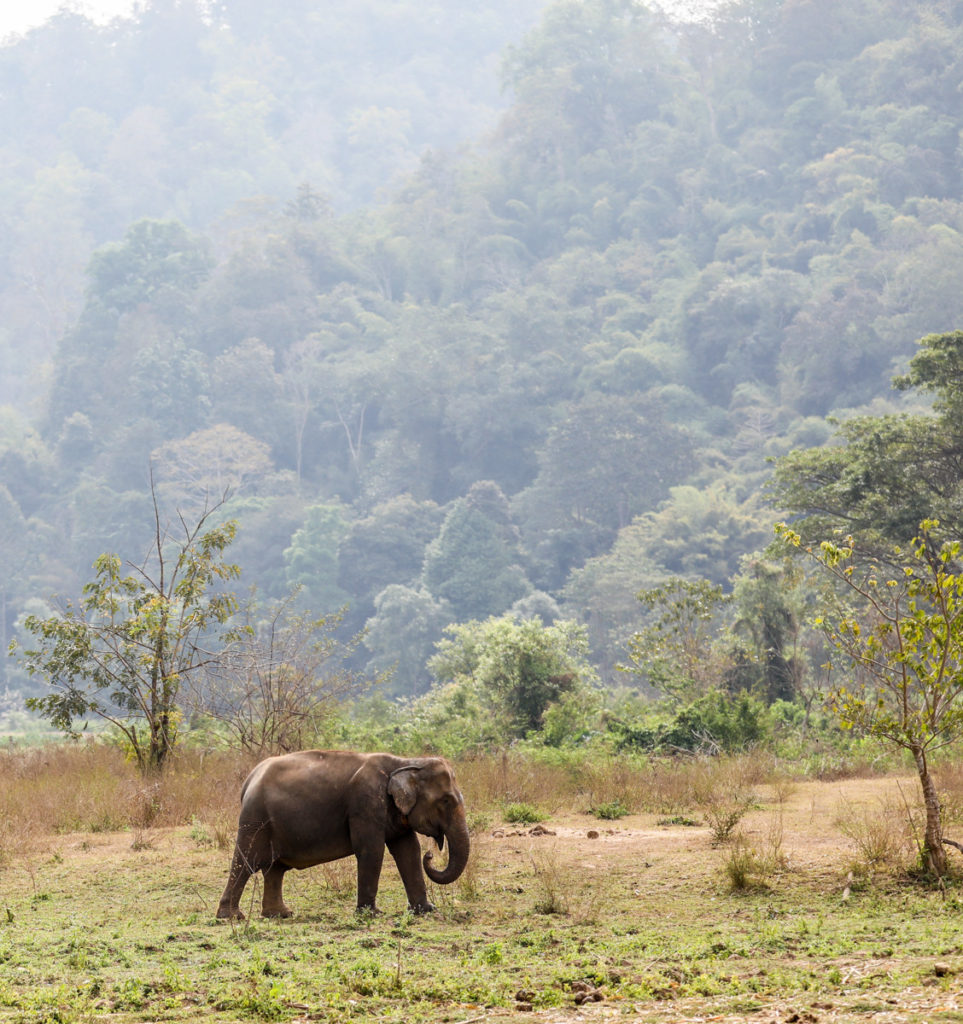 In February, 2018, I spent a remarkable day at the Elephant Nature Park outside of Chiang Mai in Northern Thailand. I was immensely impressed with the facility, its mission and the many volunteers. Our personal guide, Nick, was exceptional and ensured our day was one we’d never forget.
In February, 2018, I spent a remarkable day at the Elephant Nature Park outside of Chiang Mai in Northern Thailand. I was immensely impressed with the facility, its mission and the many volunteers. Our personal guide, Nick, was exceptional and ensured our day was one we’d never forget. We opted for the semi-private day tour called Care for Elephants. There were only four of us so it felt like a very personal experience. We started the day by preparing some treats and feeding the elephants. When you have food in your hand, you are their very best friend! The smiles on my face are about as big as they get!
We opted for the semi-private day tour called Care for Elephants. There were only four of us so it felt like a very personal experience. We started the day by preparing some treats and feeding the elephants. When you have food in your hand, you are their very best friend! The smiles on my face are about as big as they get!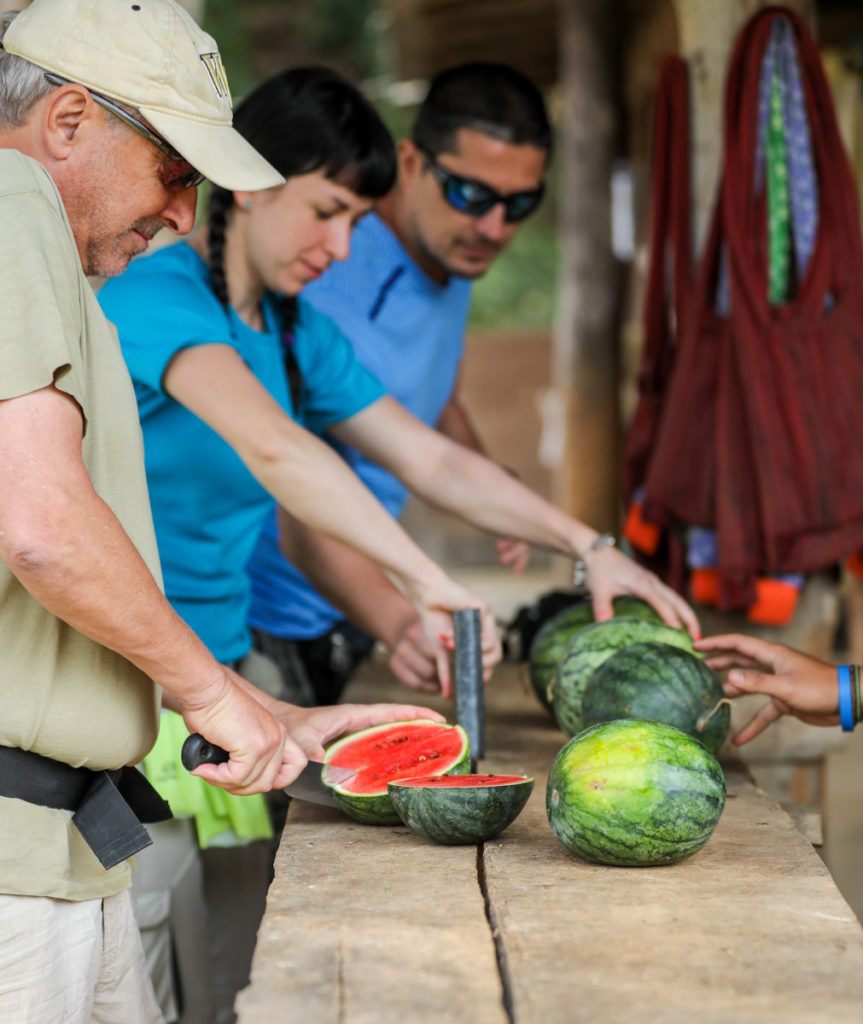
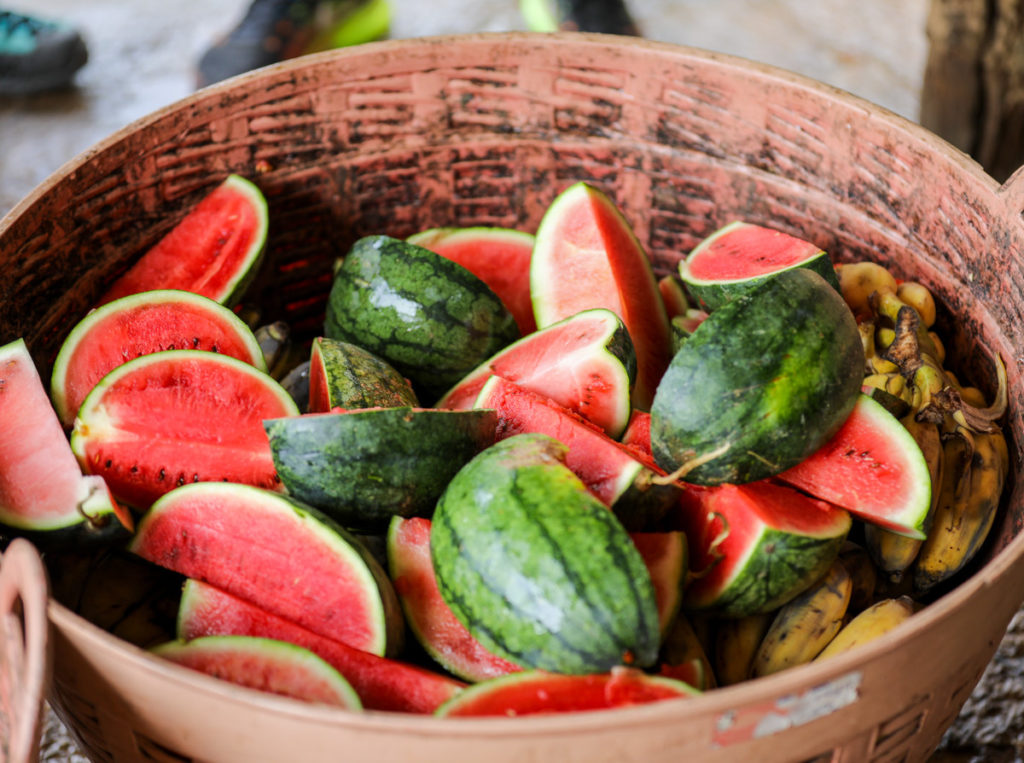
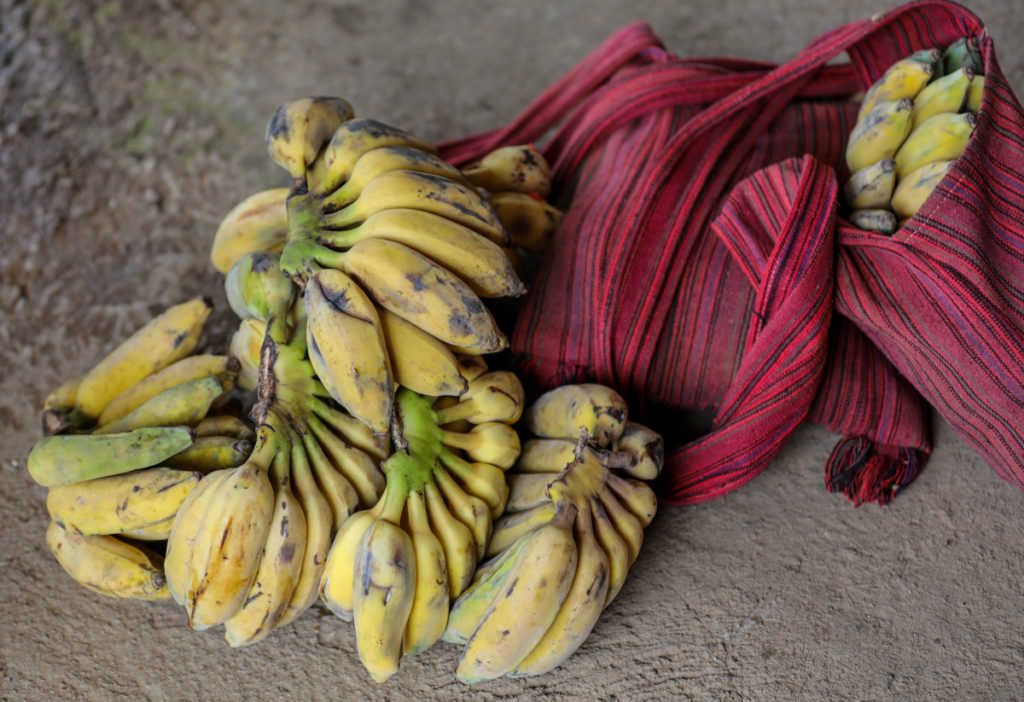
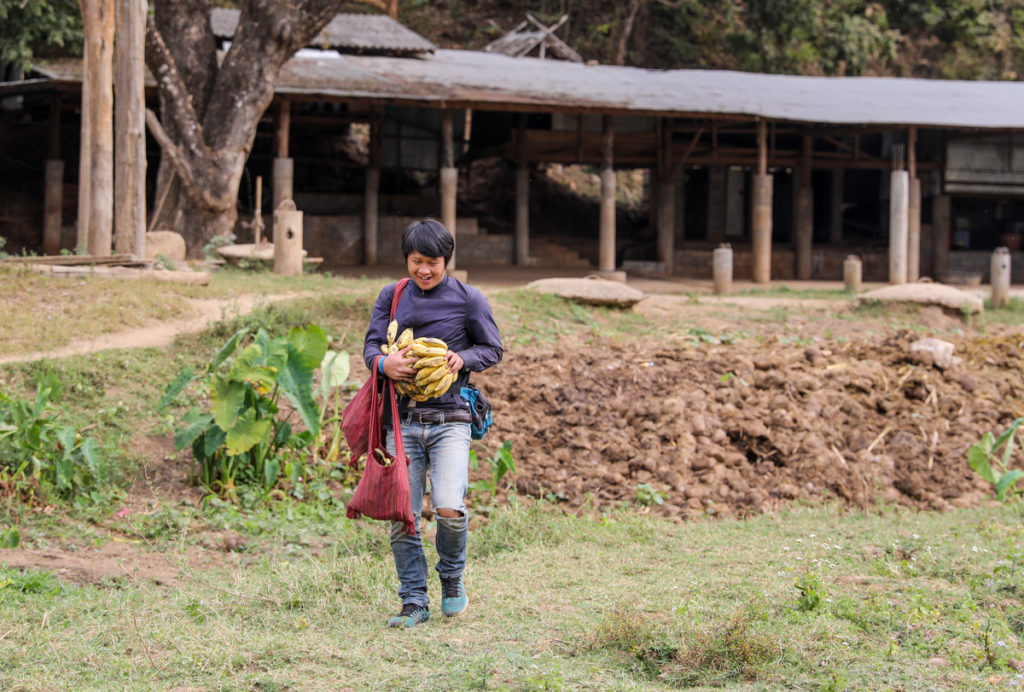
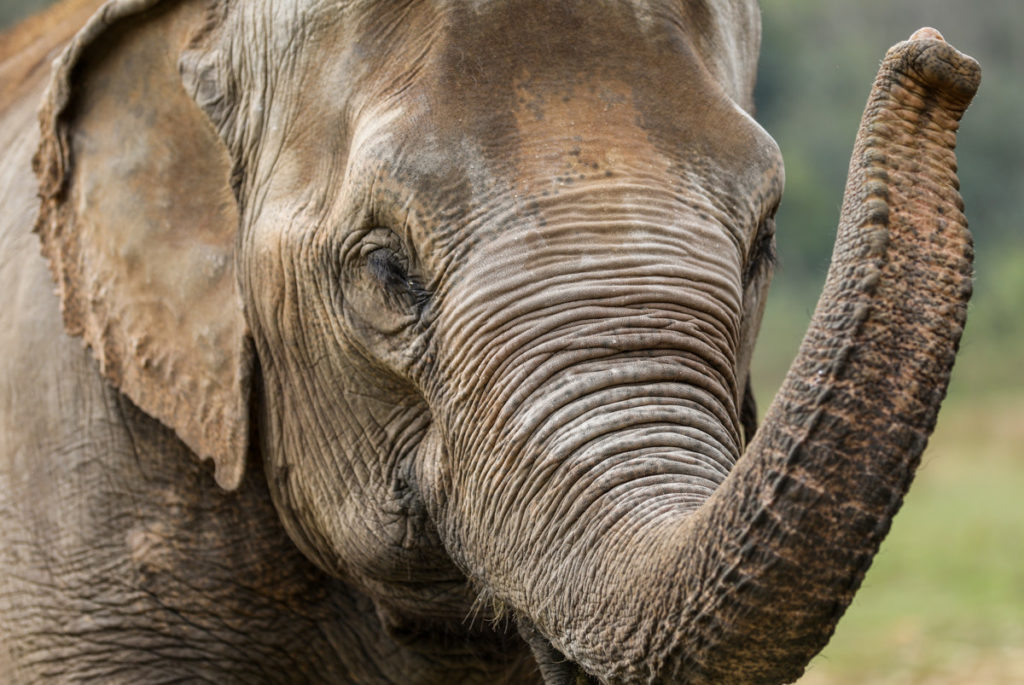
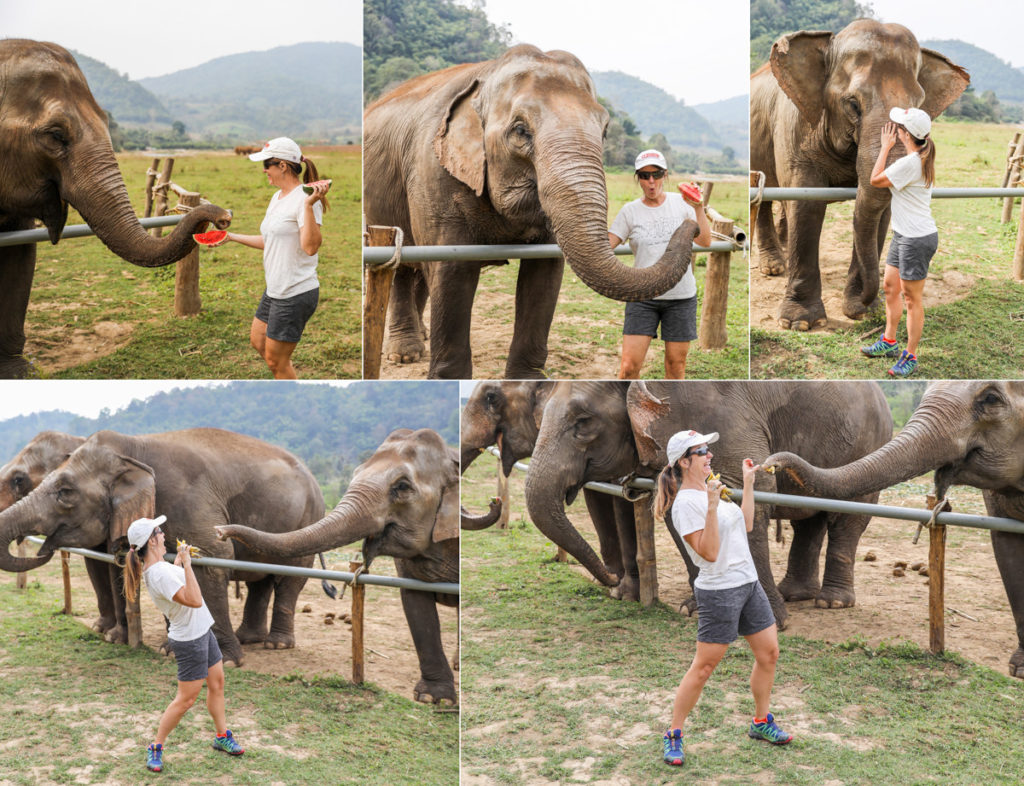
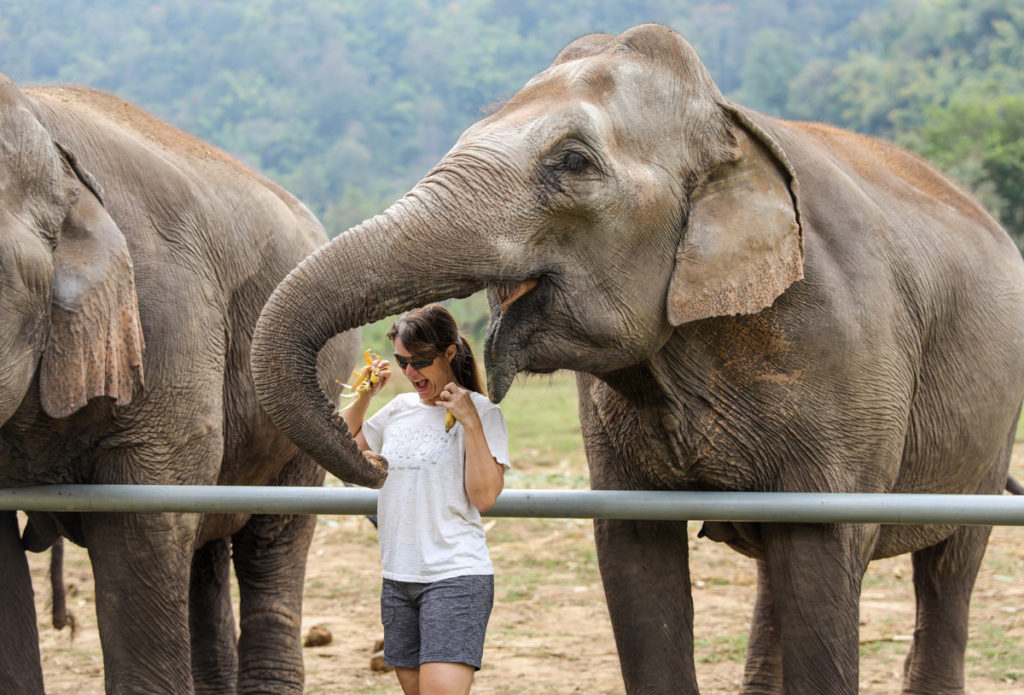
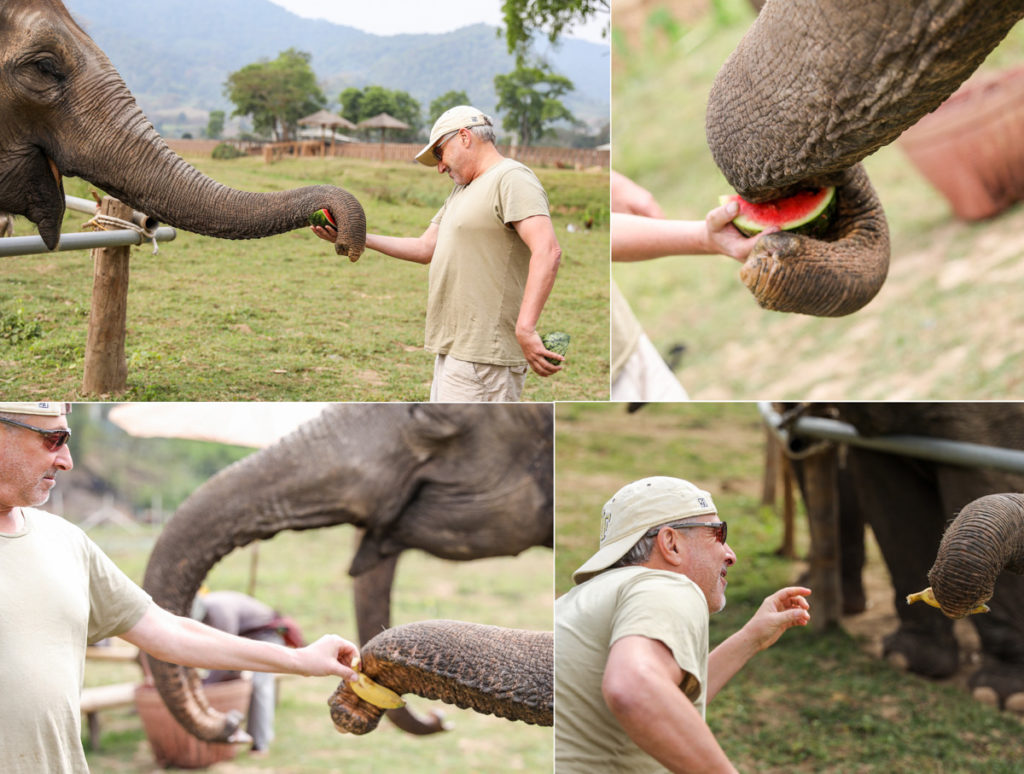
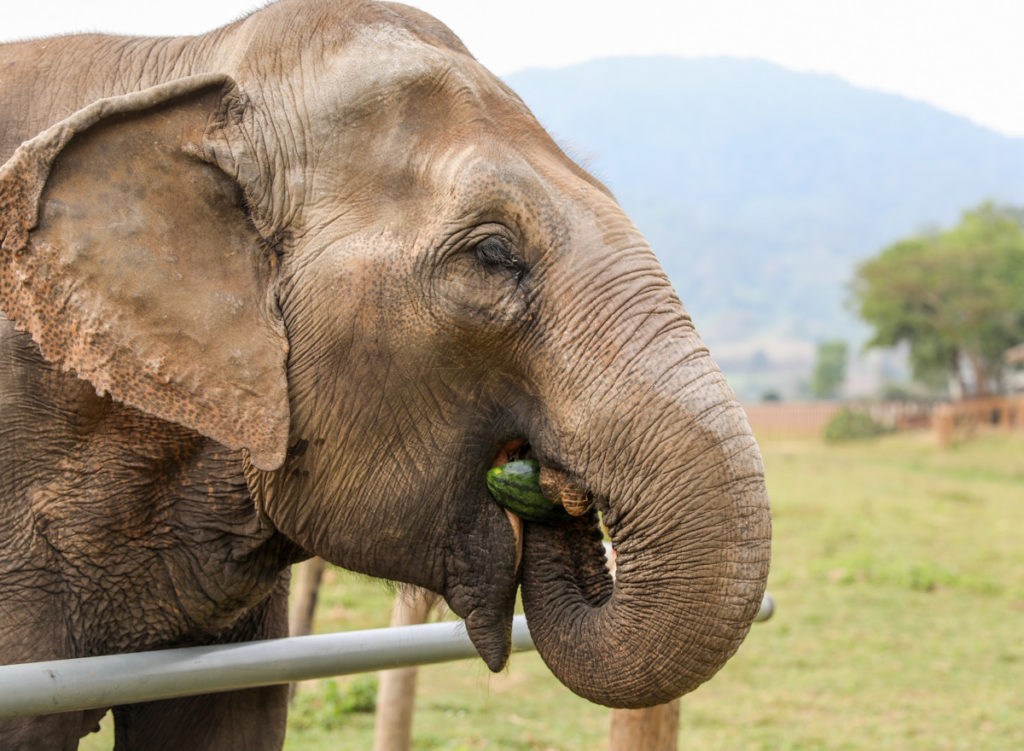
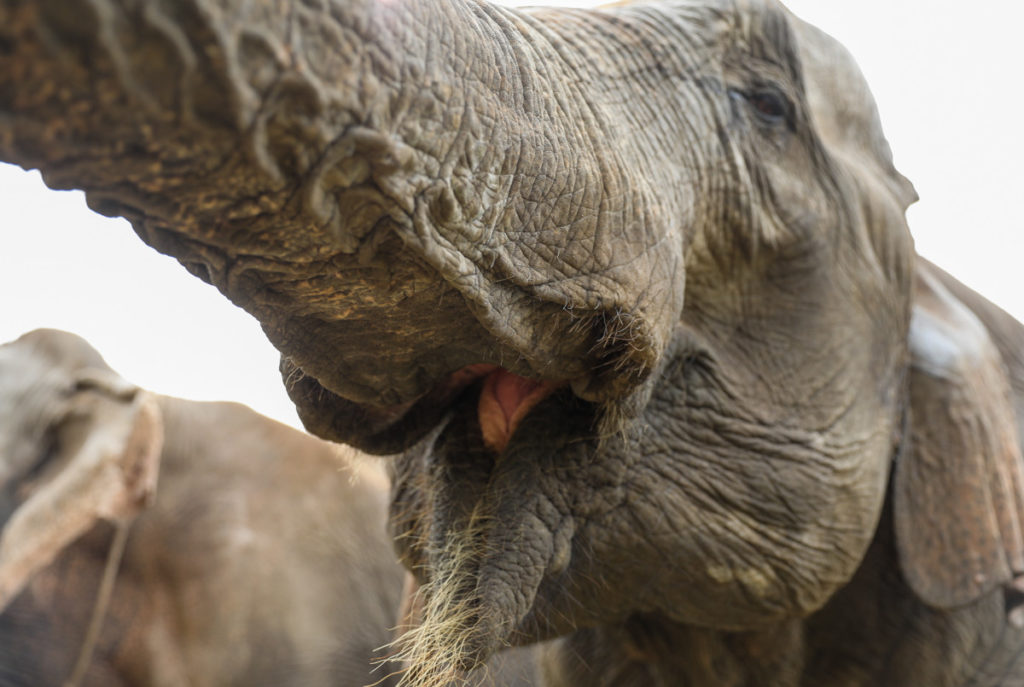
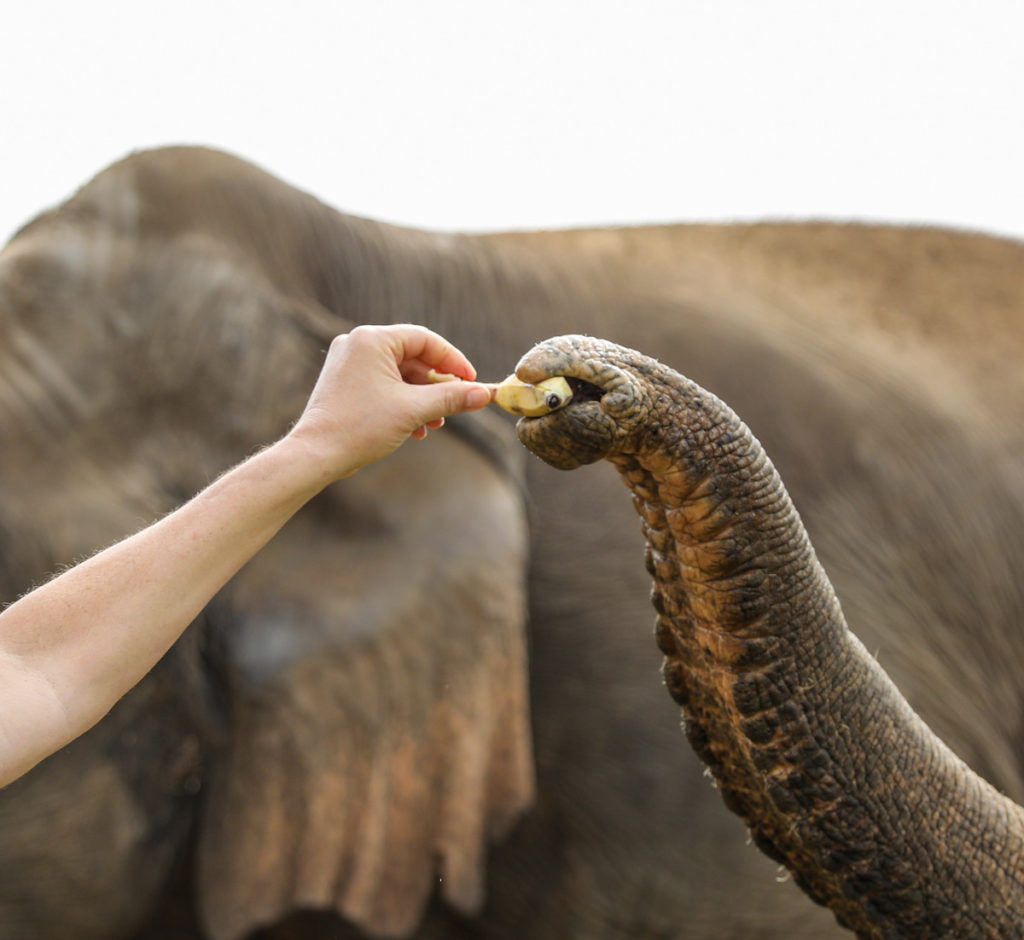
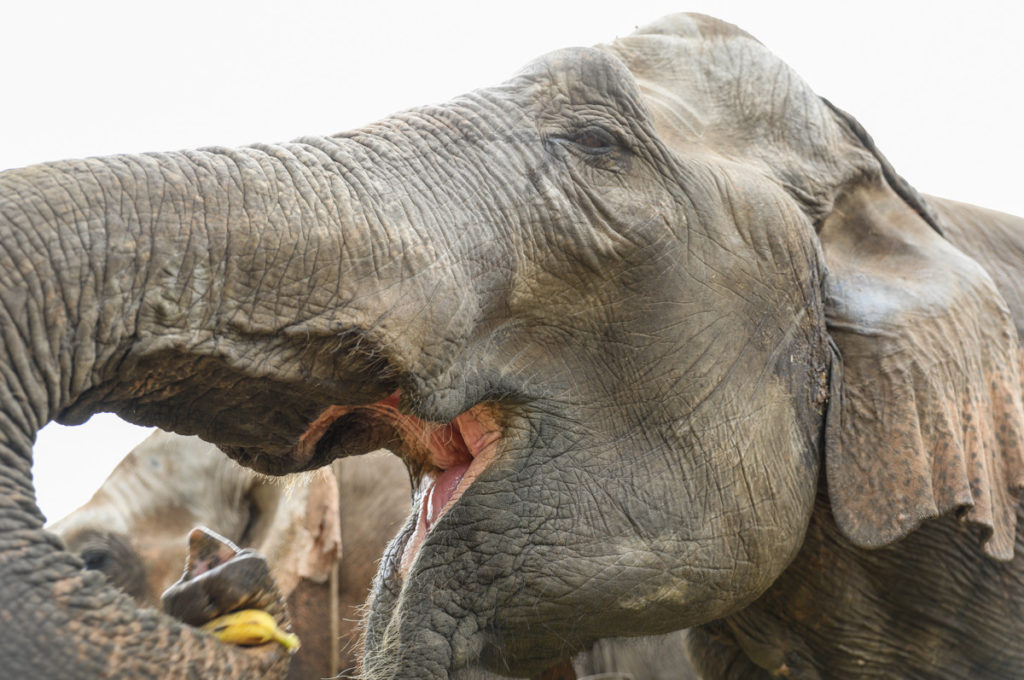
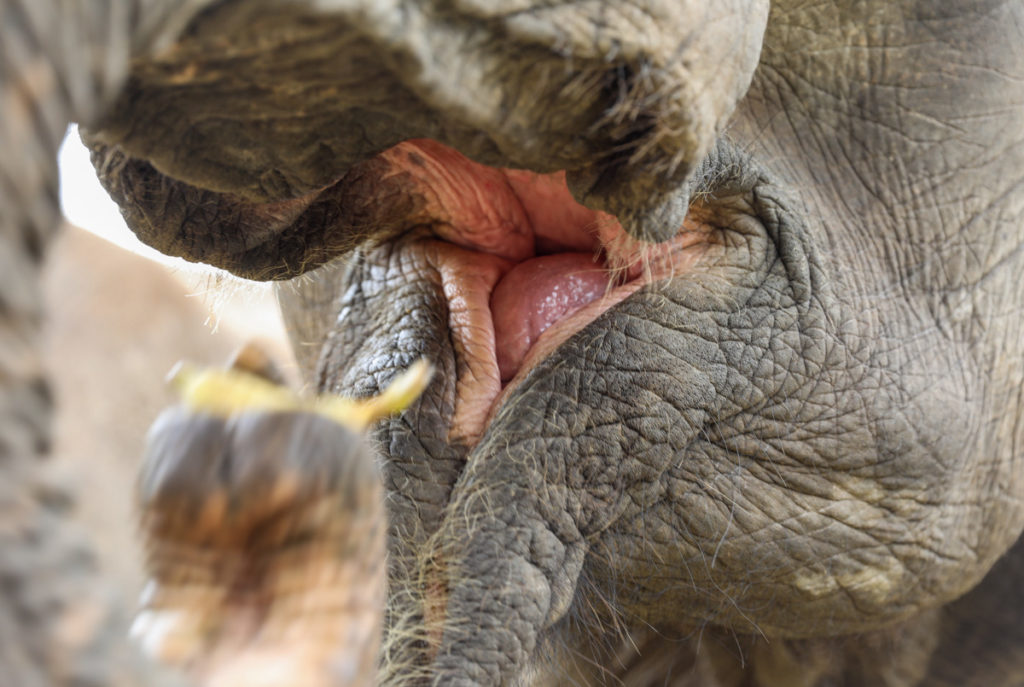 Enjoy some images of these beautiful girls!
Enjoy some images of these beautiful girls!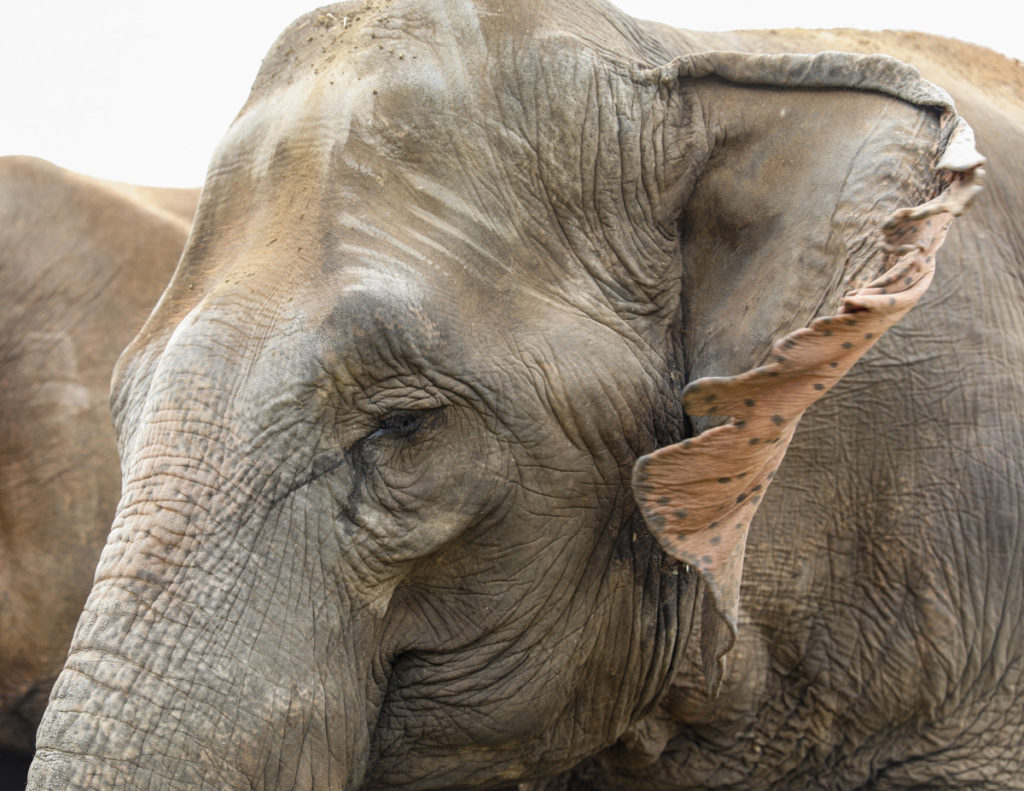
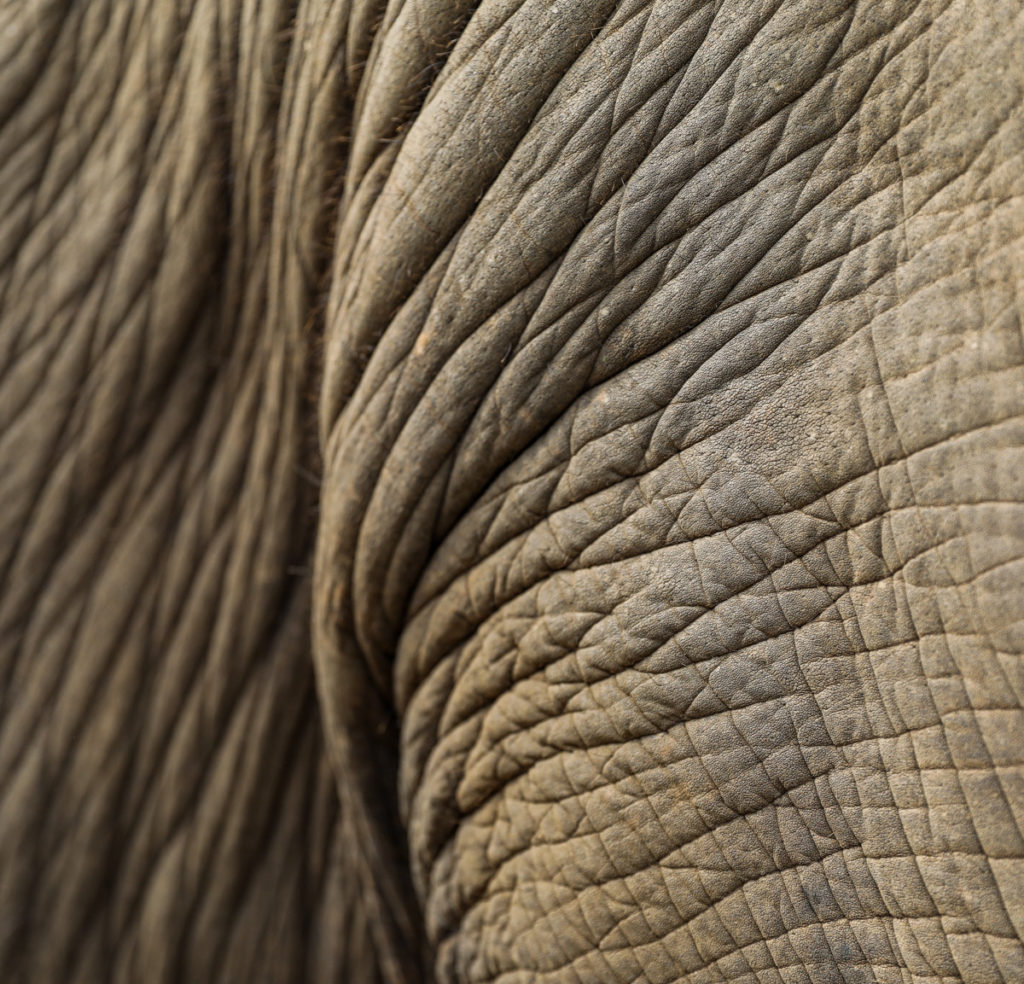
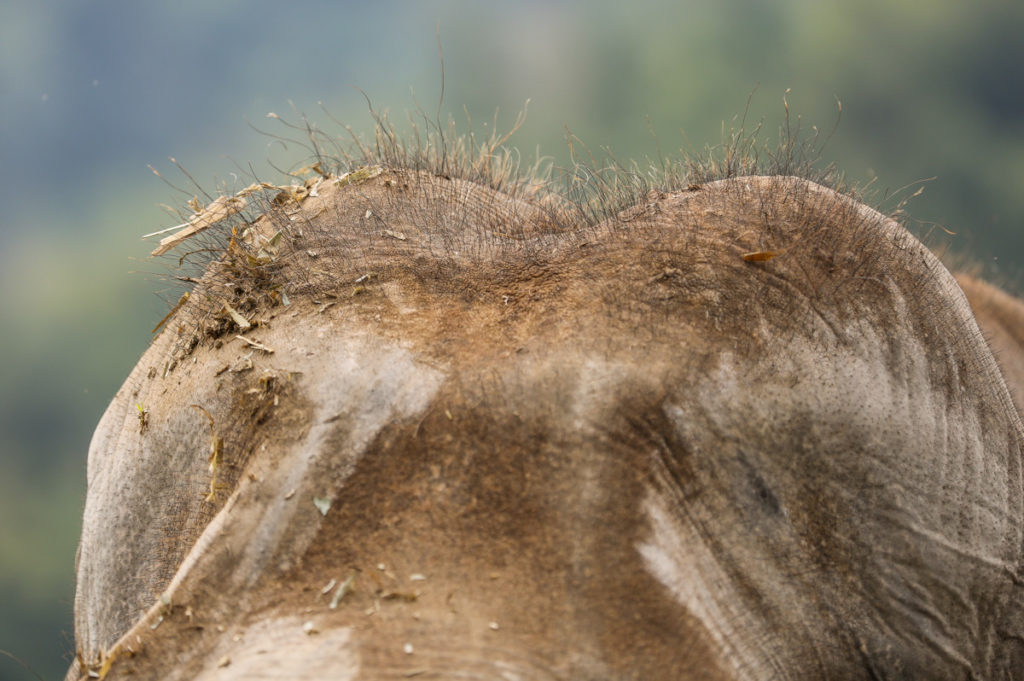
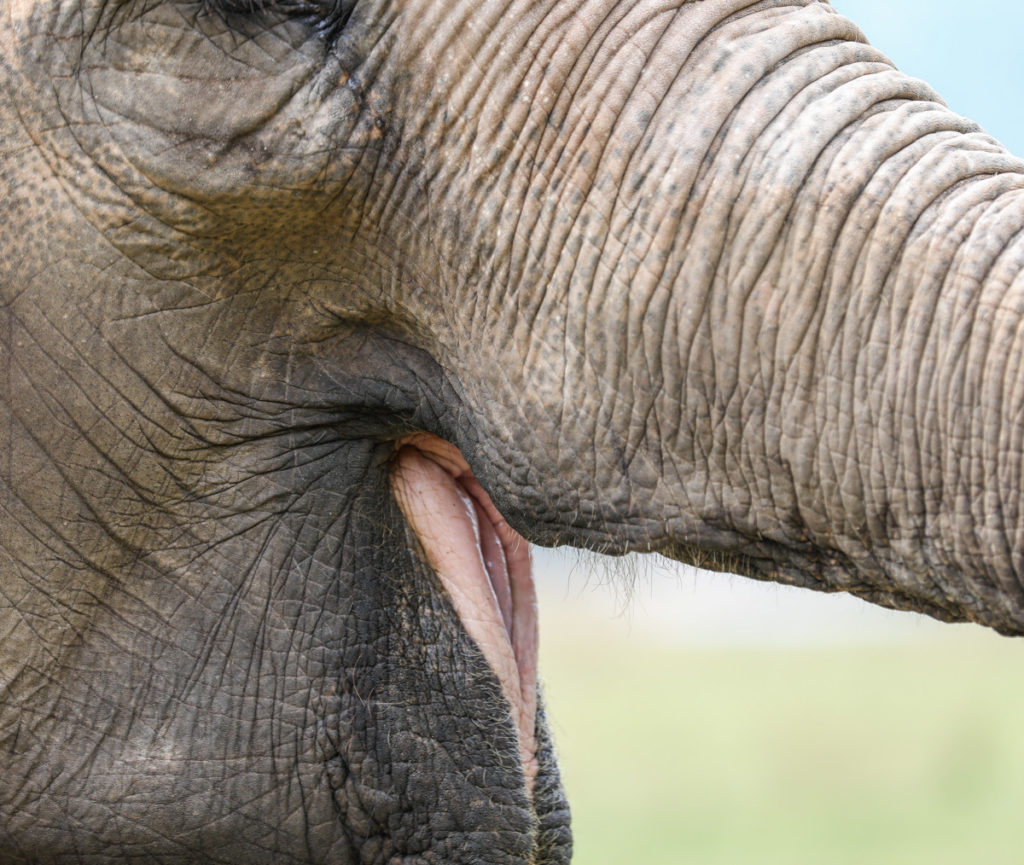
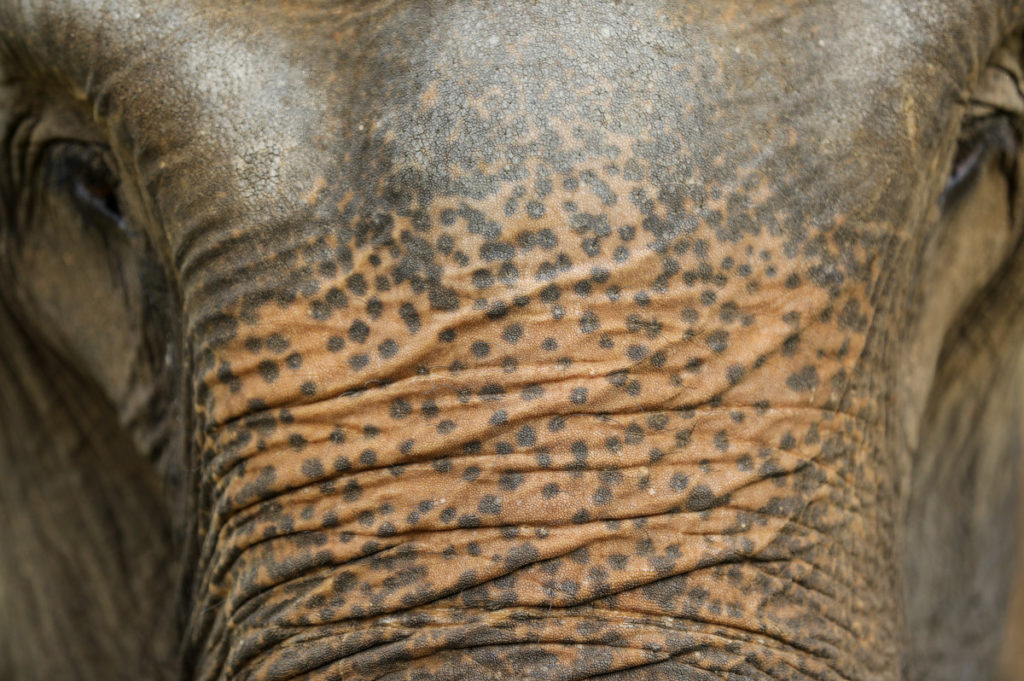
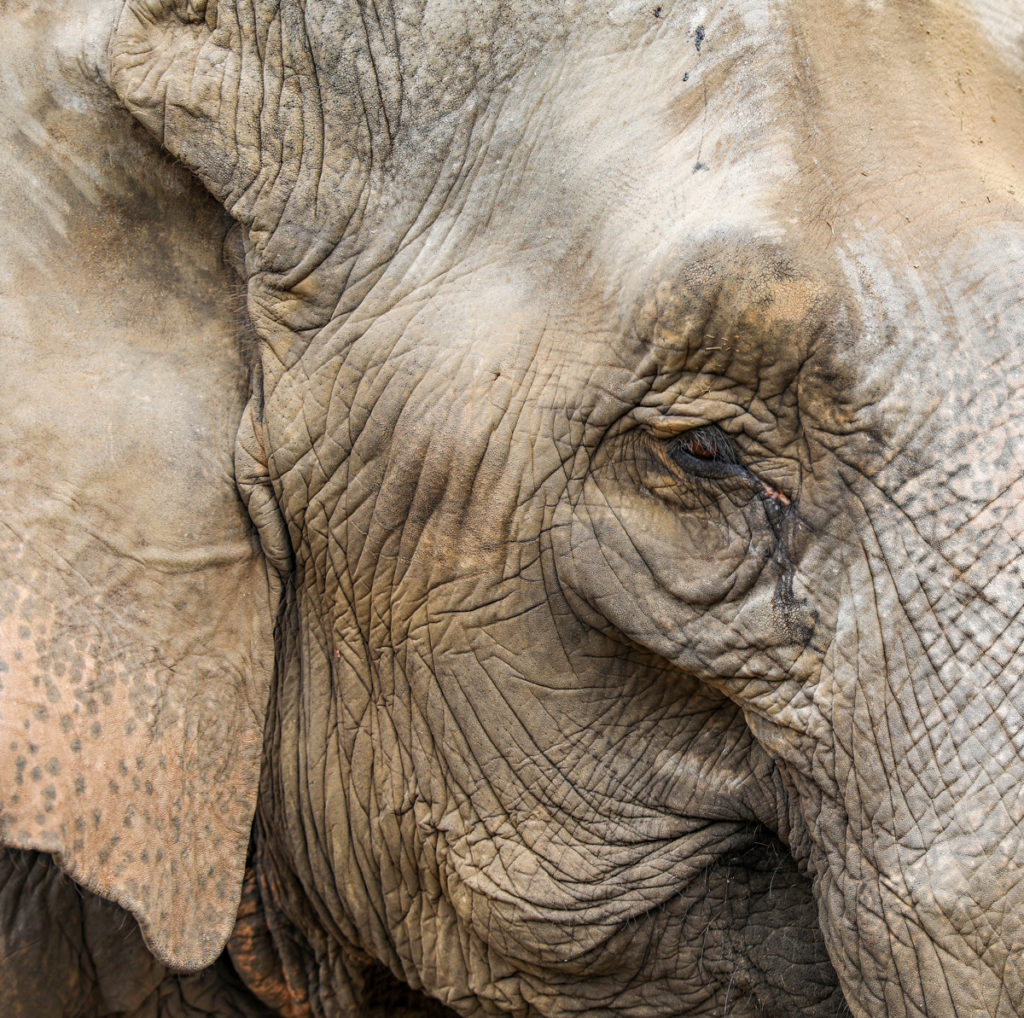 We started our trek with them by walking along the river. We kept bananas in our bag so they didn’t let us get too far ahead!
We started our trek with them by walking along the river. We kept bananas in our bag so they didn’t let us get too far ahead!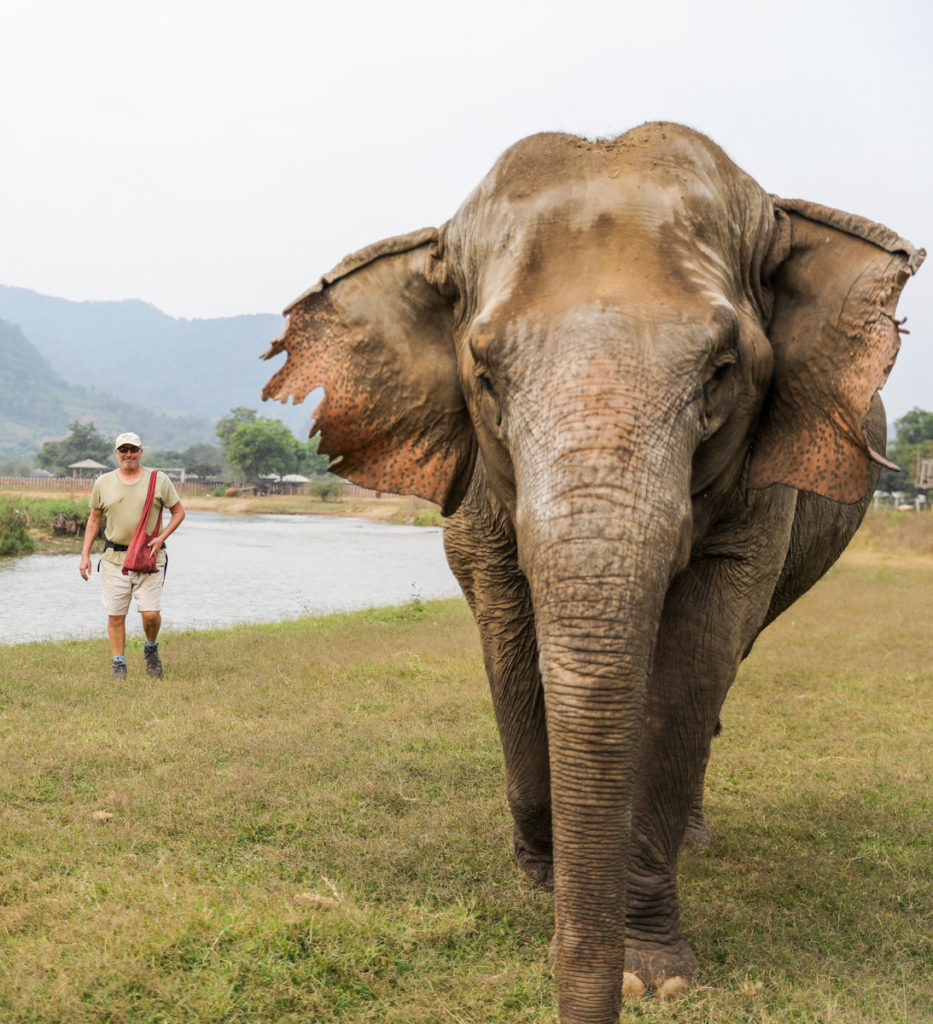
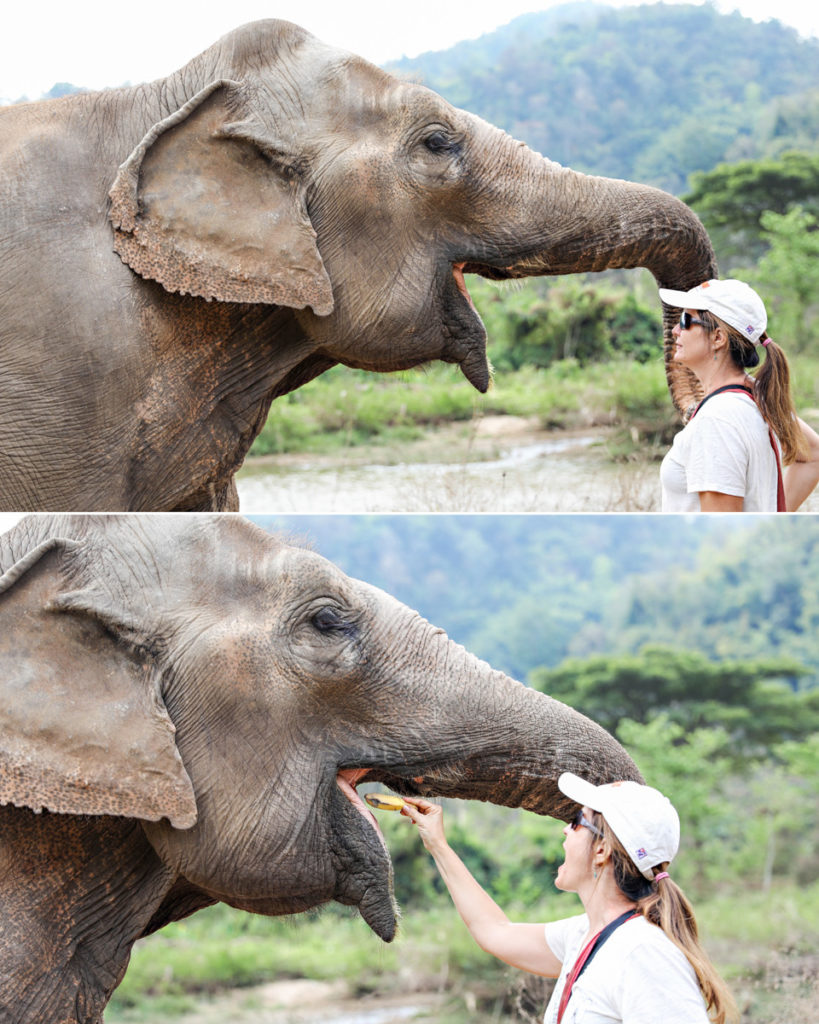
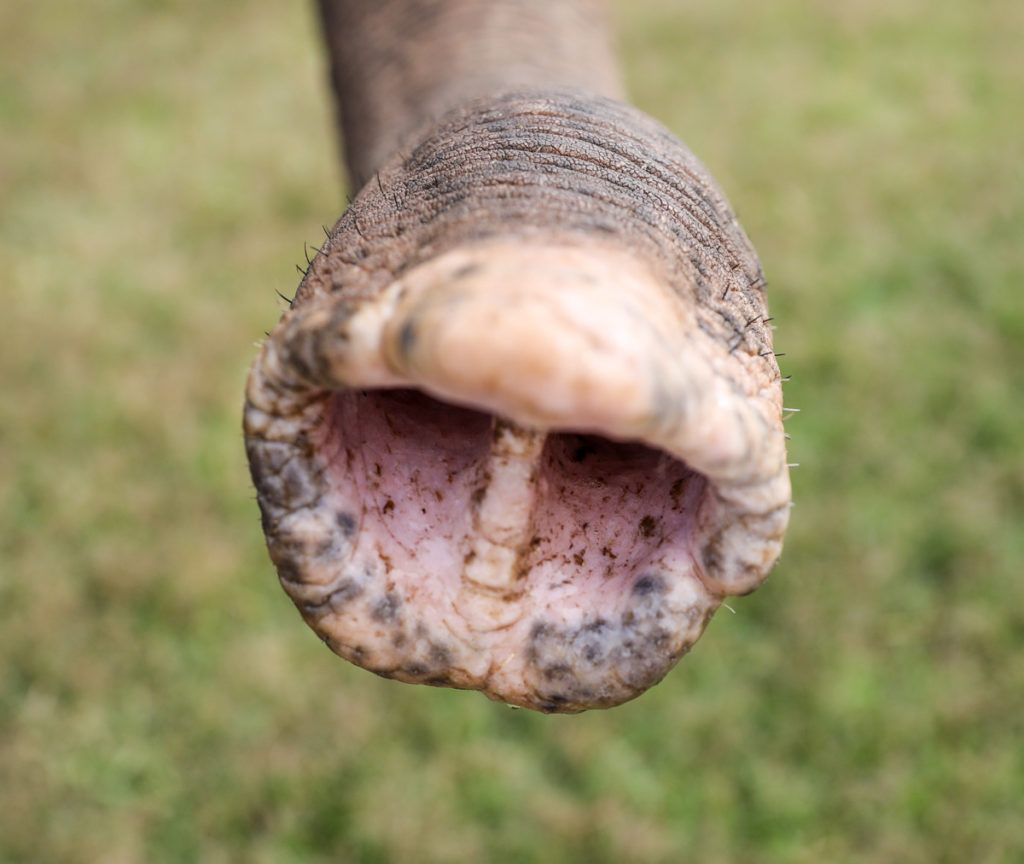
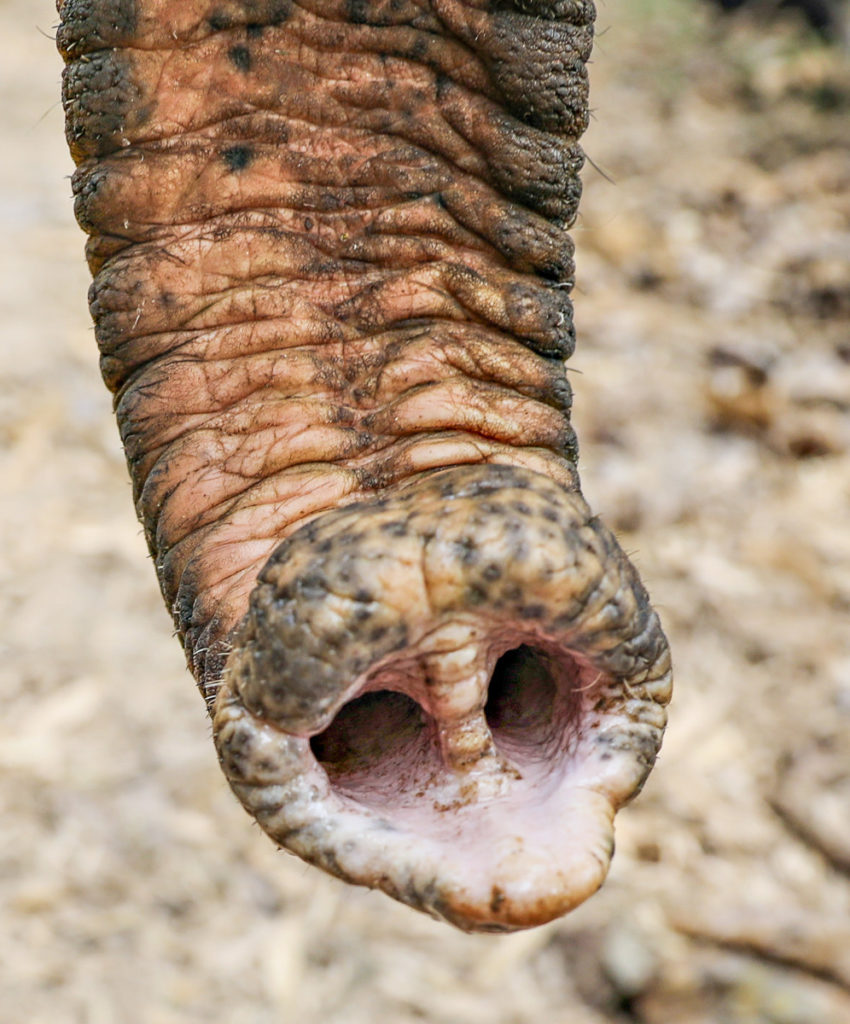
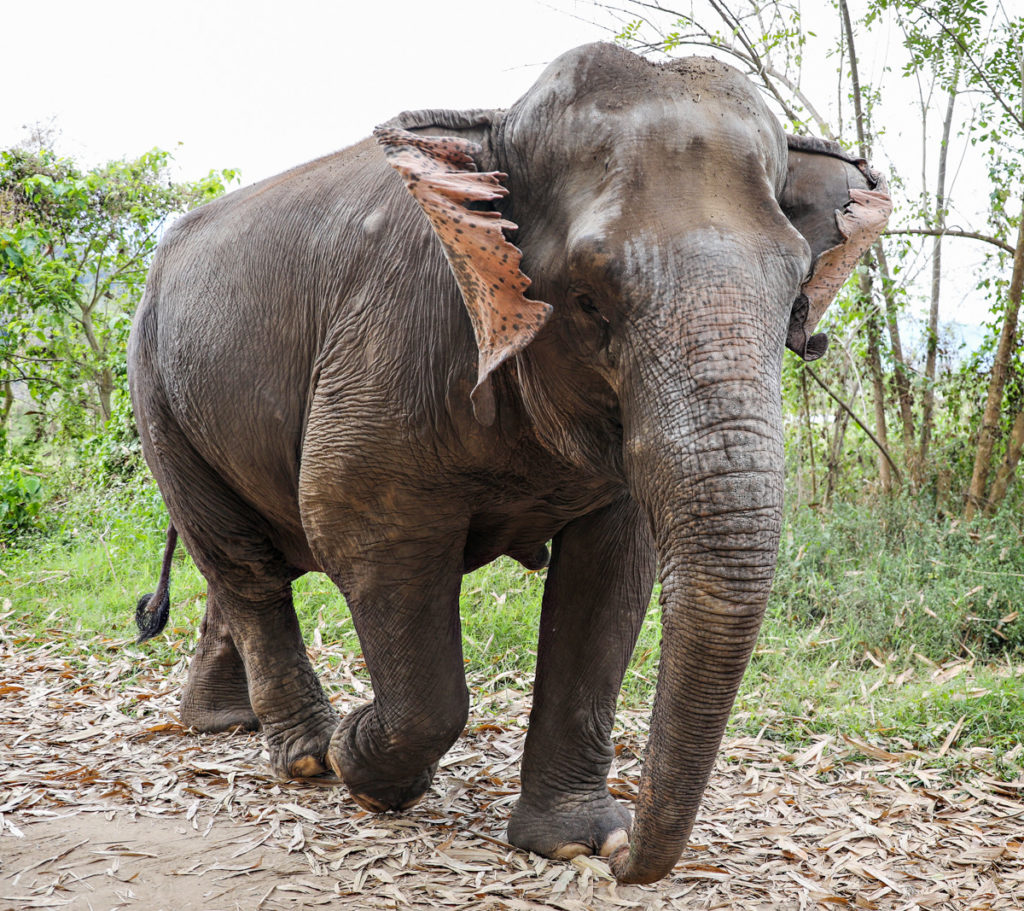 These two ladies loved Bo! Two at once bombarding him with some love!
These two ladies loved Bo! Two at once bombarding him with some love!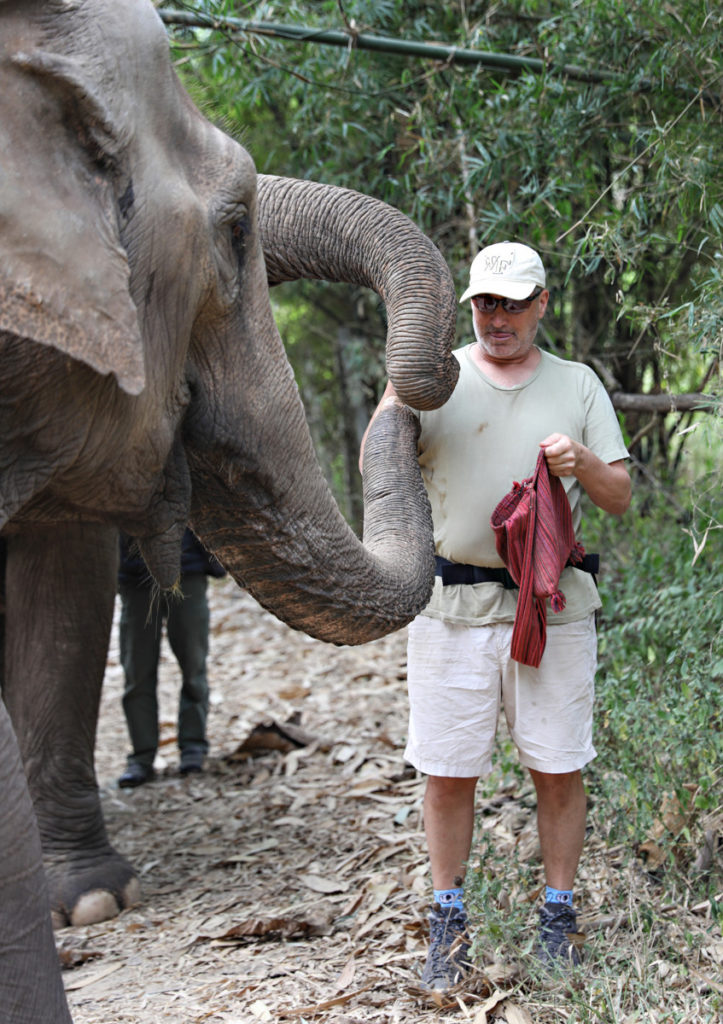 Sorry girls! NO MORE NANAS!
Sorry girls! NO MORE NANAS!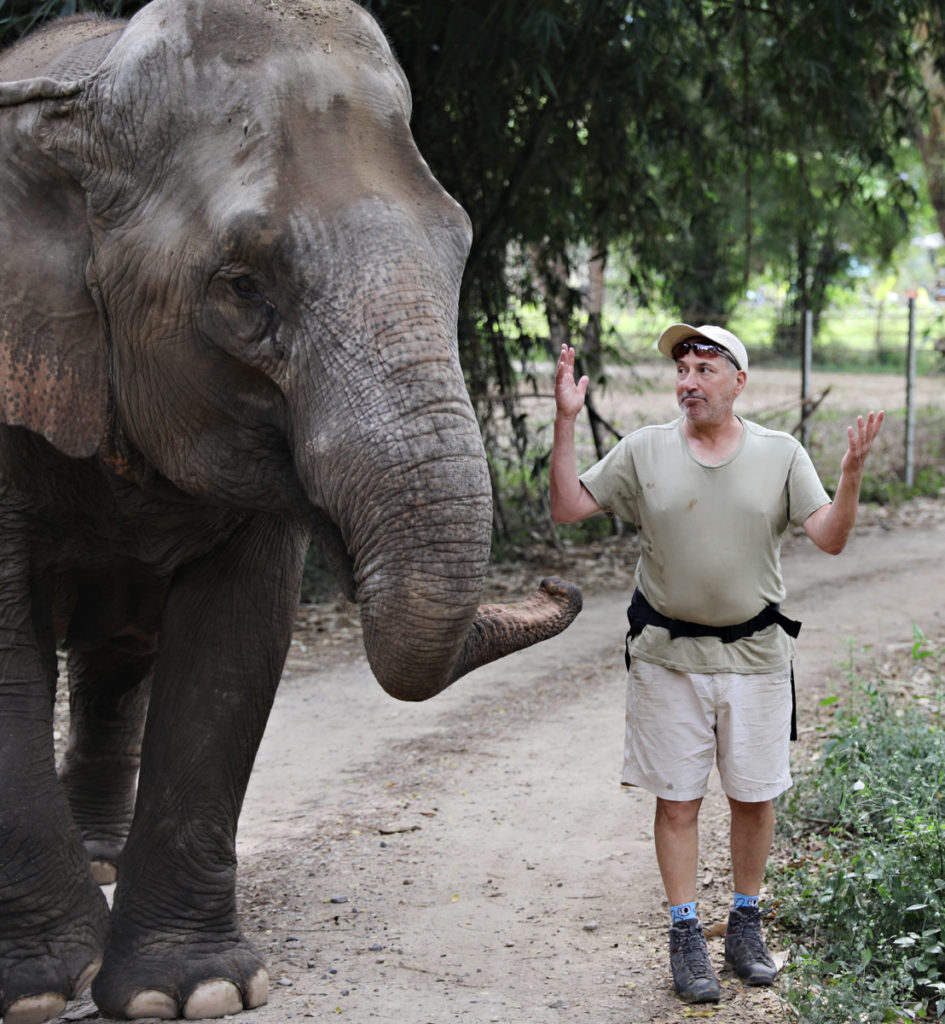 Let’s hike!
Let’s hike!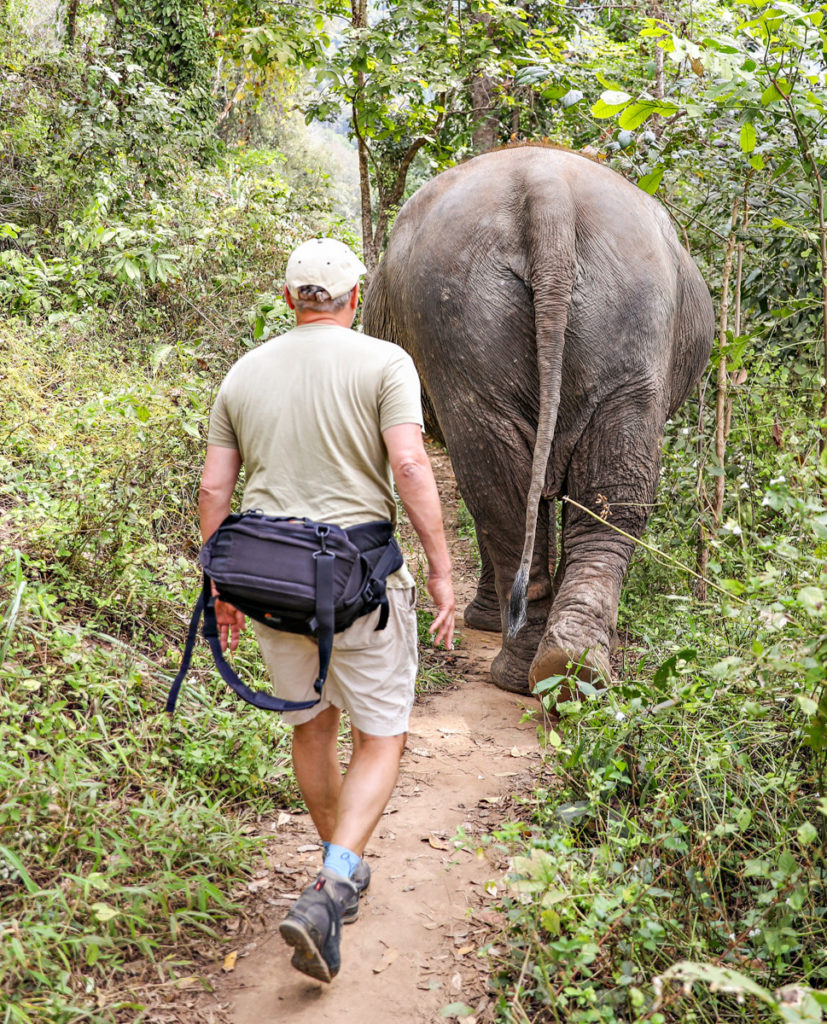 They love to throw dirt on themselves. It keeps them cool and keeps the bugs away!
They love to throw dirt on themselves. It keeps them cool and keeps the bugs away!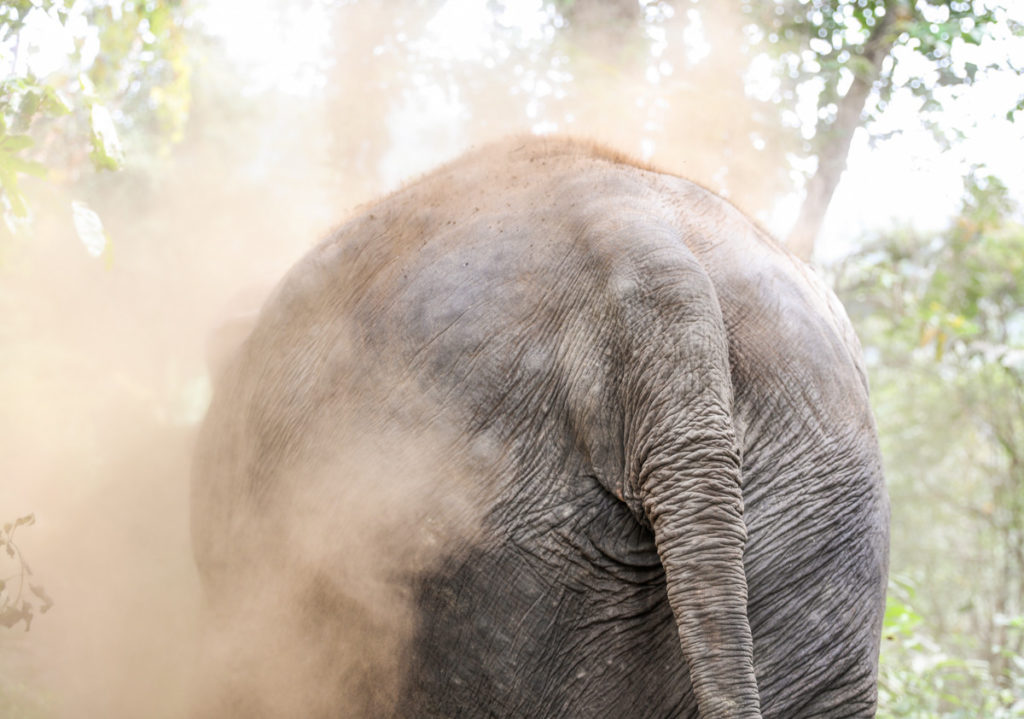 Stopping to grab some bananas off the tree.
Stopping to grab some bananas off the tree.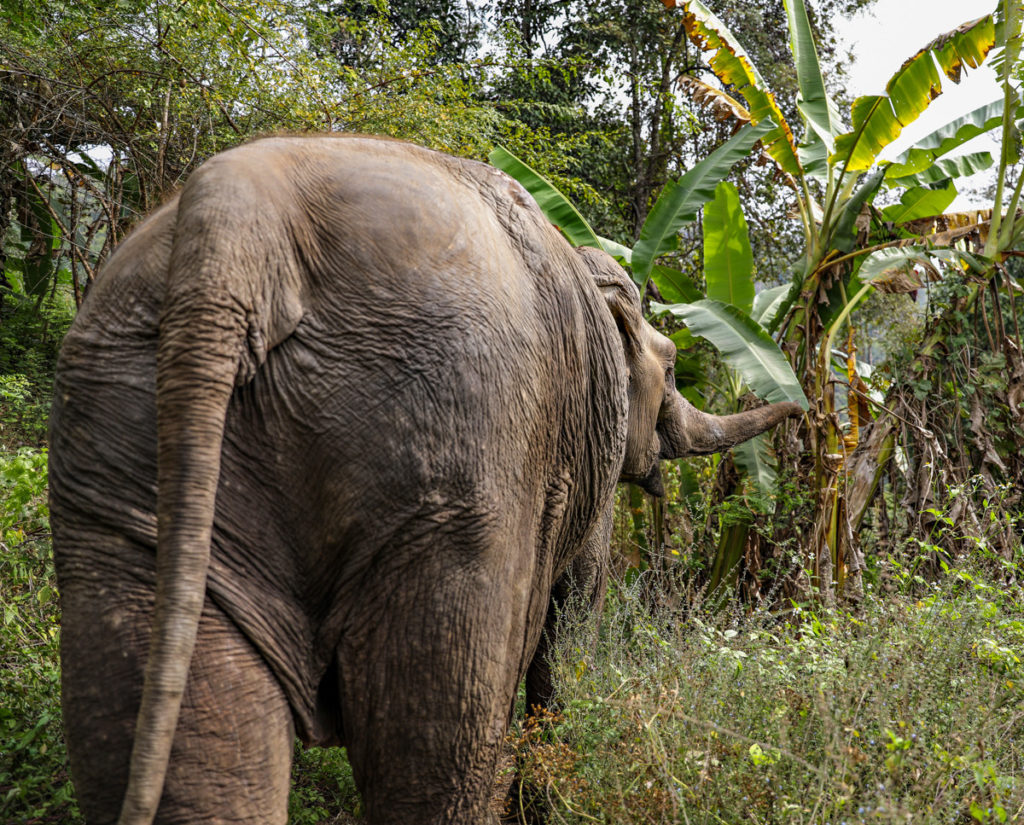
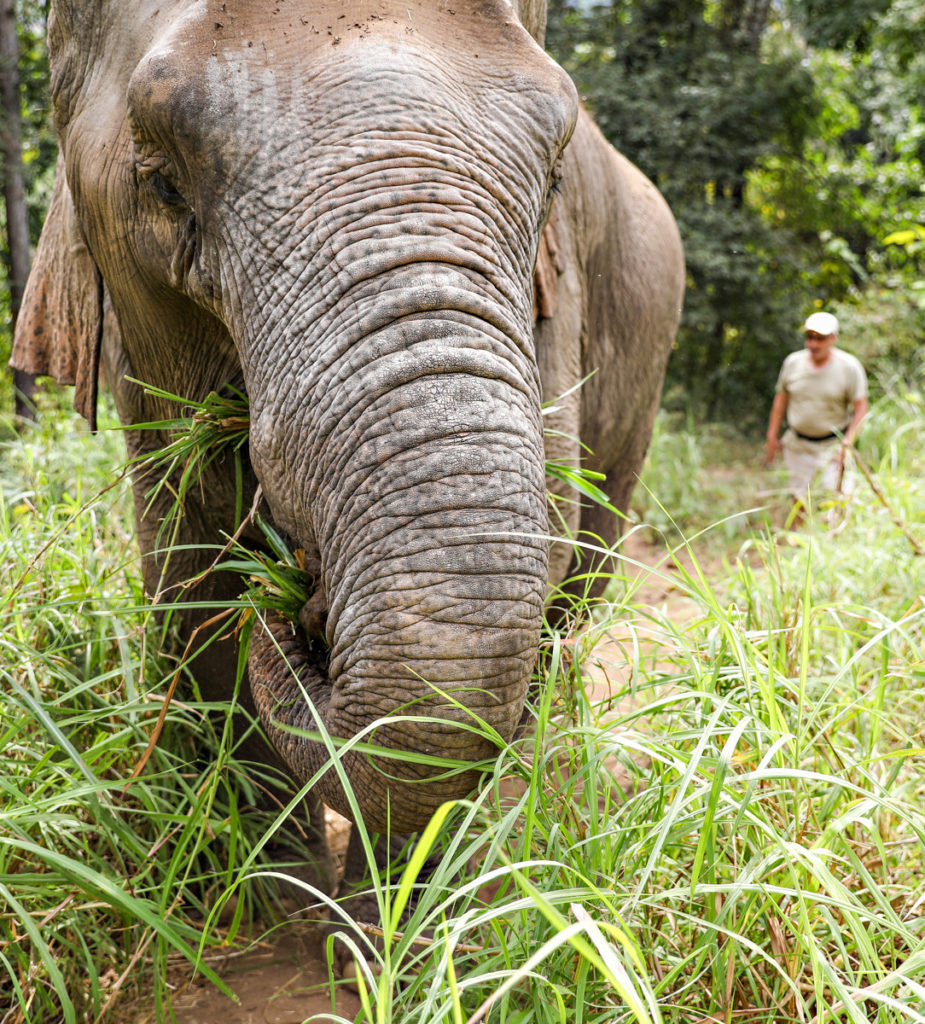
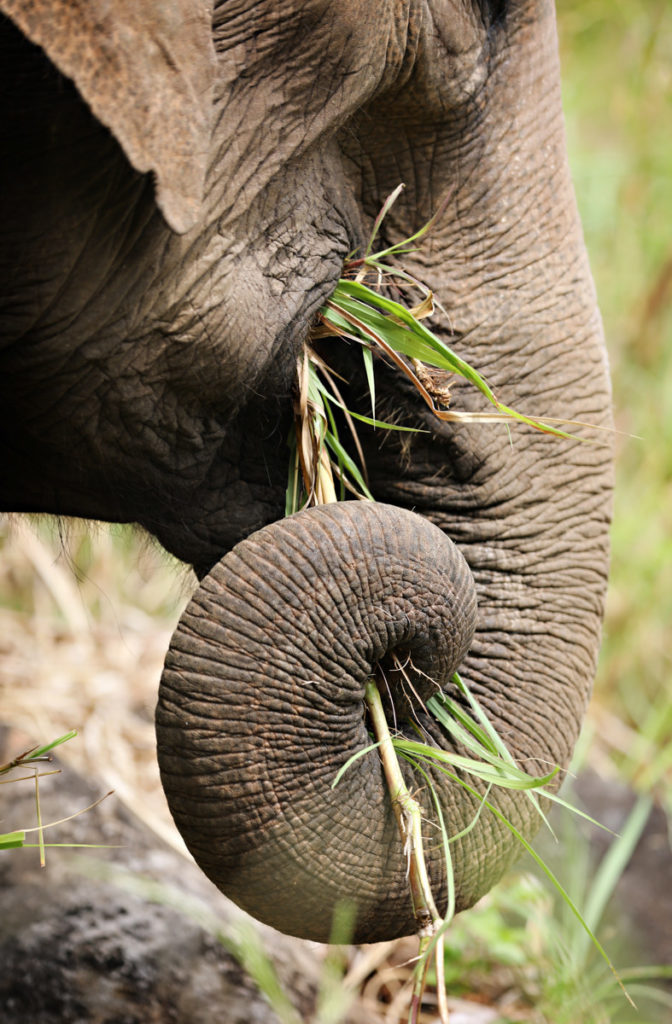 The bristles on their tales are unique. No two are quite the same so it works as an identifier too.
The bristles on their tales are unique. No two are quite the same so it works as an identifier too.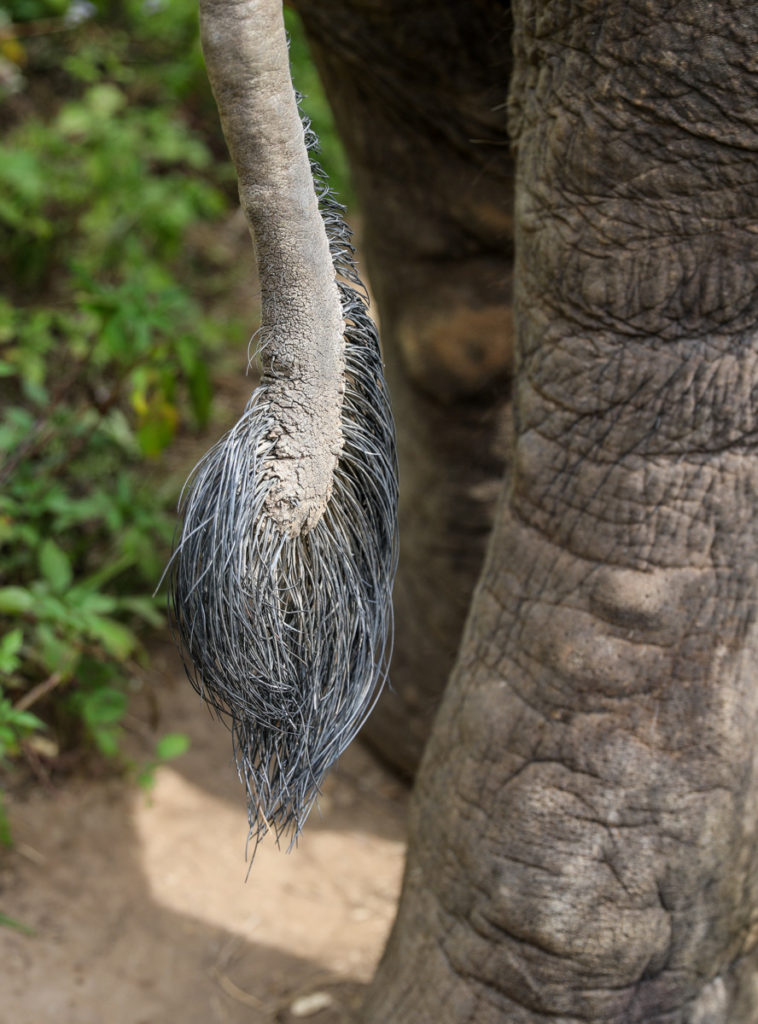 We reached the top where we are stopping for lunch and a rest. Great views of the park too!
We reached the top where we are stopping for lunch and a rest. Great views of the park too!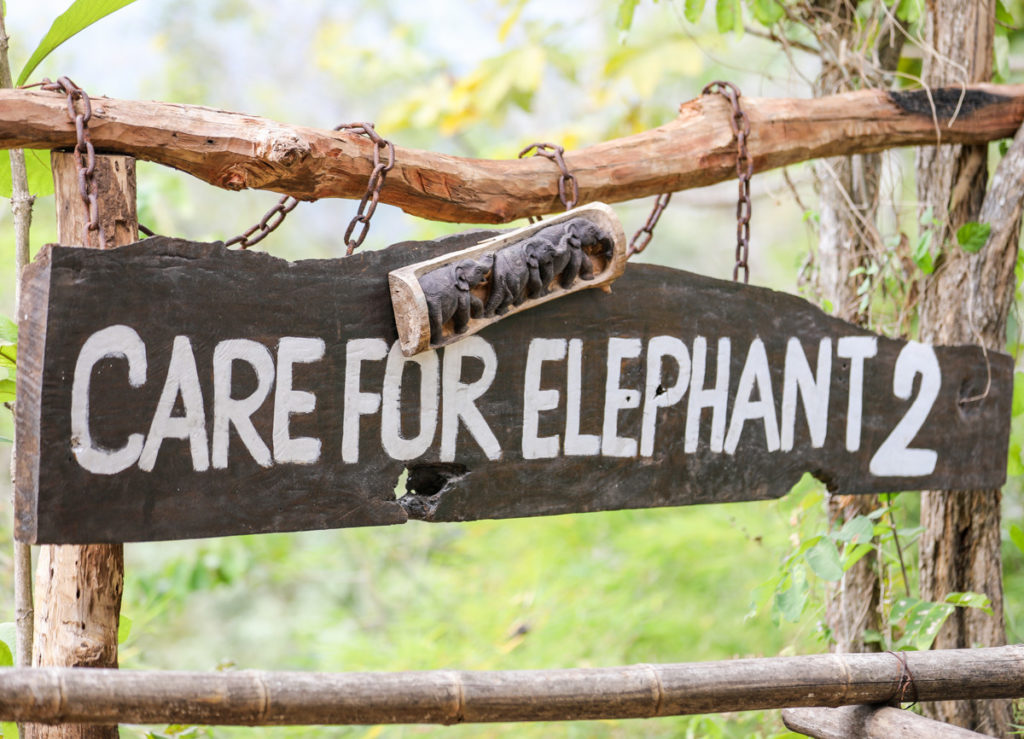
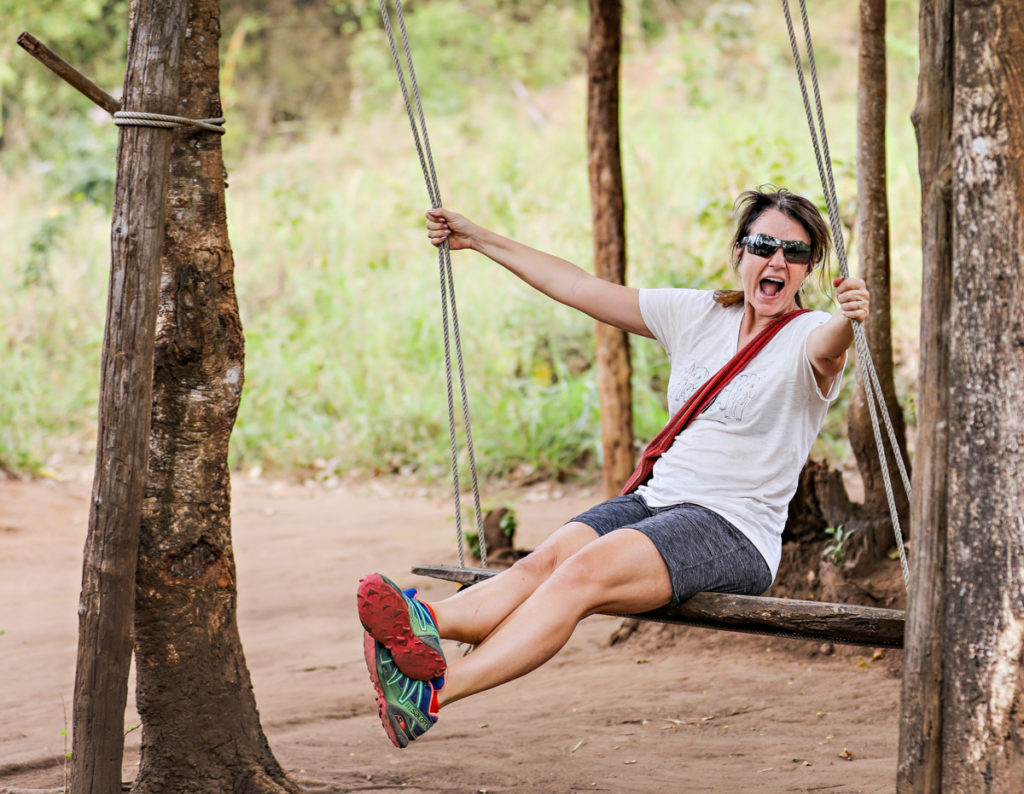
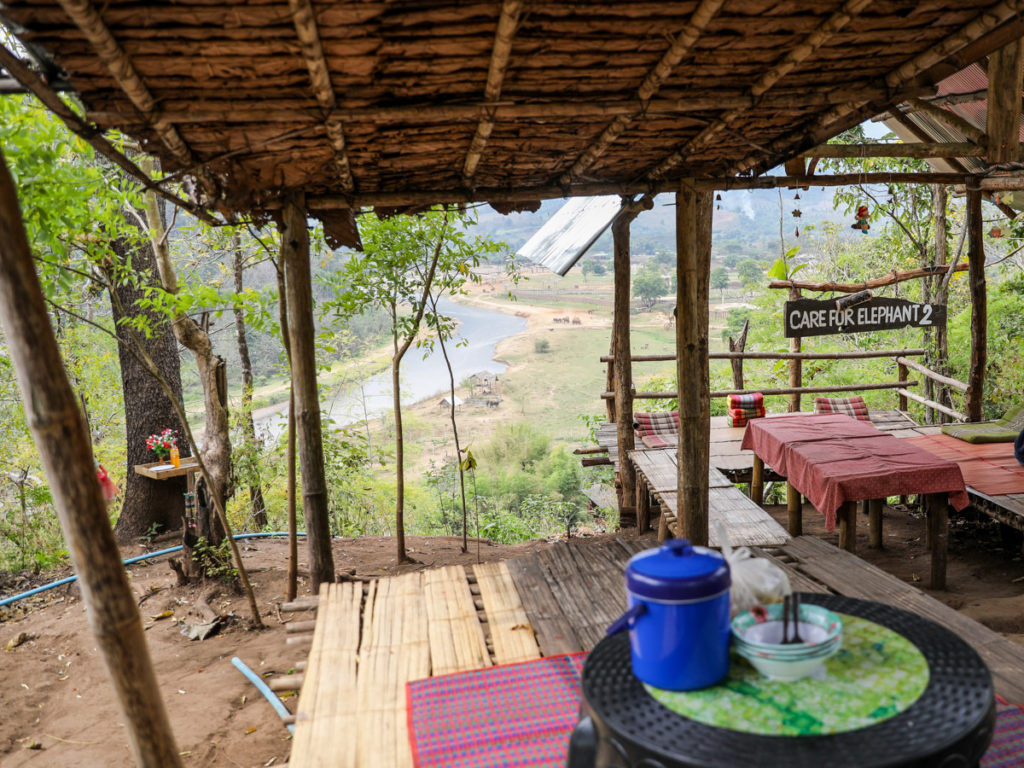
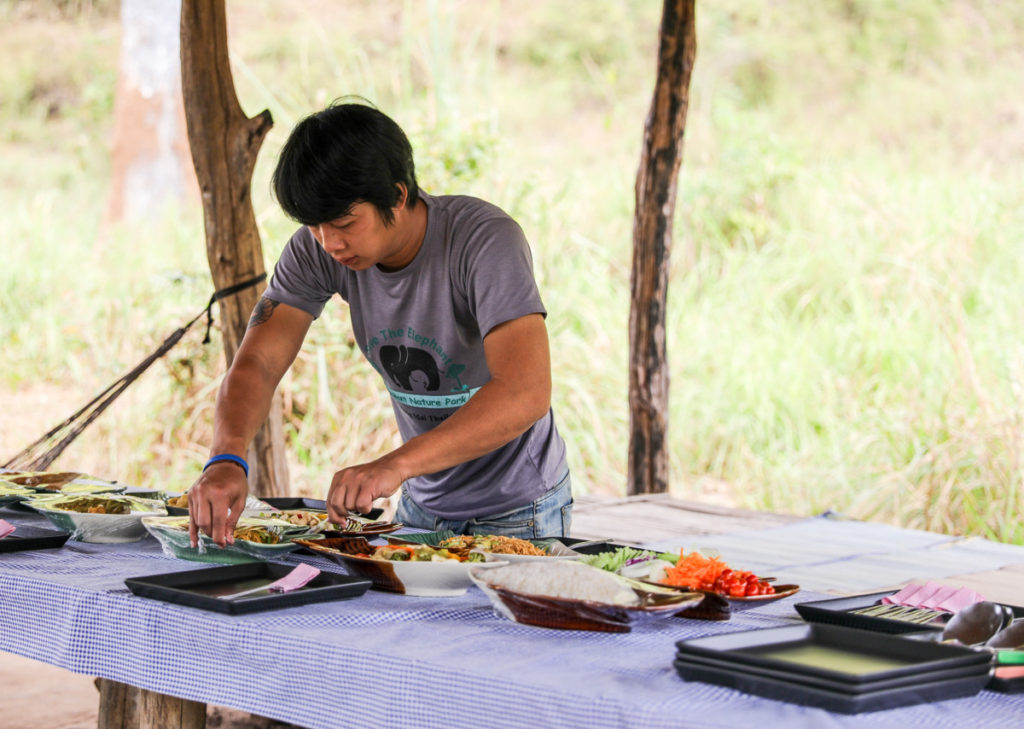
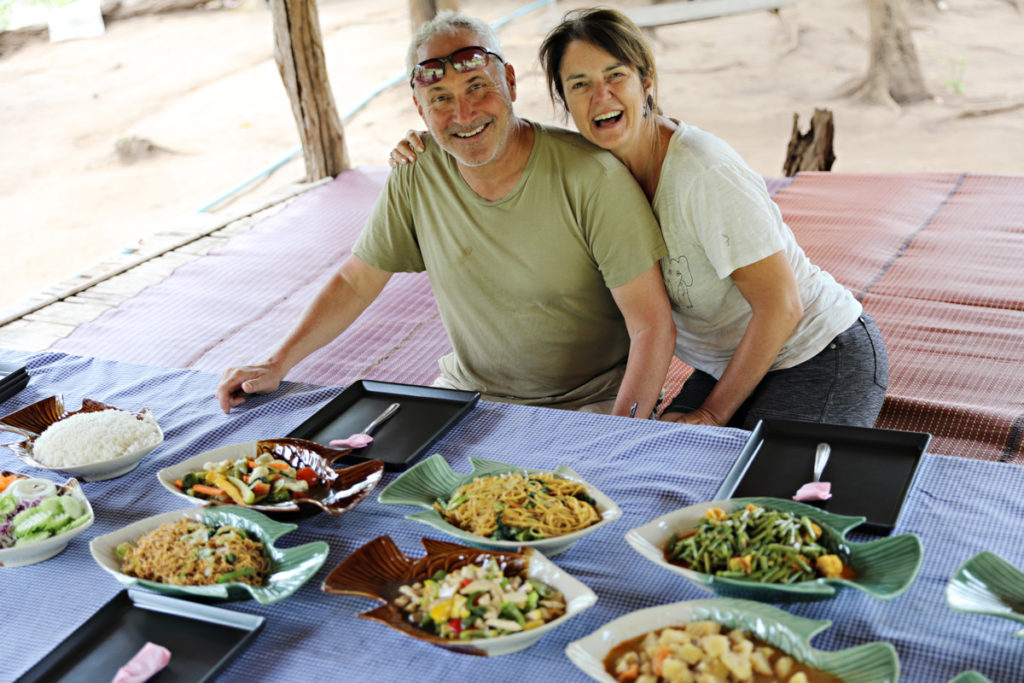
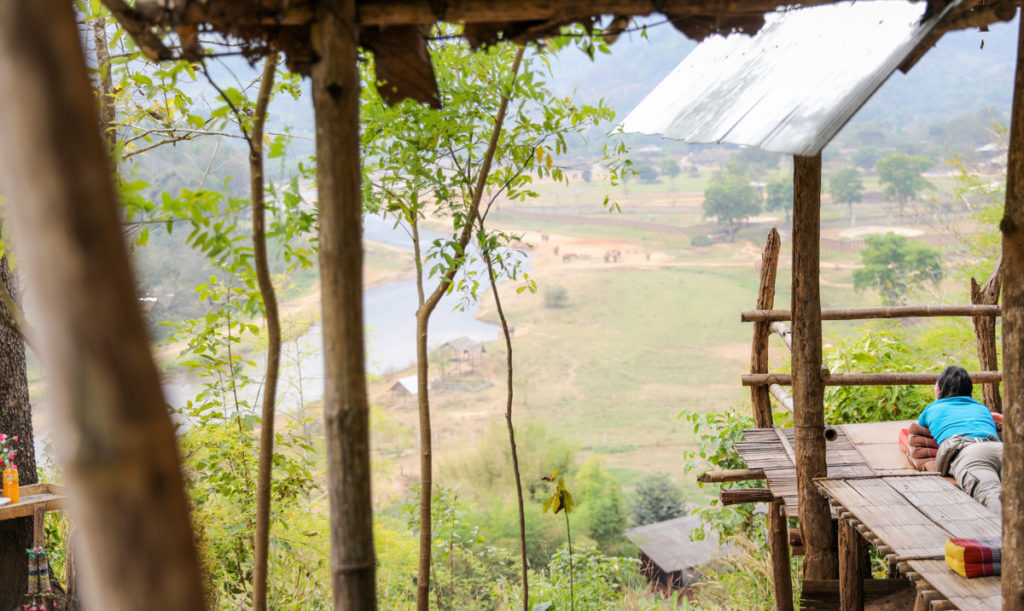 The ladies are foraging a bit…
The ladies are foraging a bit…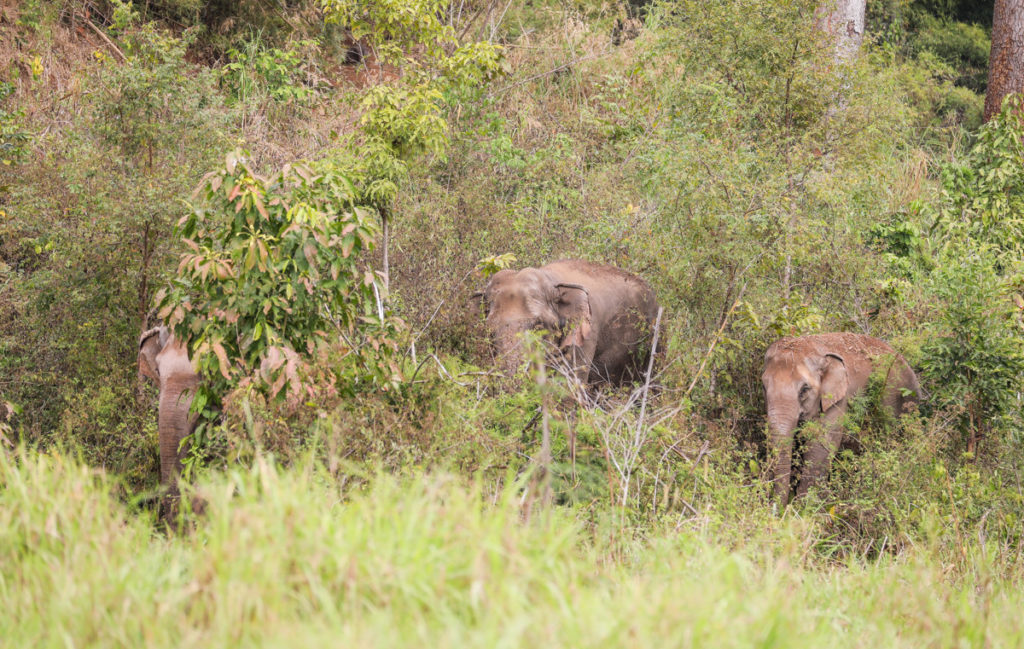 Ready to hike back down for bath time.
Ready to hike back down for bath time.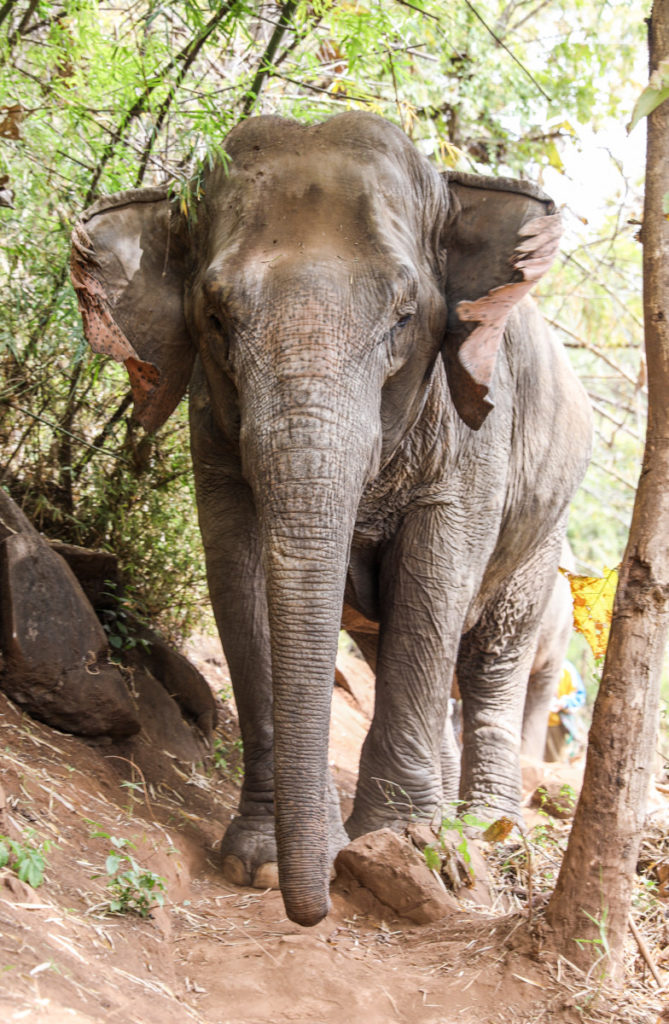 This gal found a great rock upon which to scratch her rear end!!
This gal found a great rock upon which to scratch her rear end!!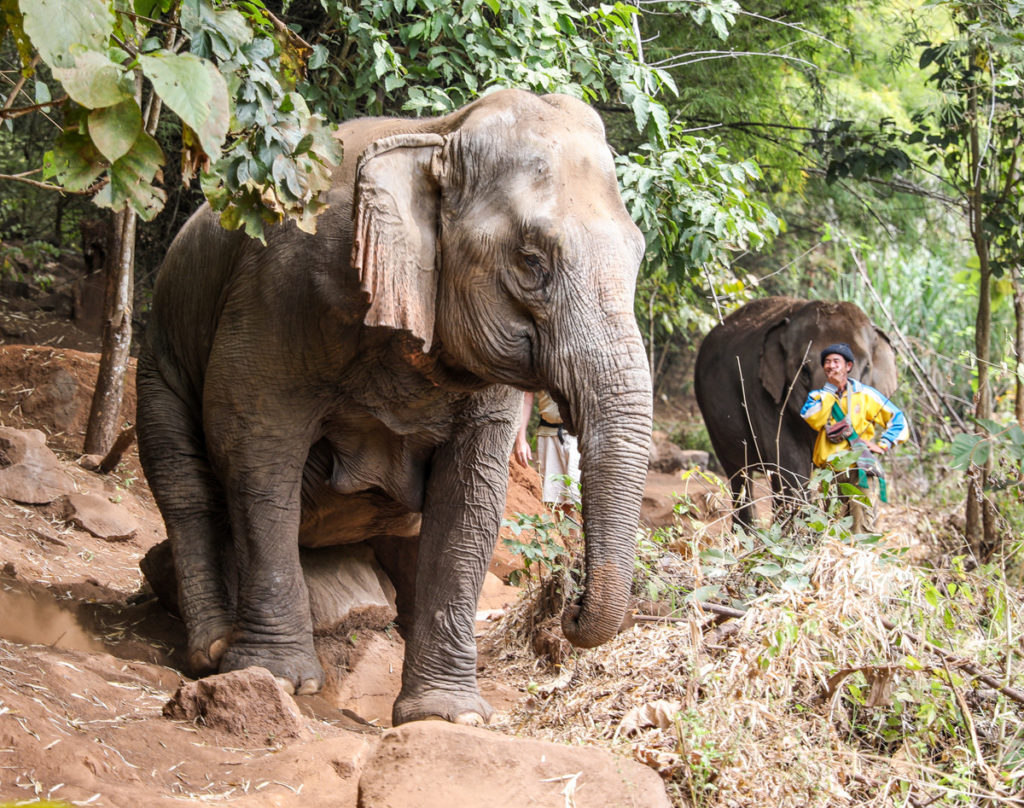 Bath time: And we got to put on our stylish ‘get wet’ outfits!
Bath time: And we got to put on our stylish ‘get wet’ outfits!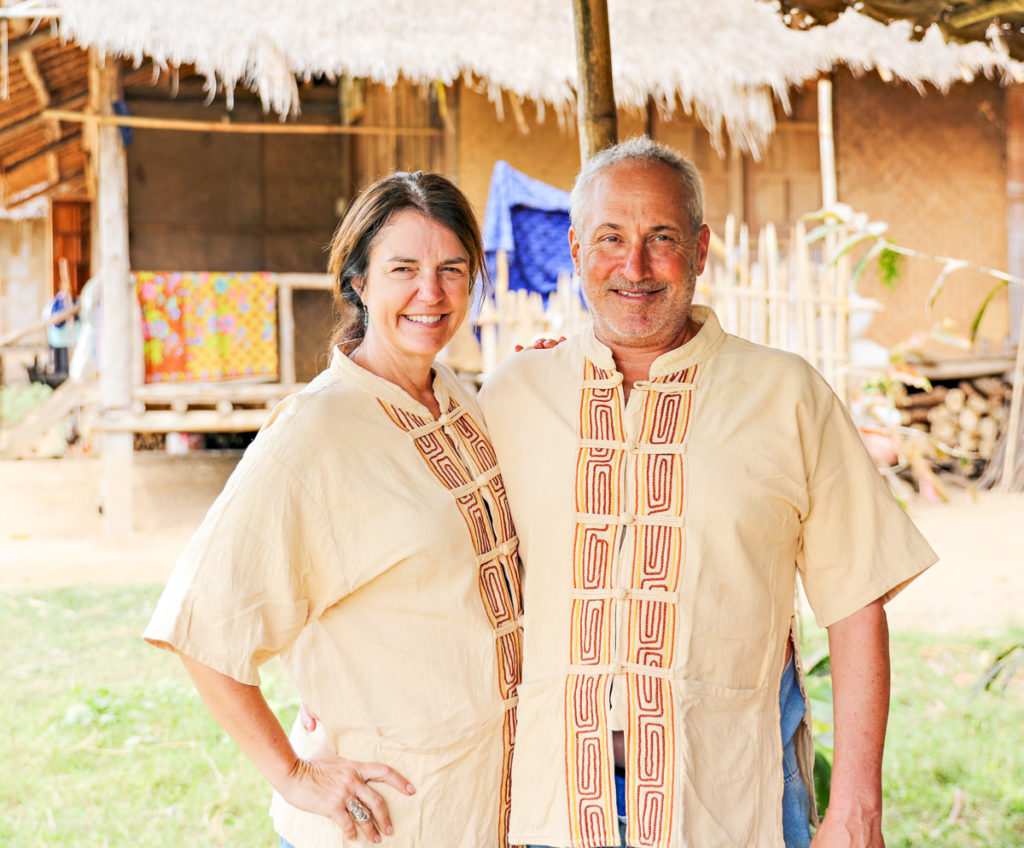
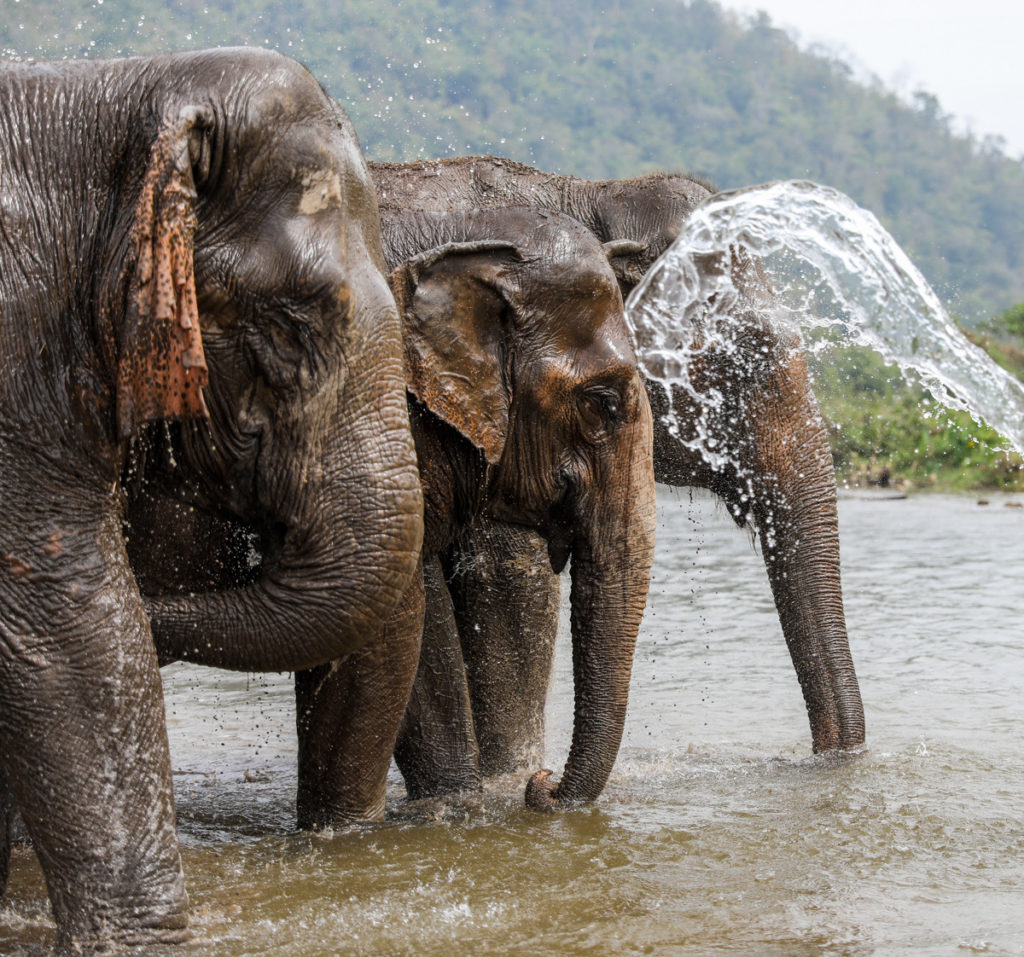
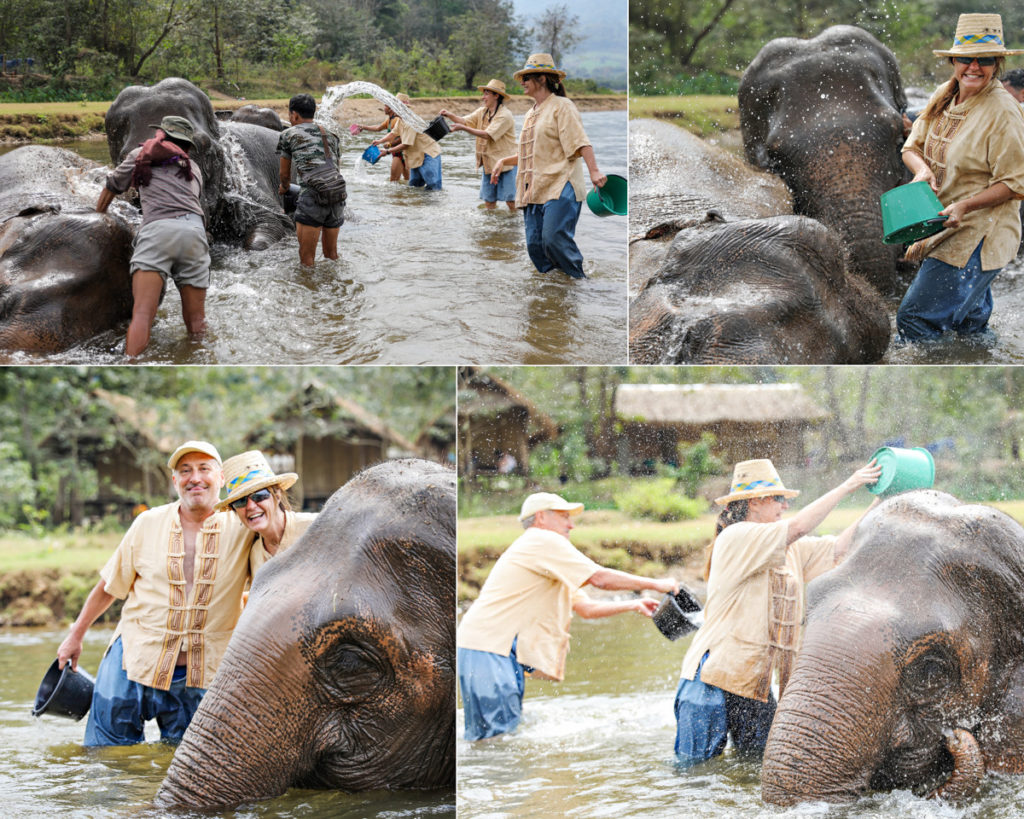 And, next over the the base camp of the Elephant Nature Park…
And, next over the the base camp of the Elephant Nature Park…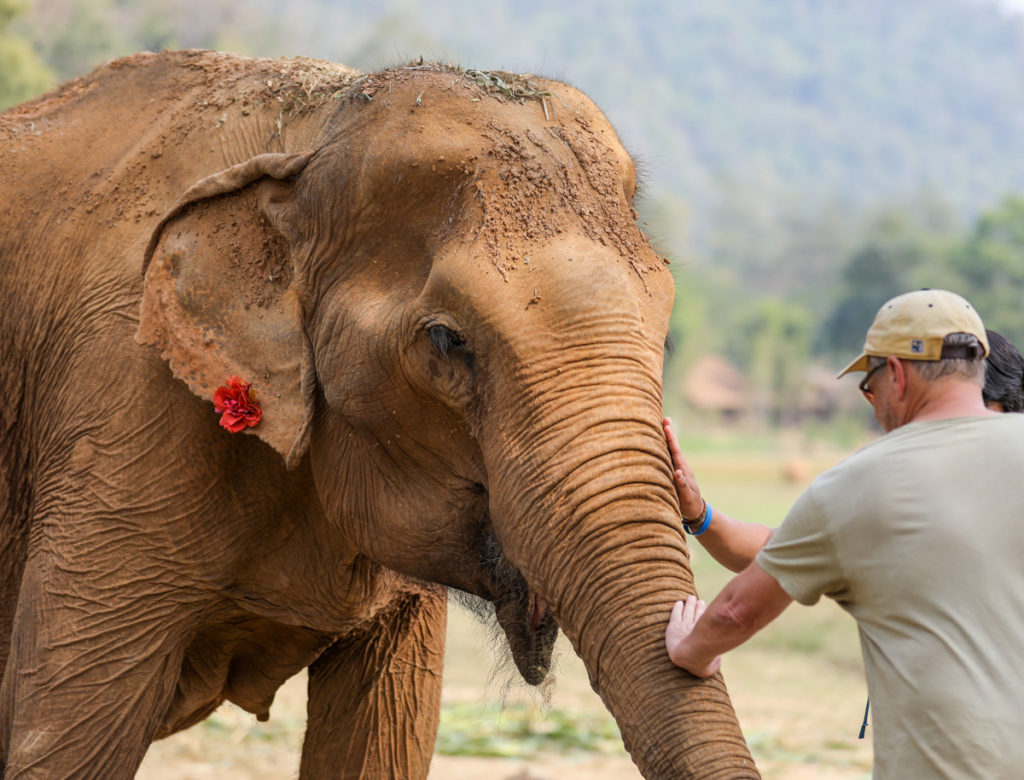 The Elephant Nature Park is an elephant rescue and rehabilitation center. It is not their goal to breed elephants or even to release them back into the wild. That is not an option for these elephants because most of them were born into captivity and could not survive in the limited wild areas in Thailand where elephants roam free. These elephants were owned and used for profit, mostly for the following: logging, trekking or some kind of circus act/entertainment in the cities. All were abused at some level as elephants are not meant for any of these purposes. It is complicated to rescue these animals because for many locals, it is their way of life and their sole income. So the park also has the mission to help these local individuals and families find other ways to survive. In addition they have hired the mahouts (elephant ‘trainers’) to take care of the elephants in a compassionate way at the park so they are also employed gainfully. Their work too is amazing.
The Elephant Nature Park is an elephant rescue and rehabilitation center. It is not their goal to breed elephants or even to release them back into the wild. That is not an option for these elephants because most of them were born into captivity and could not survive in the limited wild areas in Thailand where elephants roam free. These elephants were owned and used for profit, mostly for the following: logging, trekking or some kind of circus act/entertainment in the cities. All were abused at some level as elephants are not meant for any of these purposes. It is complicated to rescue these animals because for many locals, it is their way of life and their sole income. So the park also has the mission to help these local individuals and families find other ways to survive. In addition they have hired the mahouts (elephant ‘trainers’) to take care of the elephants in a compassionate way at the park so they are also employed gainfully. Their work too is amazing.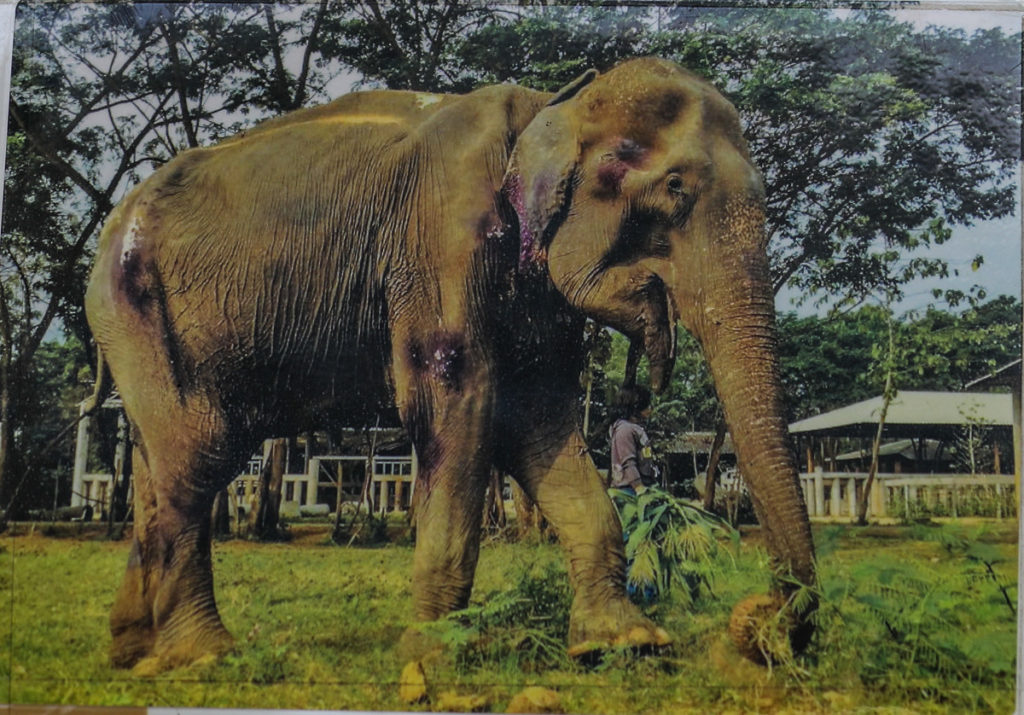
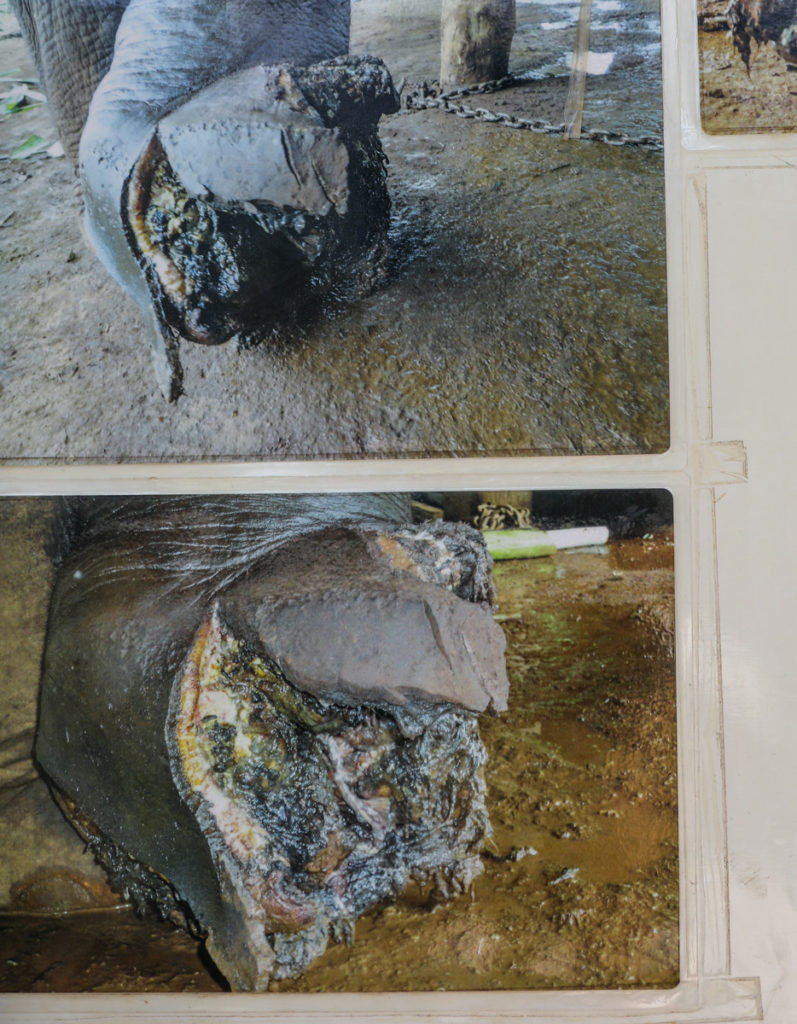 This girl’s leg will be forever disabled but she is now taken care of and healthy!
This girl’s leg will be forever disabled but she is now taken care of and healthy!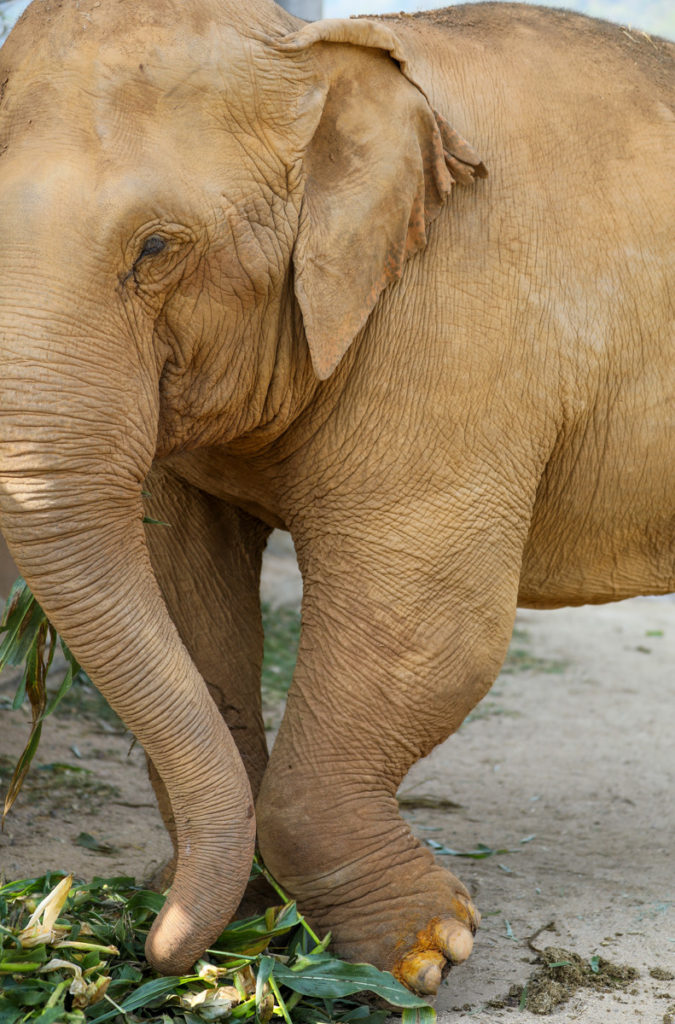 Here is one under current care for an injured leg.
Here is one under current care for an injured leg. And, on a happier note, here the rescued elephants are enjoying their new home. Notice there are several youngsters. While the park does not breed elephants, some come in pregnant and of course their babies are welcomed. Elephants have such a long gestation period that it is very difficult (and takes a long time) to find out they are pregnant.
And, on a happier note, here the rescued elephants are enjoying their new home. Notice there are several youngsters. While the park does not breed elephants, some come in pregnant and of course their babies are welcomed. Elephants have such a long gestation period that it is very difficult (and takes a long time) to find out they are pregnant.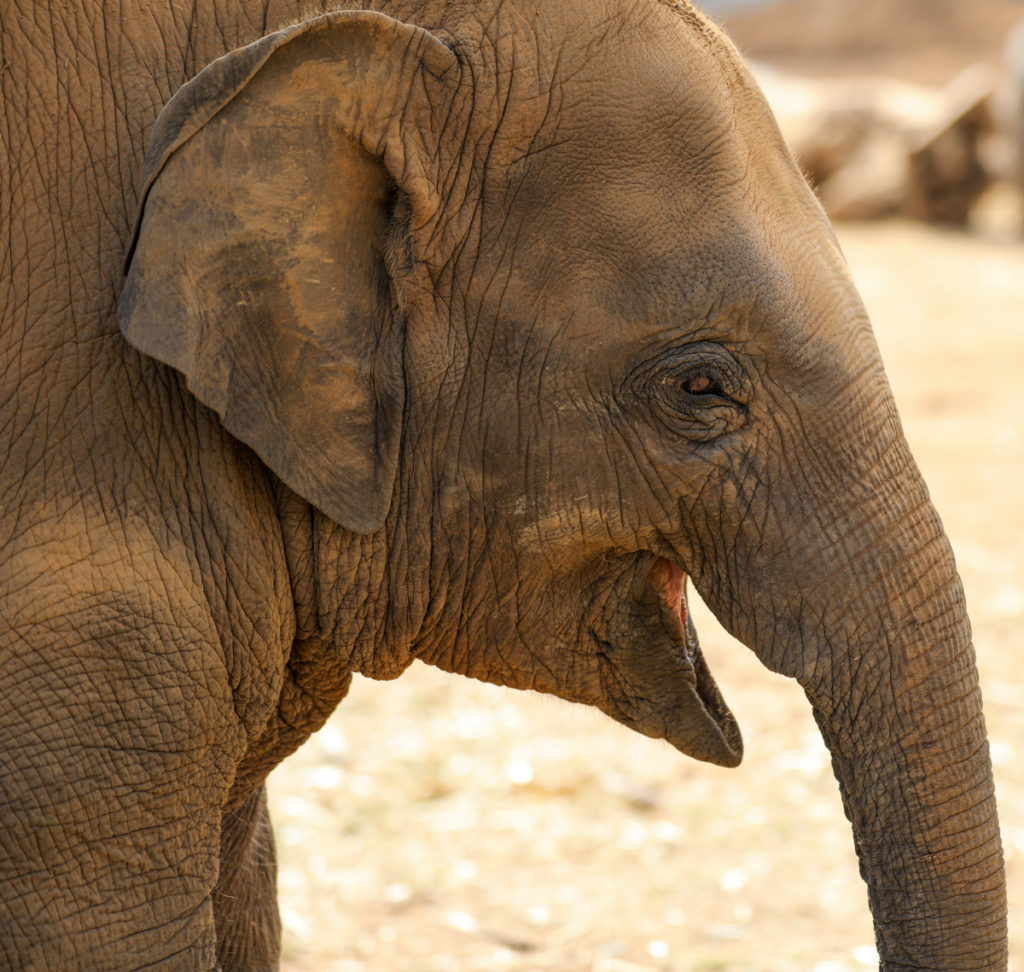
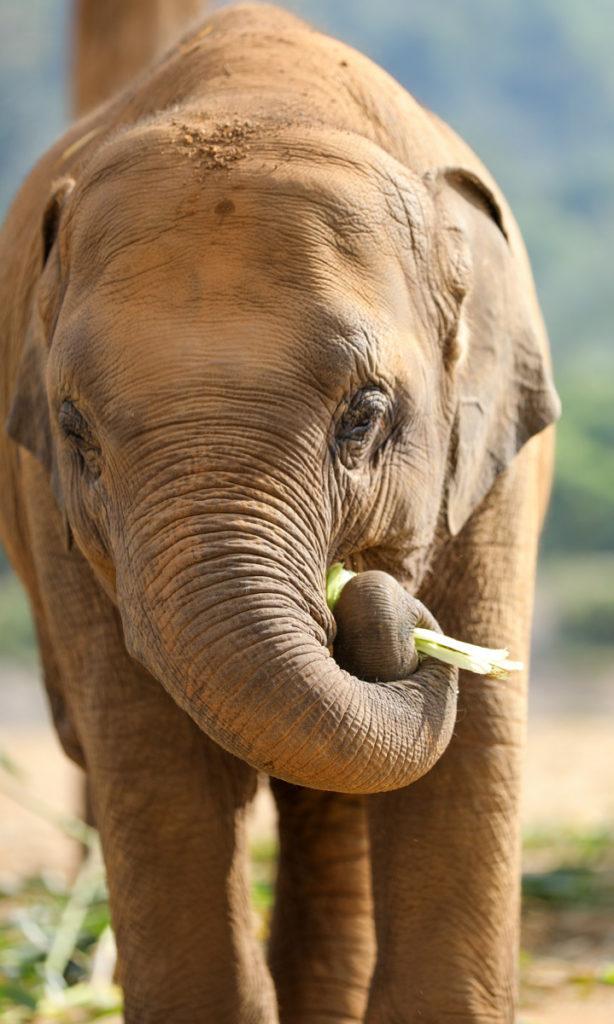
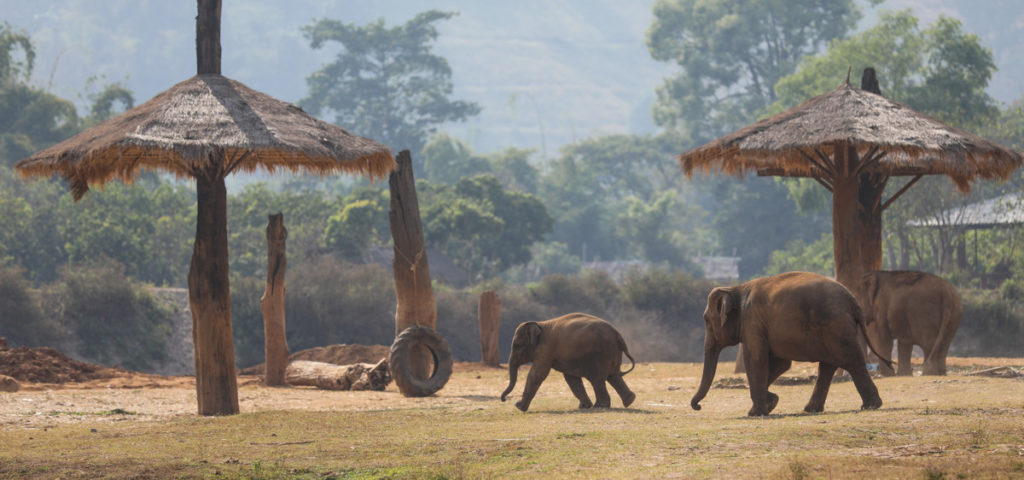
 Love this lady! She likes to stand over the sprinkler and fill her trunk with water! Happy!
Love this lady! She likes to stand over the sprinkler and fill her trunk with water! Happy! The Elephant Nature Park also recognizes the need for care and rehabilitation of many species. They provide a sanctuary for many locals…
The Elephant Nature Park also recognizes the need for care and rehabilitation of many species. They provide a sanctuary for many locals…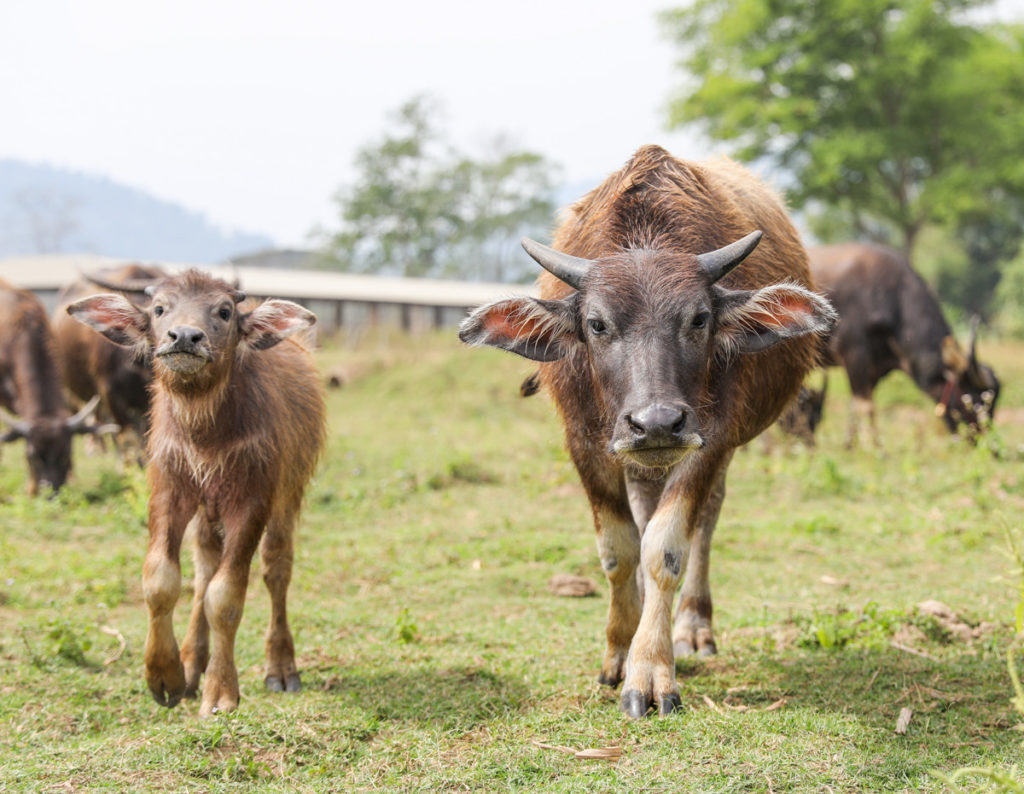
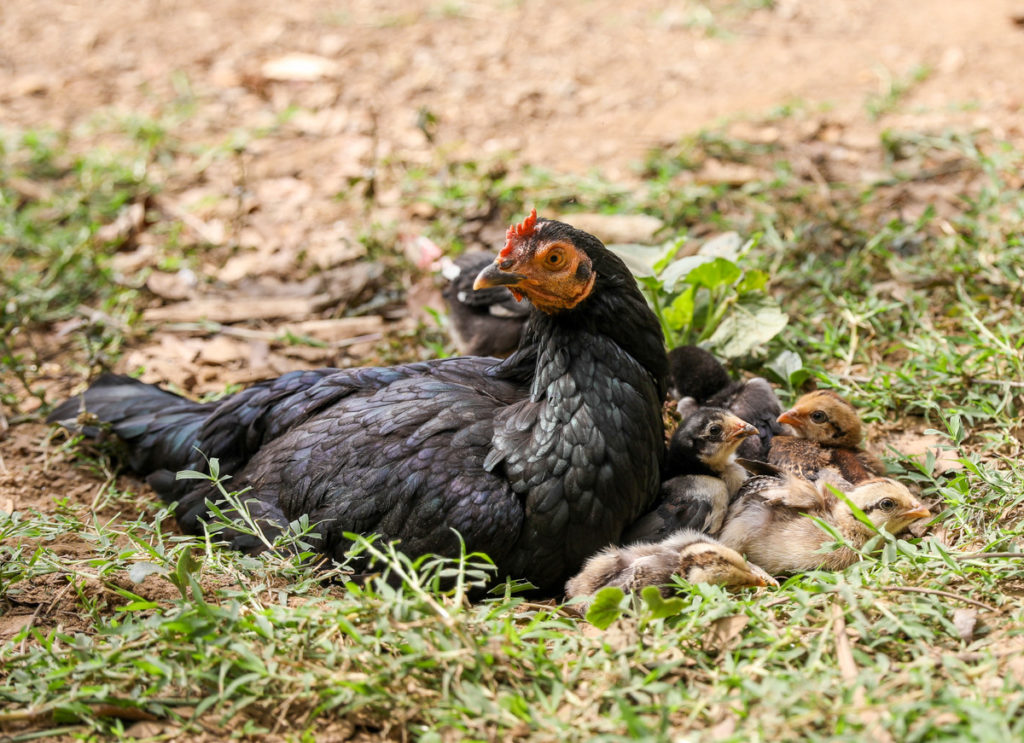
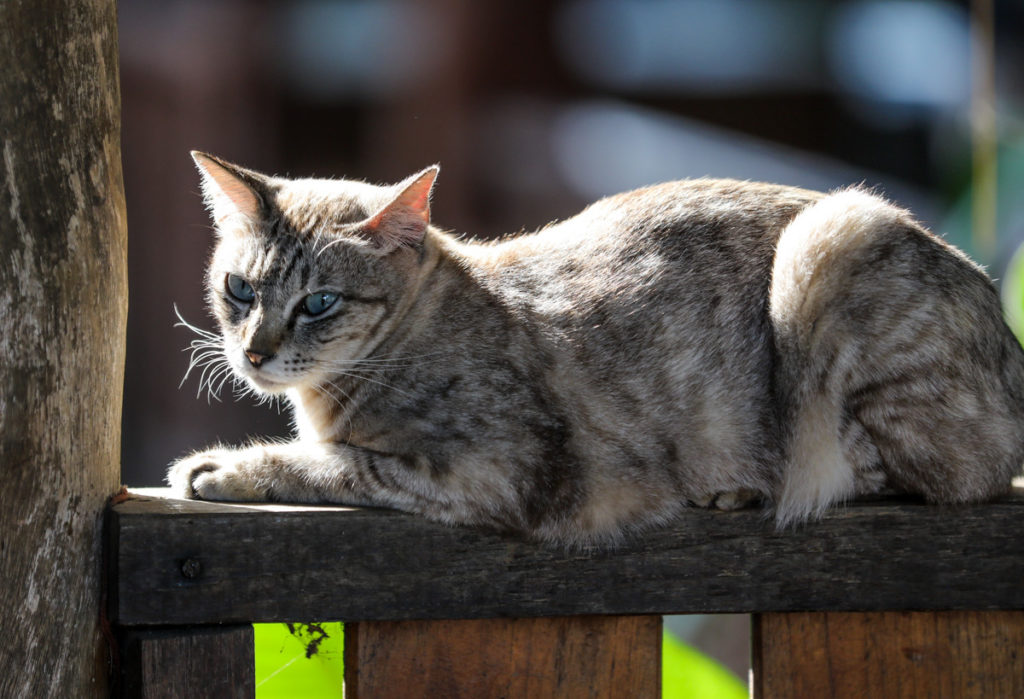
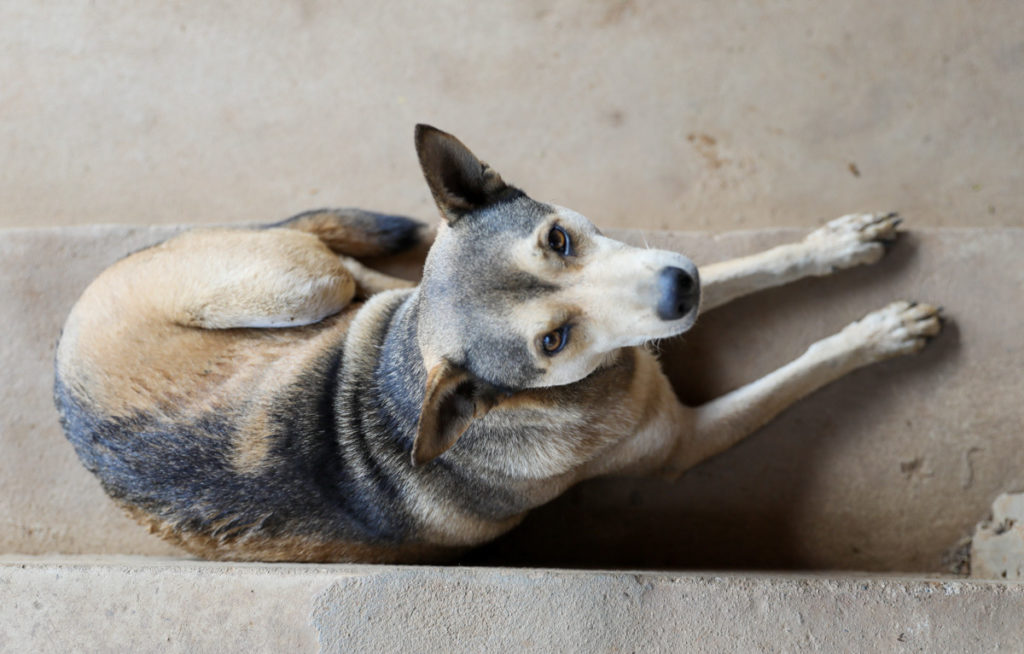
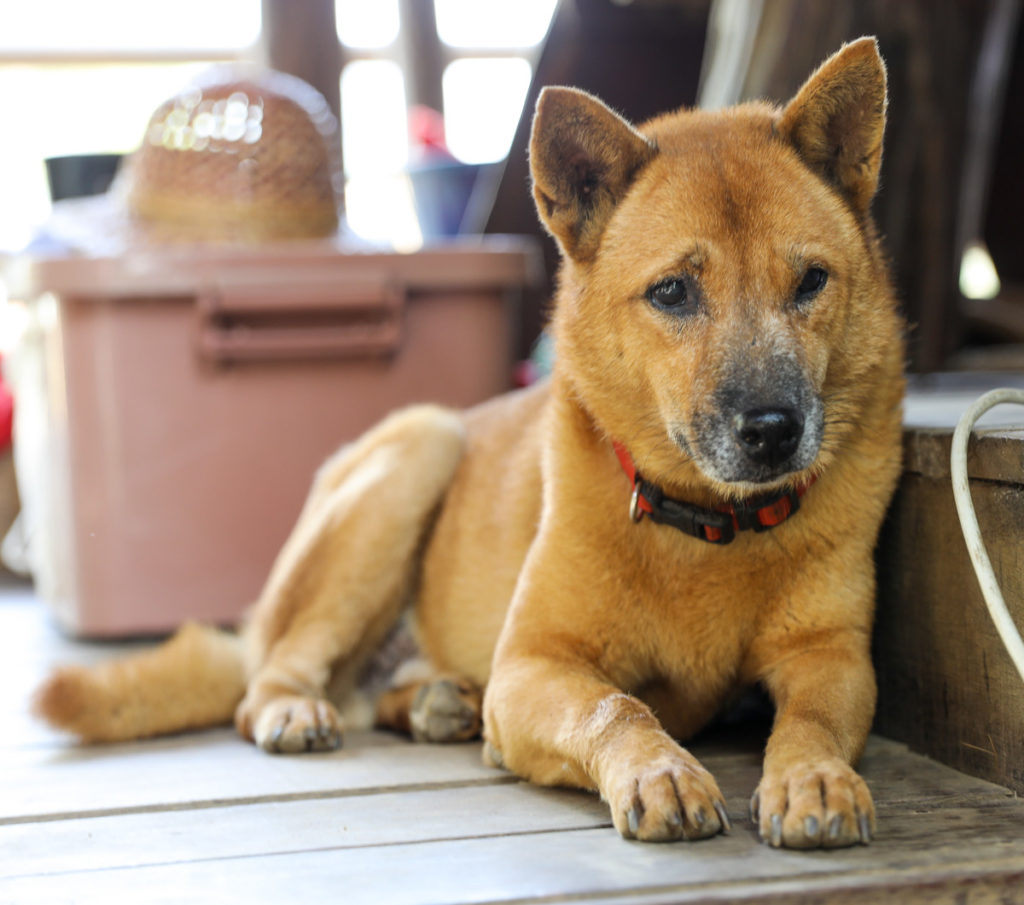 And, on the subject of dogs, unfortunately they are also the subject of intense abuse. The ENP works tirelessly to rescue dogs from natural disaster, puppy mills, abuse and the abhorrent food trade.
And, on the subject of dogs, unfortunately they are also the subject of intense abuse. The ENP works tirelessly to rescue dogs from natural disaster, puppy mills, abuse and the abhorrent food trade.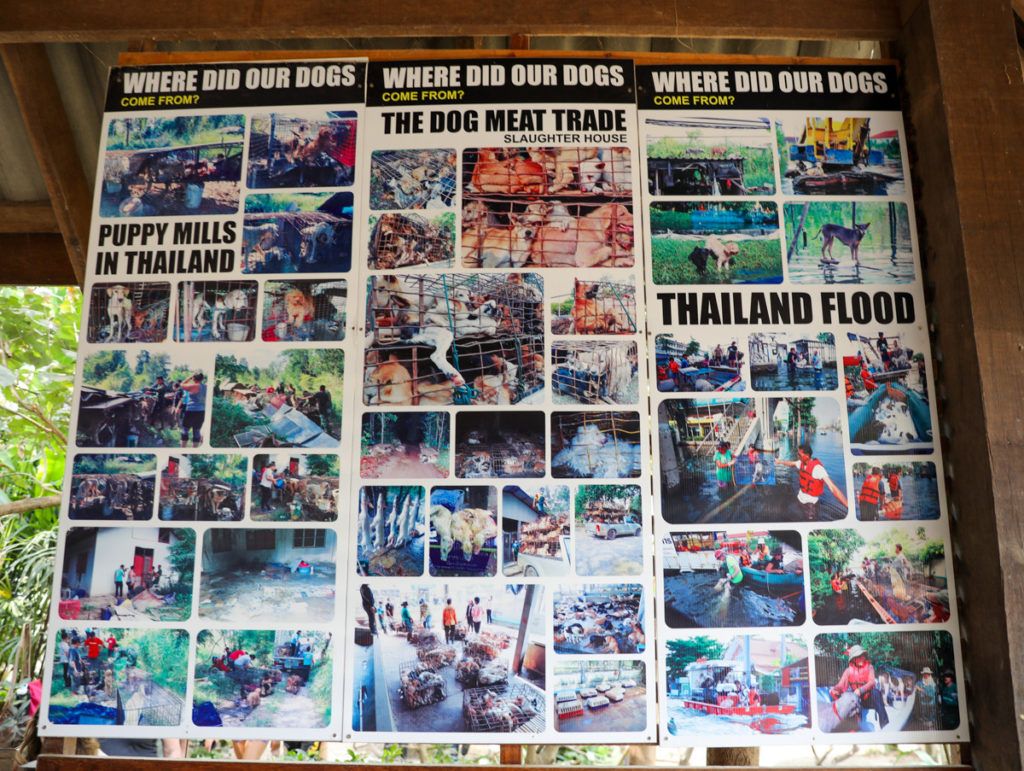 They have a map posted in the entry of the many great families who have adopted their dogs!
They have a map posted in the entry of the many great families who have adopted their dogs!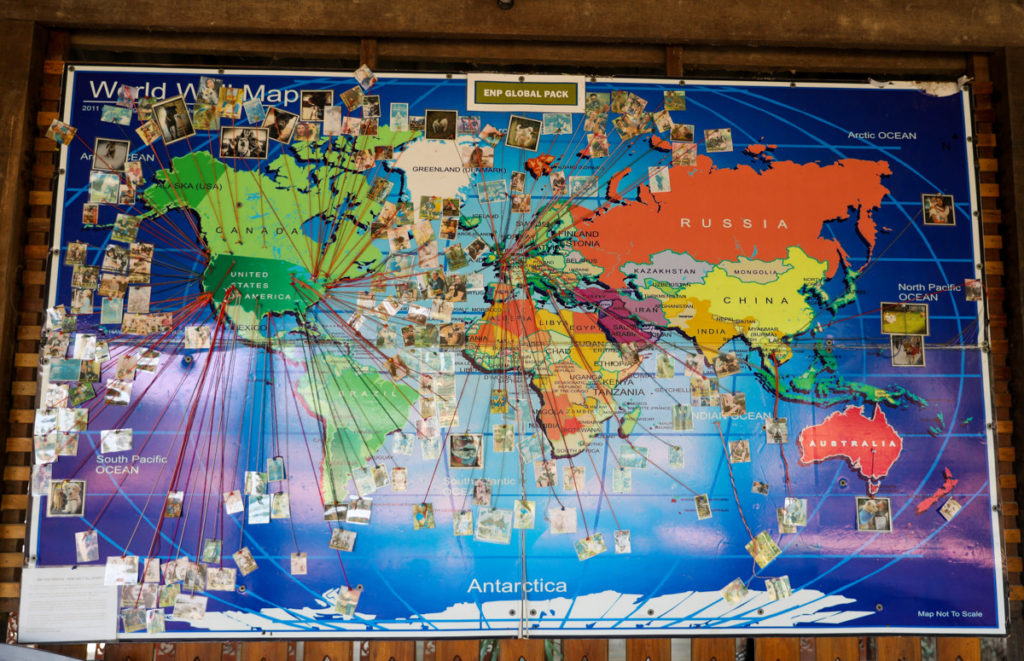 As you can see, dogs are welcome…
As you can see, dogs are welcome… And, finally, wondering about the differences between Asian and African elephants as I was? I found this poster!
And, finally, wondering about the differences between Asian and African elephants as I was? I found this poster! And, baby elephants? ~I saw this poster on the wall as well. Funny thing, I noticed this came from the Hogle Zoo! That’s my local zoo and where I spent many hours as a child. Glad they are working to help these gentle giants too.
And, baby elephants? ~I saw this poster on the wall as well. Funny thing, I noticed this came from the Hogle Zoo! That’s my local zoo and where I spent many hours as a child. Glad they are working to help these gentle giants too.